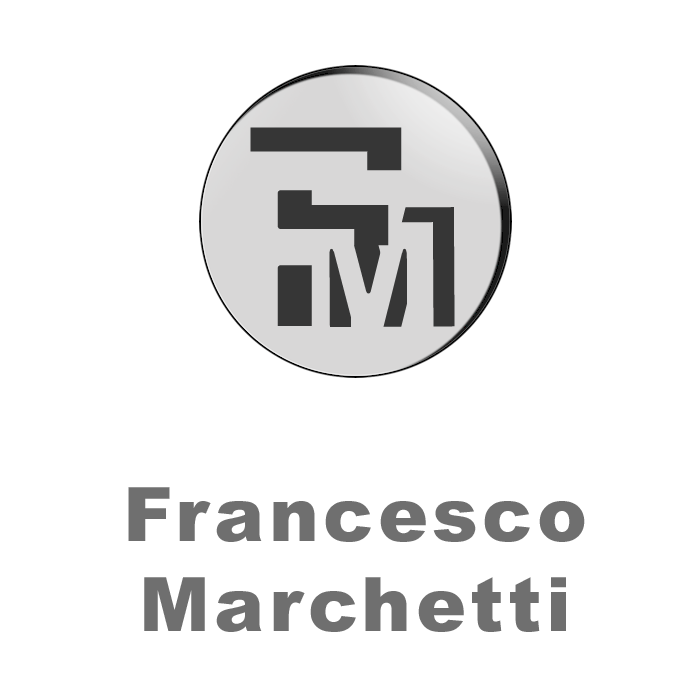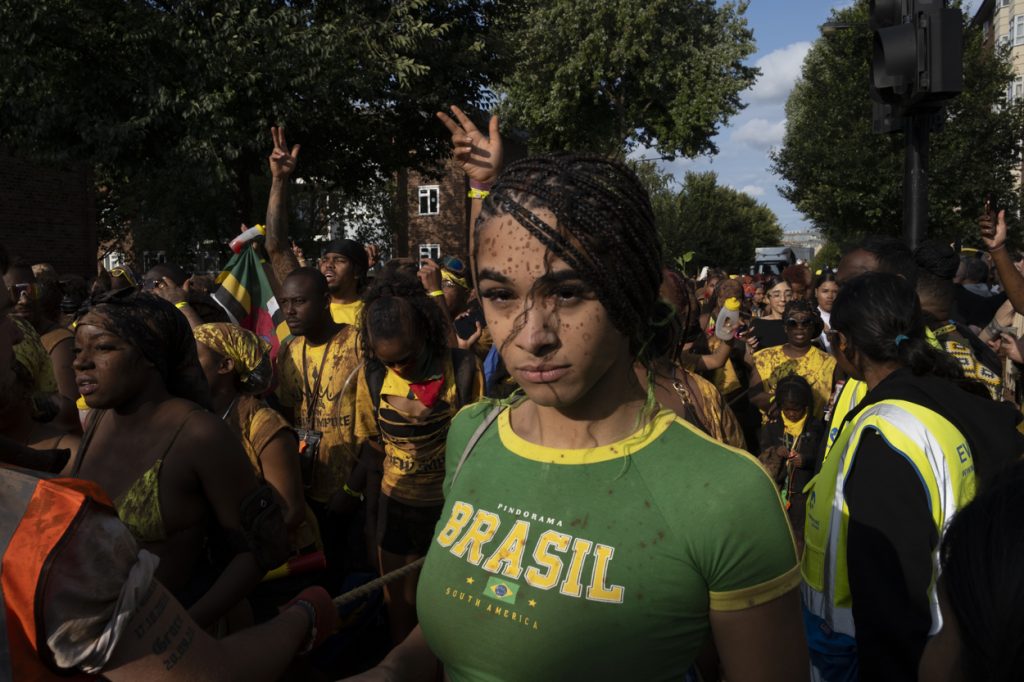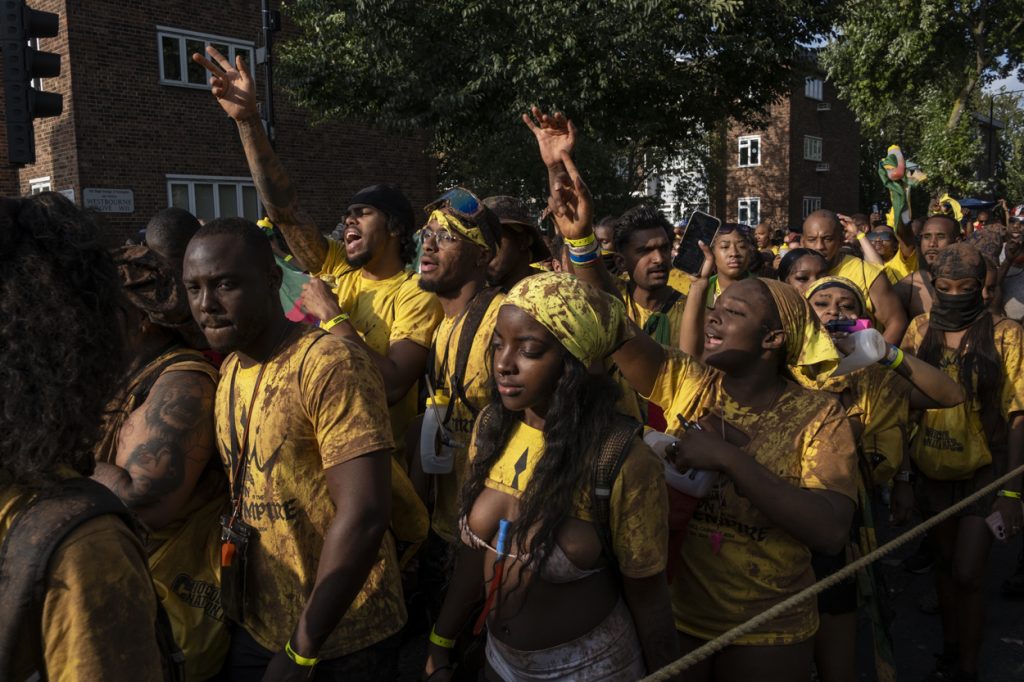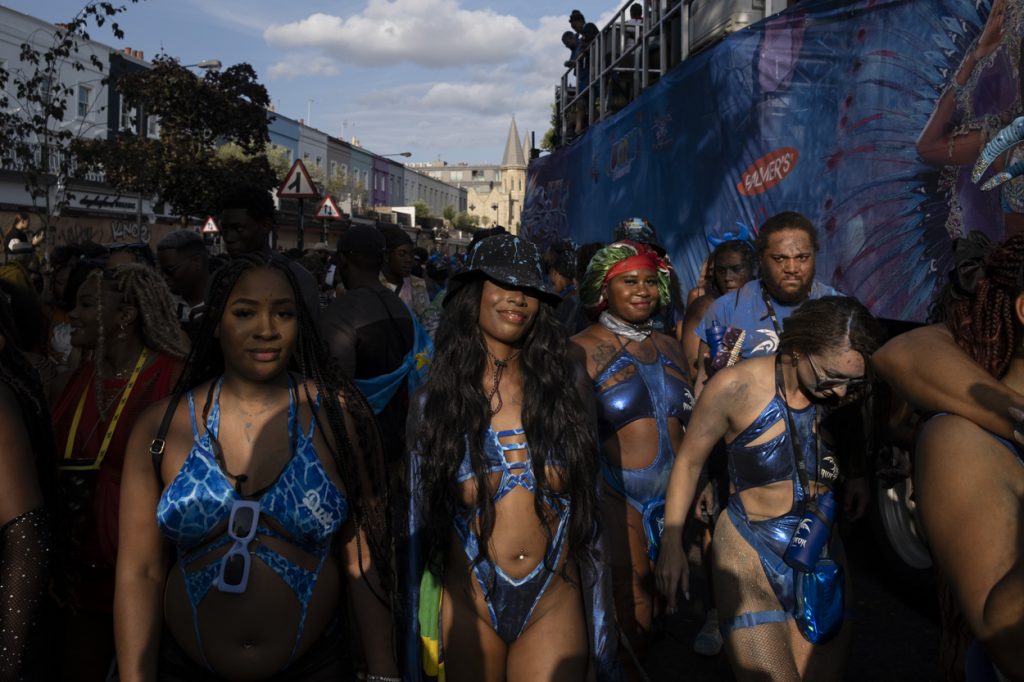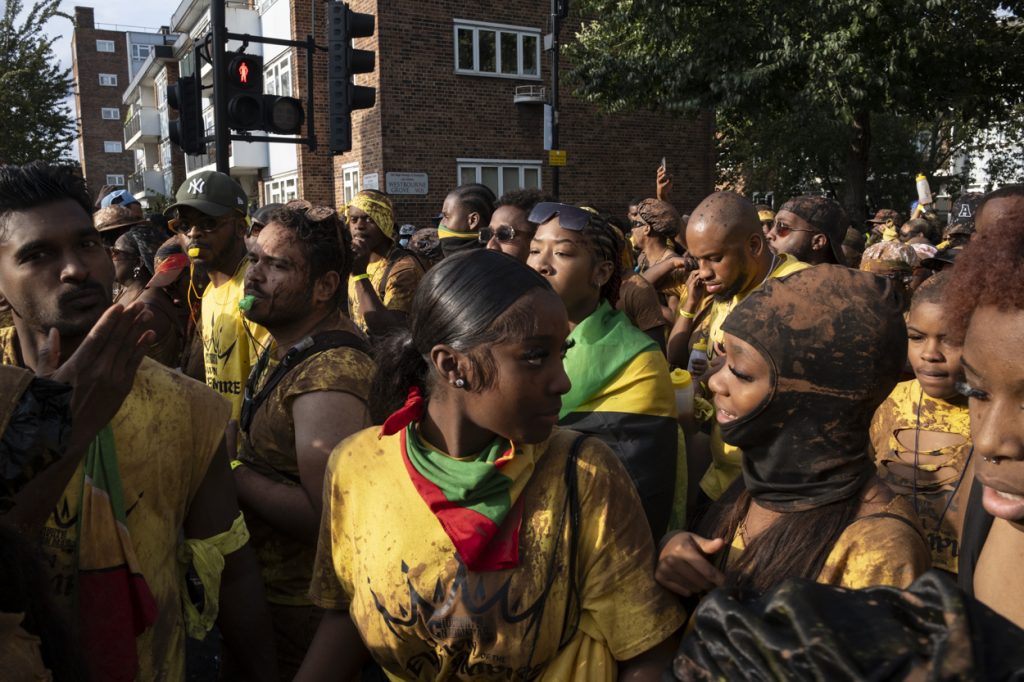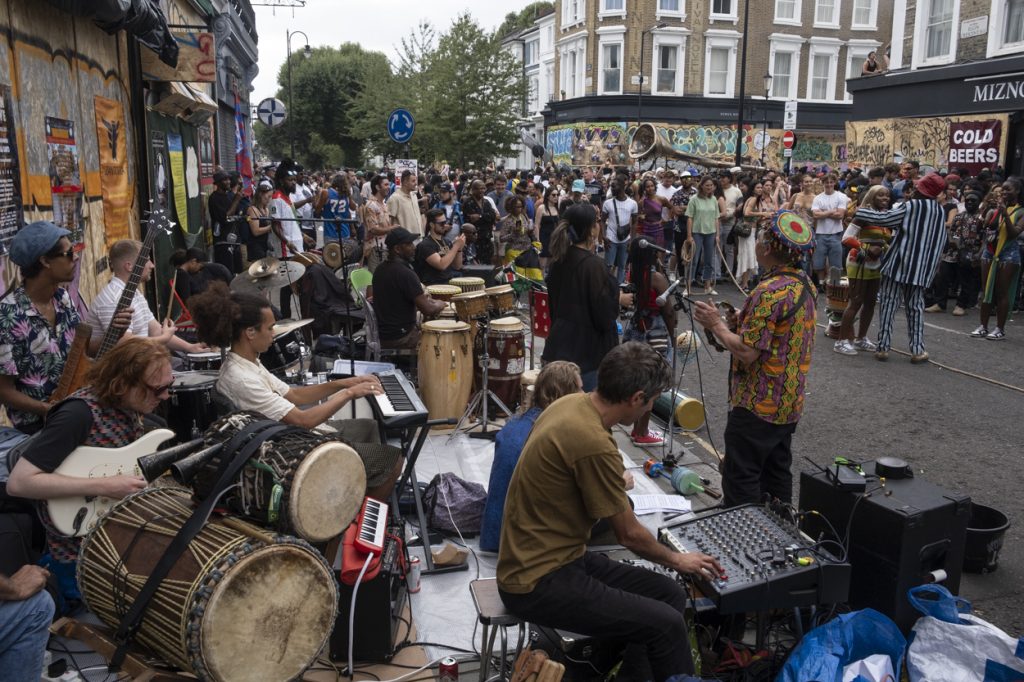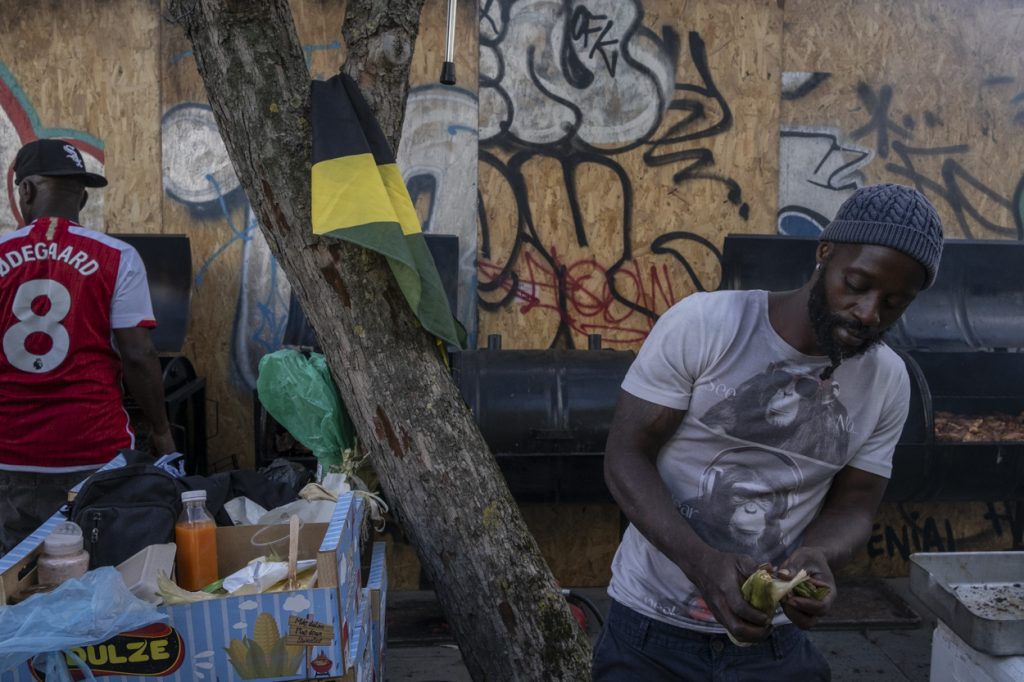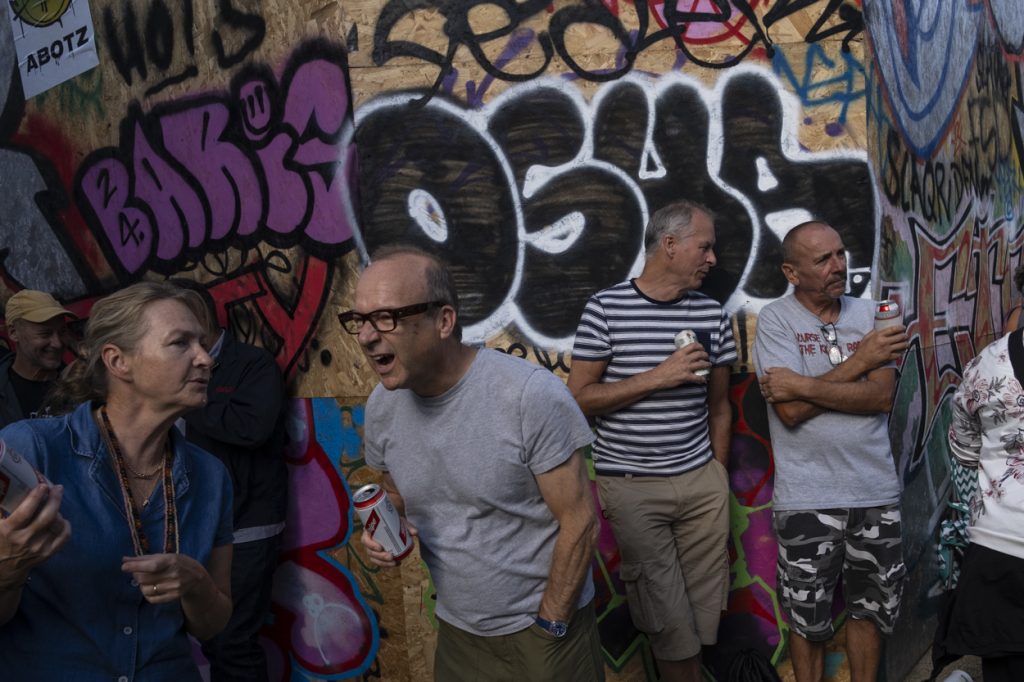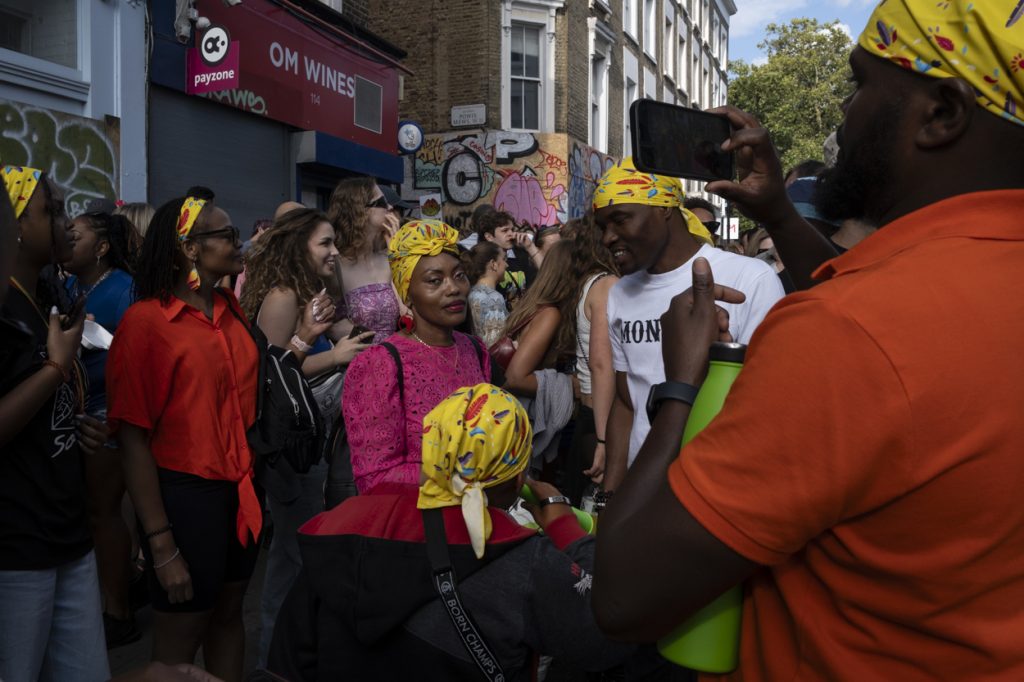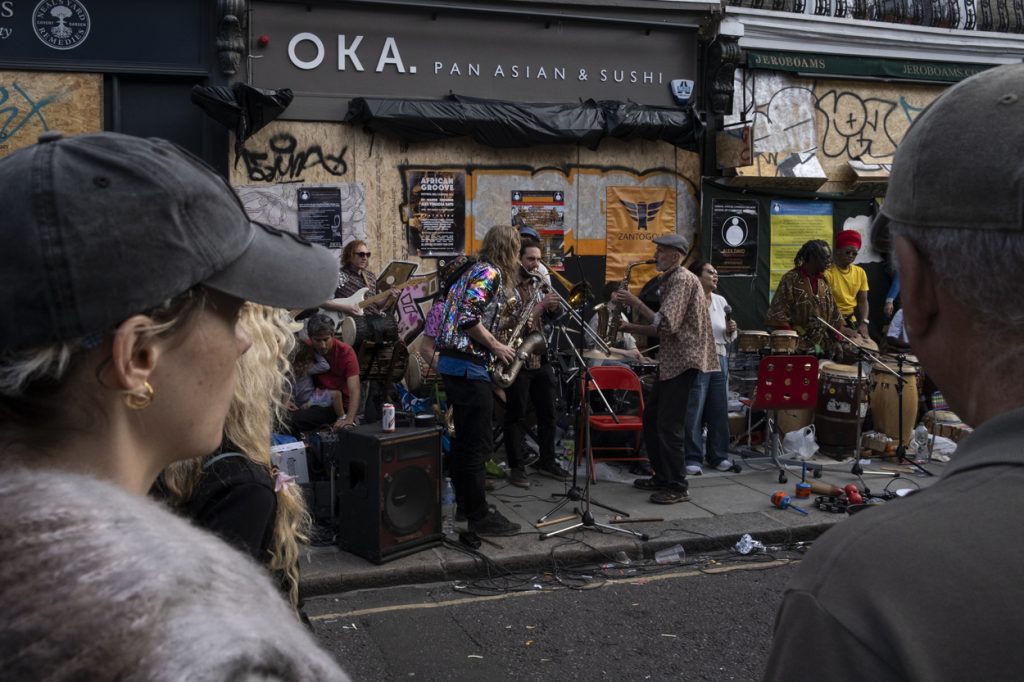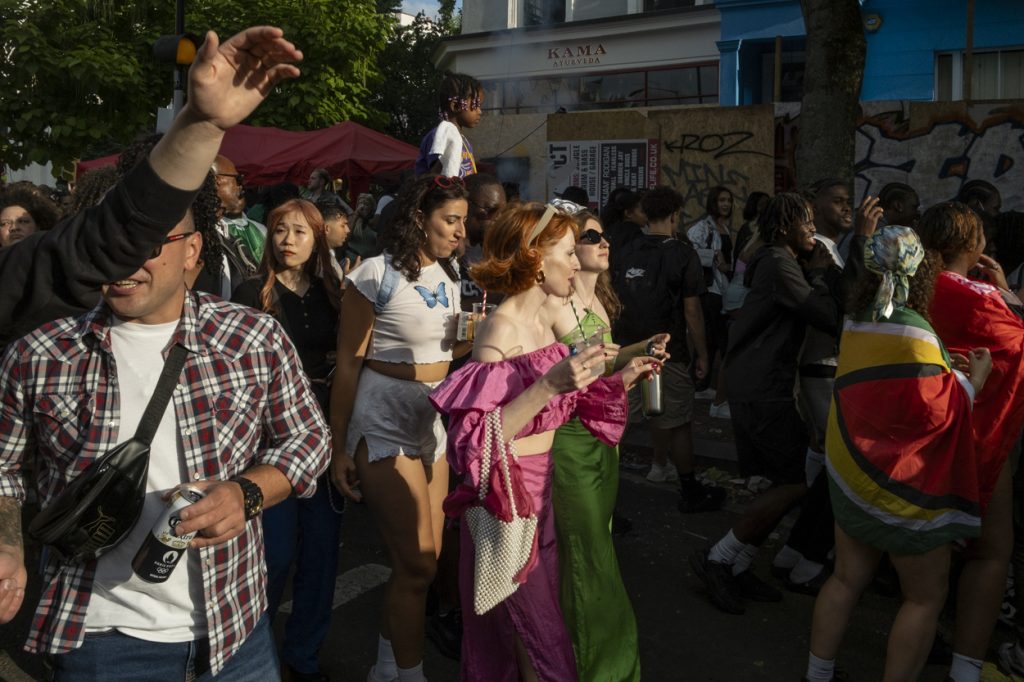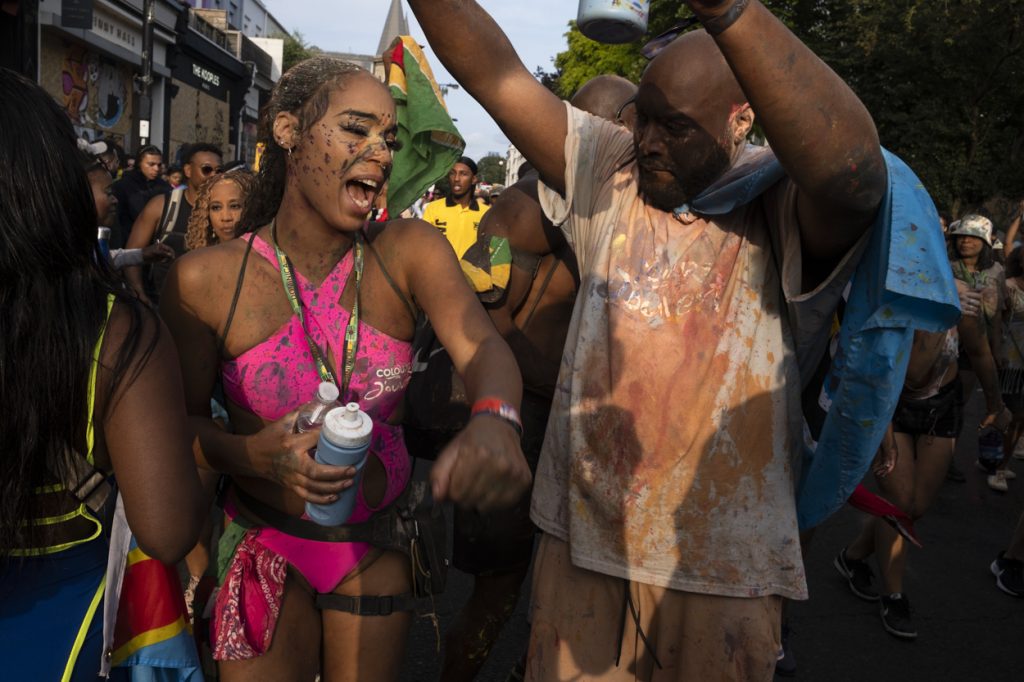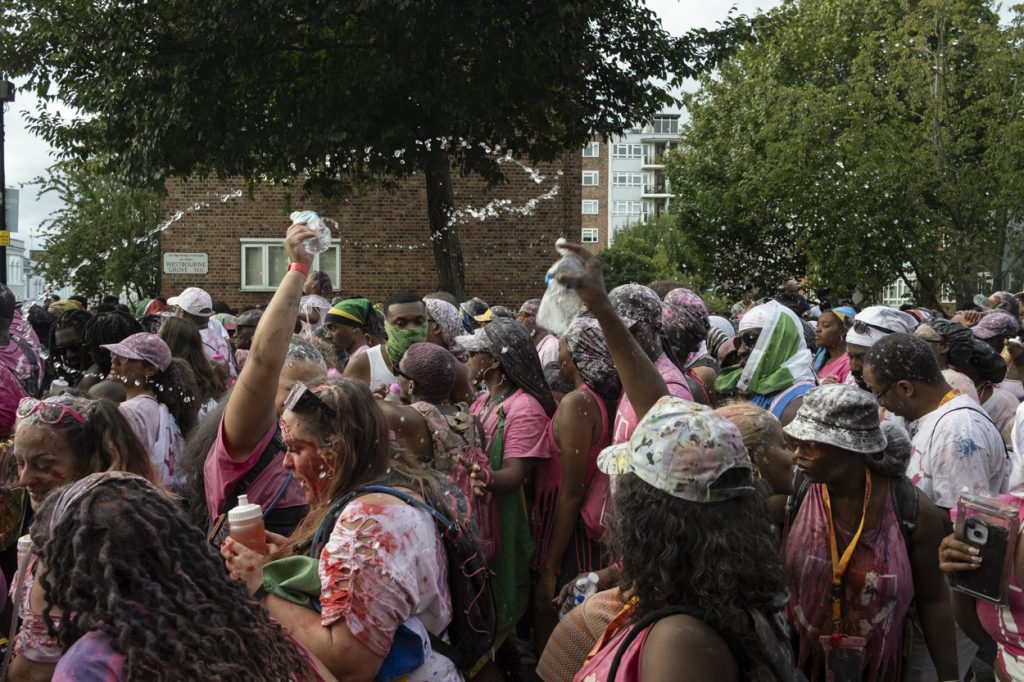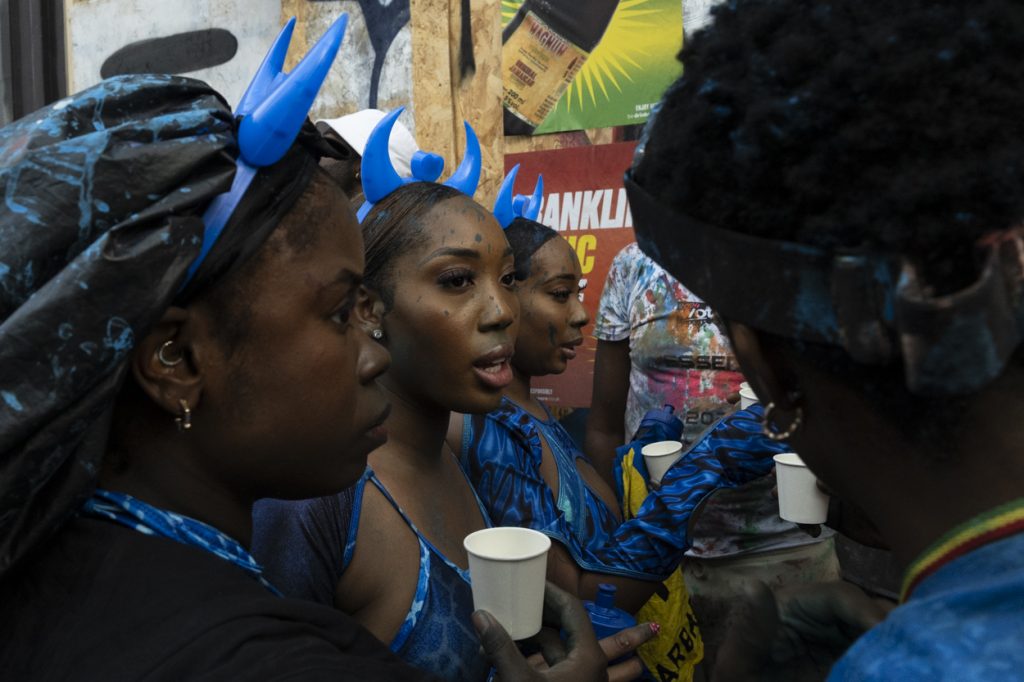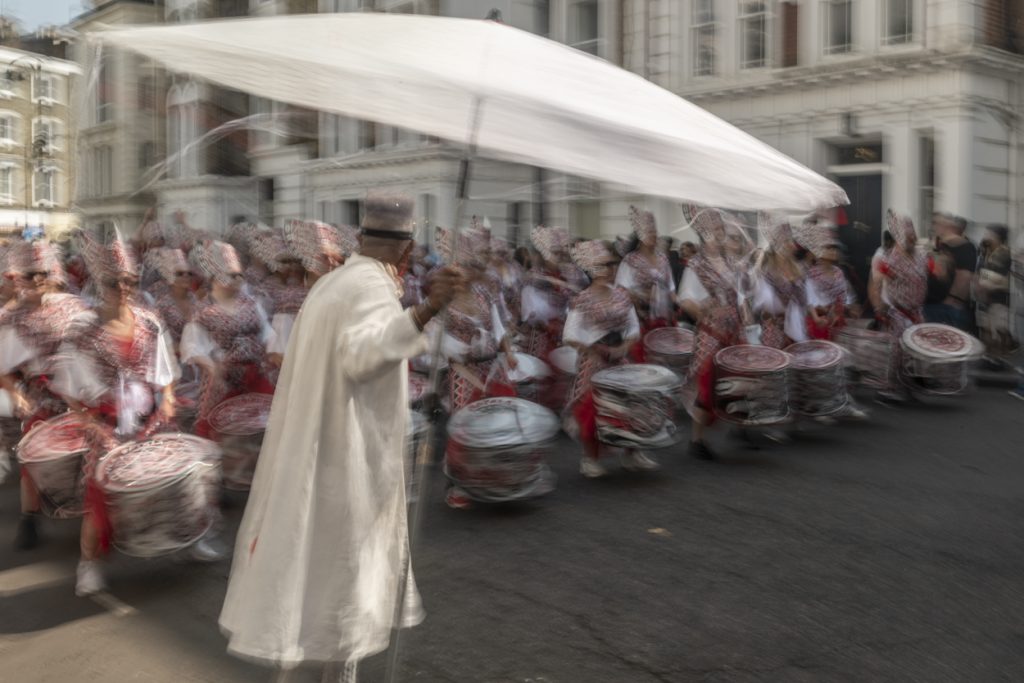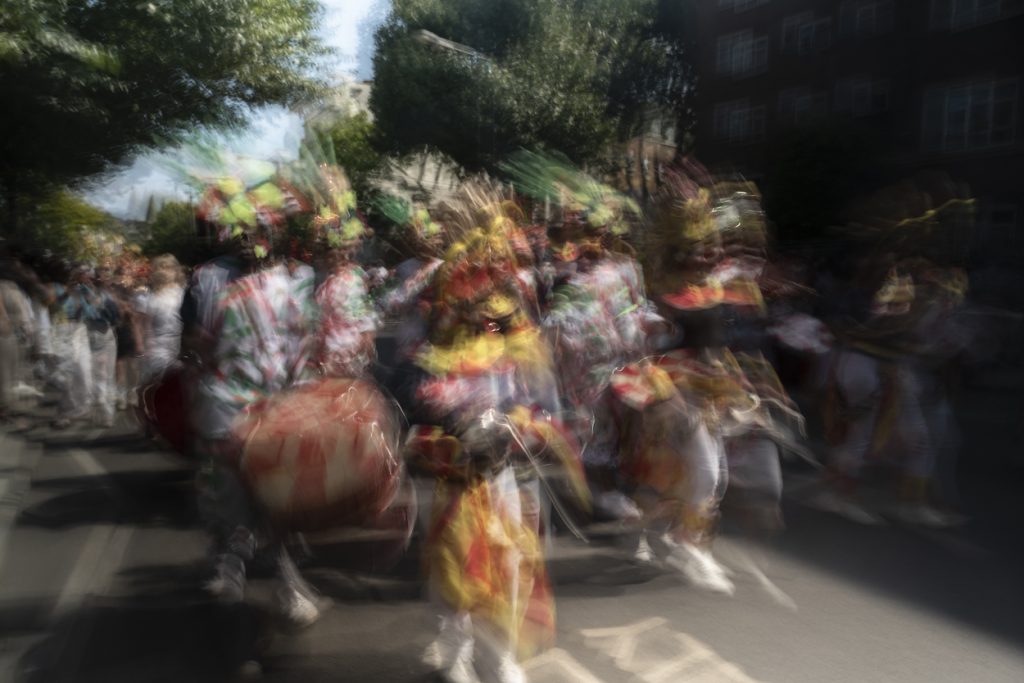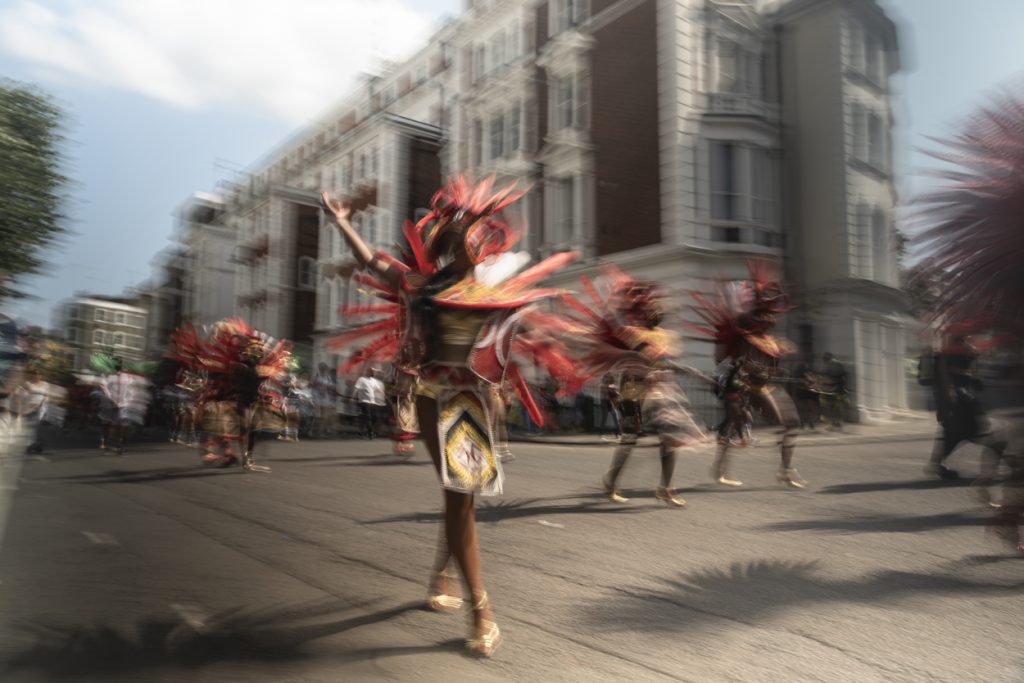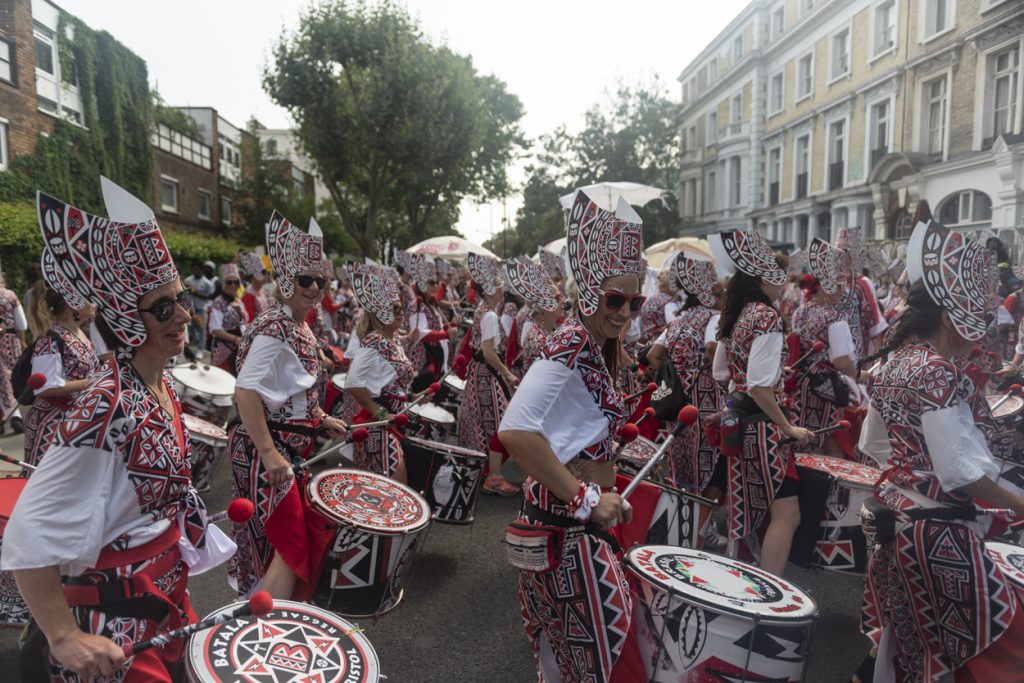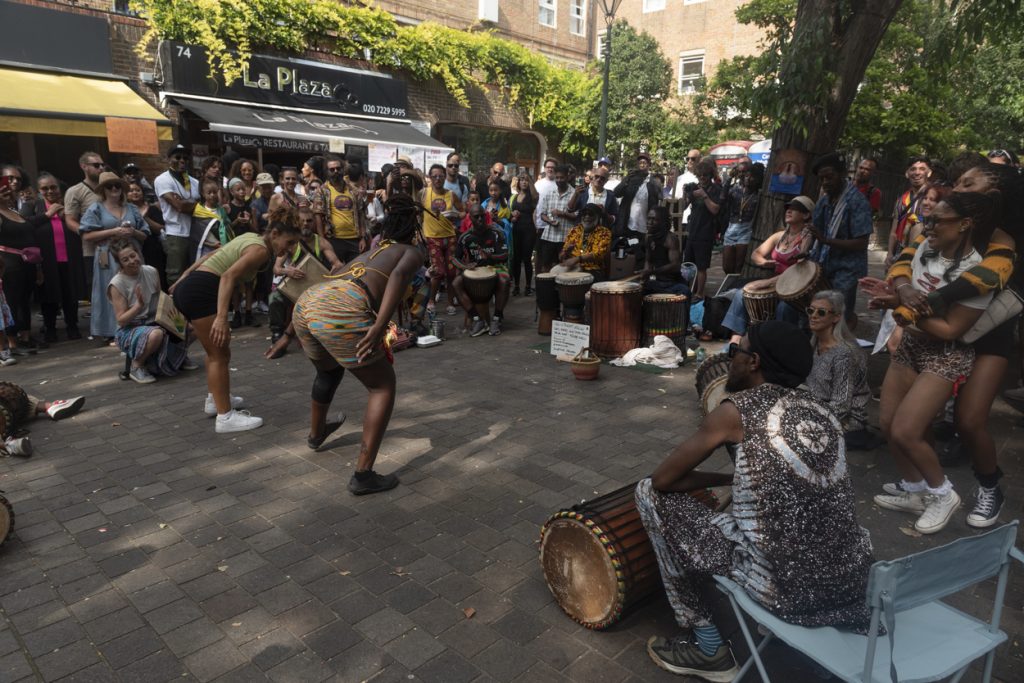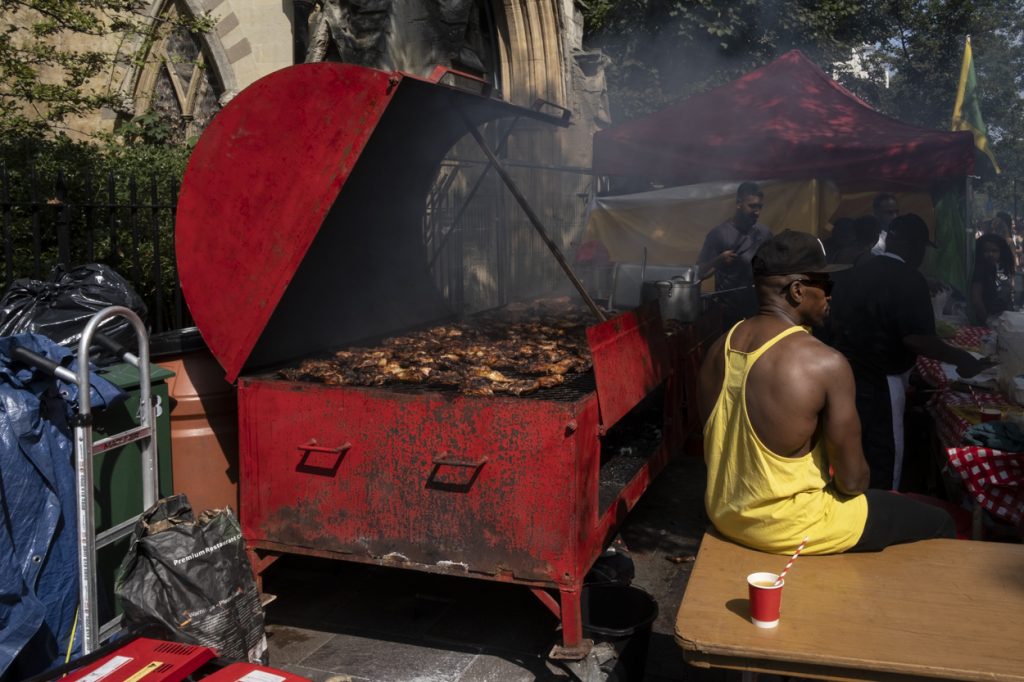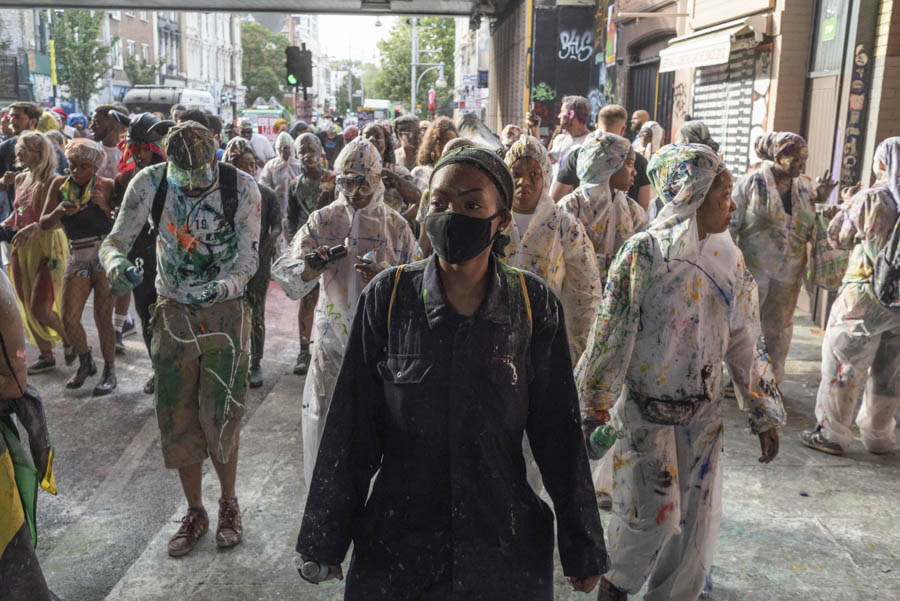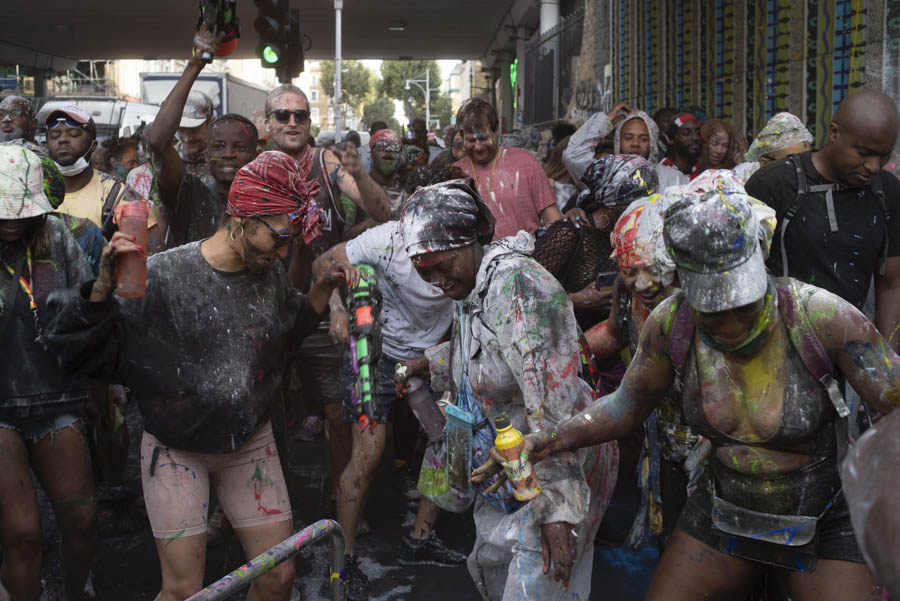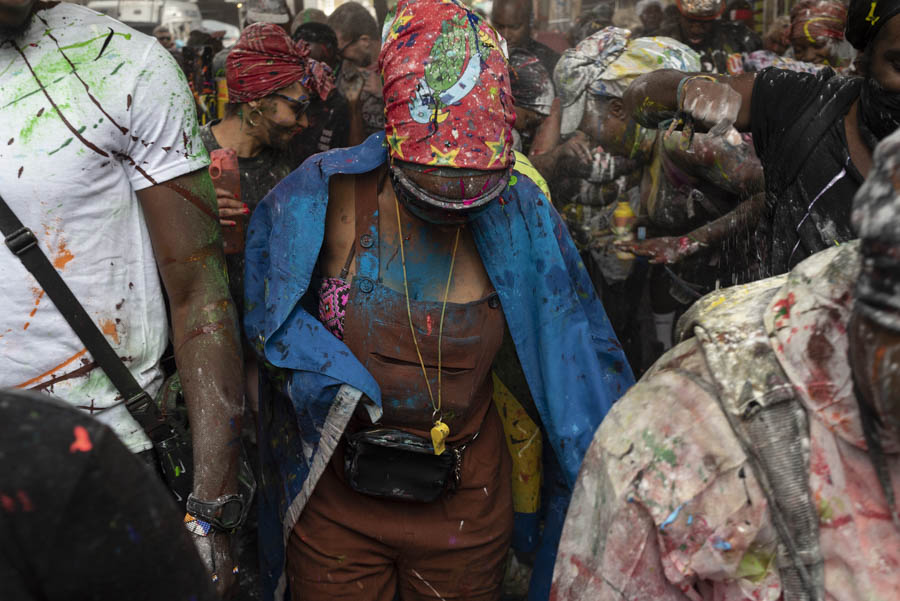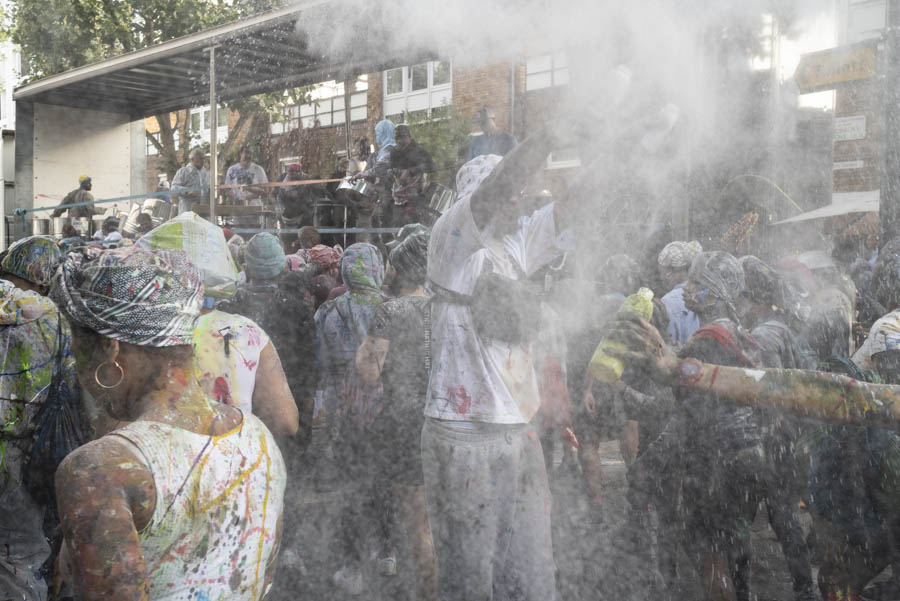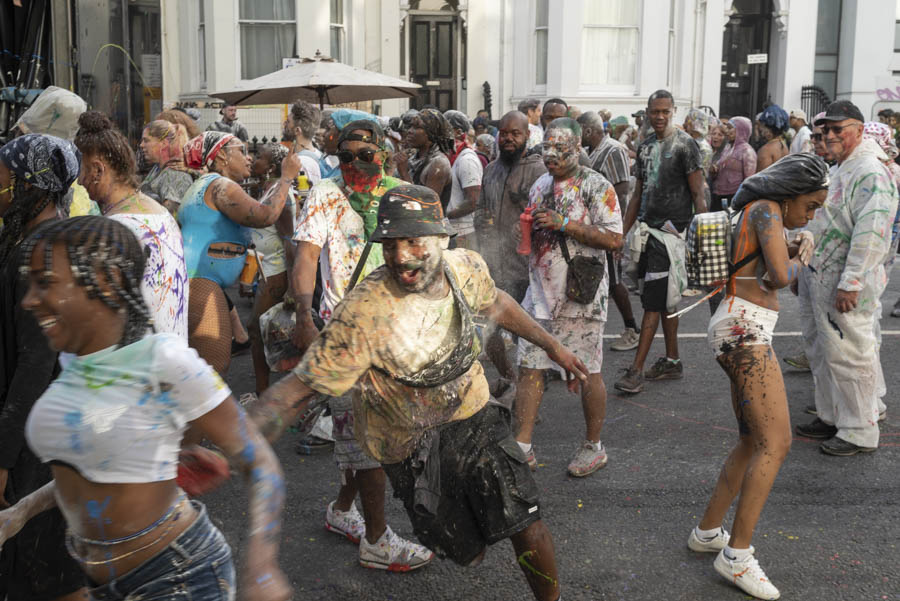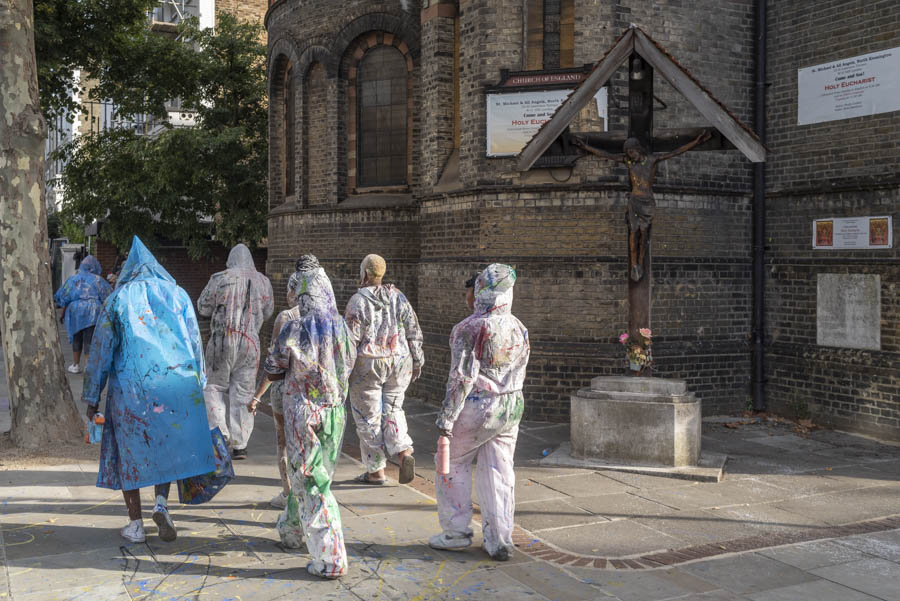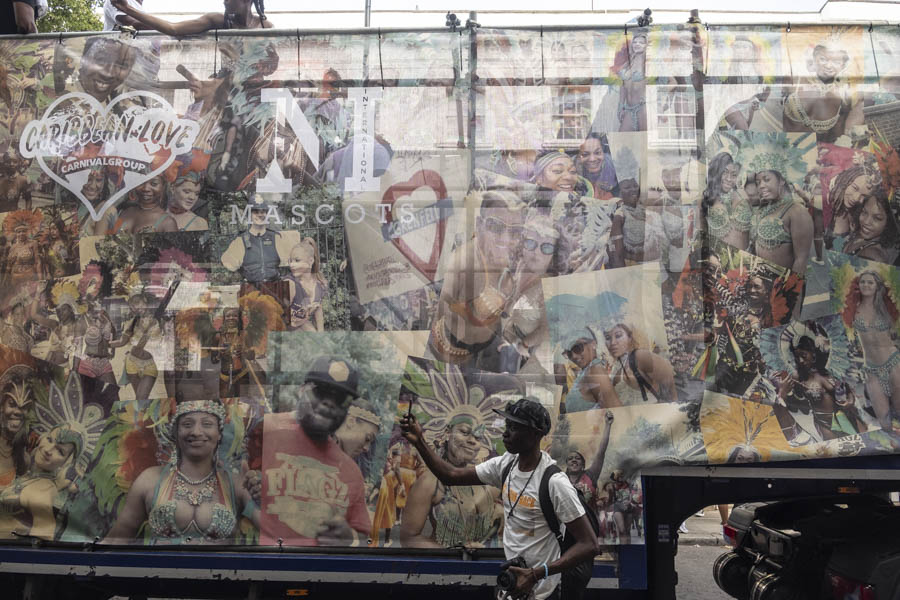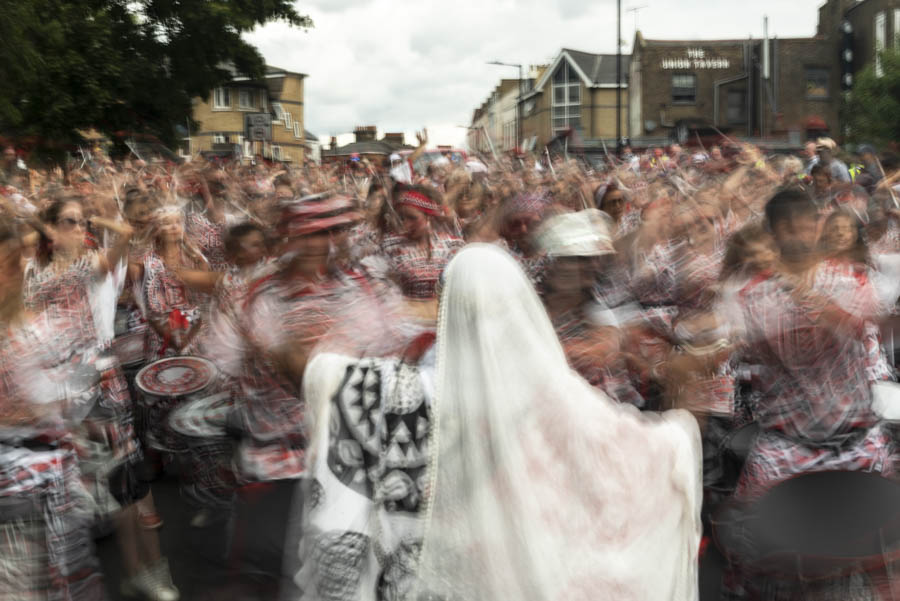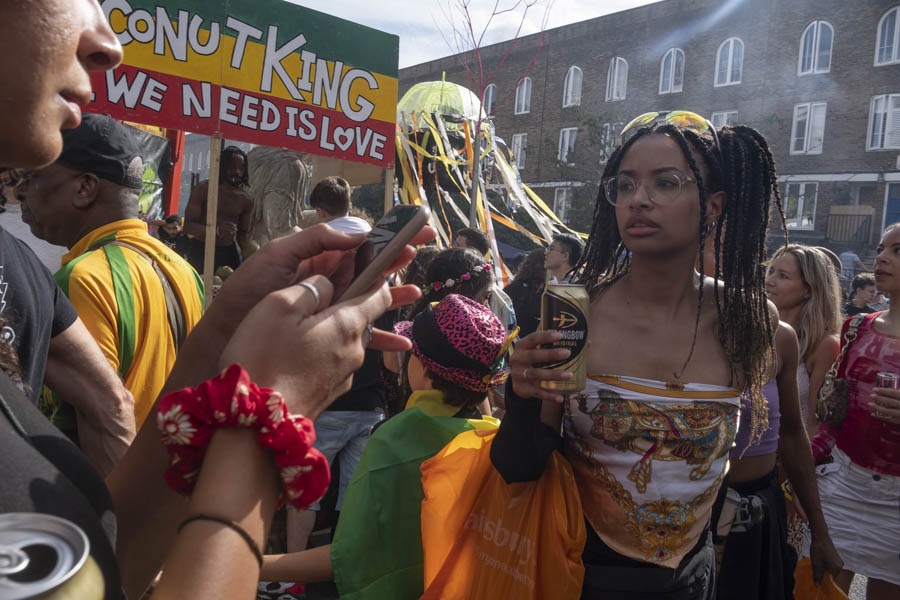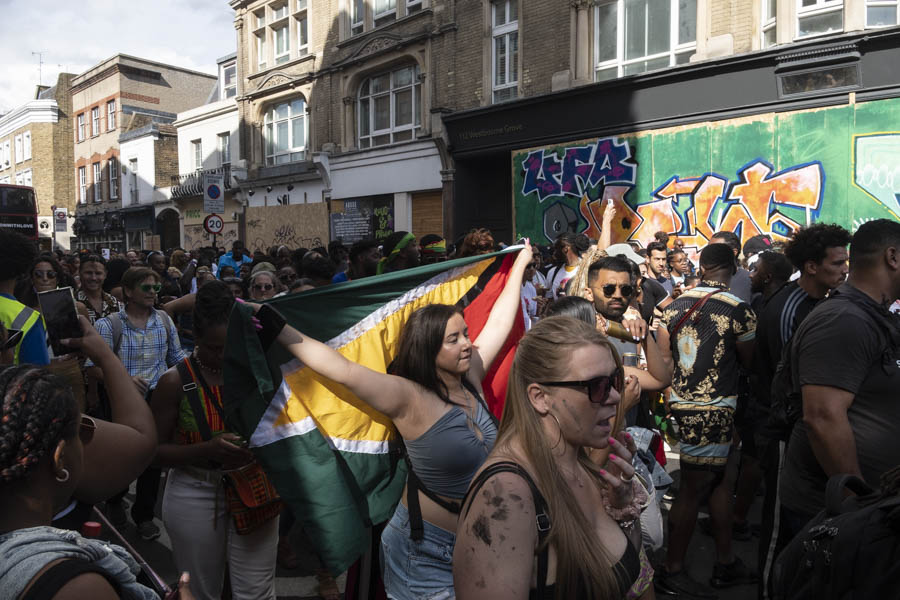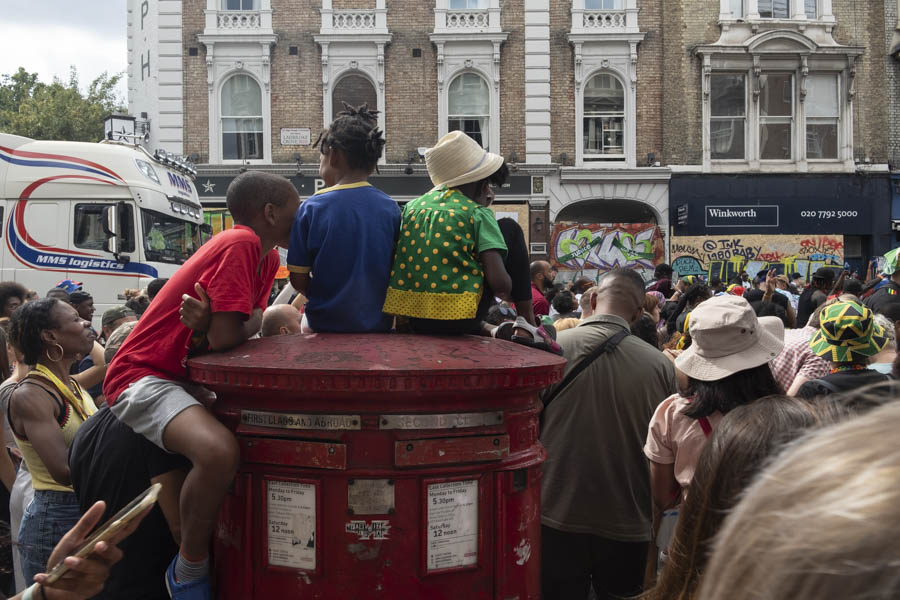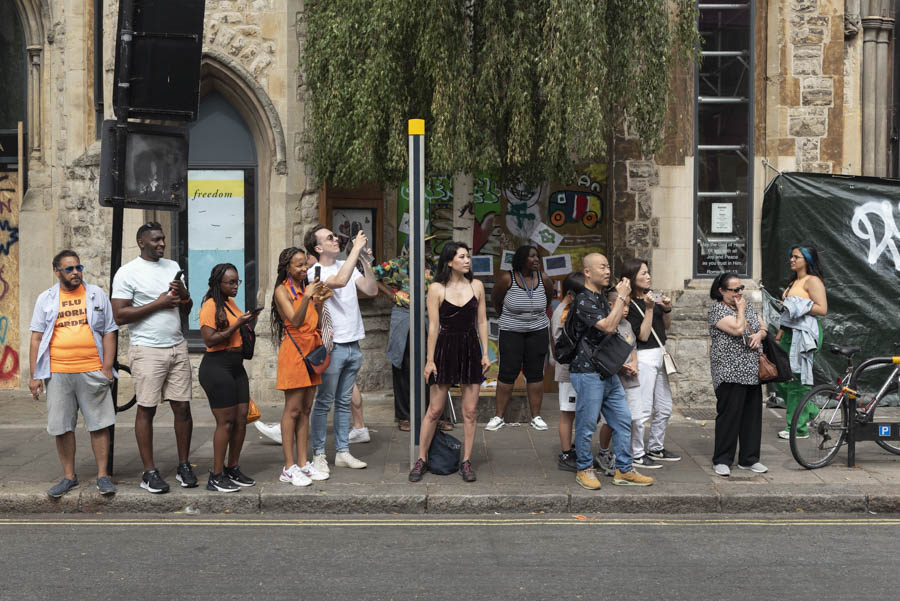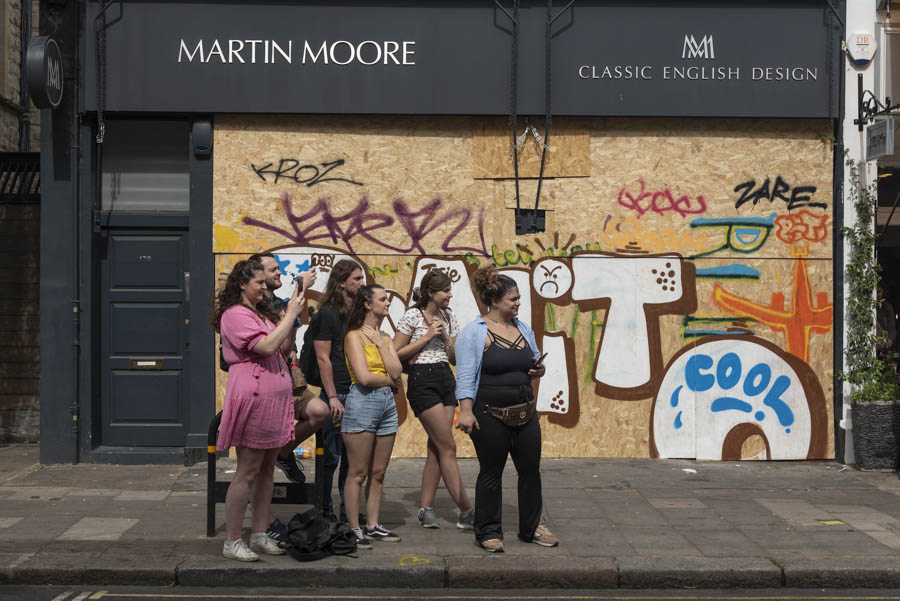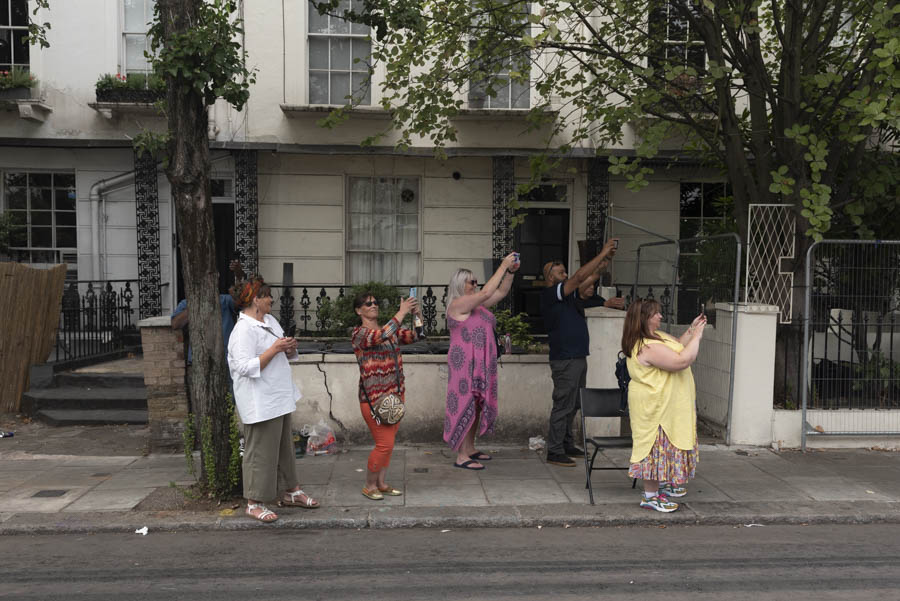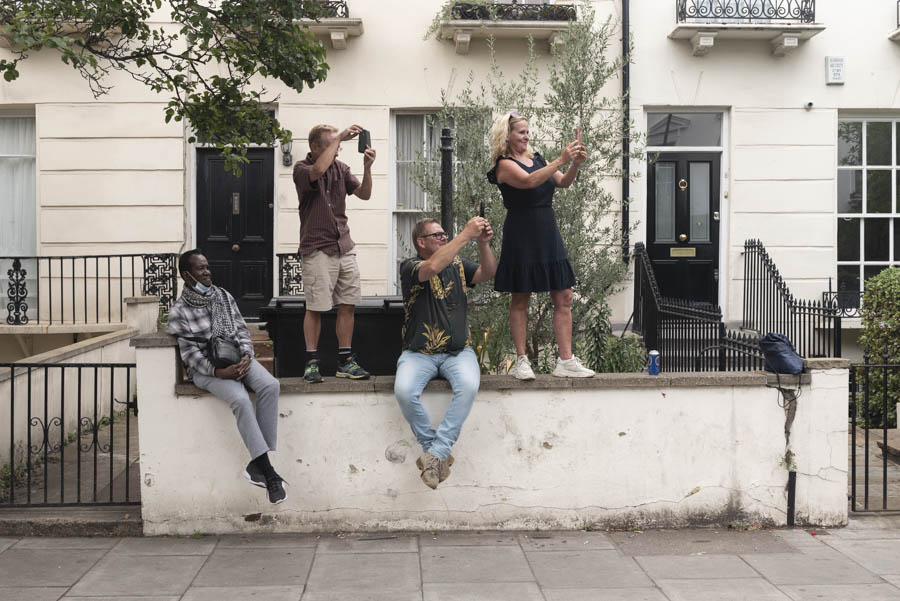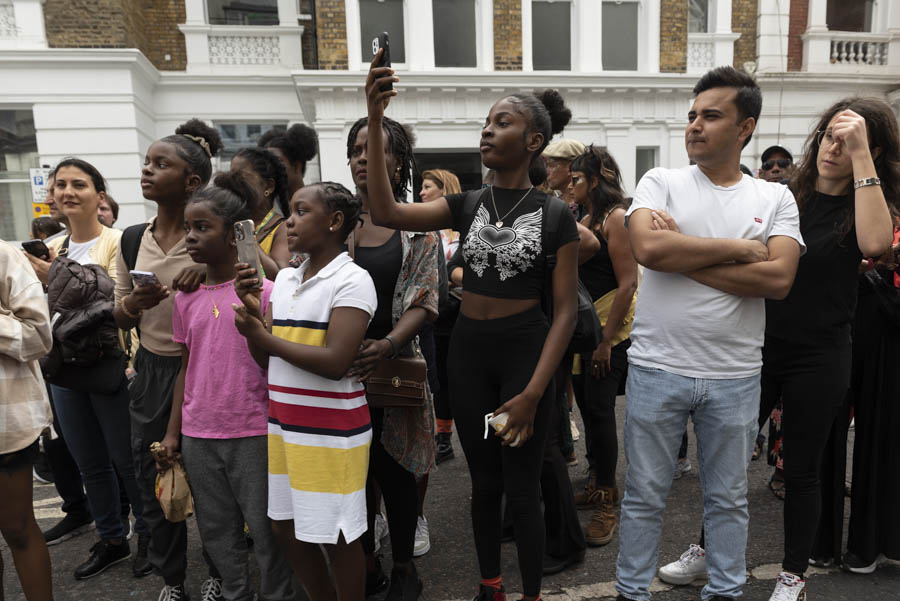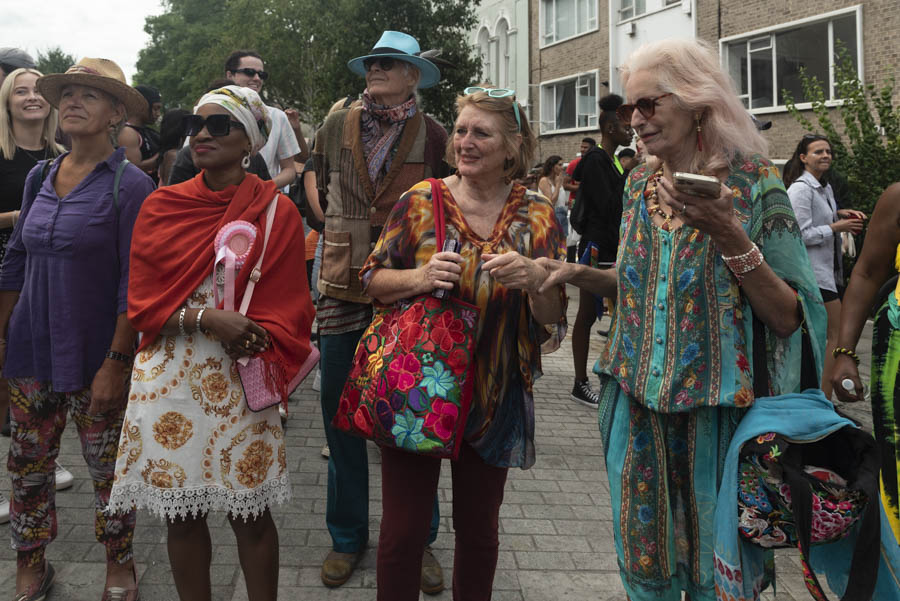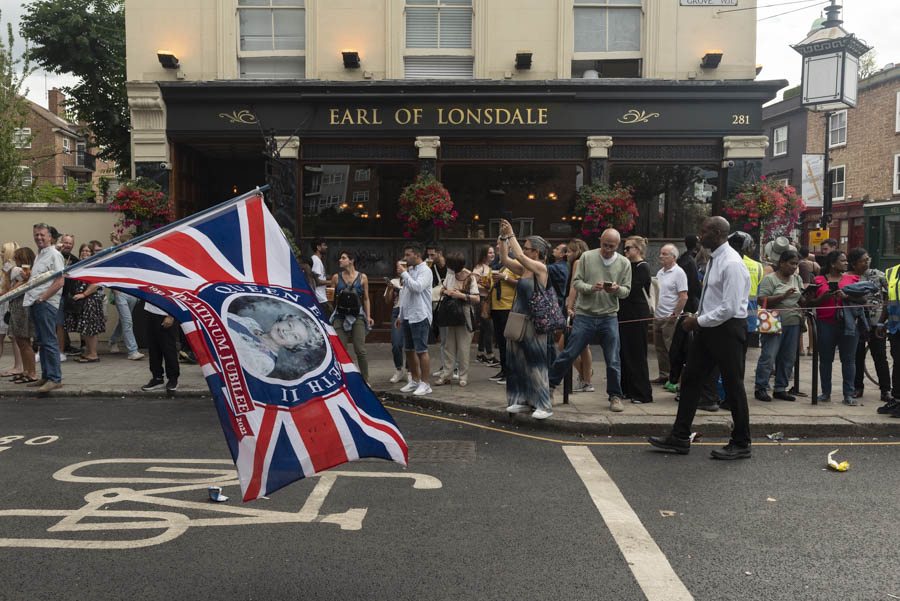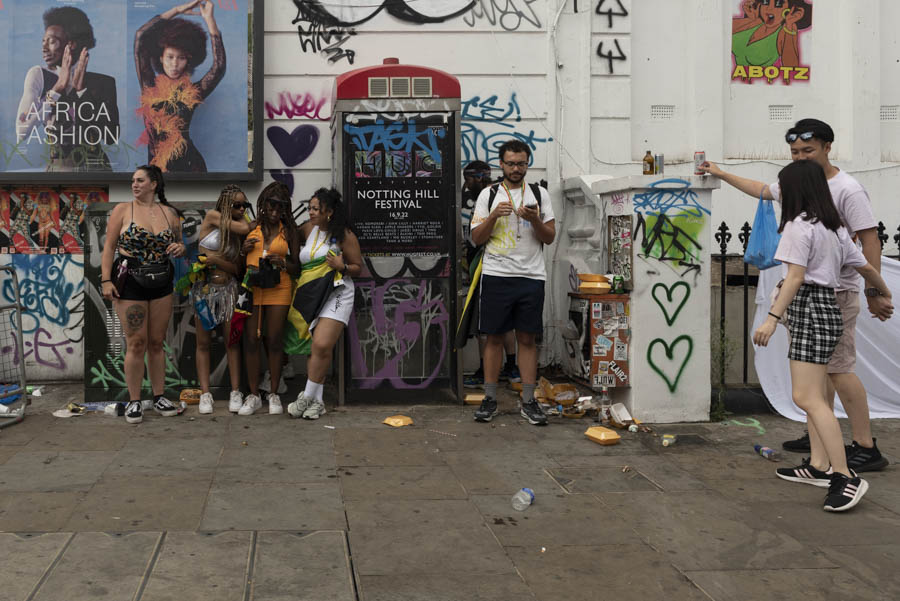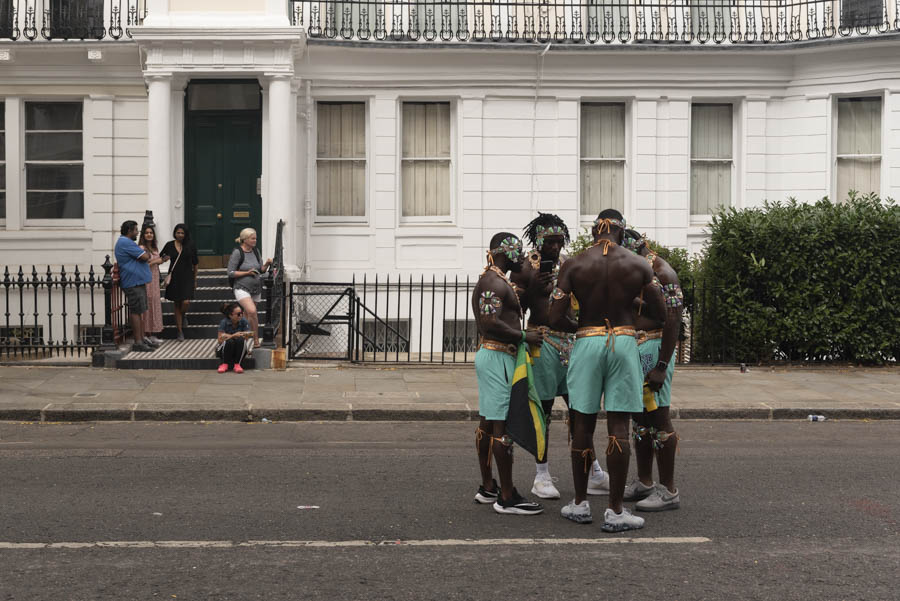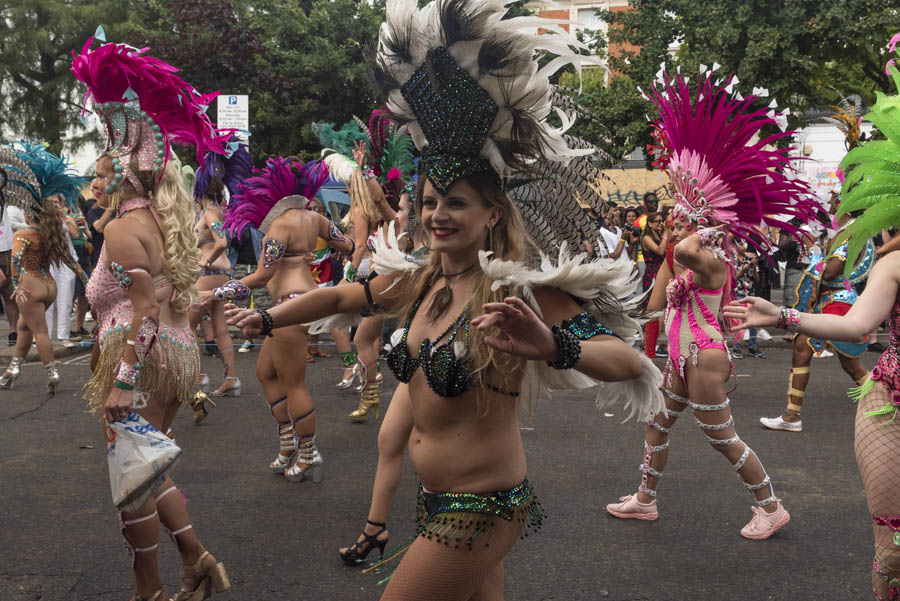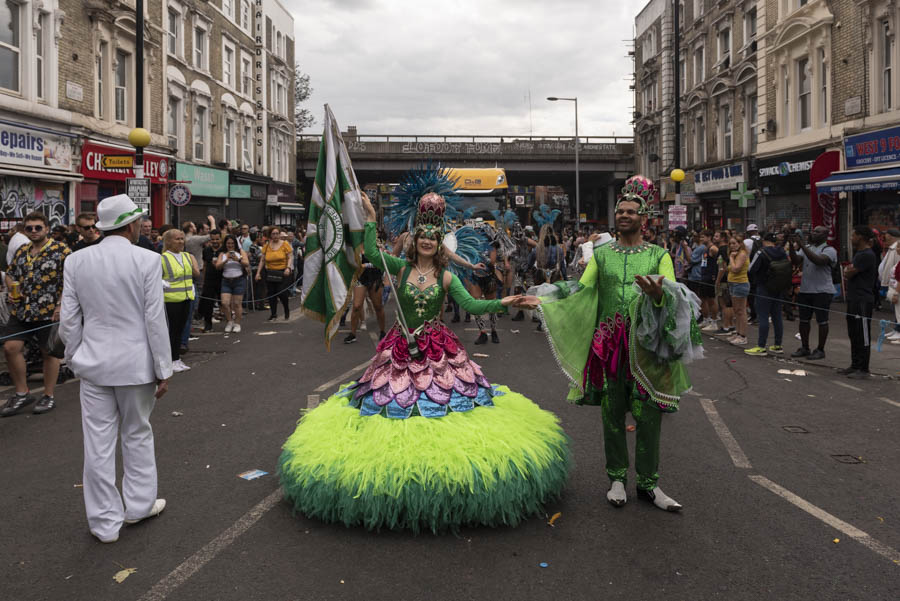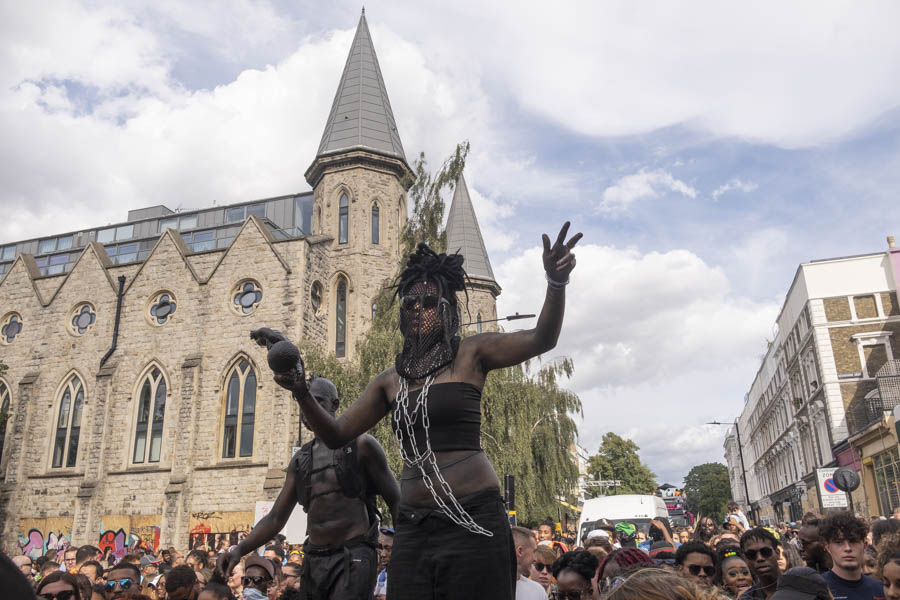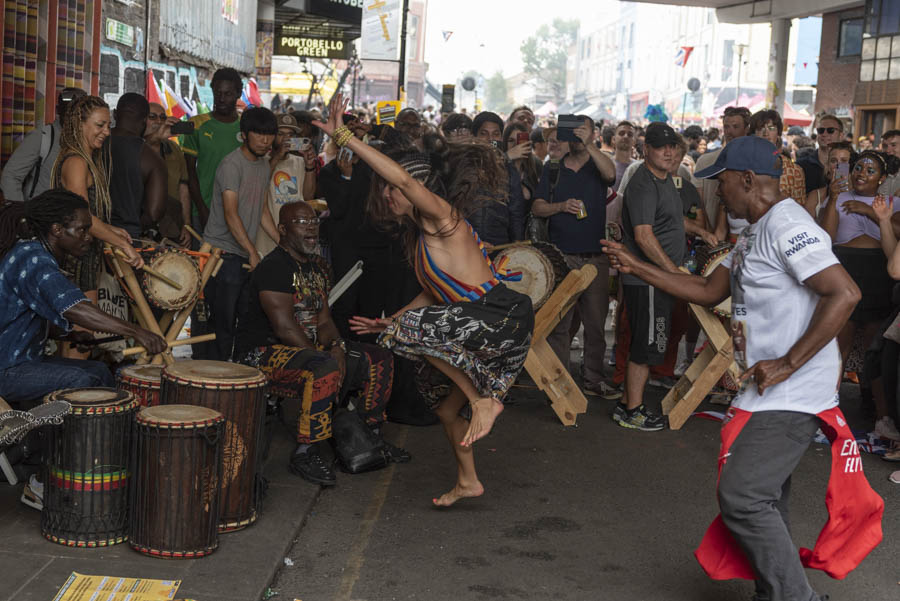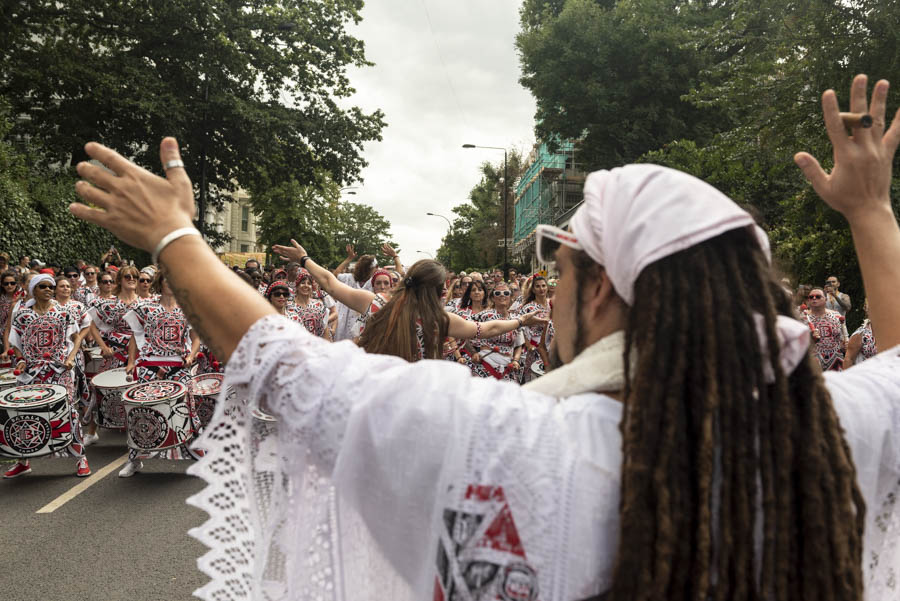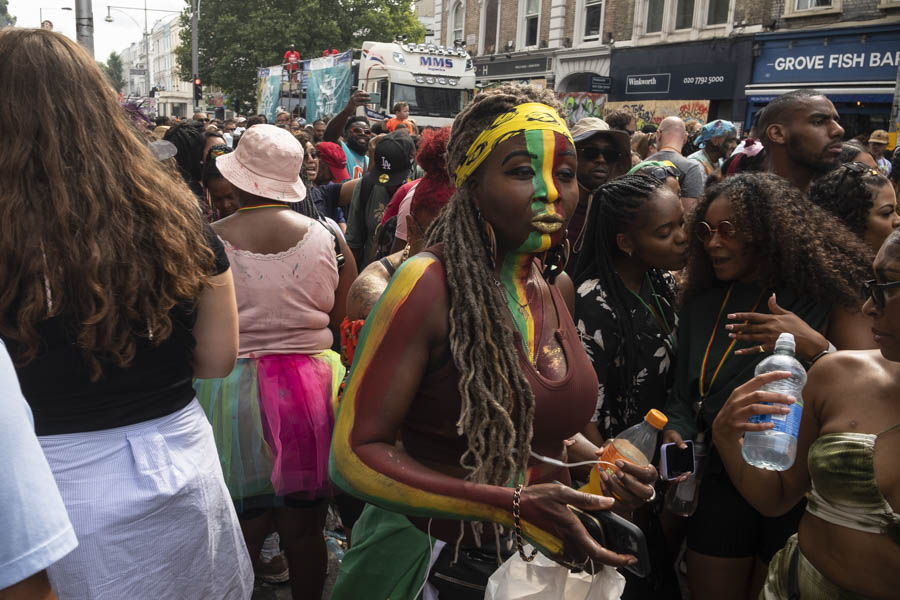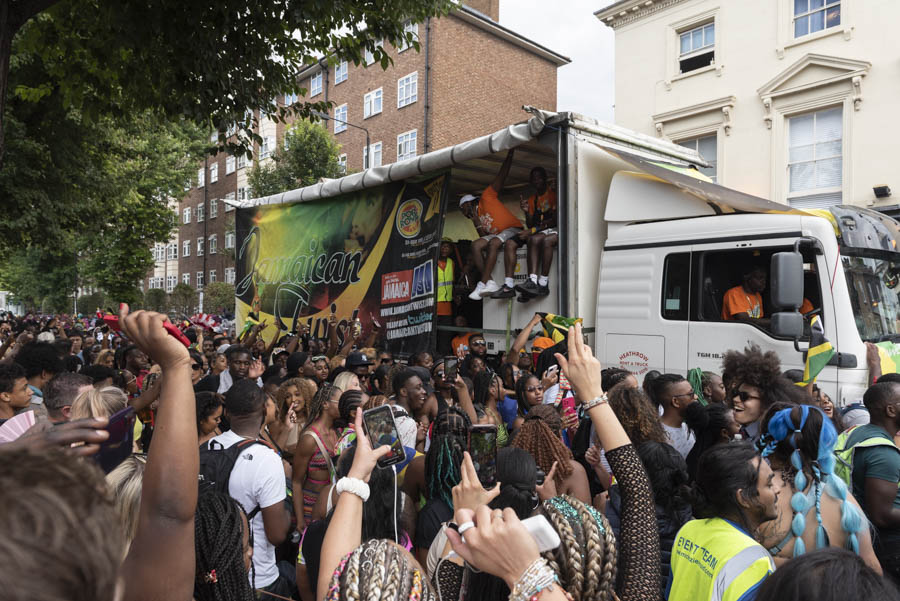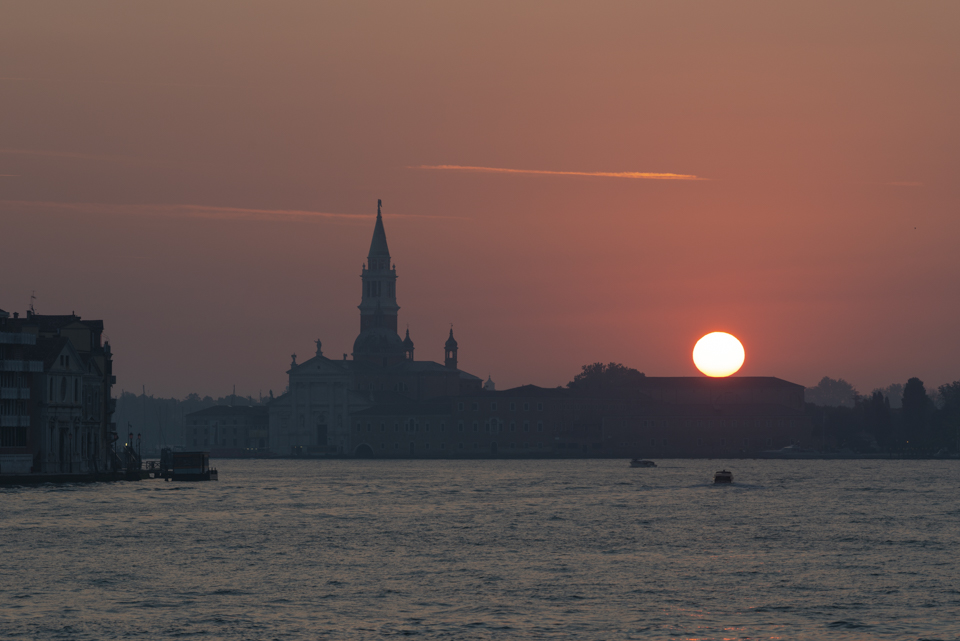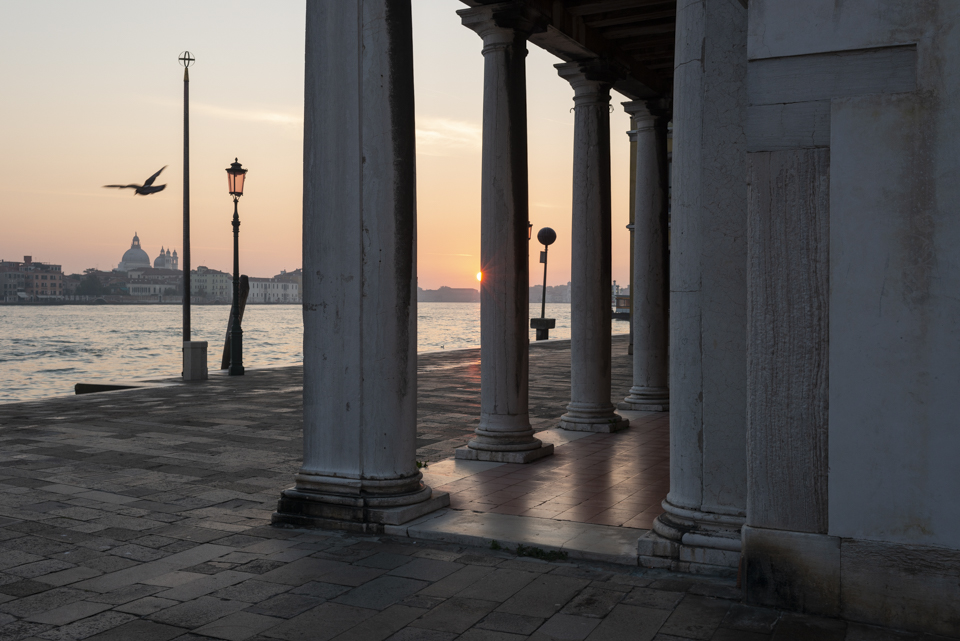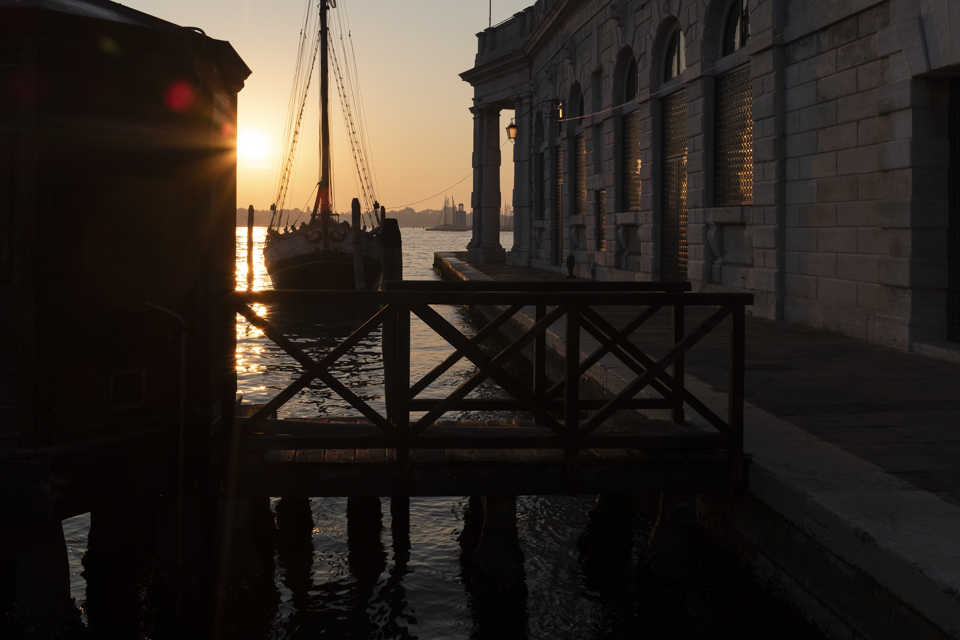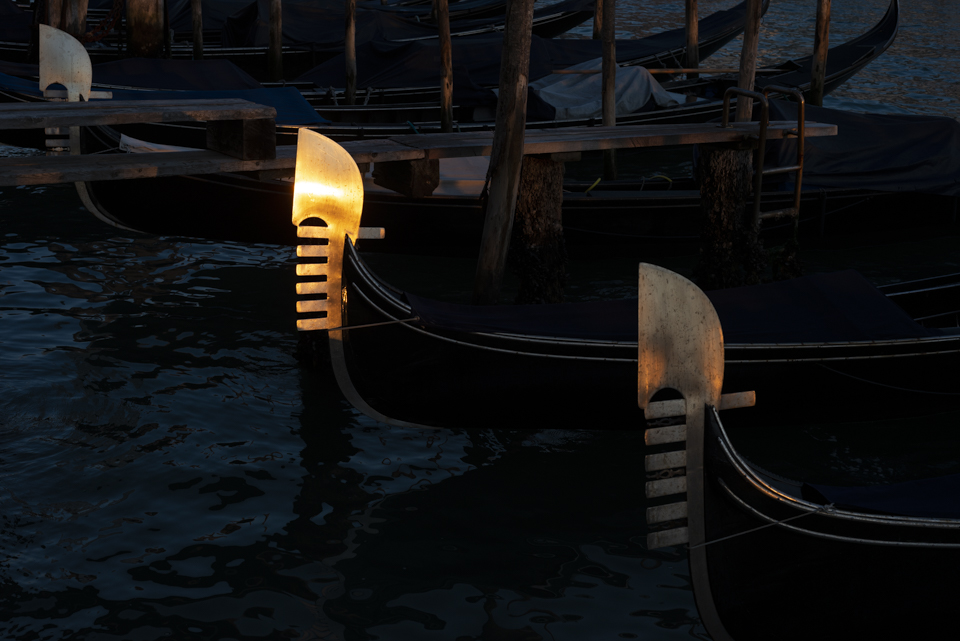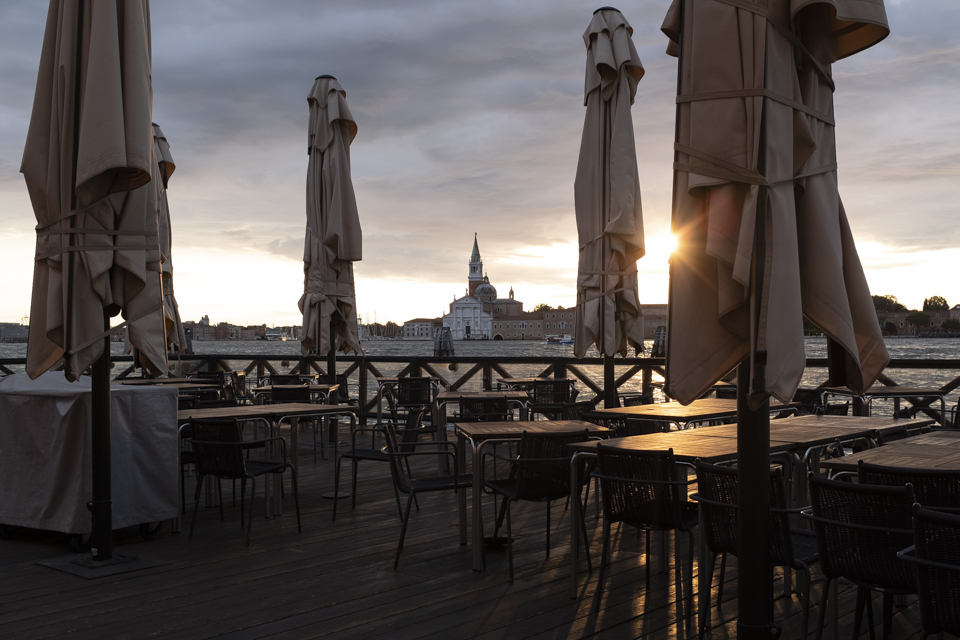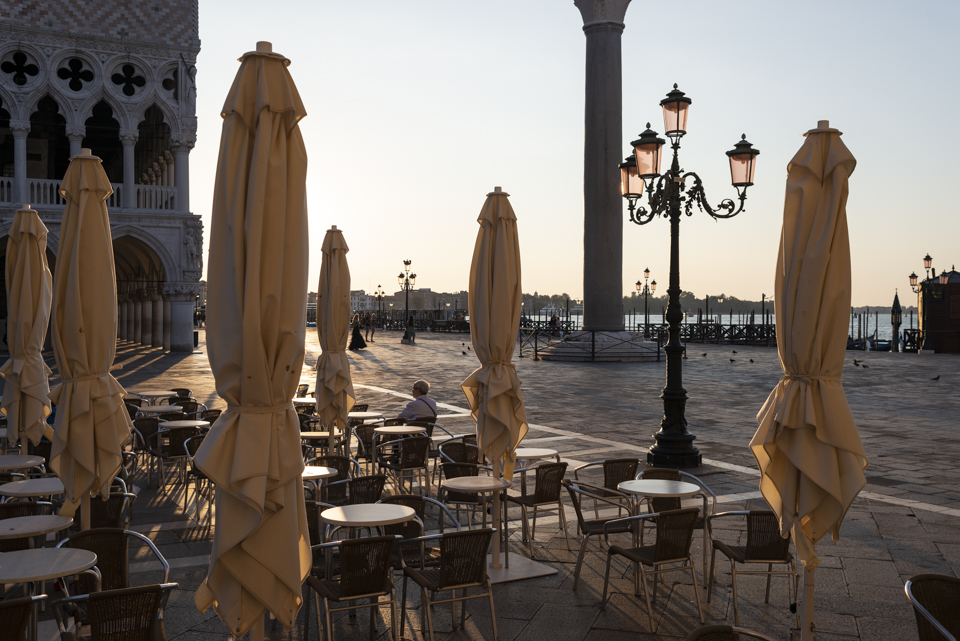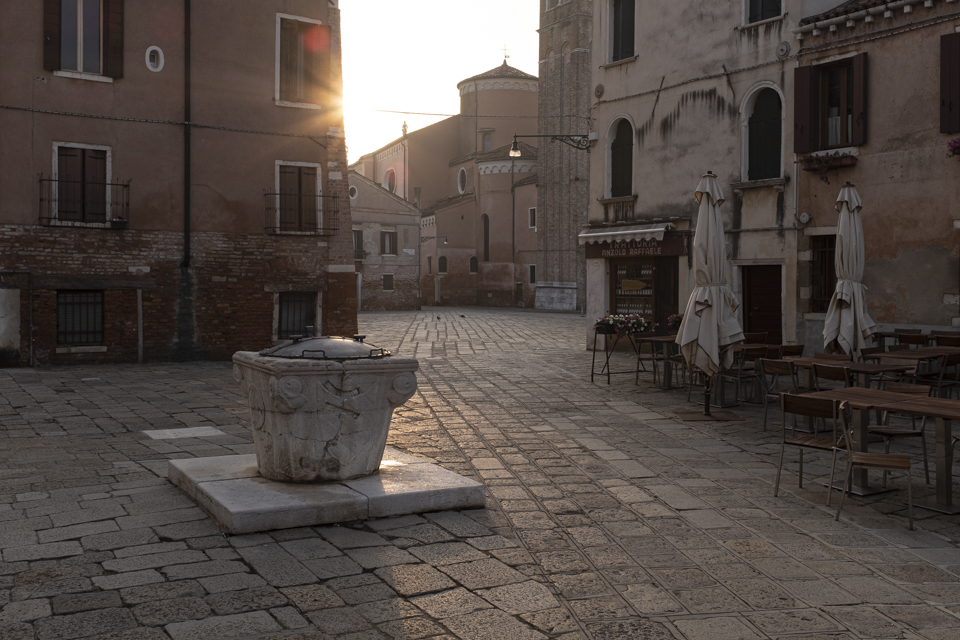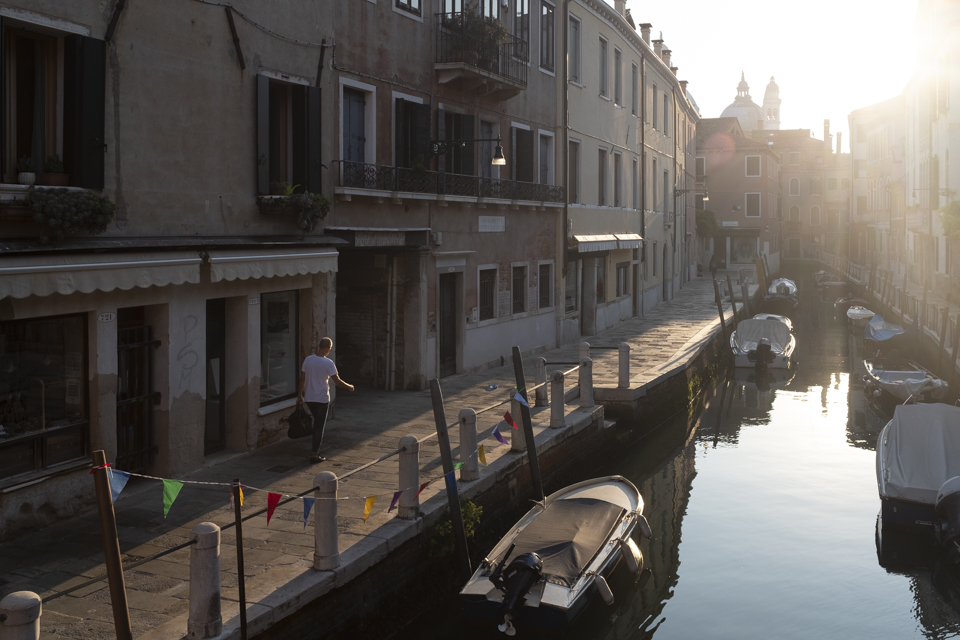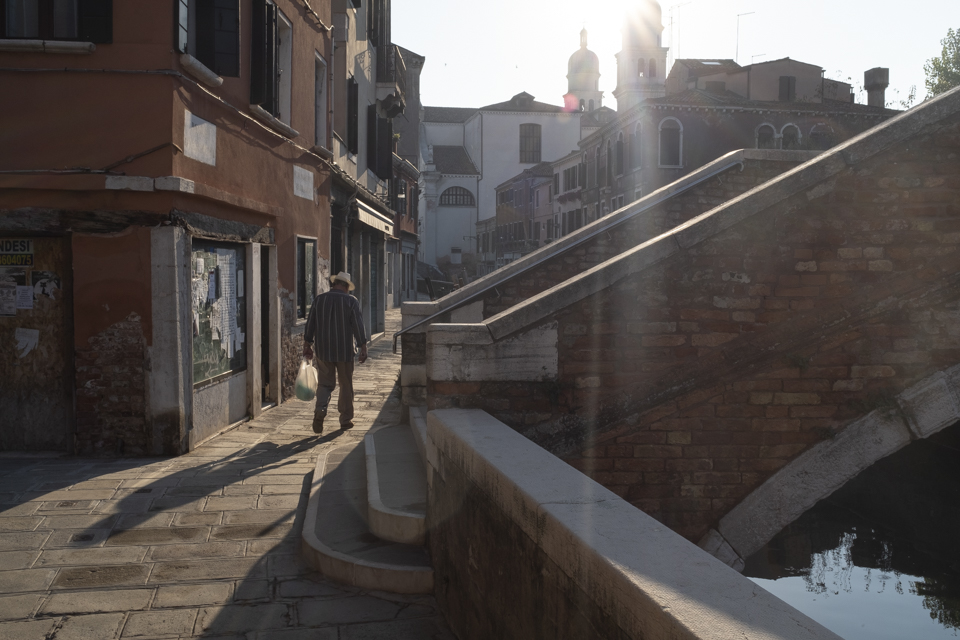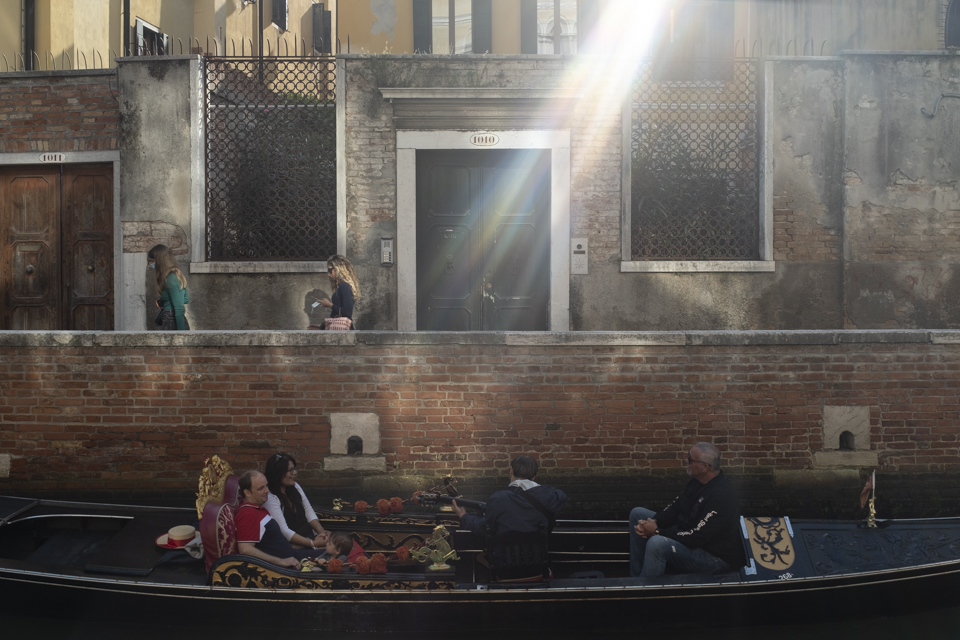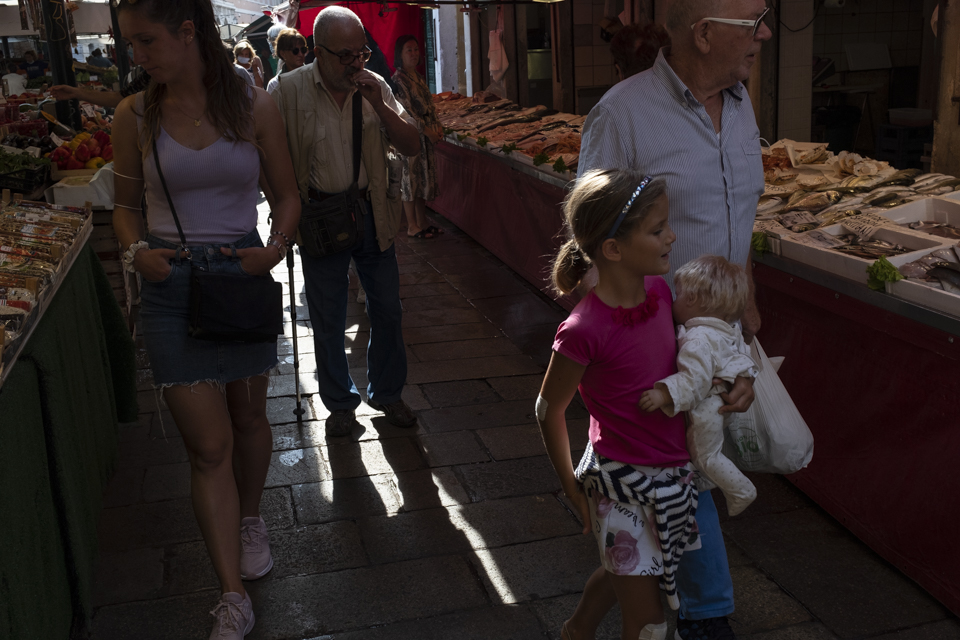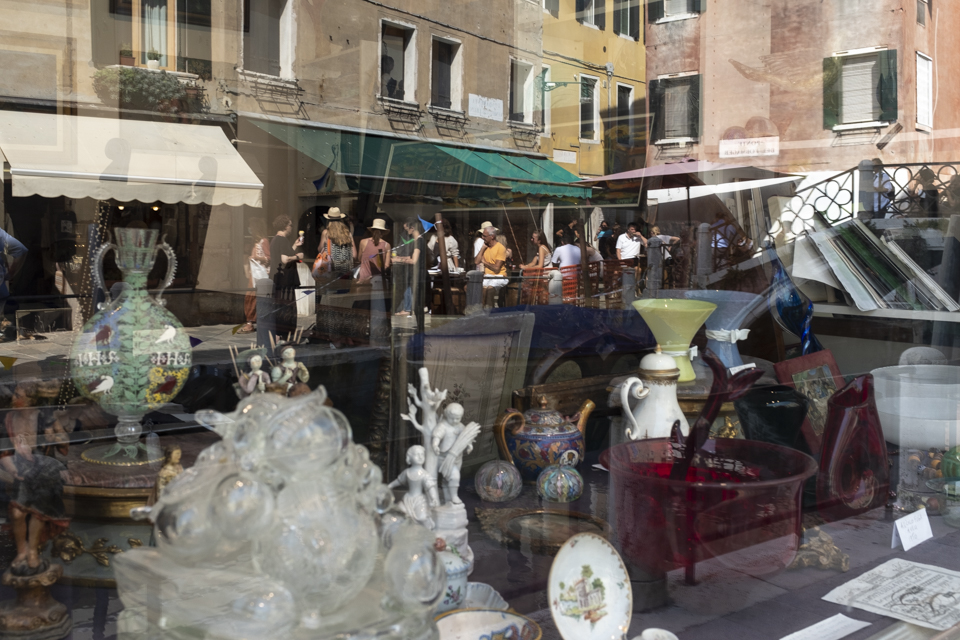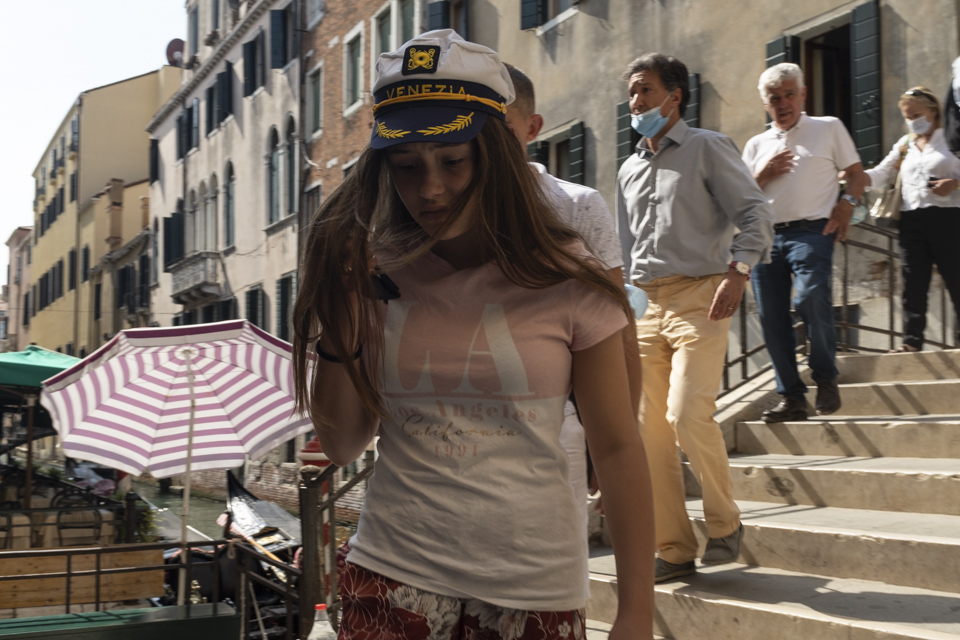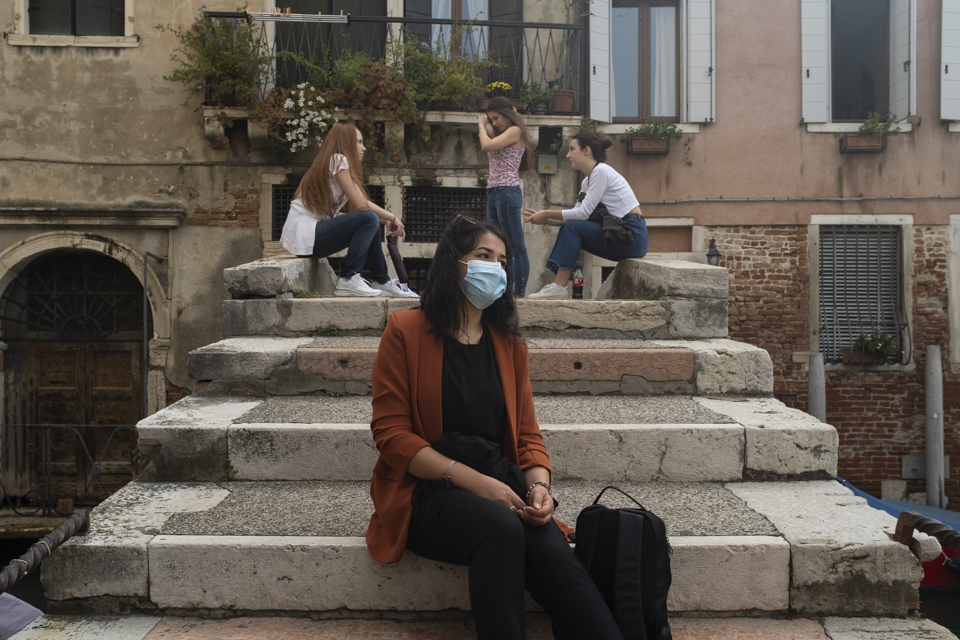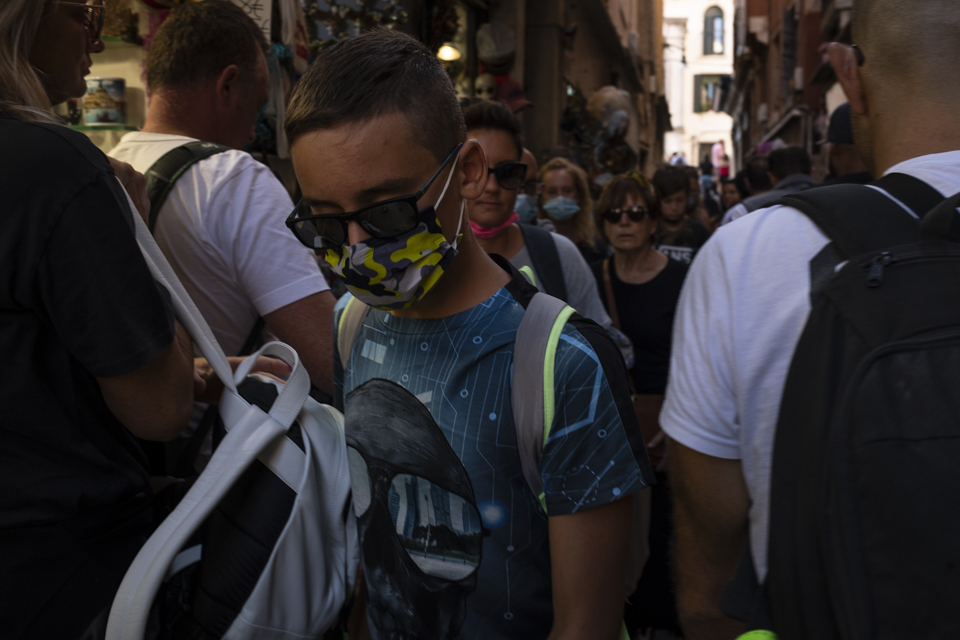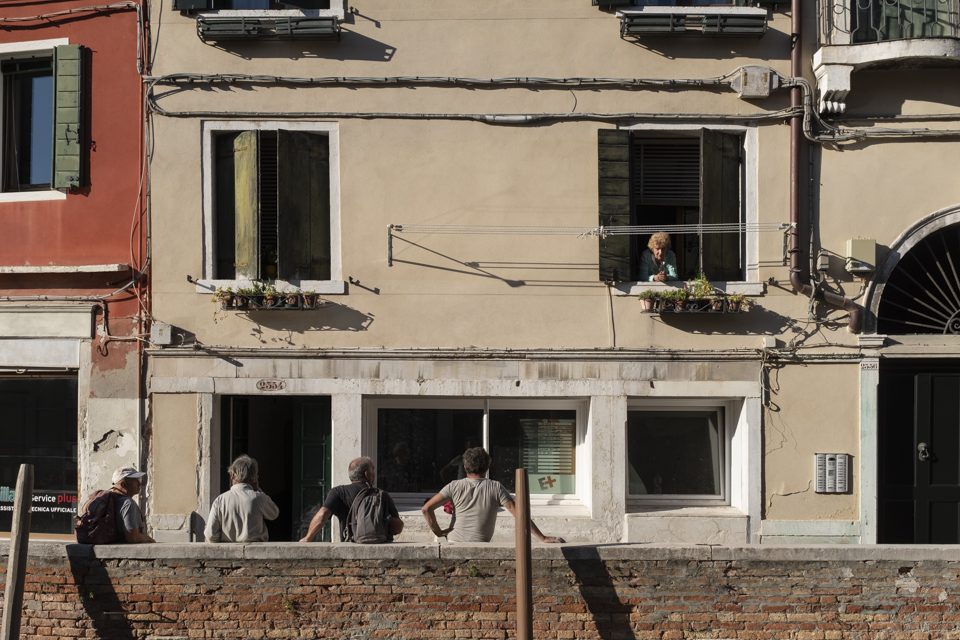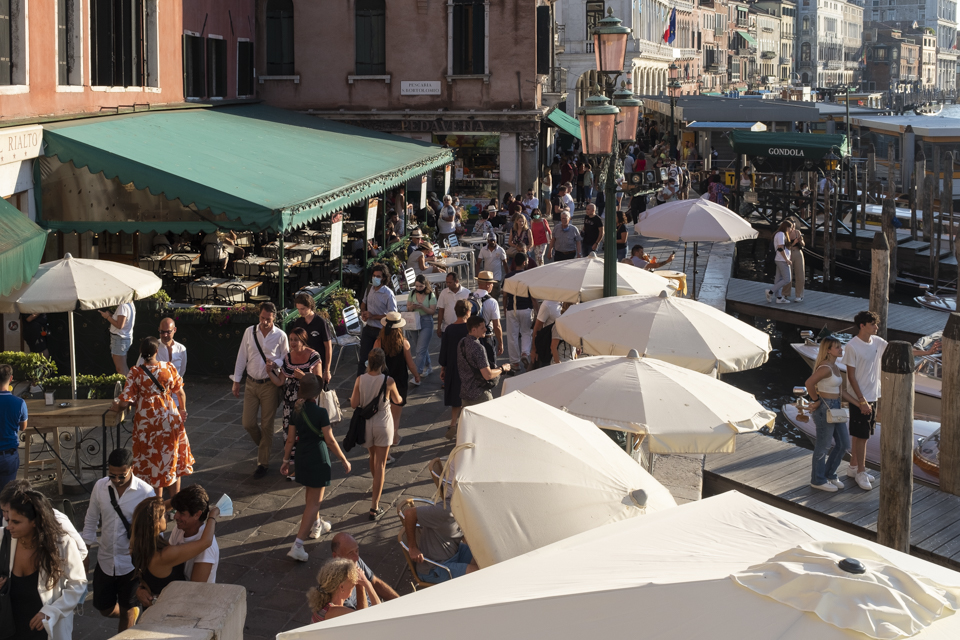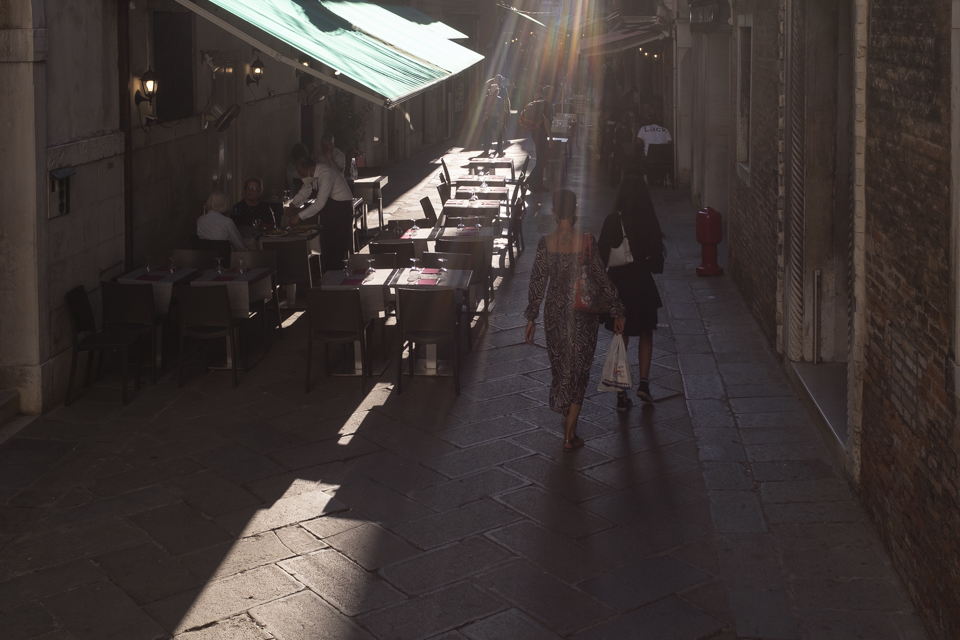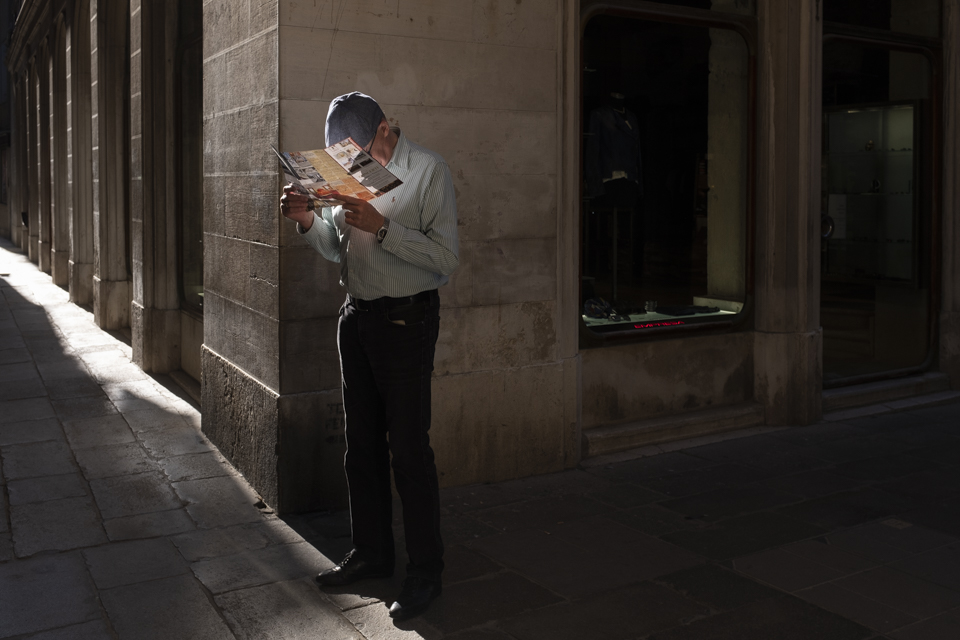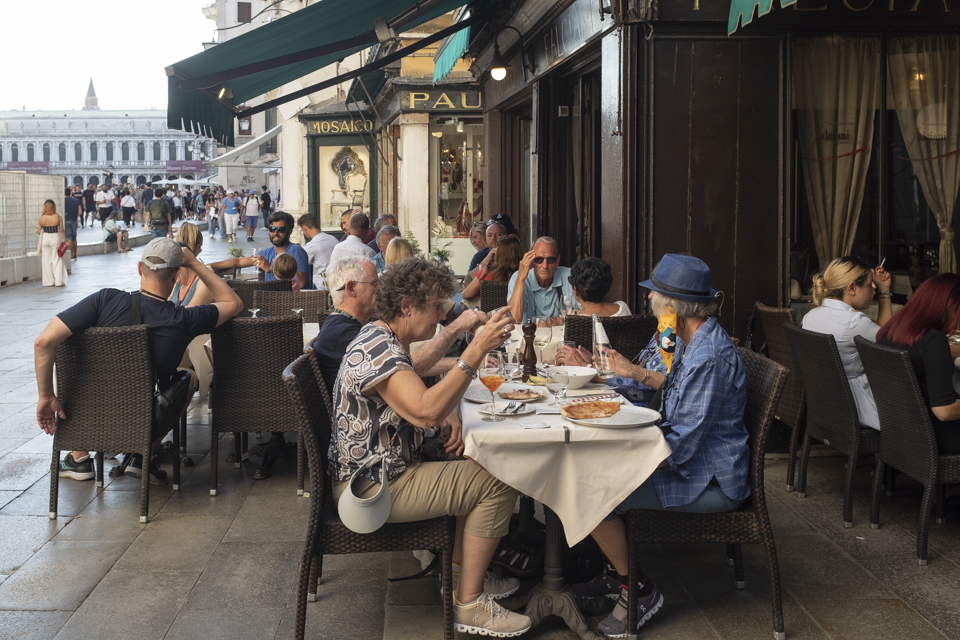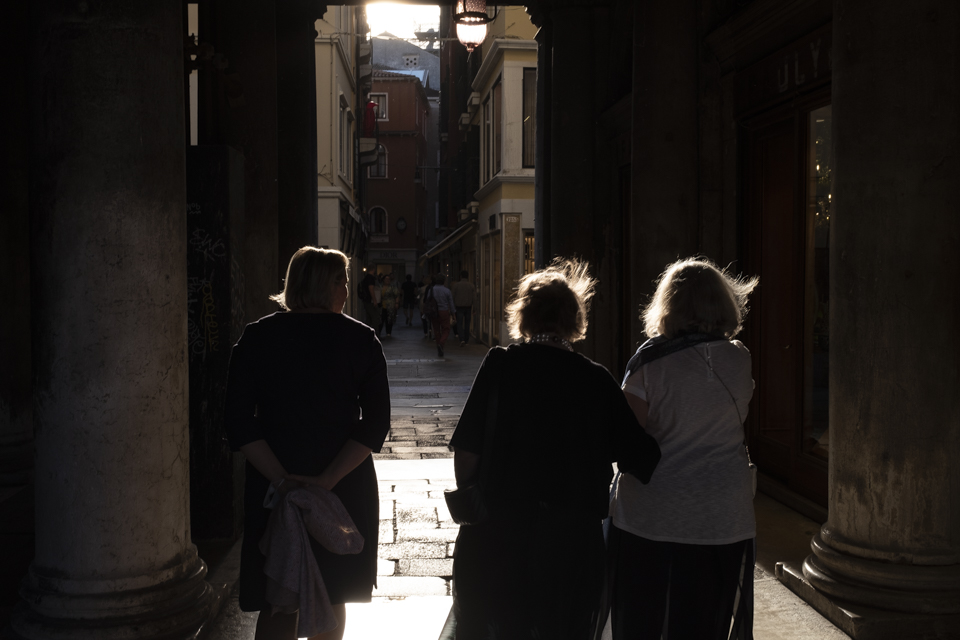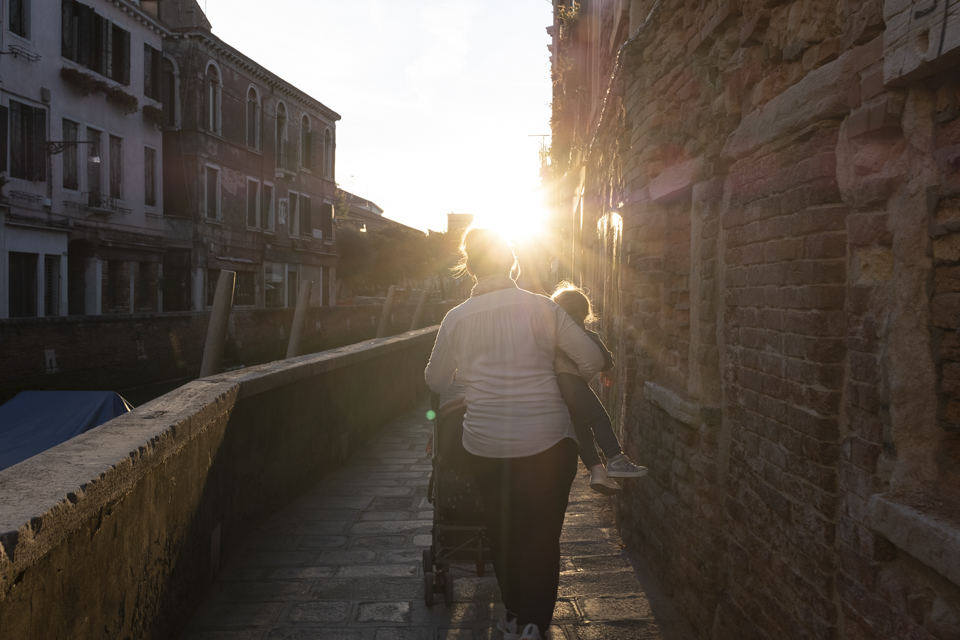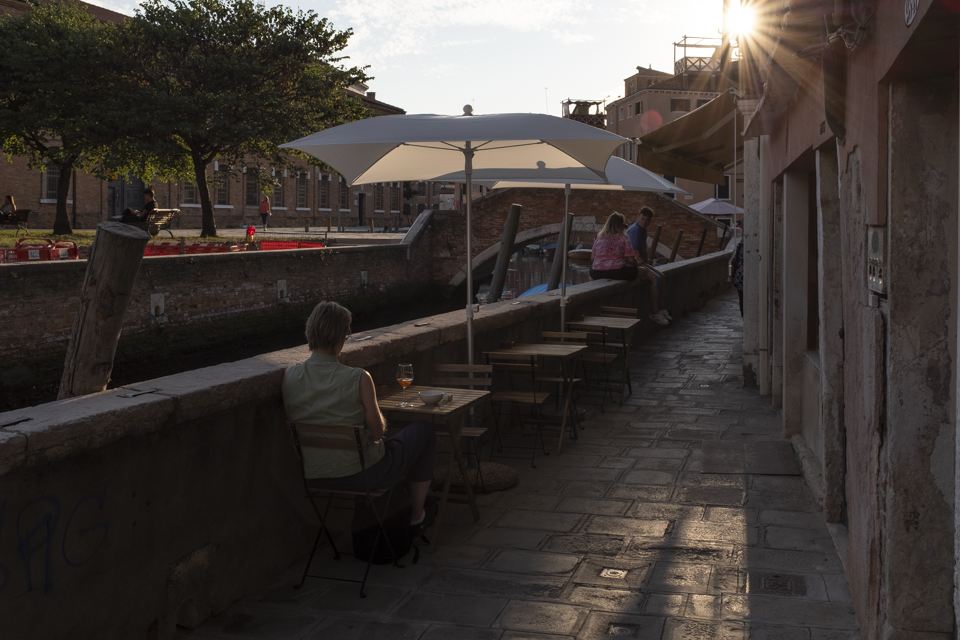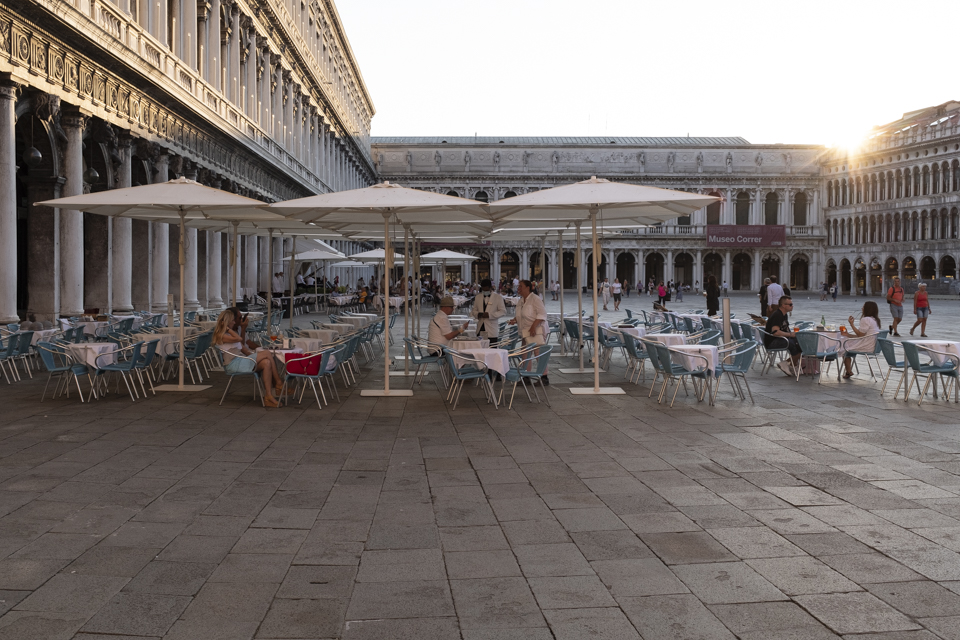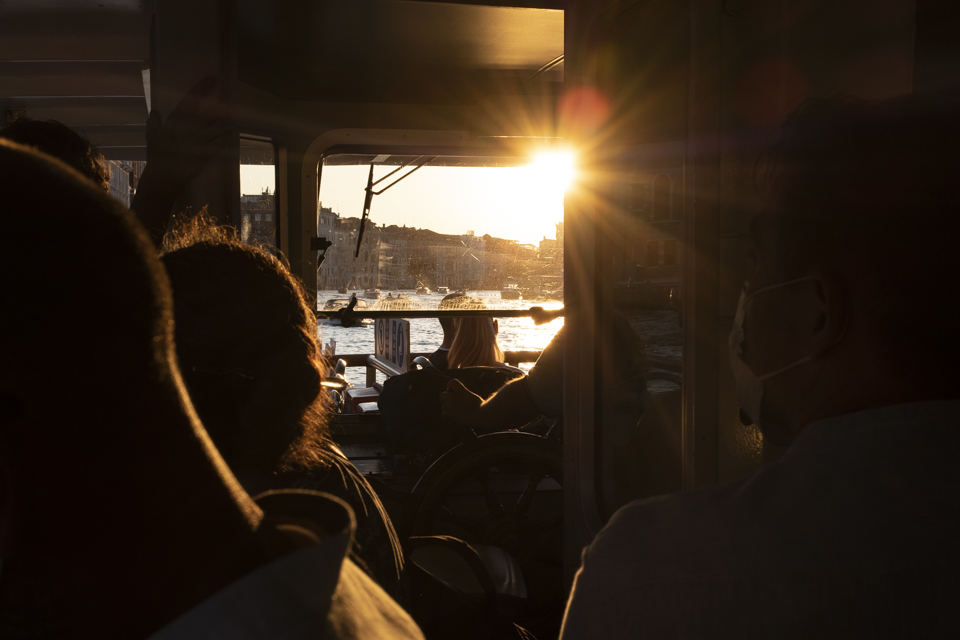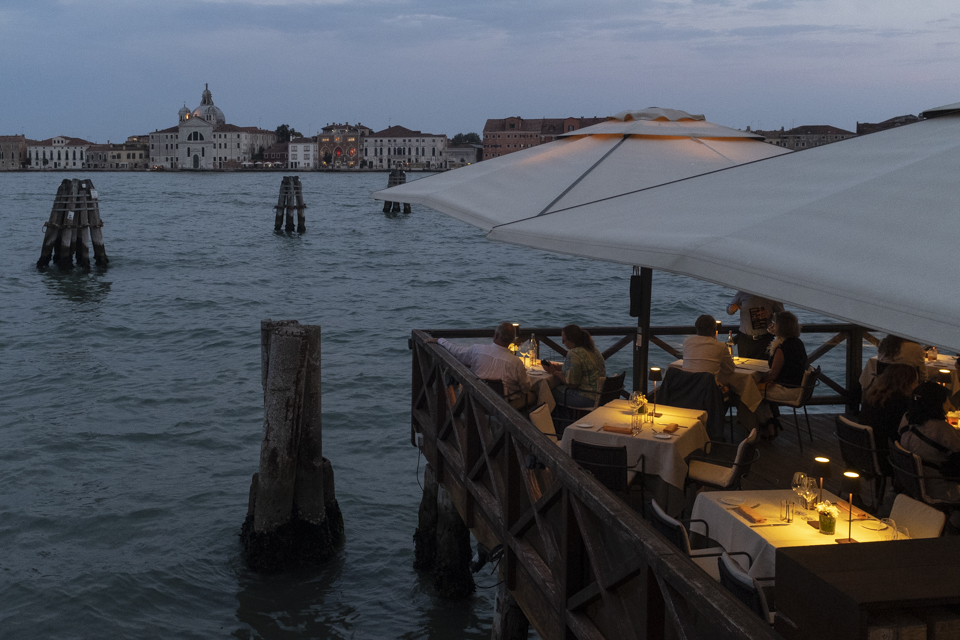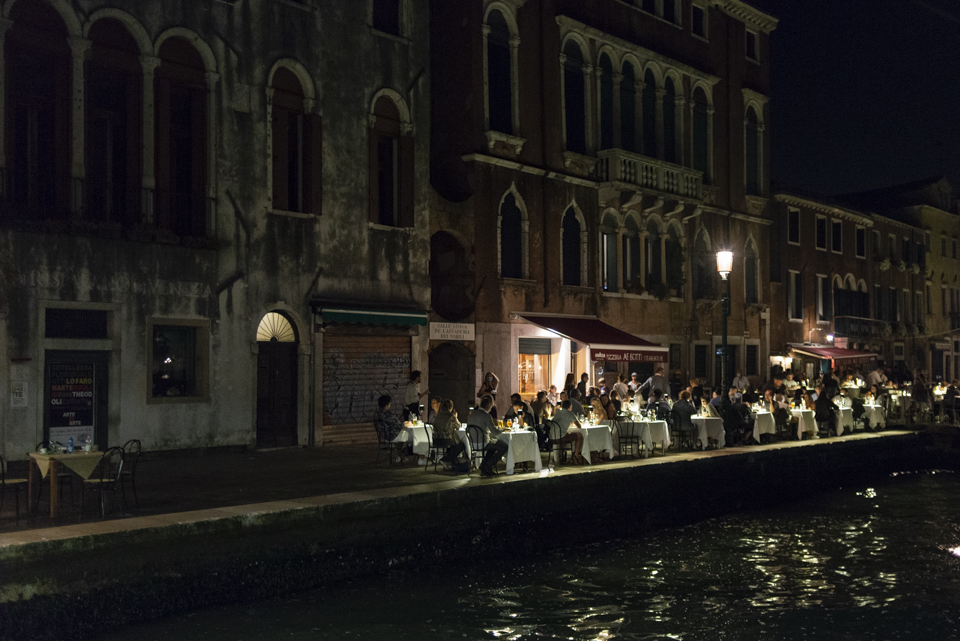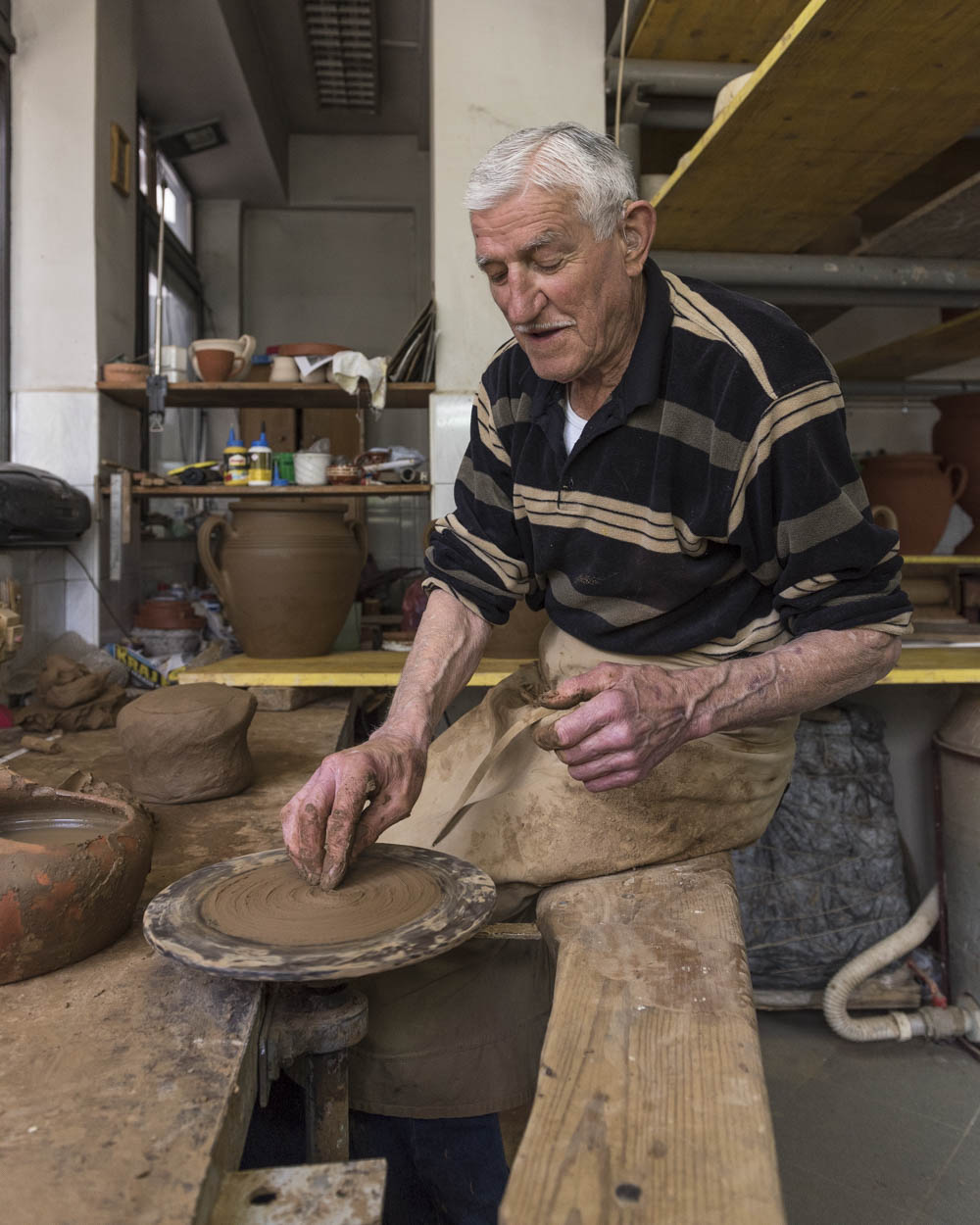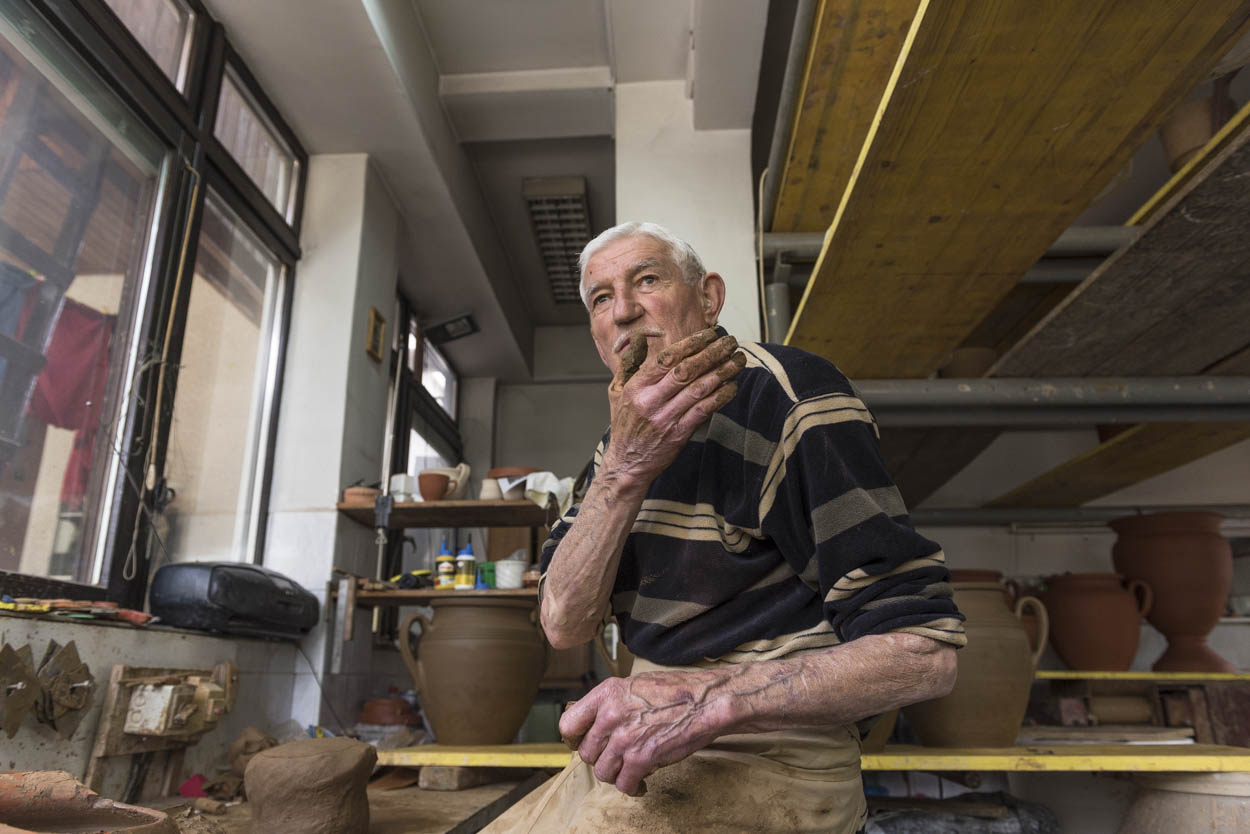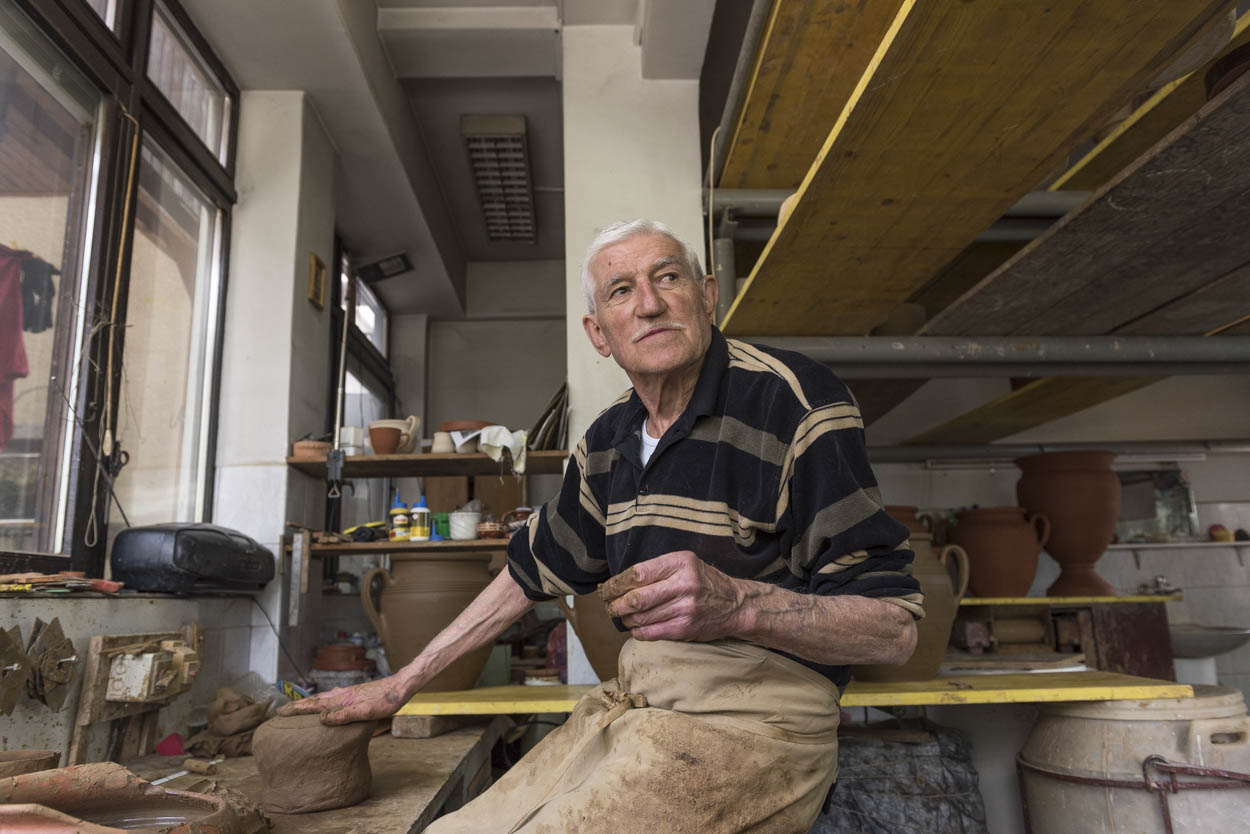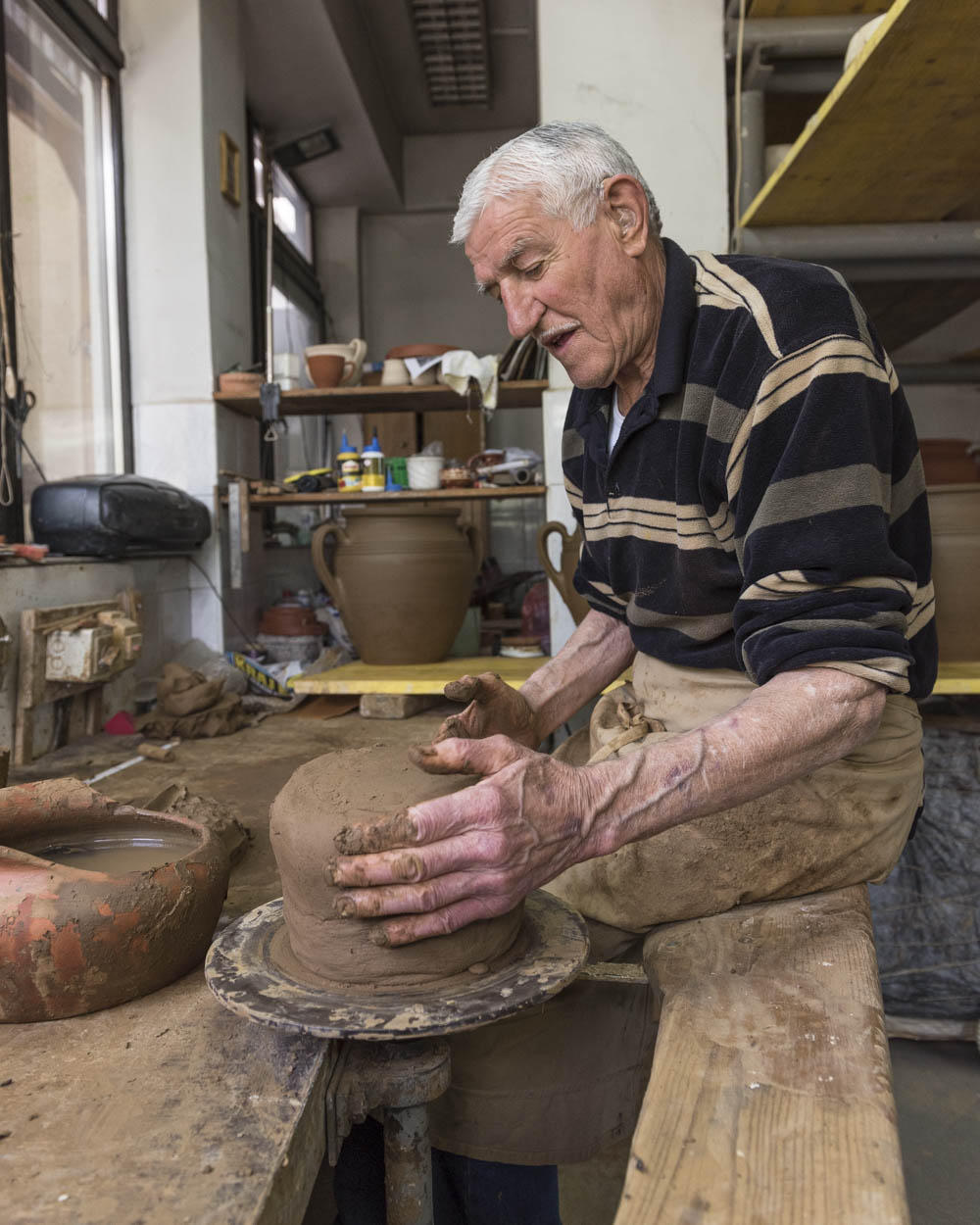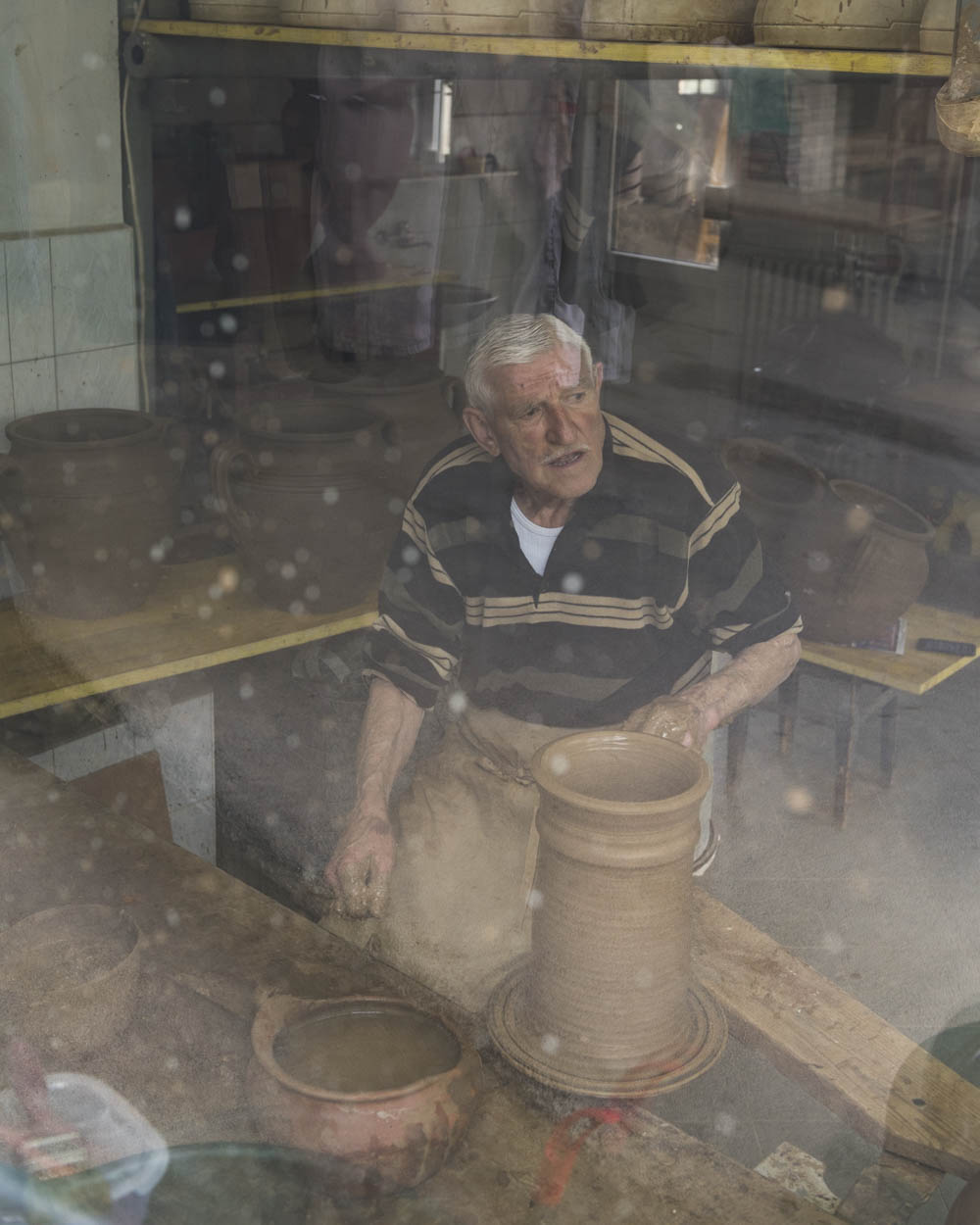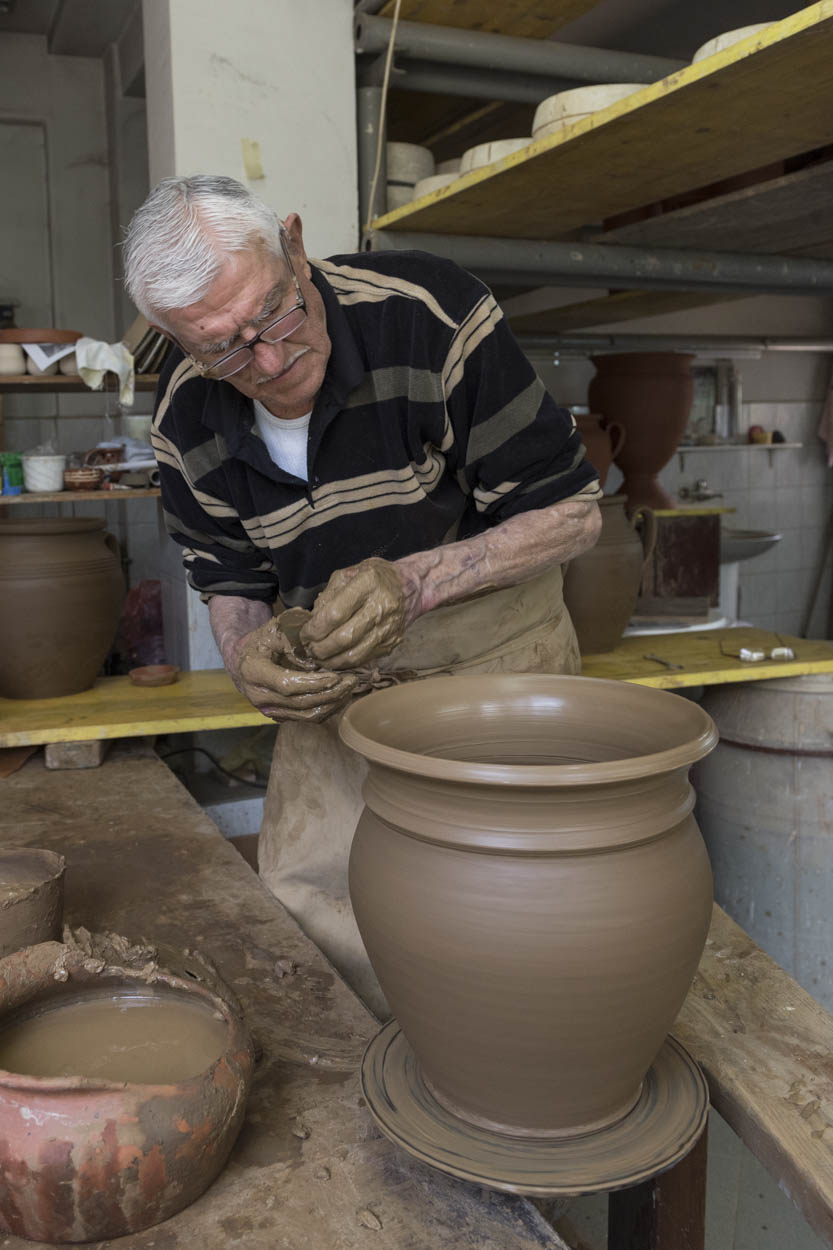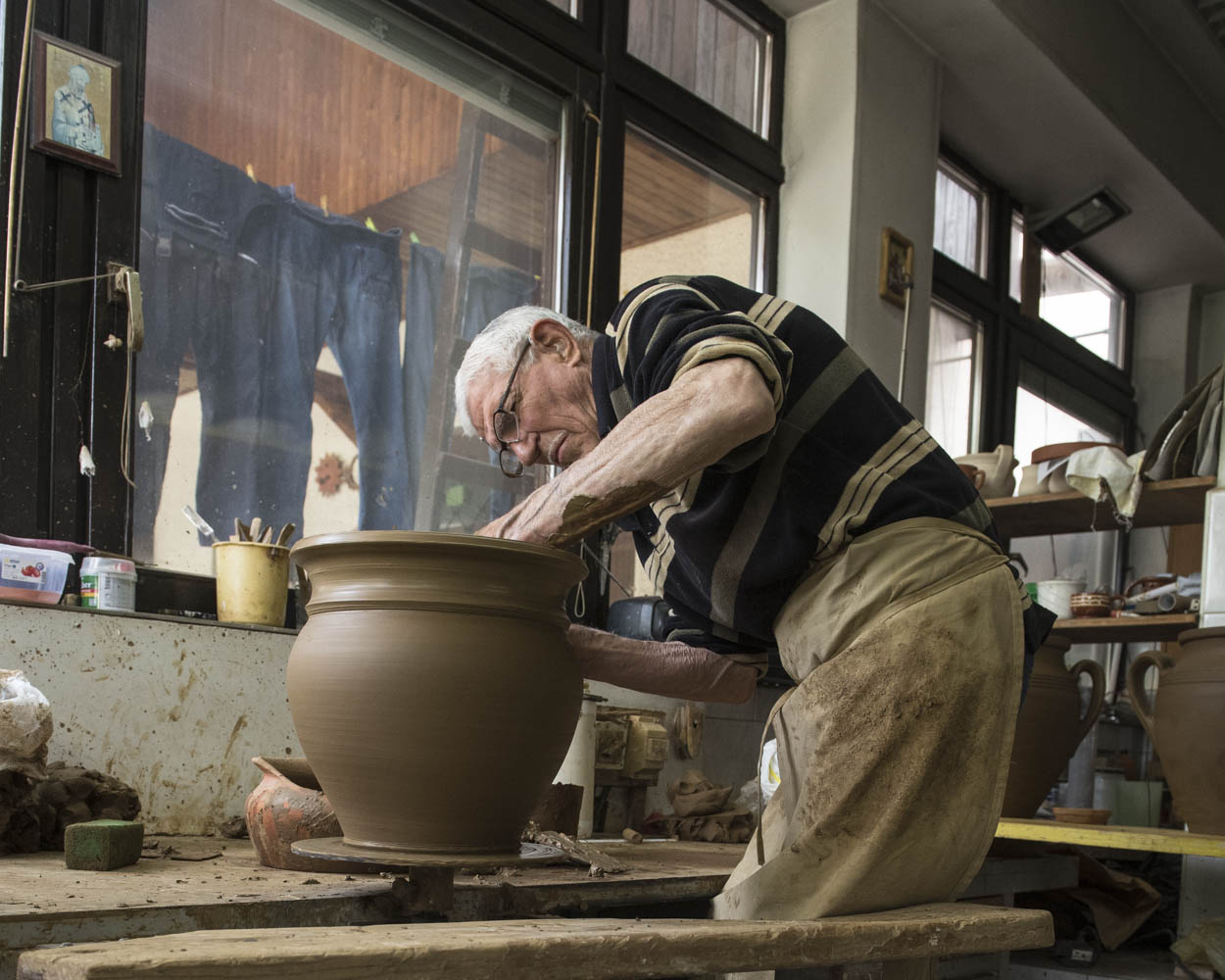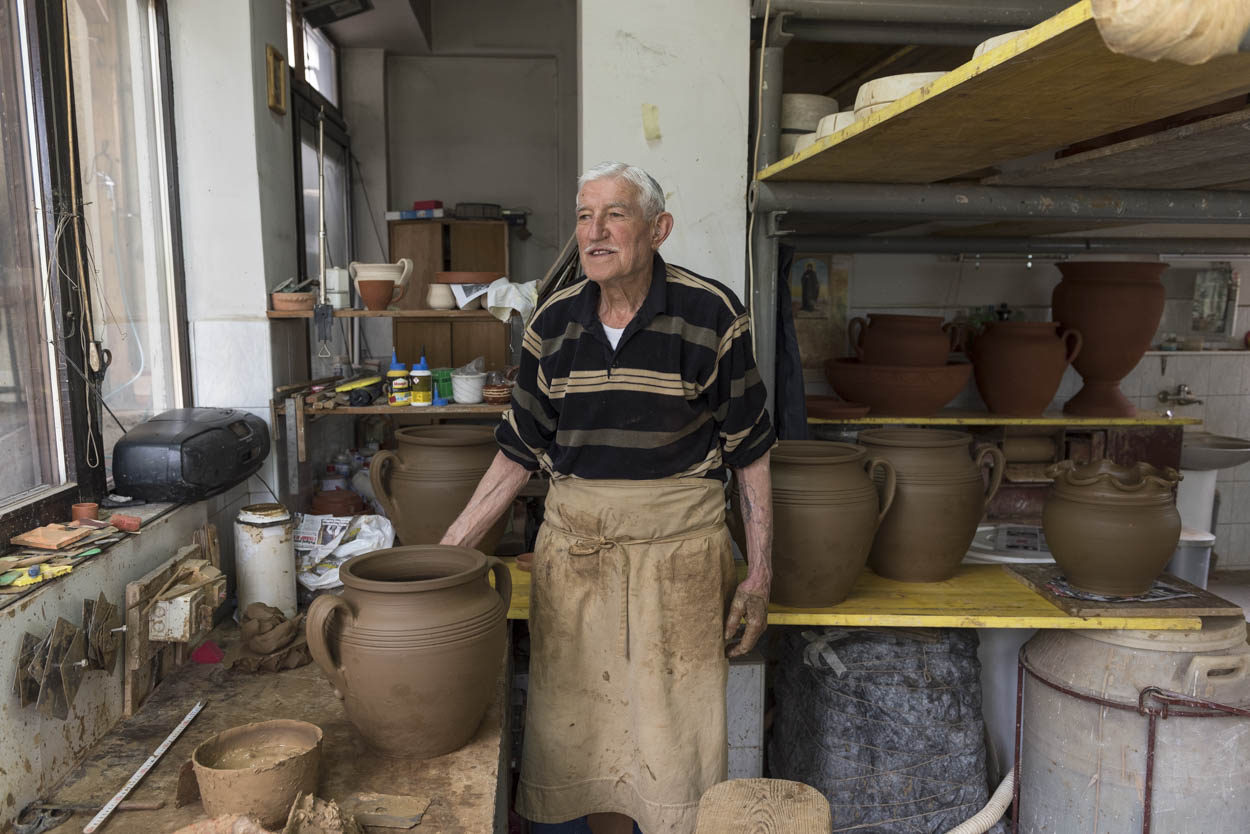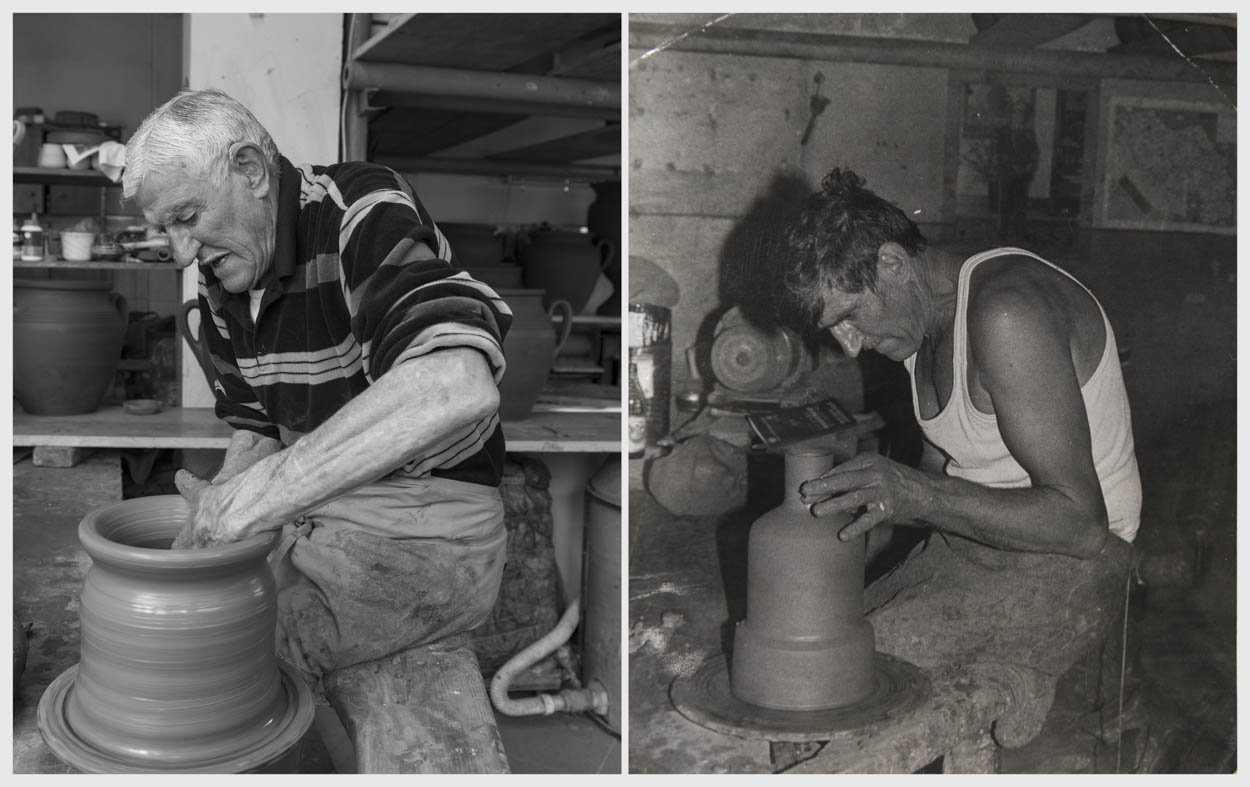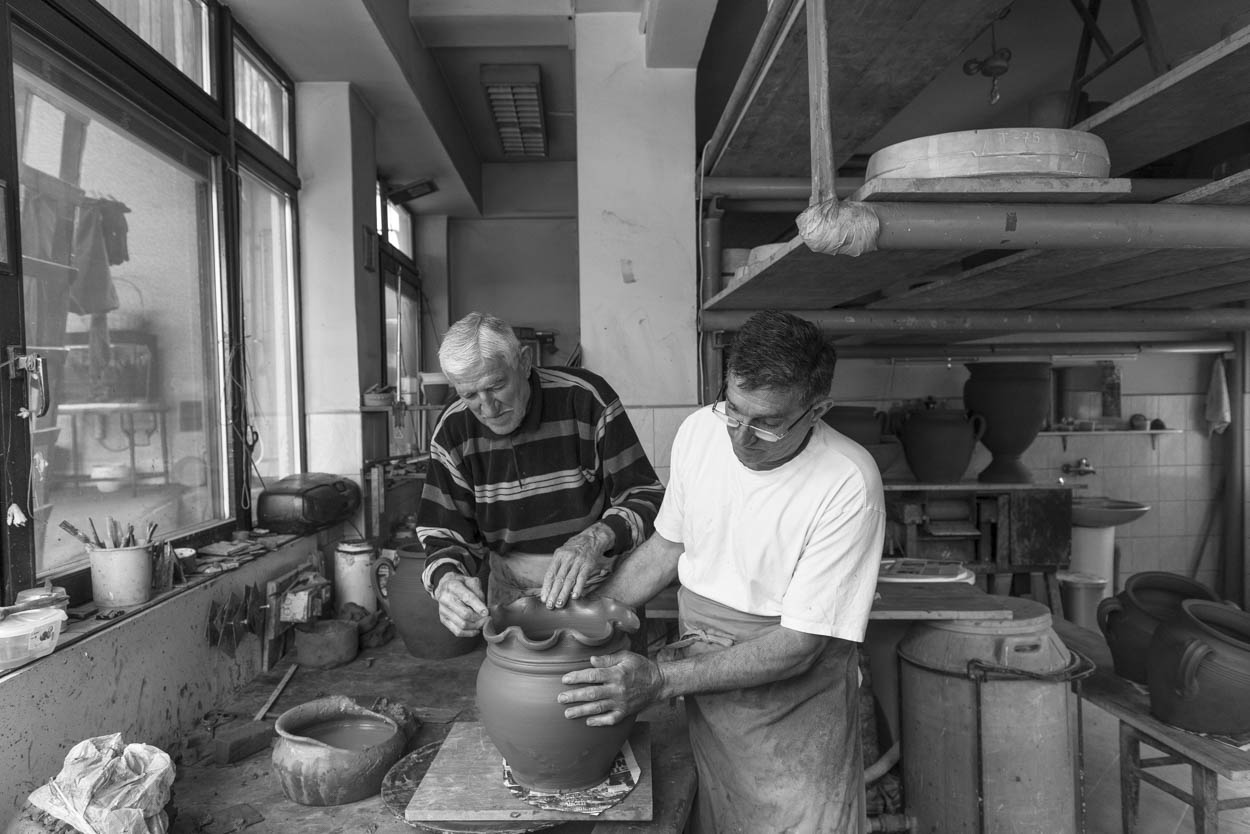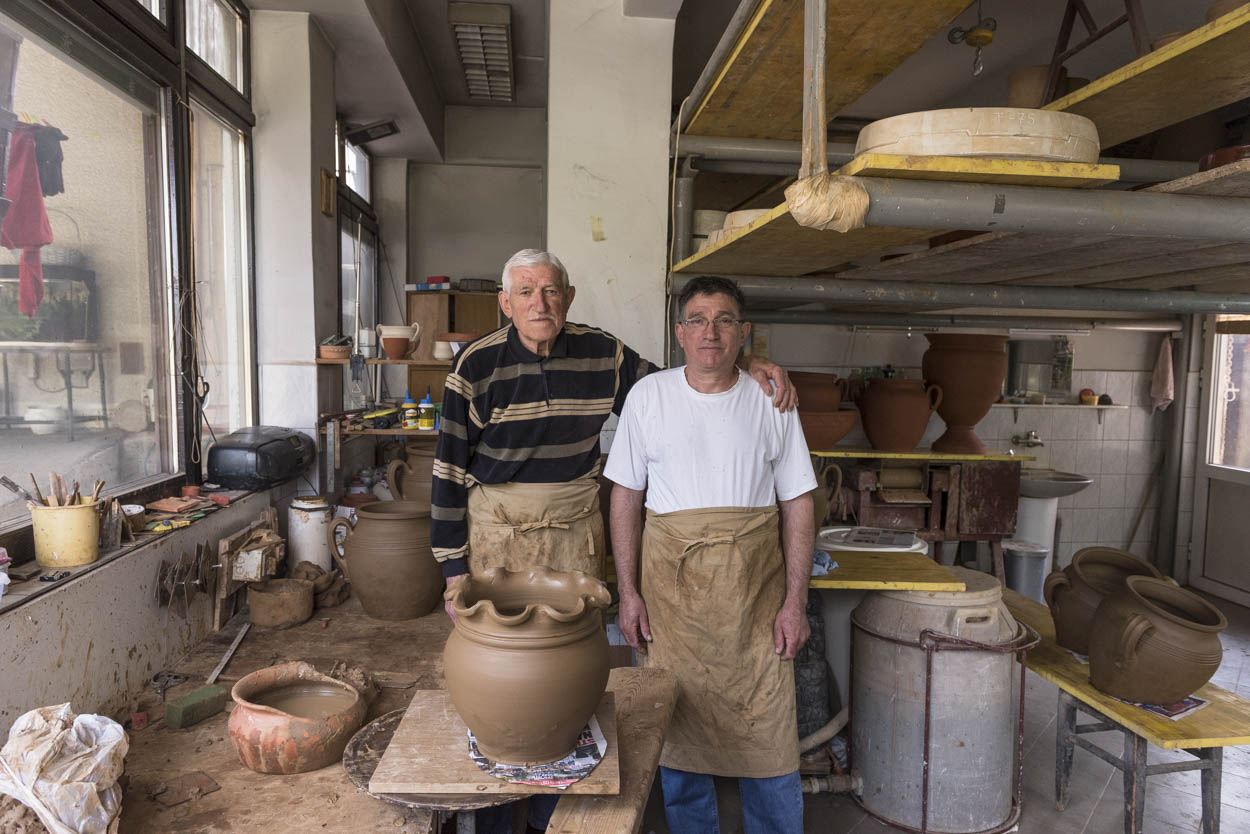-
Recent Posts
Archives
- August 2024
- November 2022
- September 2022
- May 2022
- October 2021
- September 2021
- August 2021
- October 2020
- September 2020
- August 2019
- July 2019
- October 2018
- August 2018
- February 2018
- October 2017
- August 2017
- June 2017
- May 2017
- March 2017
- October 2016
- August 2016
- January 2016
- September 2015
- August 2015
- June 2015
- April 2015
- January 2015
- September 2014
- August 2014
- May 2014
- October 2013
Categories
Category Archives: Travel Photography
THE NOTTING HILL CARNIVAL 2024
Also posted in Carnival, Culture, Documentary, Editorial, London, People, The Notting Hill Carnival
Tagged Batala, Caribbean culture, Carnival, culture, London, Notting Hill Carnival, Notting Hill Carnival 2024, people, street party, Travel photography
|
THE NOTTING HILL CARNIVAL 2022
Having been cancelled for two years due to the covid rules, the biggest street party in Europe was back in August 2022 bringing millions of people back to the streets of London…
Also posted in Carnival, Culture, Documentary, Editorial, Europe, Event, London, The Notting Hill Carnival, Traditions
Tagged Batala, Batala London, Carnival, celebration, costumes, culture, drummers, Event, Notting Hill, Notting Hill Carnival, people, samba
|
Venice, September 2021
Also posted in Documentary, Editorial, Italy, People, Venice
Tagged Documentary, editorial, Italia, Italy, people, Travel photography, Venezia, Venice
|
Venice, September 2020
Venice without mass tourism.
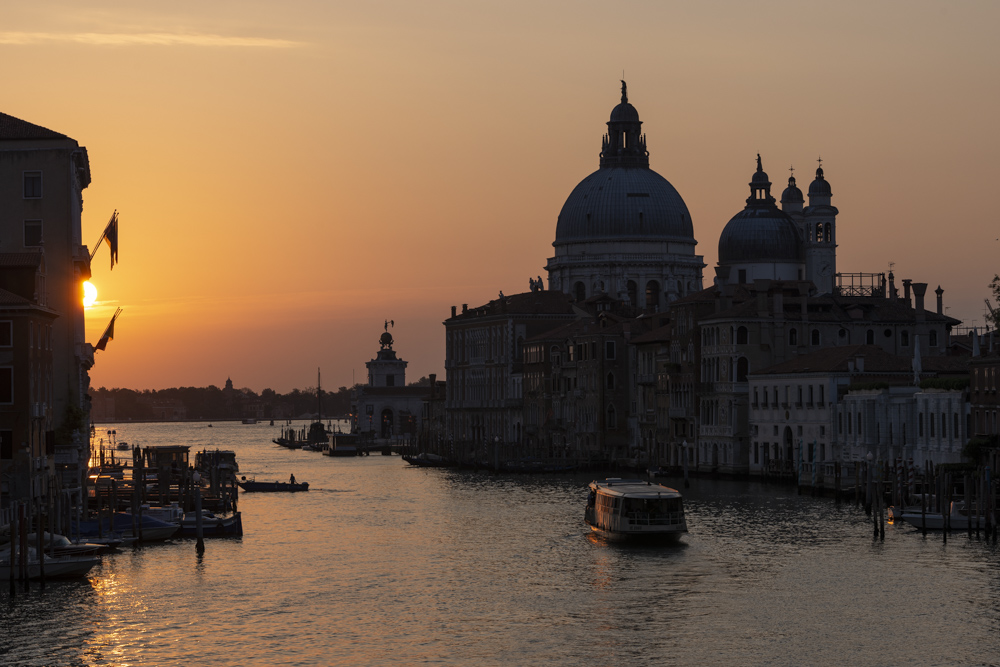
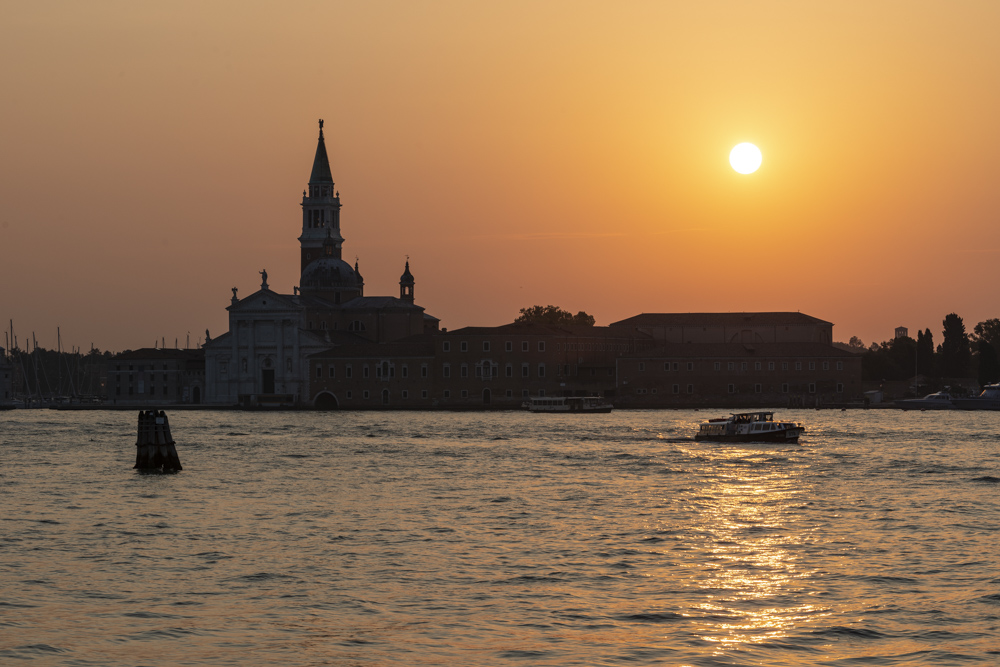
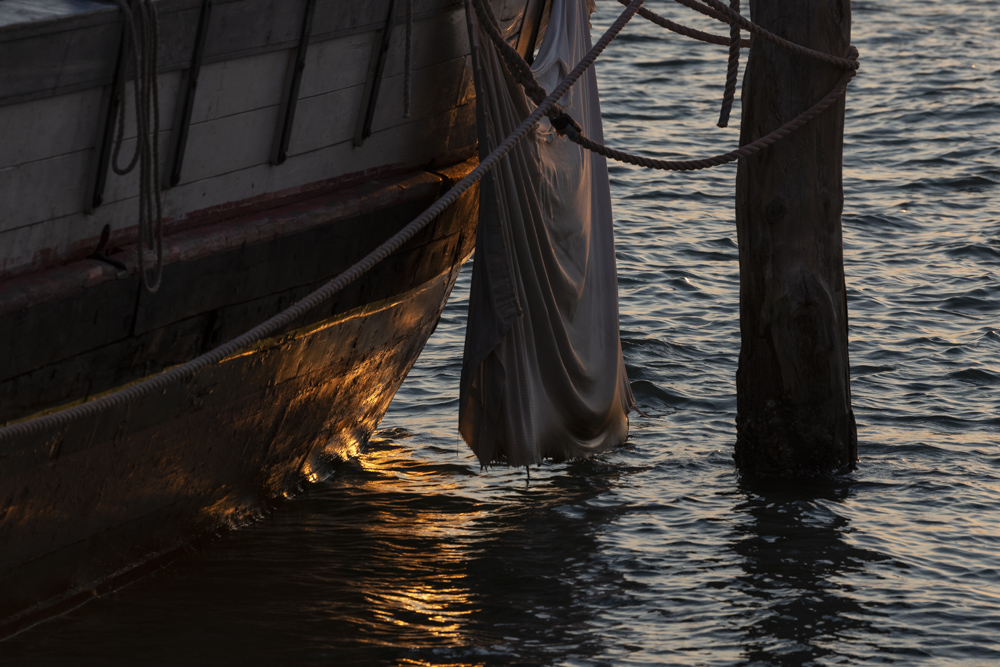
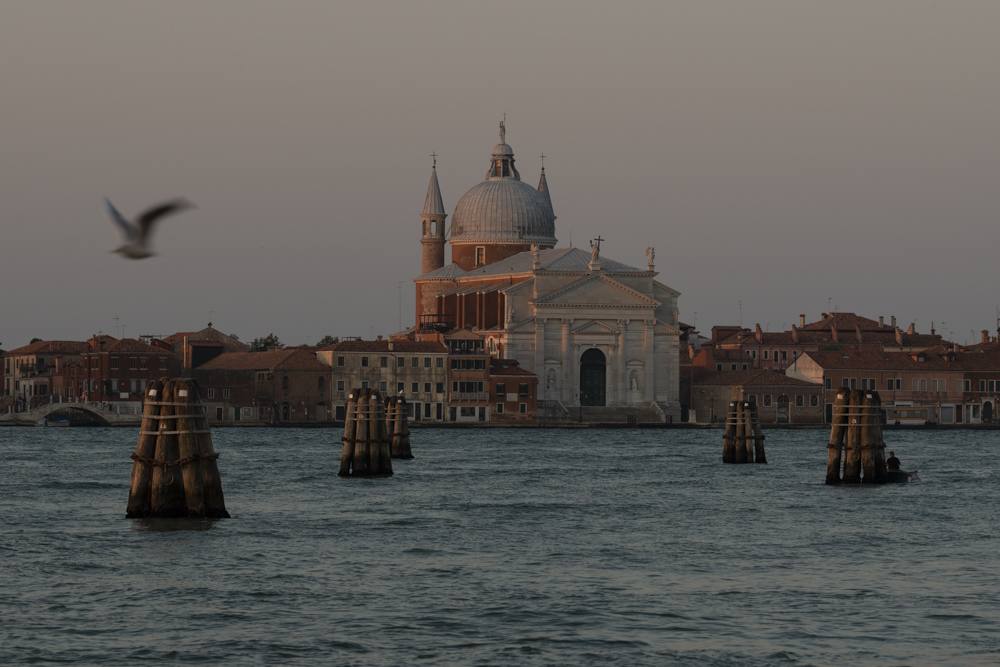
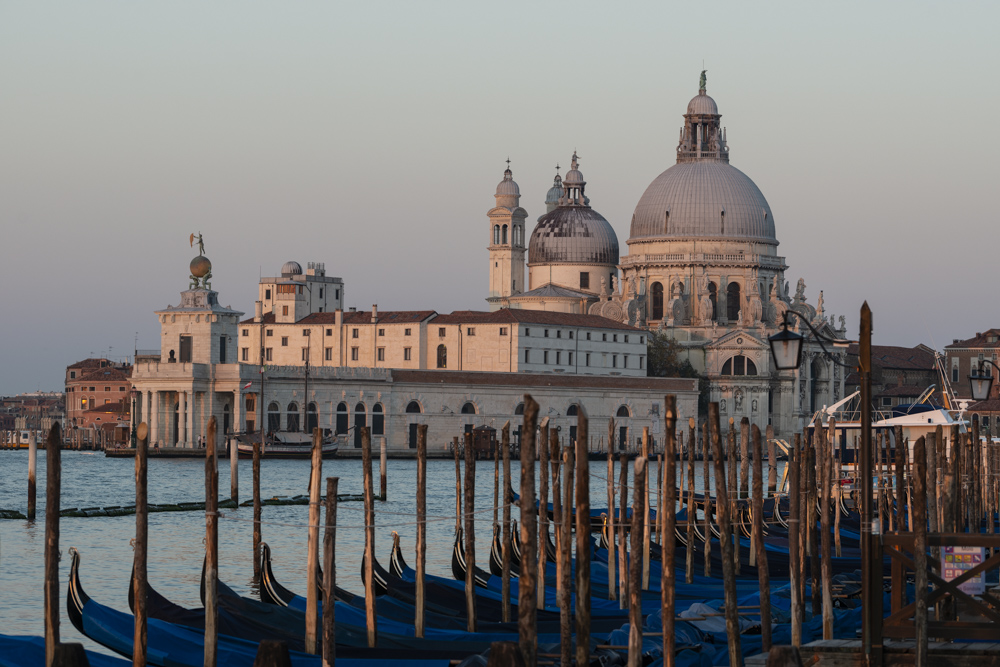
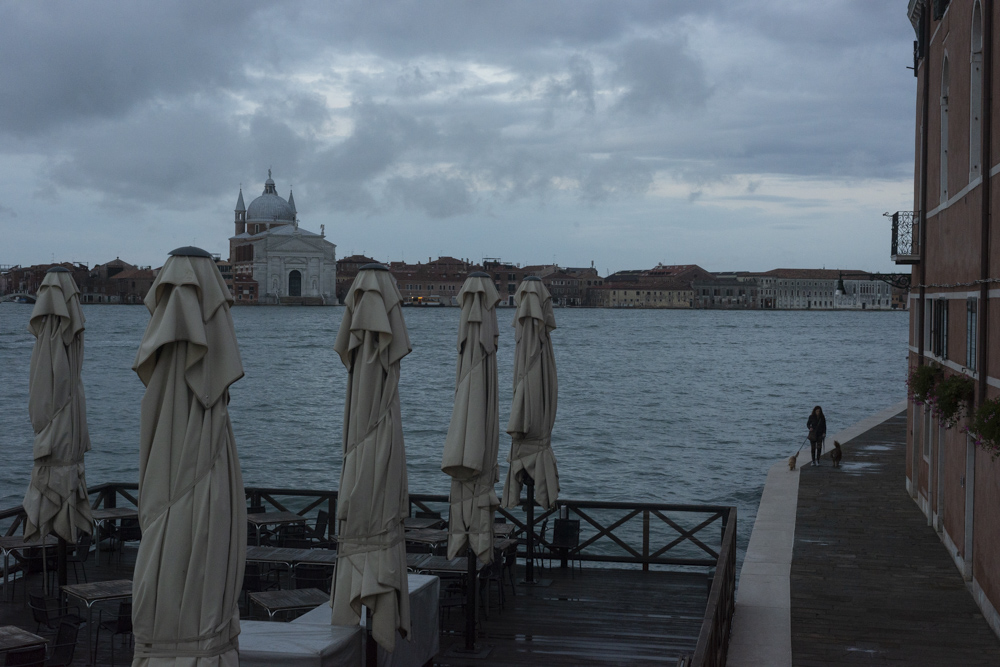
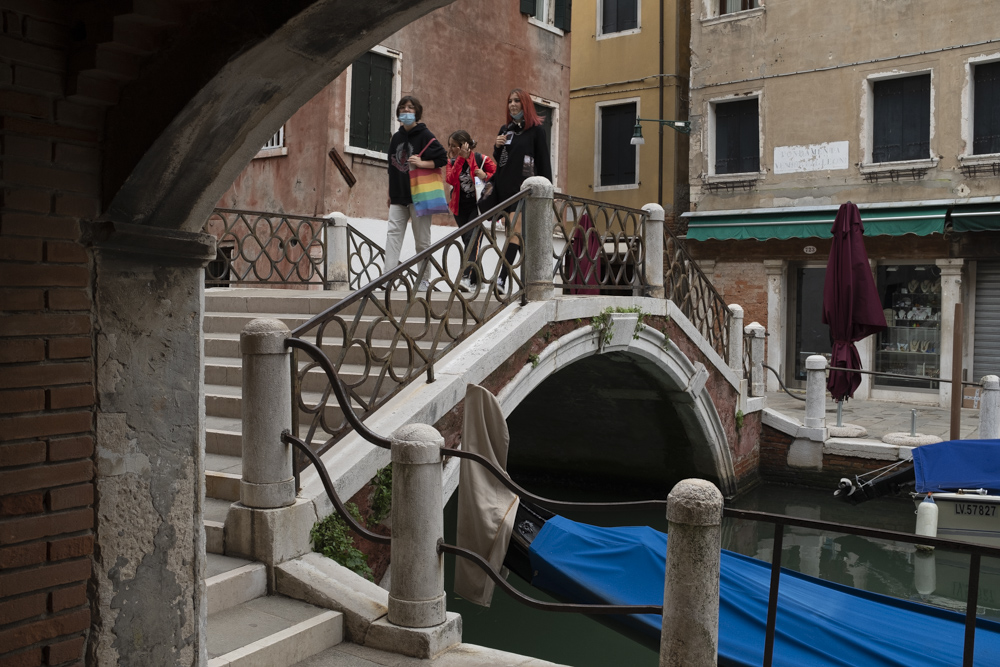
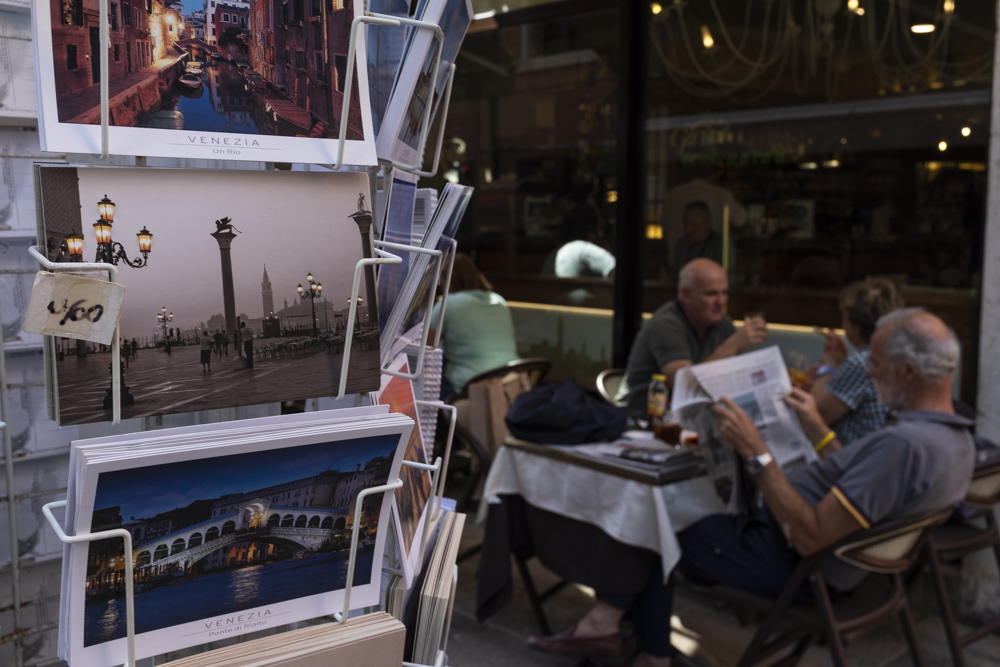
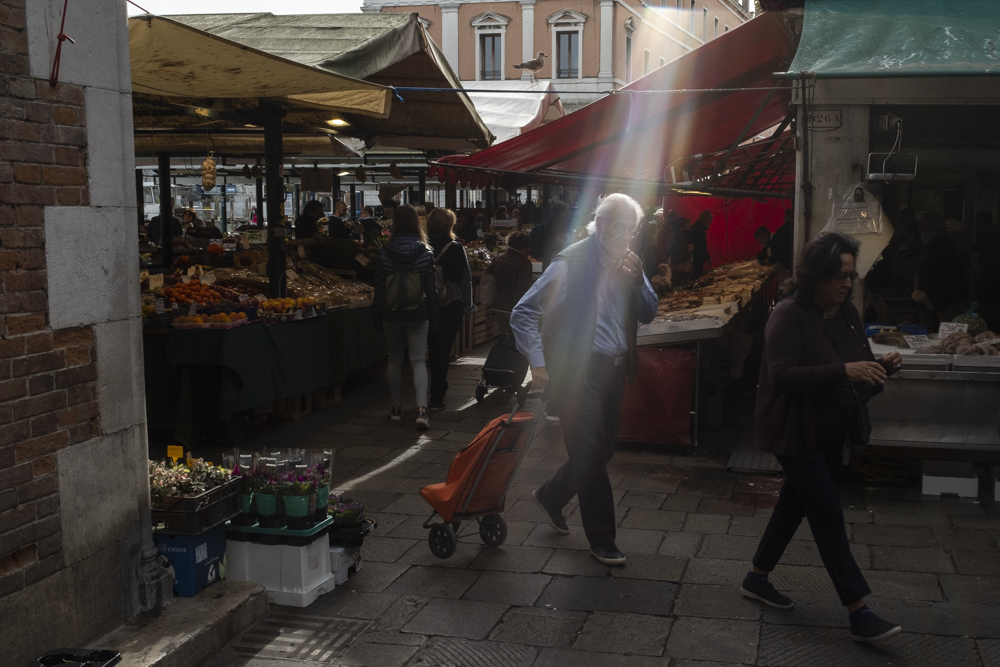
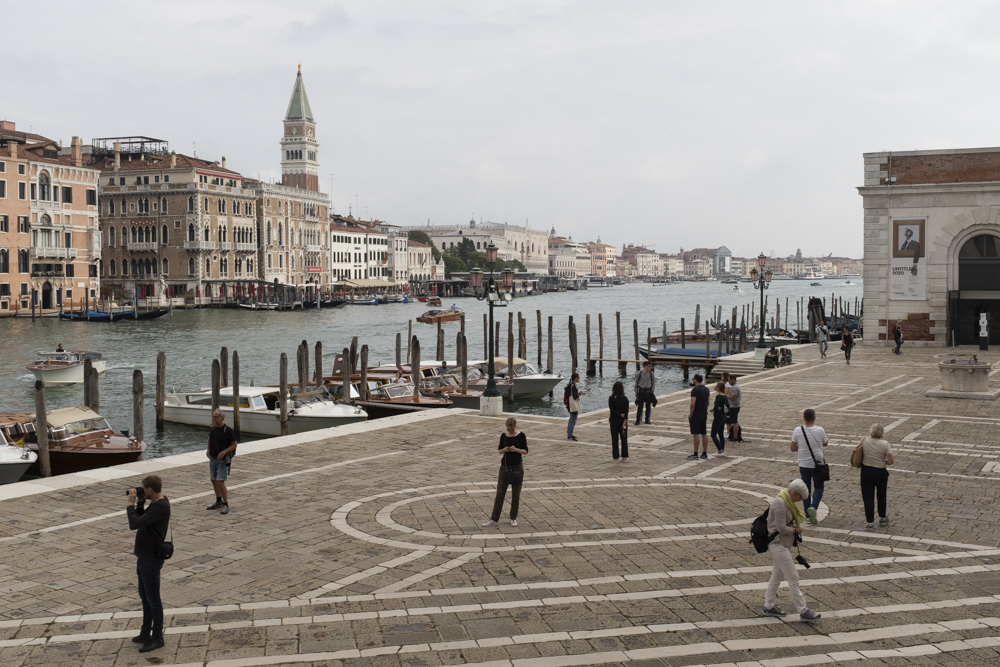
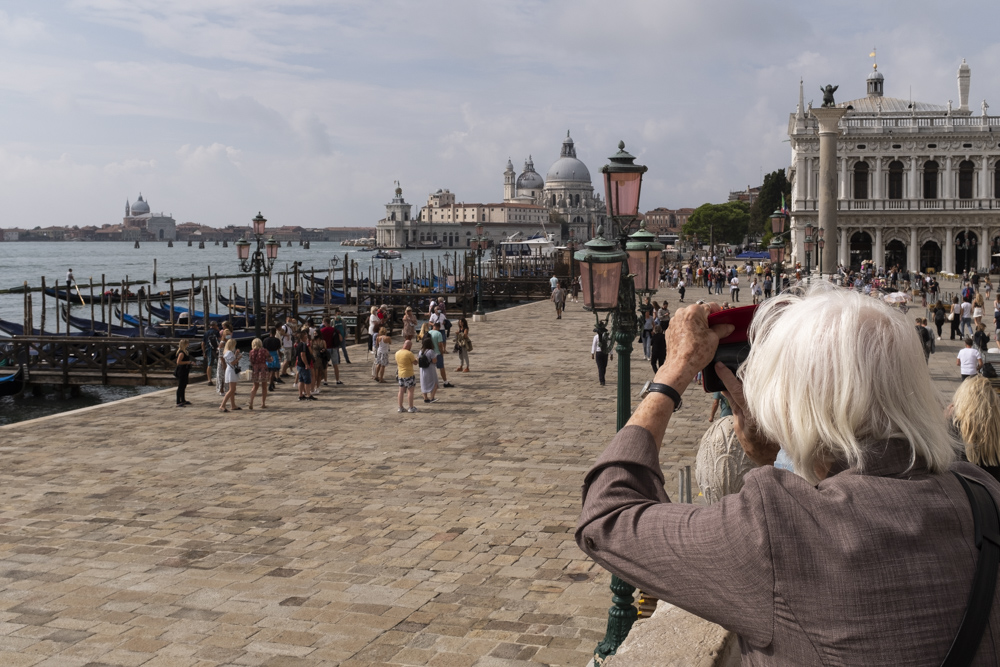
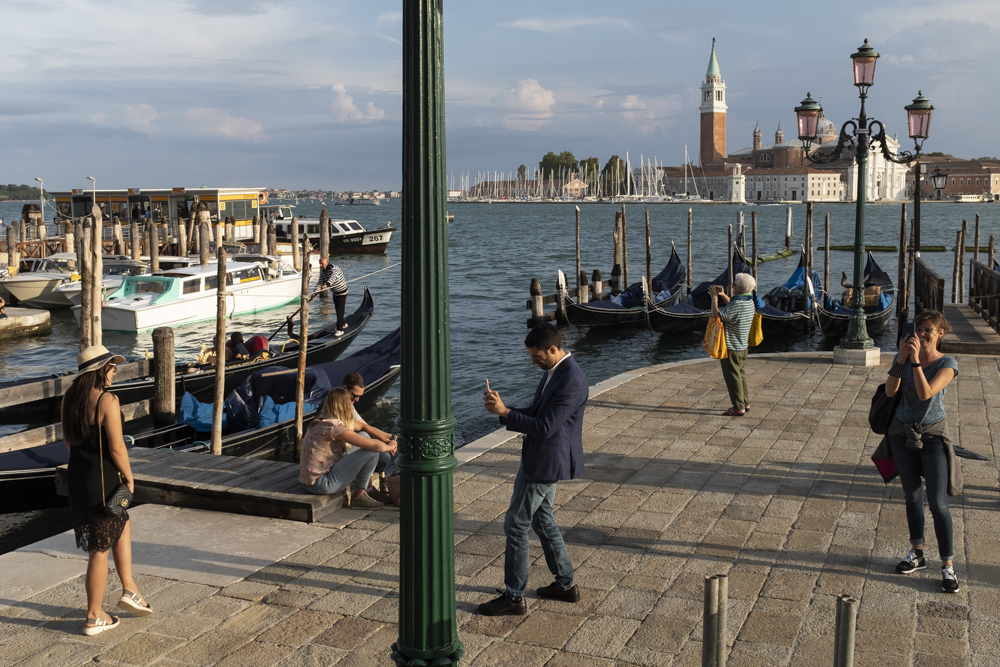
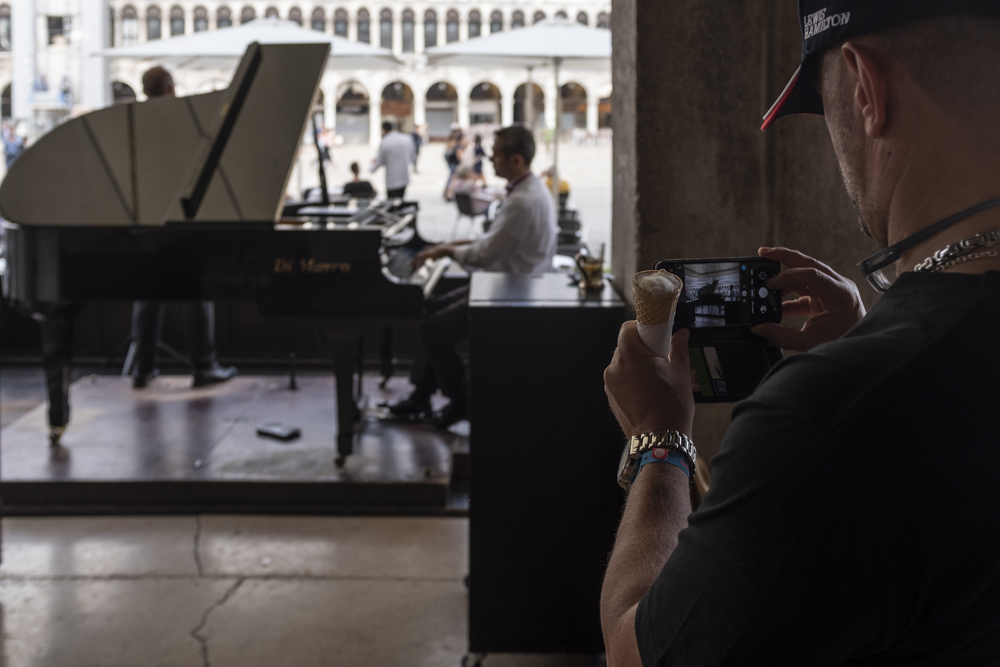
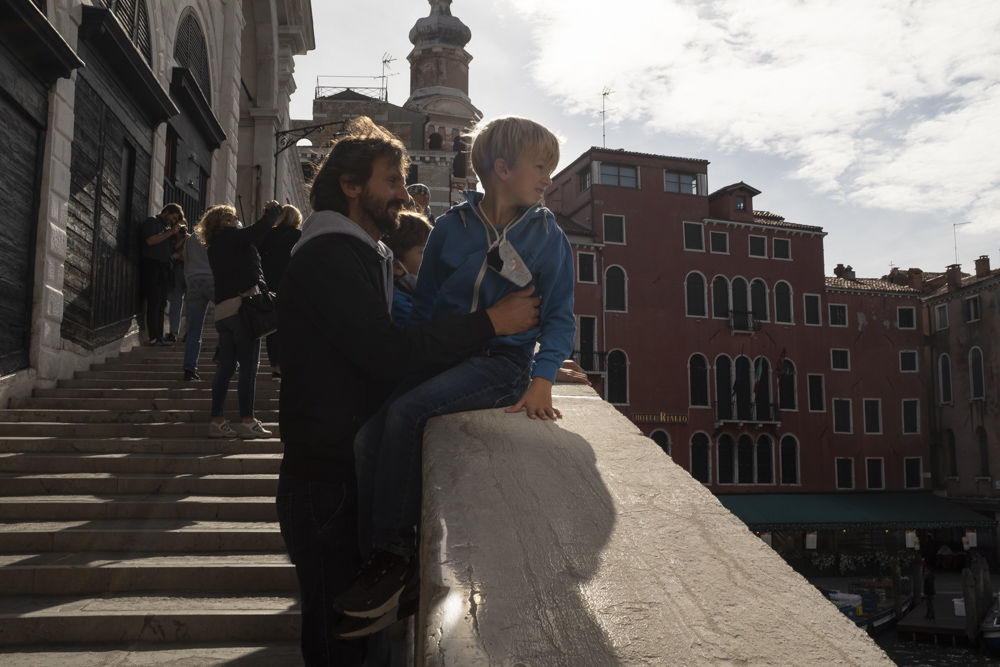
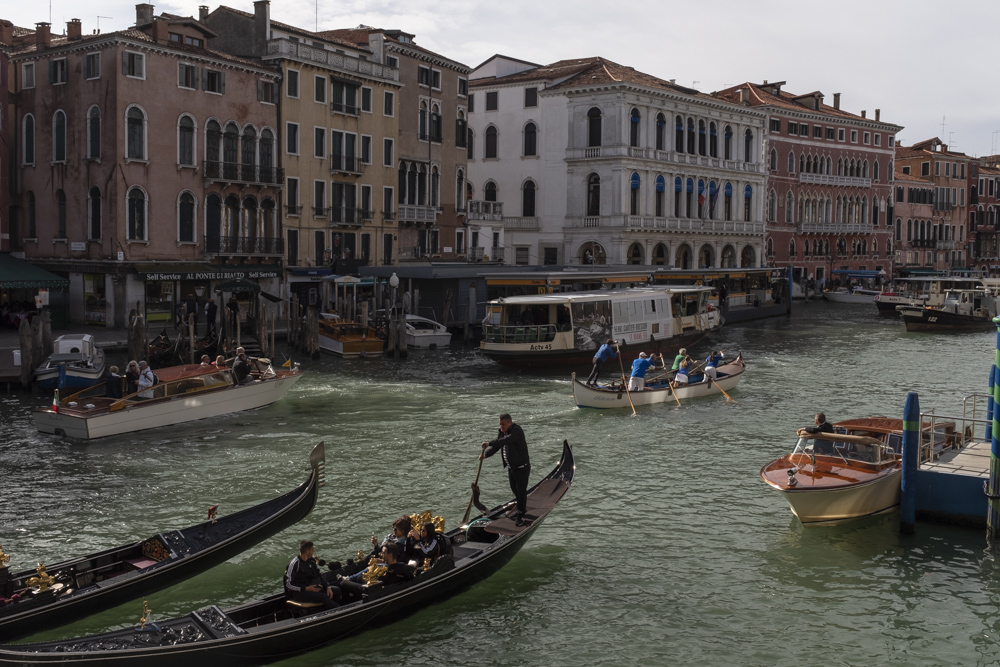
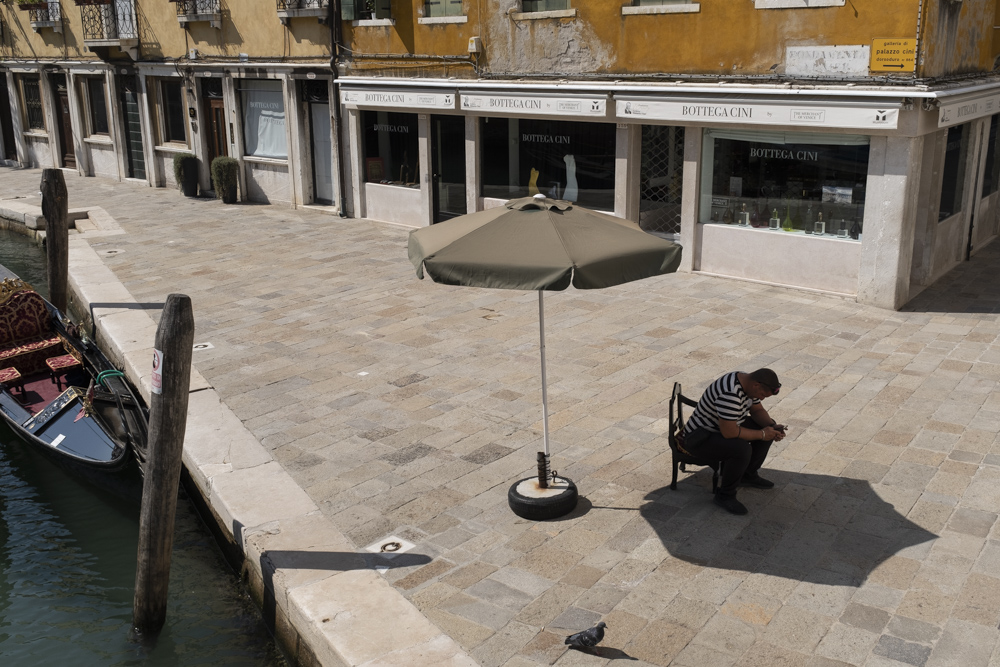
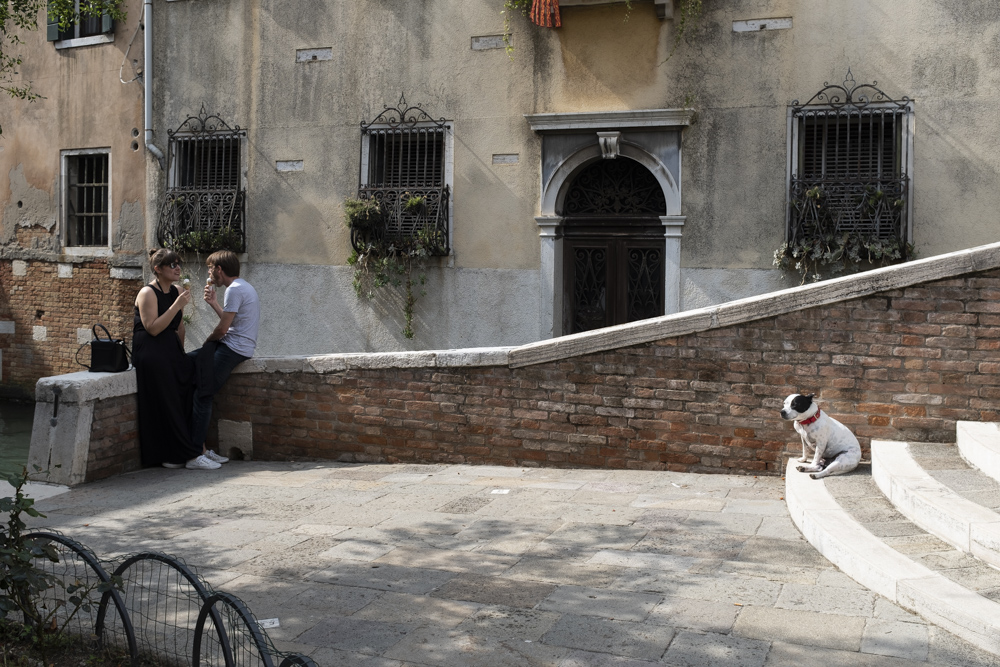
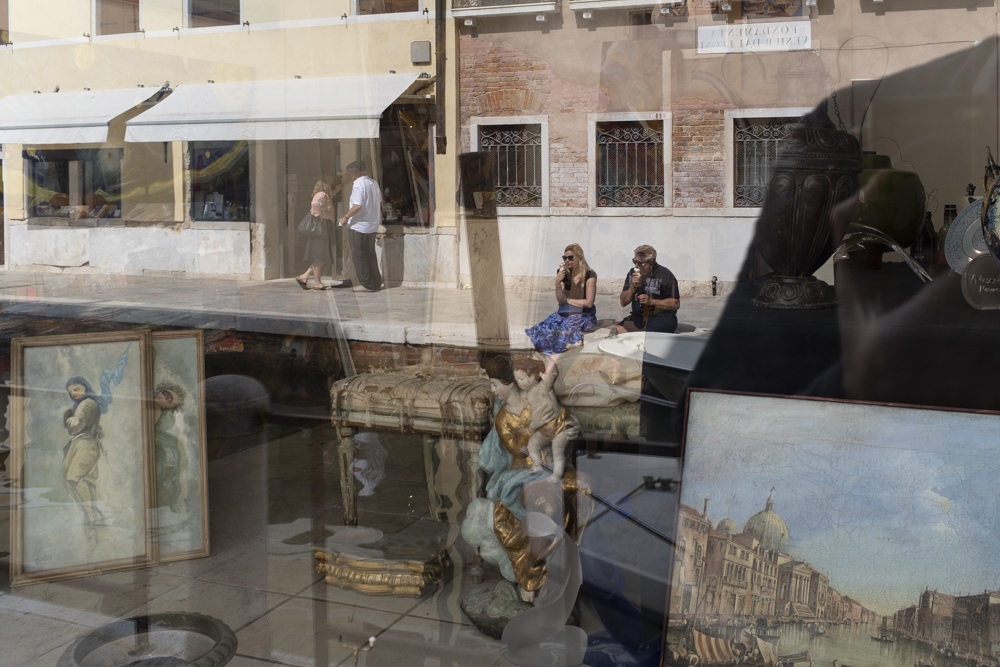
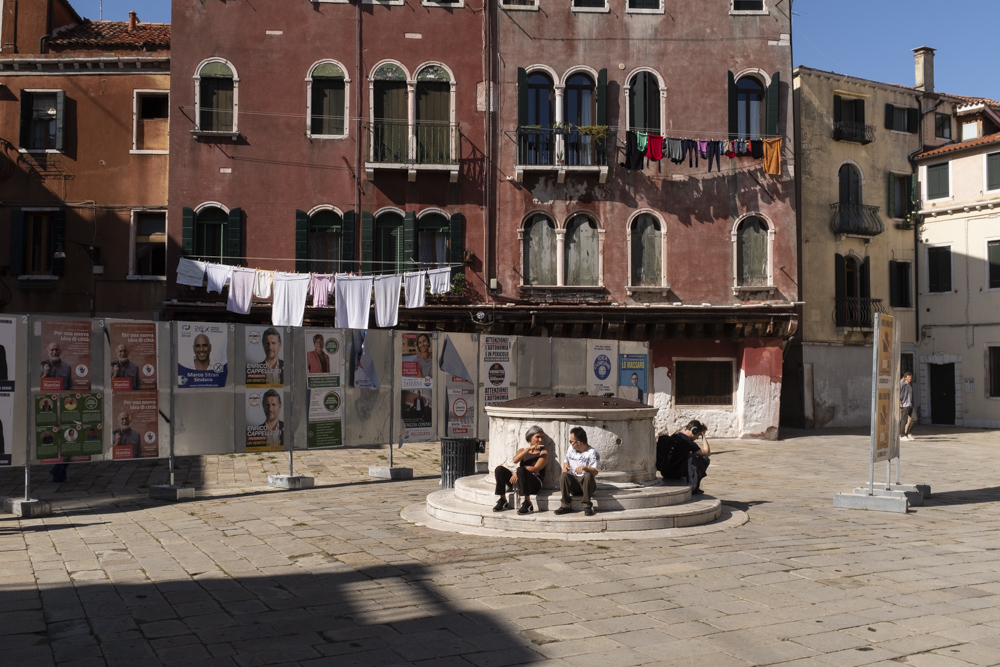
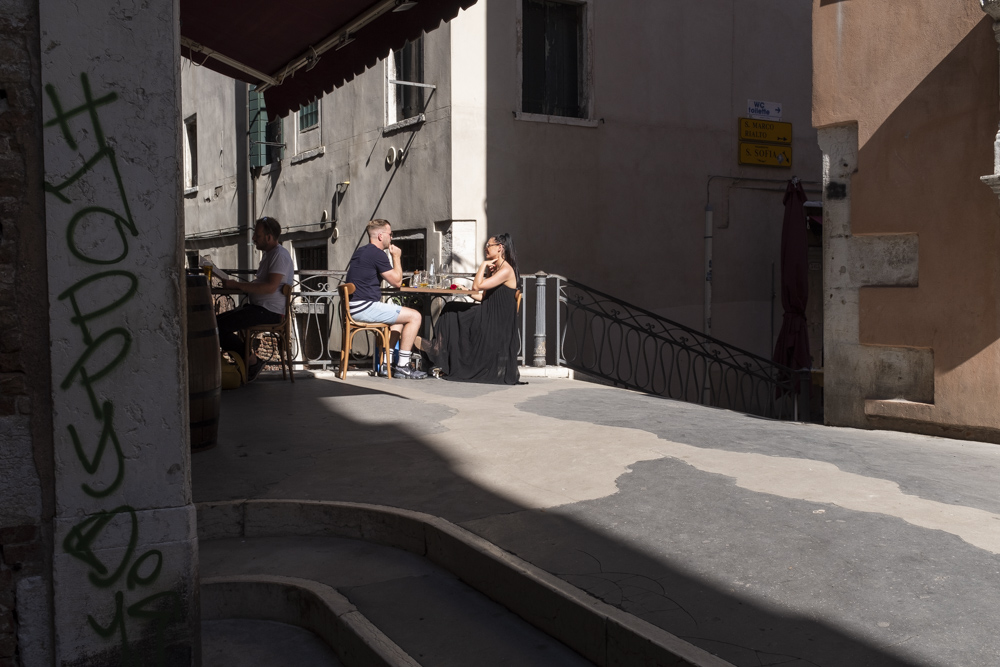
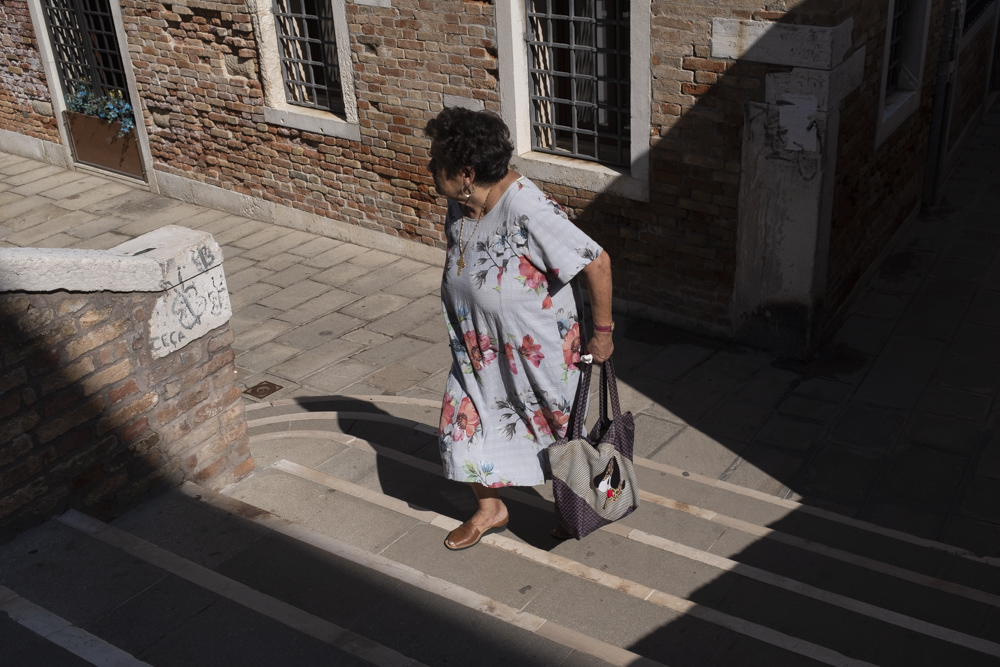
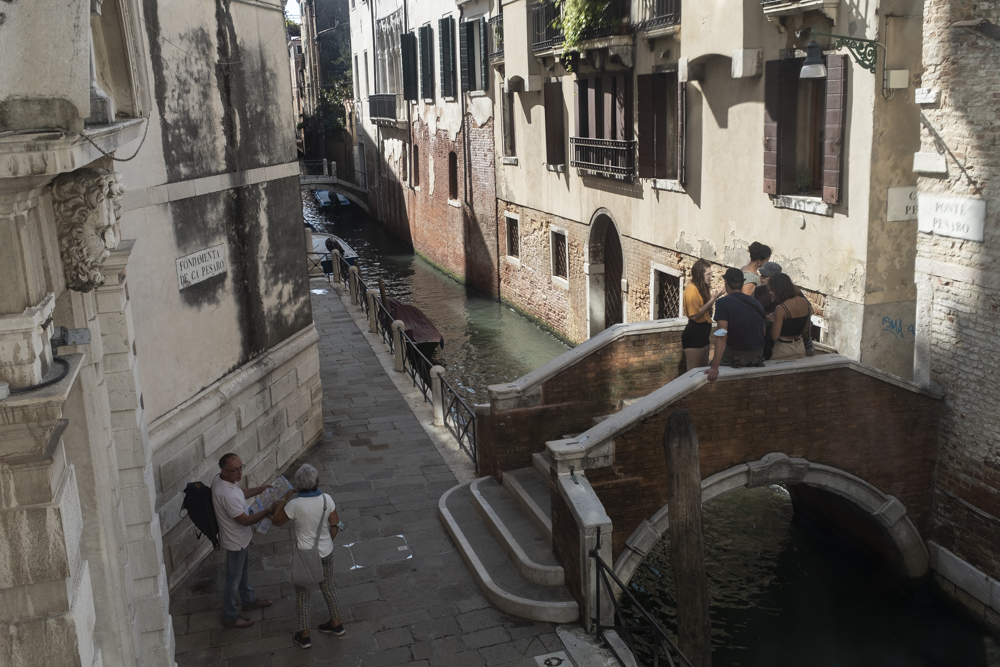
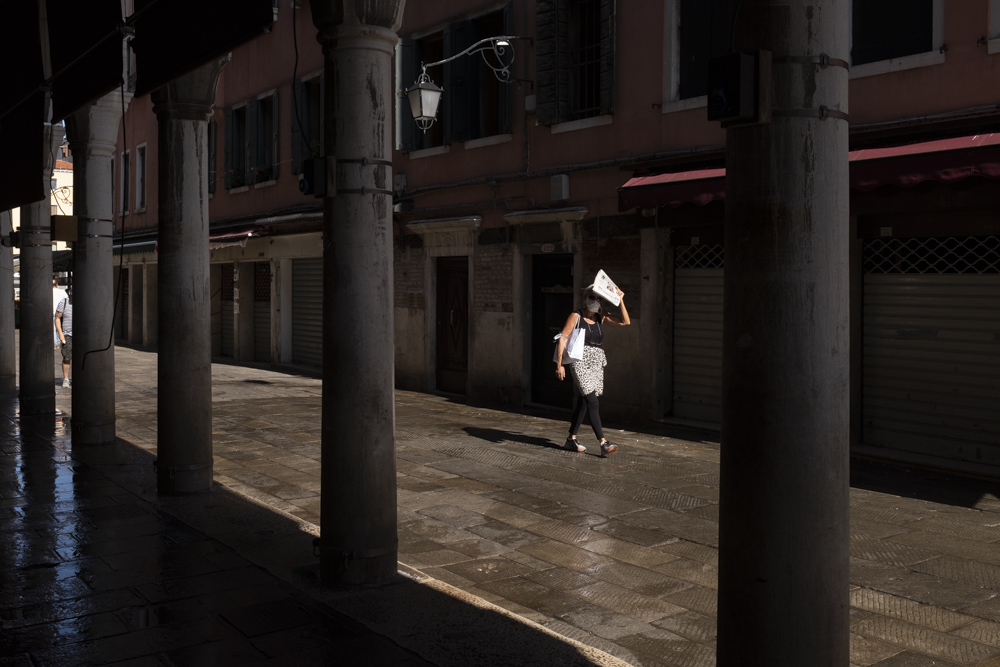
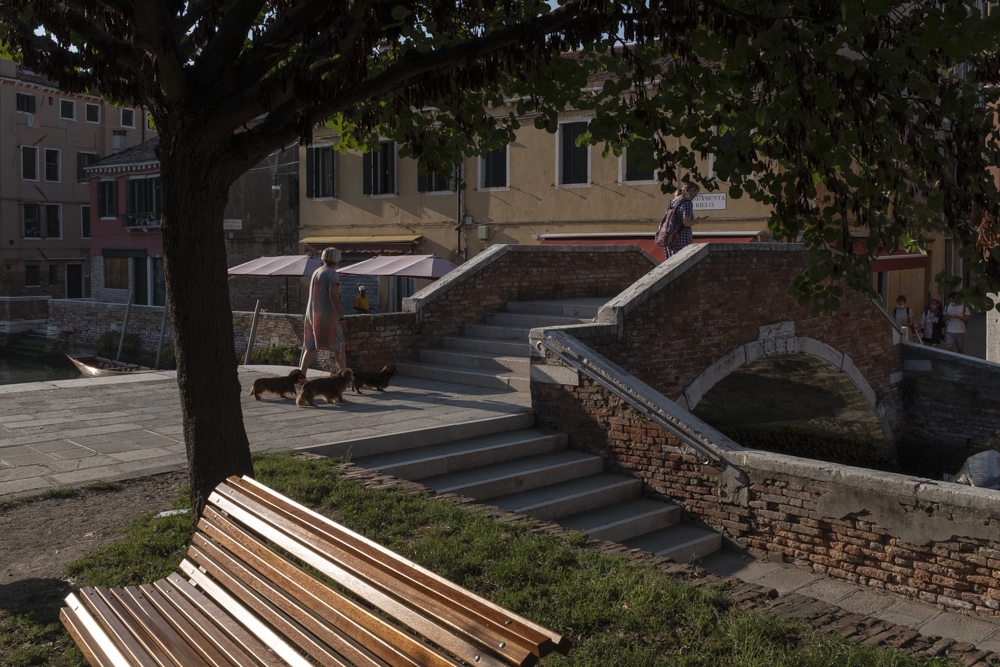
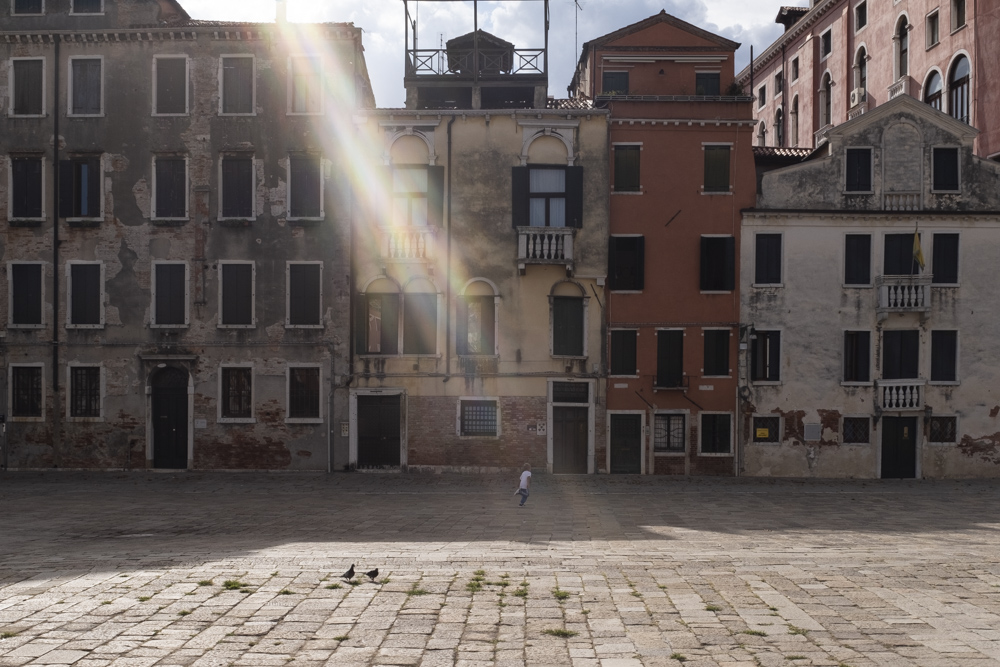
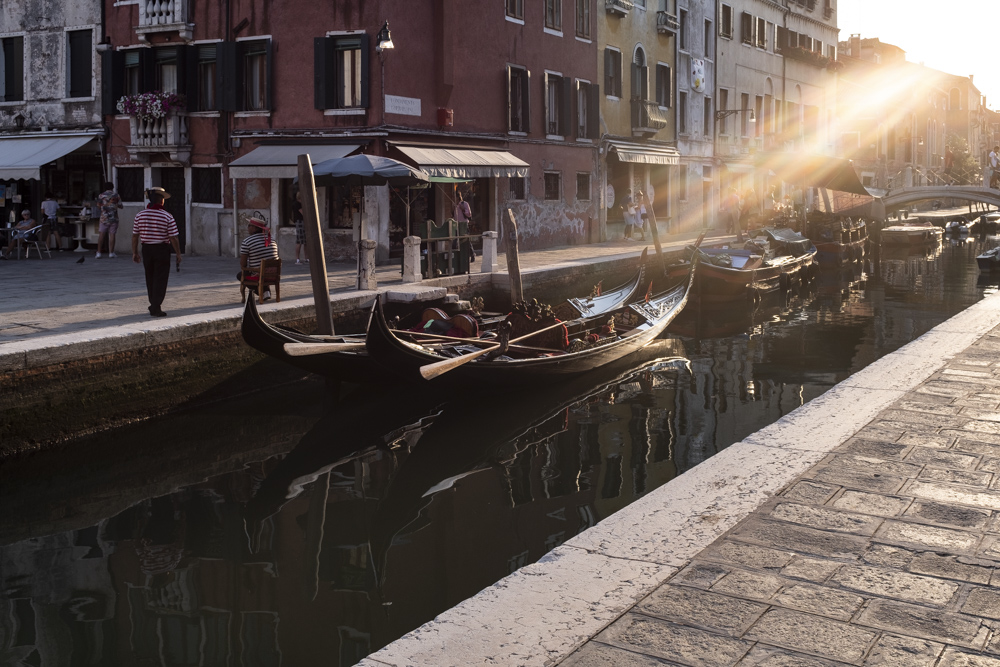
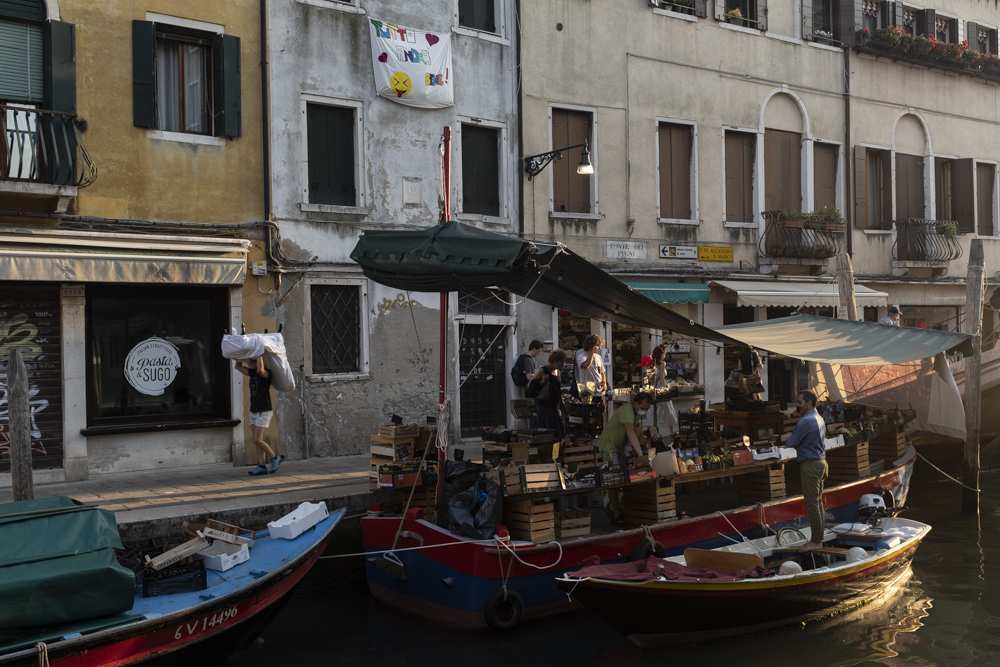
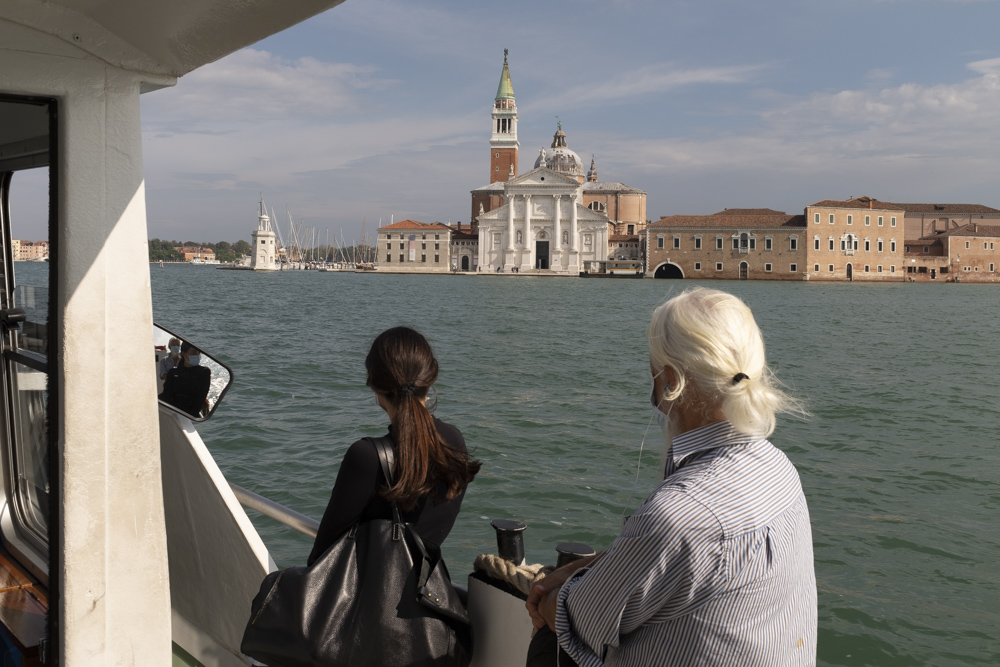
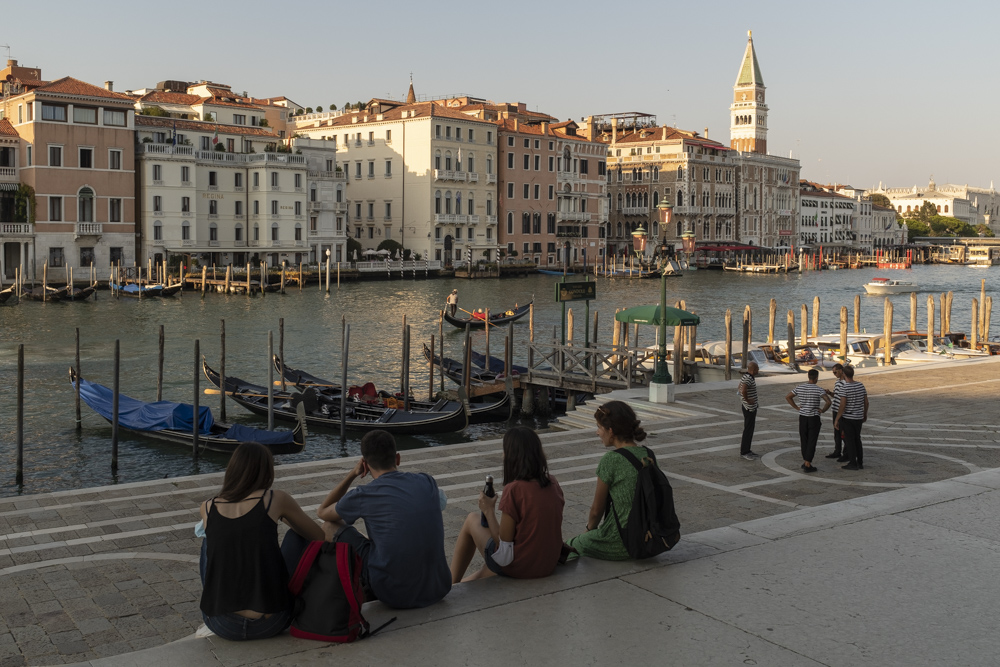
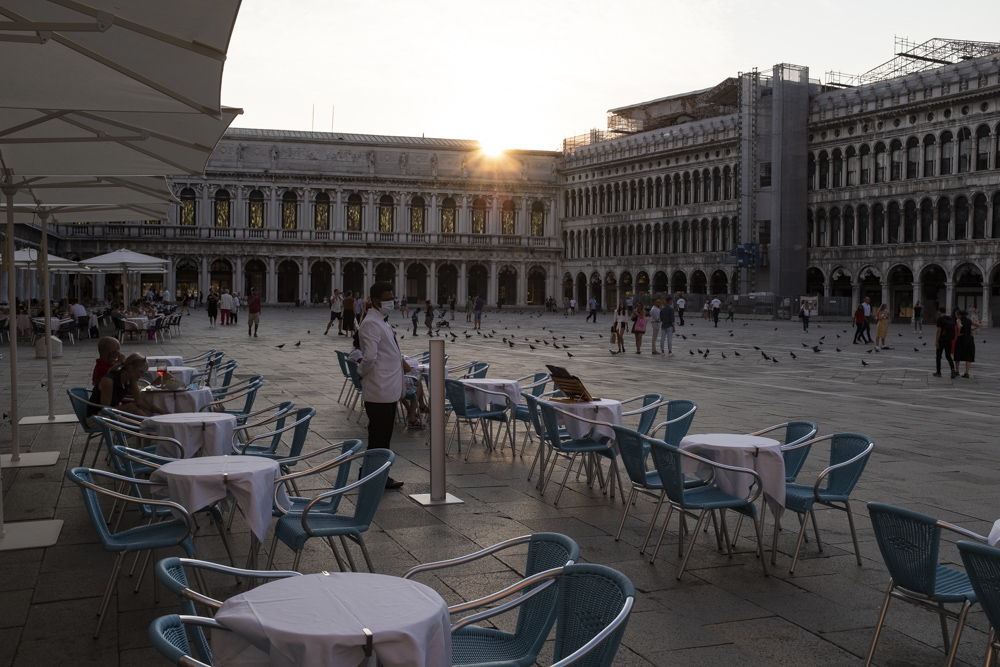
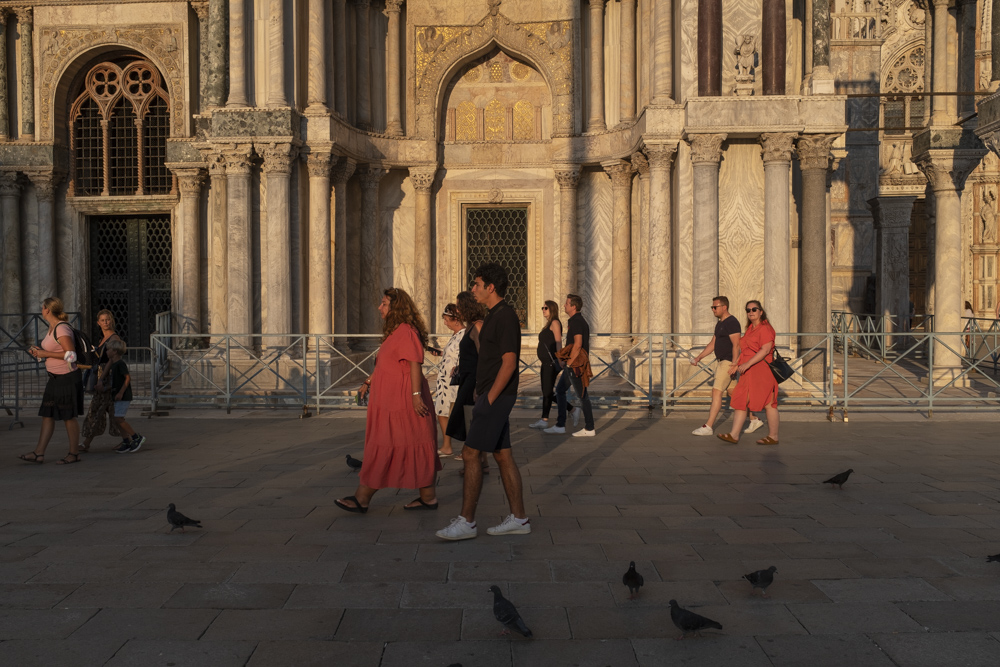
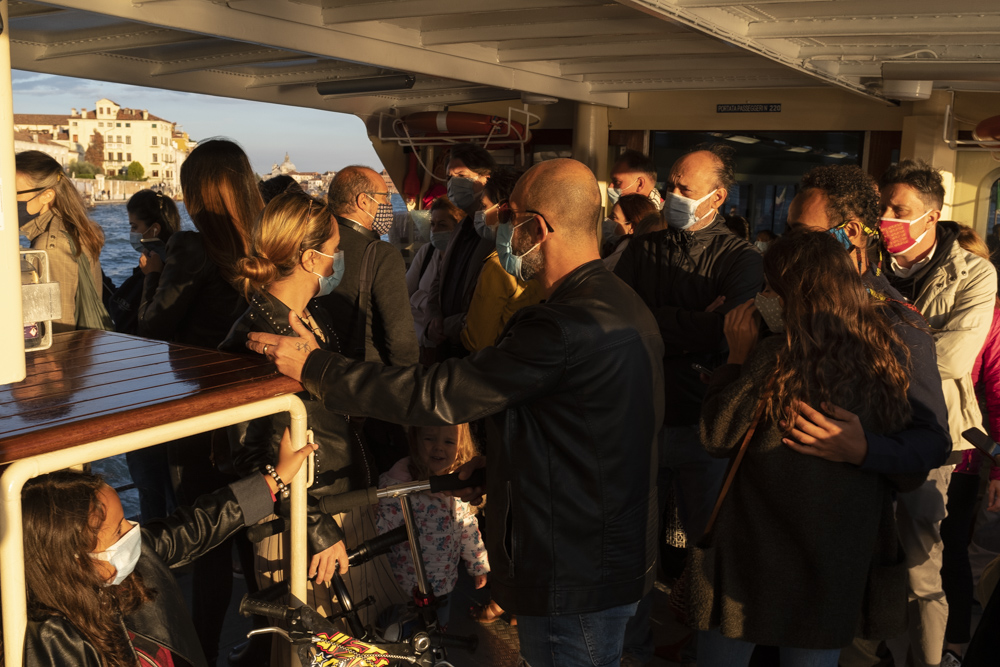
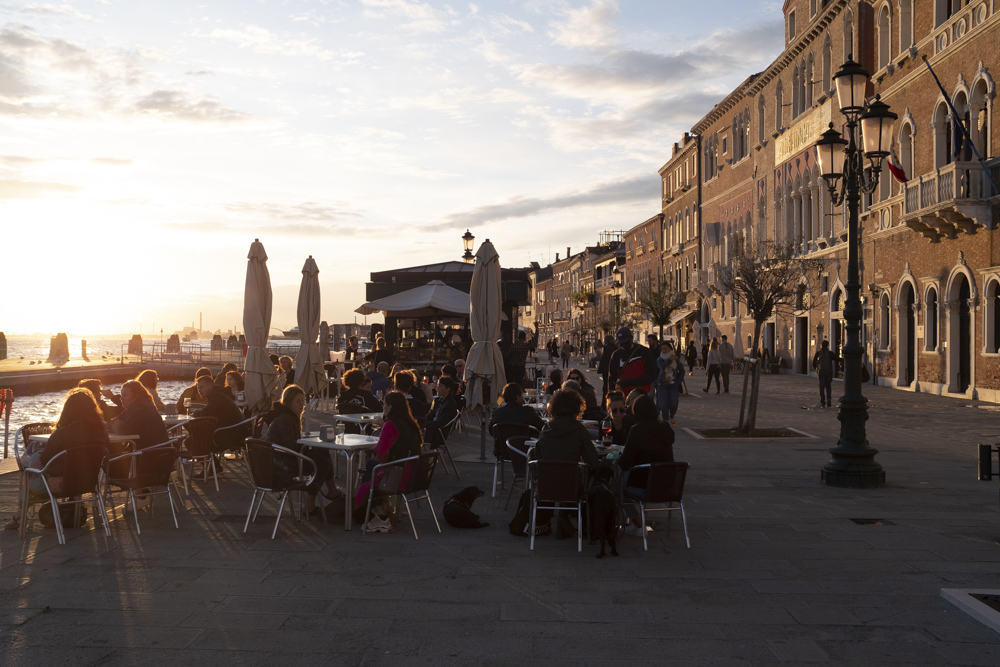
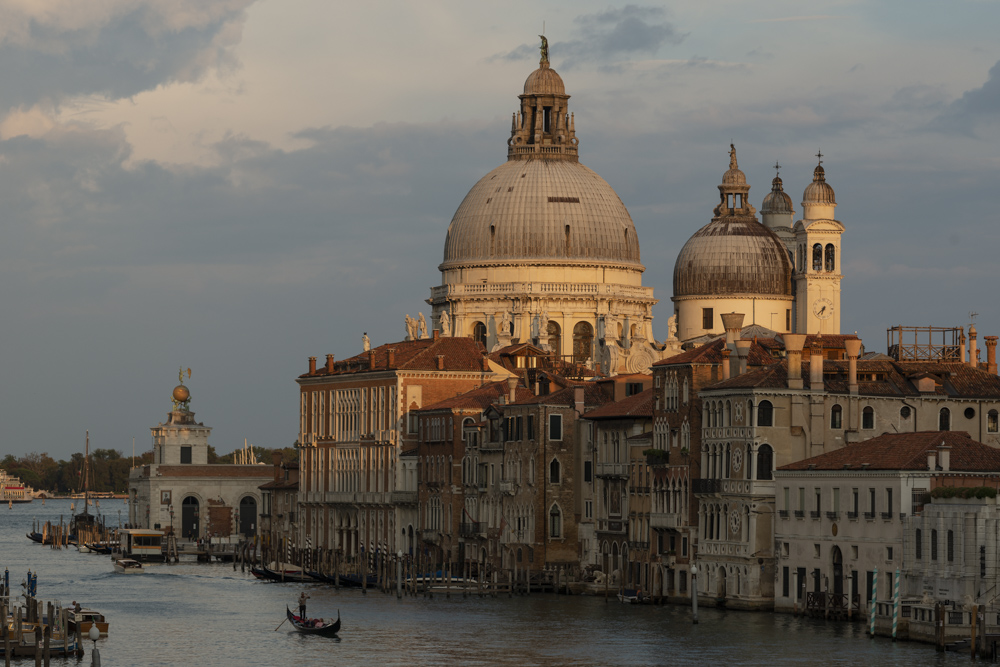
Il Gioco del Ponte, Pisa, 2019
Commonly known for the Piazza dei Miracoli and The Leaning Tower, Pisa remains a town rich in culture, historical sites, and traditions. The month of June offers a number of events, such as the “Luminara”, the “Regatta” and the “Battle on the Bridge”, when thousands of people come to overcrowd the southern and norther banks of the river Arno, called “Lungarni”.
The Battle, which sees several neighbourhoods, organised in two main coalitions, the southern side of the river, or “Mezzogiorno”, and norther part, or “Tramontana”, and evokes medieval battlefields among factions in Pisa. The first edition of the game took place in 1568.
The overall game is divided into several stages. The historical parade, the formal opening of the battle, the challenges made by the ambassadors and the battle itself. The most picturesque part of the events are the historical parades, which start simultaneously on both sides of the river.
The sunset light is gentle on the beautiful medieval costumes. The Pisans have arrived in great numbers, sitting and standing on the parapets along the Arno. Everything is well organised for a family-oriented event. The “Gioco del Ponte” begins under the sound of the troops marching and drumming along the Lungarni.
I have chosen to follow the “Tramontana” coalitions as the troops pass by the popular street of “Borgo Stretto”, one of the most characteristic and picturesque sites at the heart of Pisa, with coffees, restaurants and the authentic fruit market. The Borgo Stretto is where the social life happens, where the university night life takes place, where curious tourists are willing to discover the town beyond the Duomo, where to enjoy the stunning sunset on the Lungarno.
The overall historical parade consists of twelve teams, each one representing a different faction of Pisa. Each has its own motto, costume, drummers, warriors, and captain. They walk by the Arno to finally gather at the opposite side of the main bridge or “Ponte di Mezzo”, where the battle will begin. From there, a “challenge” is made deciding which team is going to fight next. In return, the ambassador from the opposite collation will announce the opposing team.
The actual battle happens in the middle of the bridge, where rival teams compete to “conquer” the bridge by pushing against each other a special trolley which moves on the track. The winning team is the one who makes the other team retreat, by triggering a flag at the end.
As in the medieval battlefields the troops needed to be highly trained, so are the man pushing the trolley. Physical strength alone is not enough to succeed. Mental preparation and a strategy under the command of a team captain are needed to win a battle. In the hierarchical organisation of the game, the captain is the charismatic leader the team relies on. Some have been leading a team for many years collecting memorable victories.
Six battles might not seem a lot, however a single encounter might last for many minutes of exhausting and strategic push-retreat-push. This was the case this year with the last fight, lasting for about twenty minutes, which sees the strongest teams from both sides. The awaiting during the push is nerve wrecking for the supporters on both sides, as the trolley does not seem to move to any directions. Supporters’ cheering blends with the noise of the drums.
A last final push and the overall victory this year goes to Tramontana. As the game is over, supporters pour out to the streets to celebrate with the winning coalition.
The Gioco del Ponte is a source of great pride in Pisa, and it is supported by the “Amici del Gioco del Ponte” association, committed to support the game with awards linked to the best roles and costumes.
It is much more that a game. It is love, respect and celebration for the Republic that Pisa once was. The town was a power in the Mediterranean at the time of the Maritime Republics. Not by chance, the overall motto of the Gioco is “Vinca Tramontana o vinca Mezzogiorno, sempre Pisa vincera’“ (translates like – whoever wins between Tramontana and Mezzogiorno, Pisa will always win). The greatness of Pisa always win.
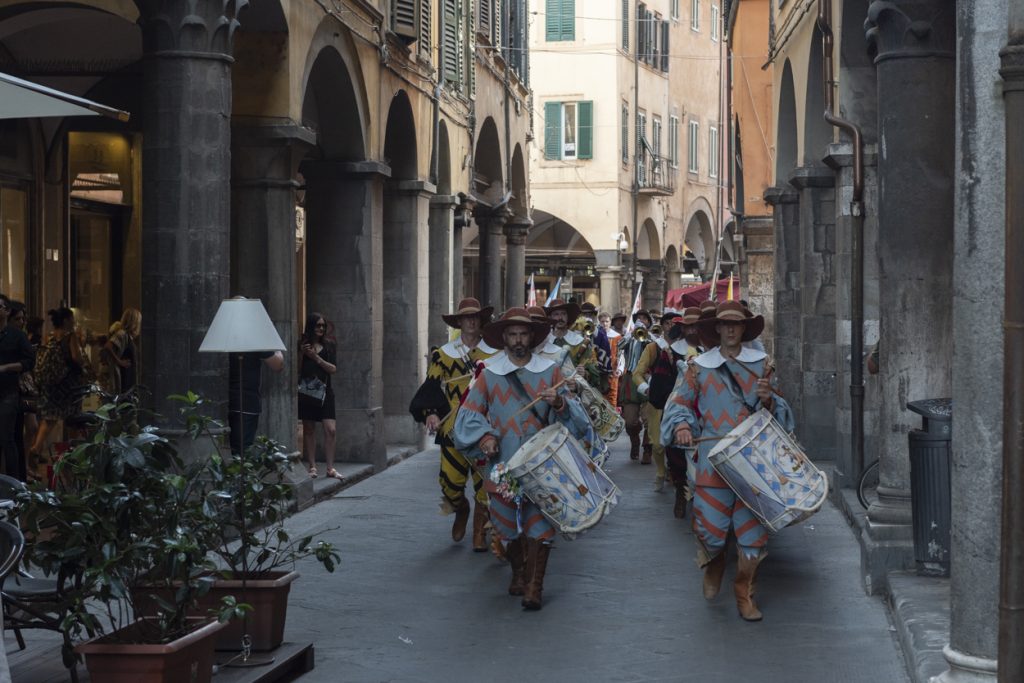
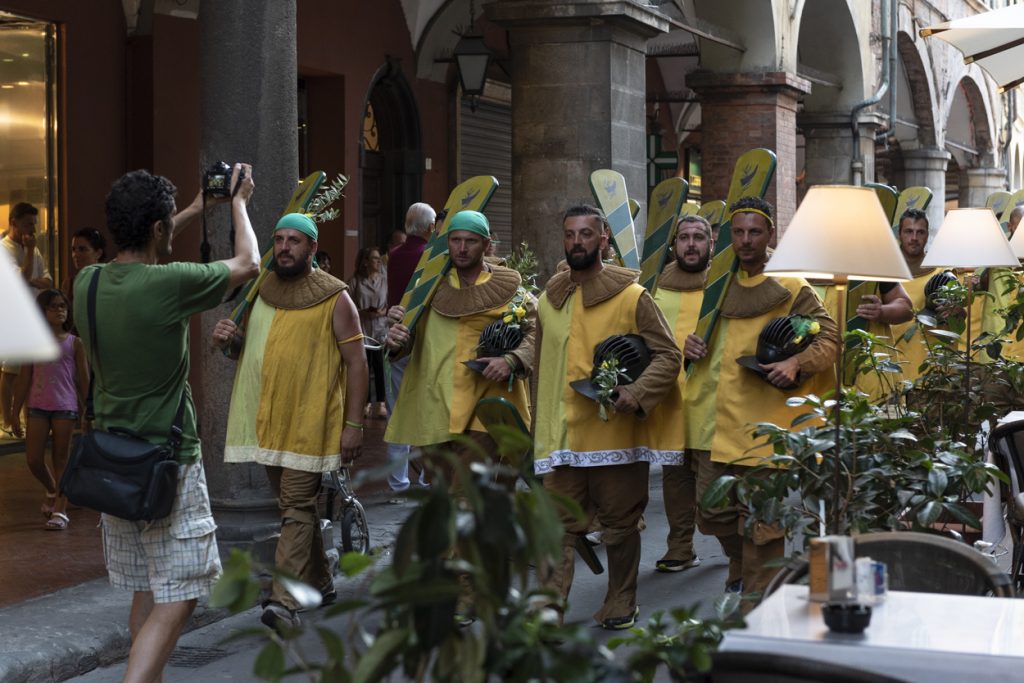
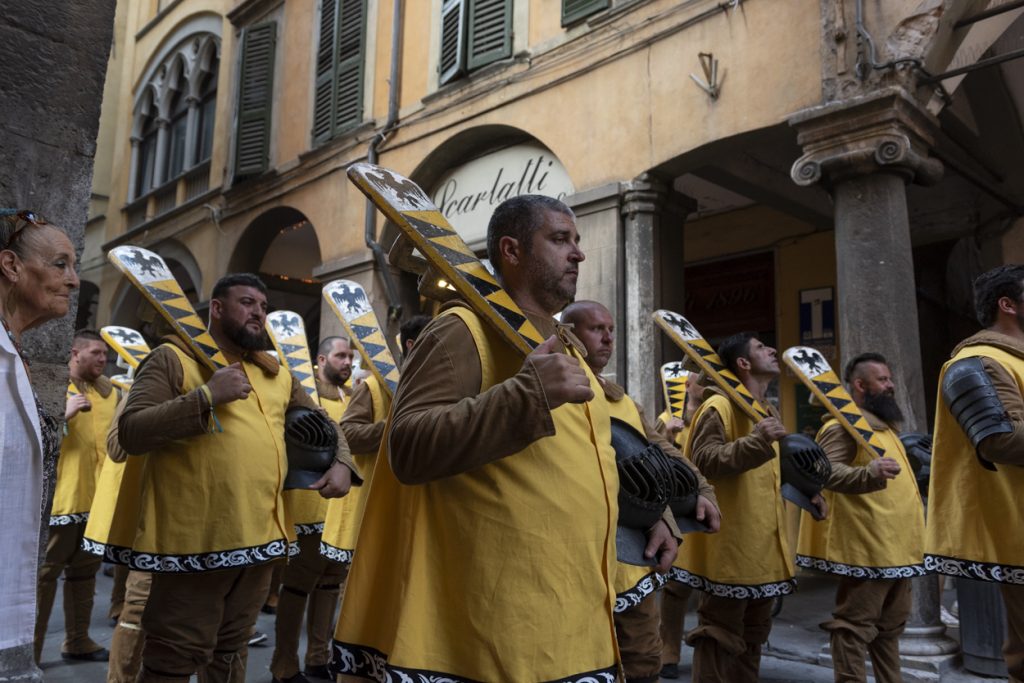
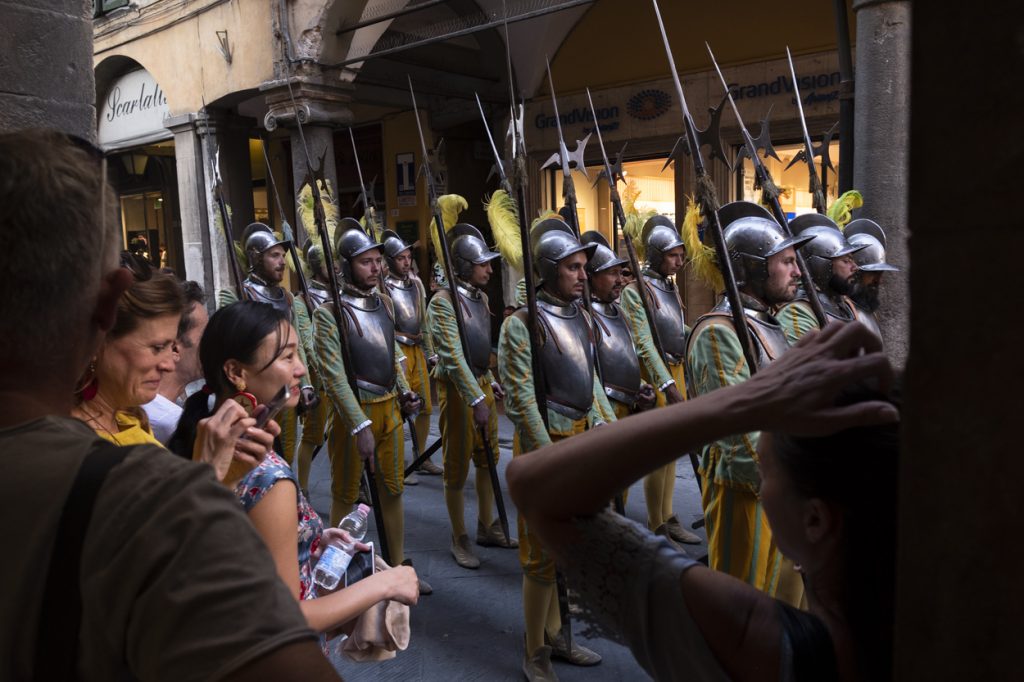
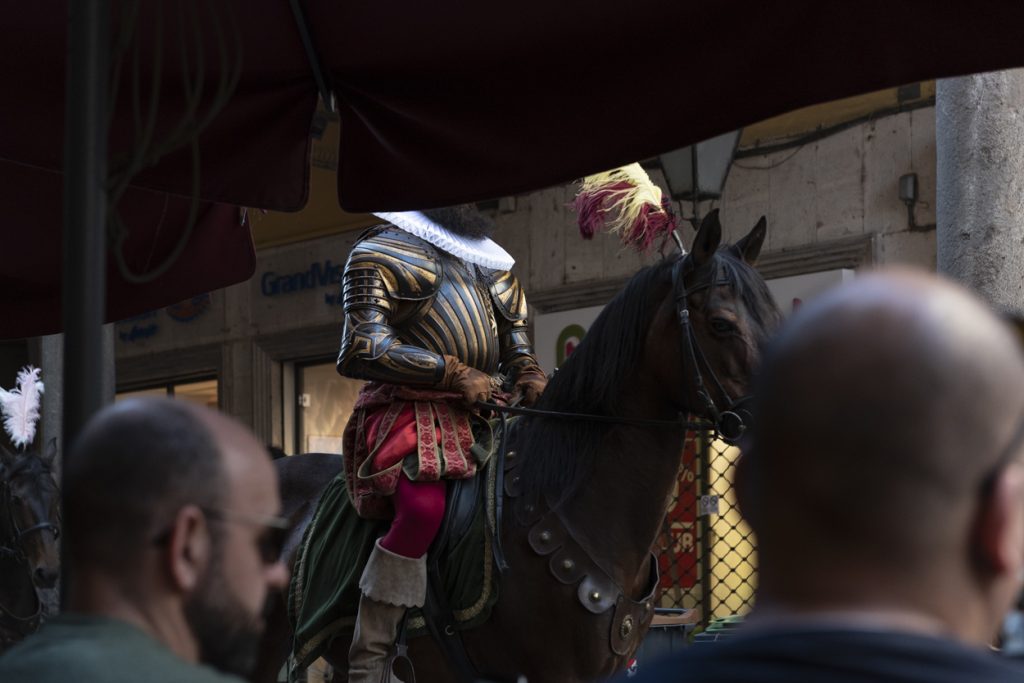
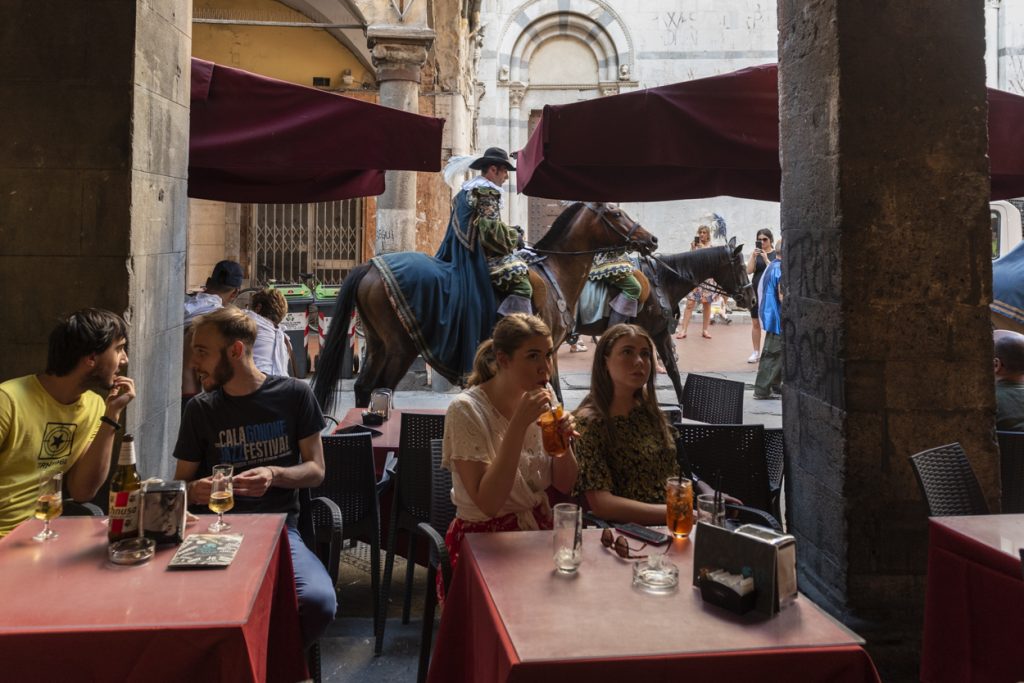
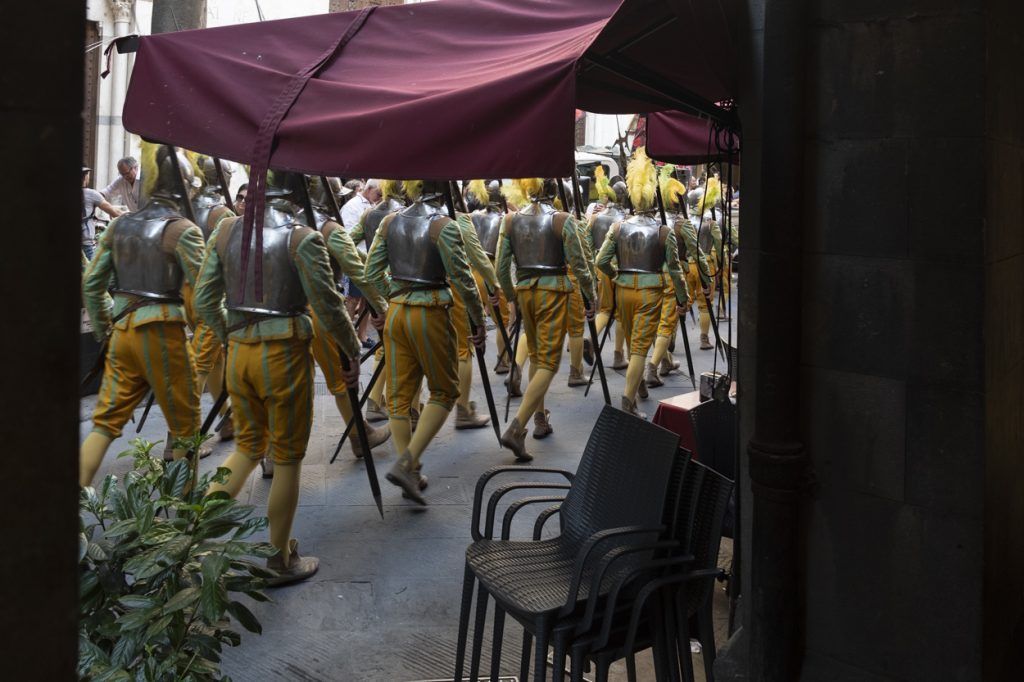
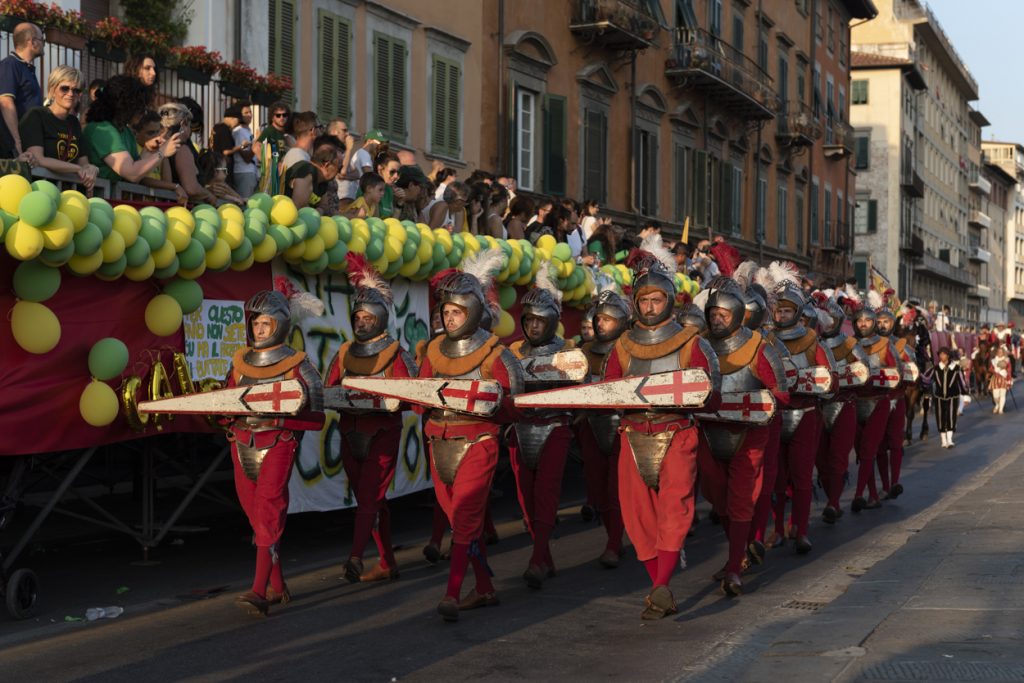
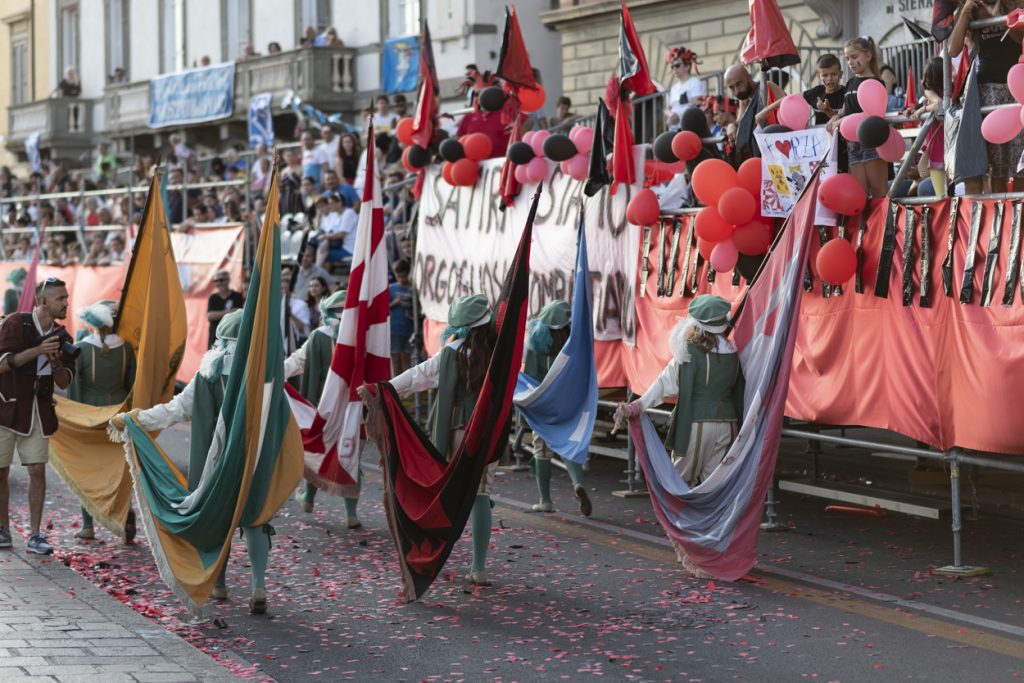
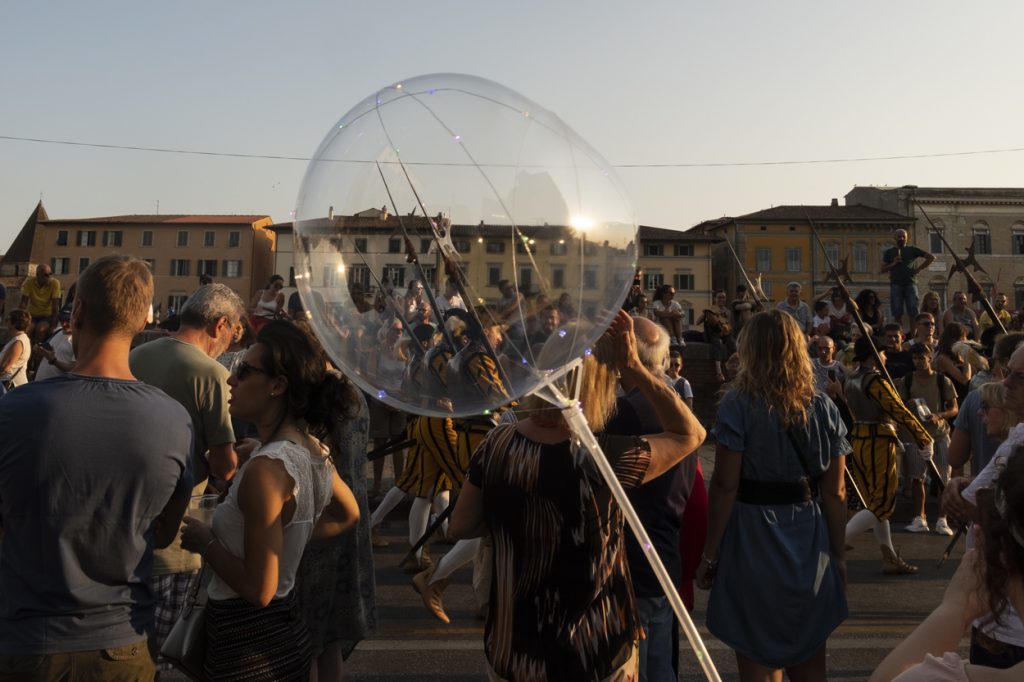
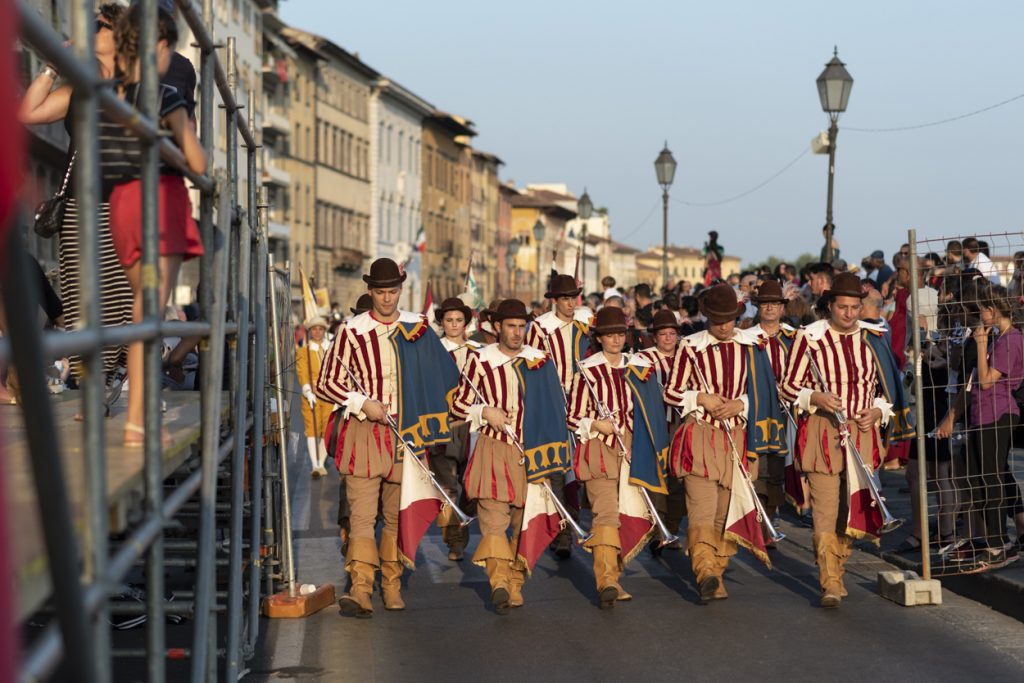
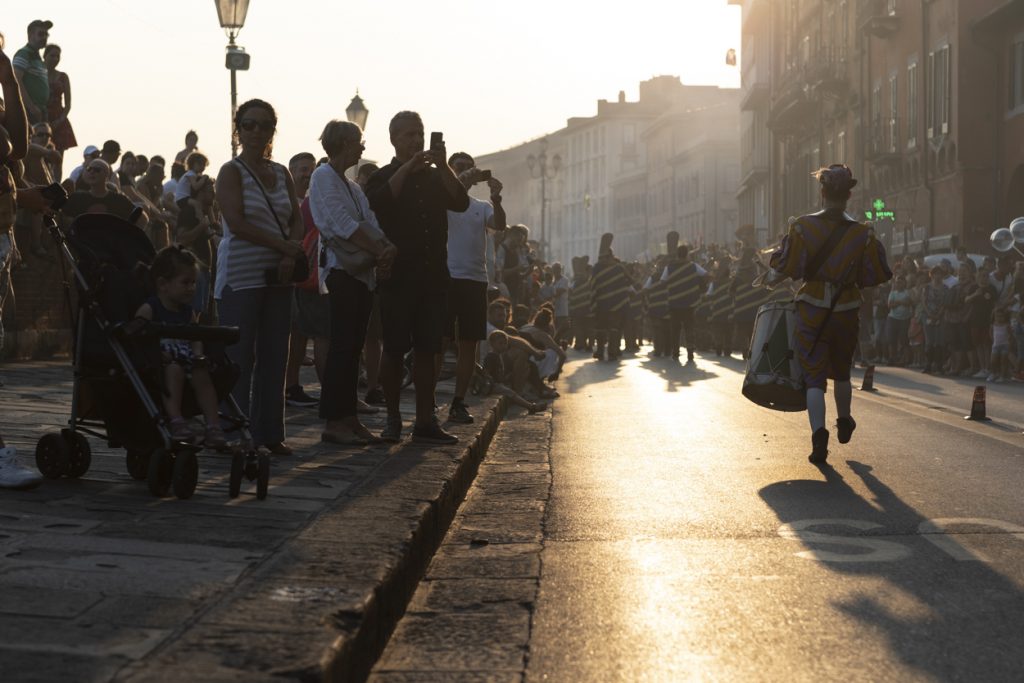
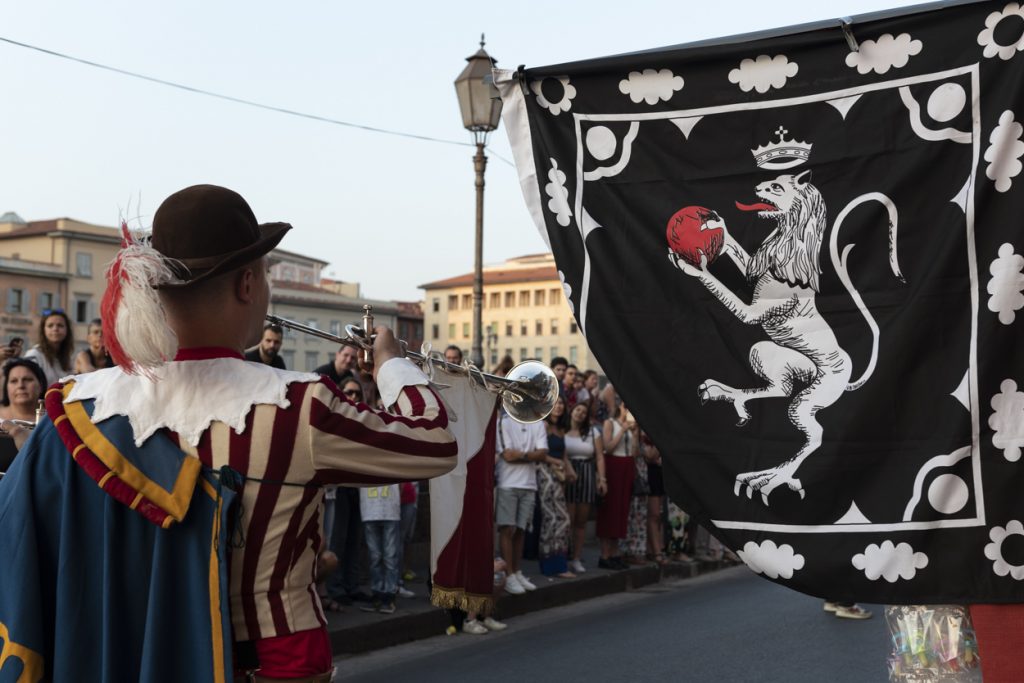
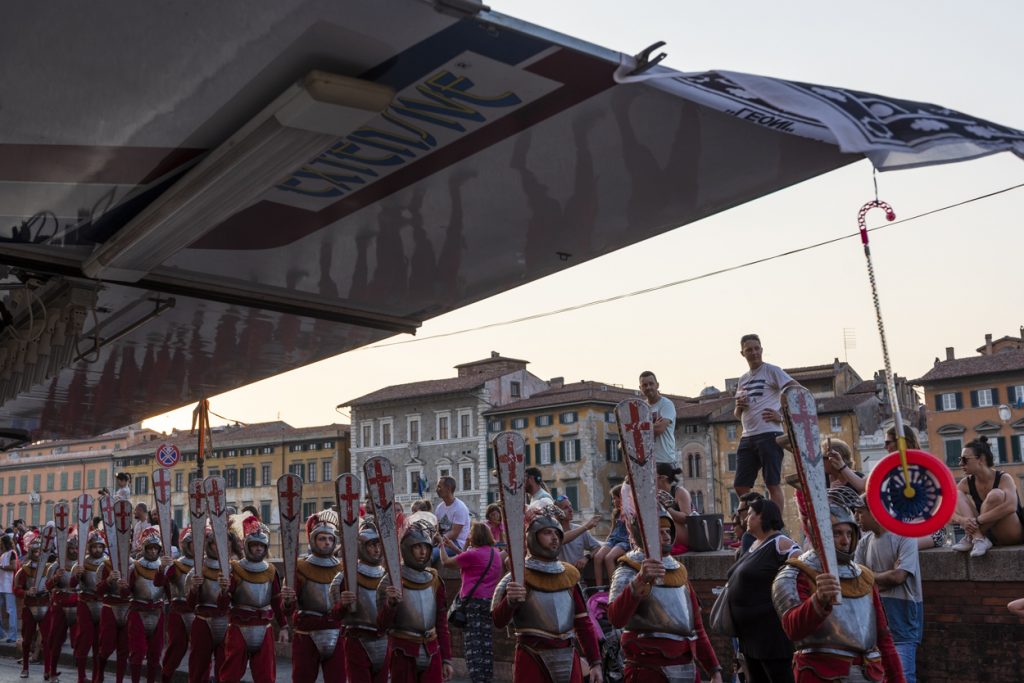
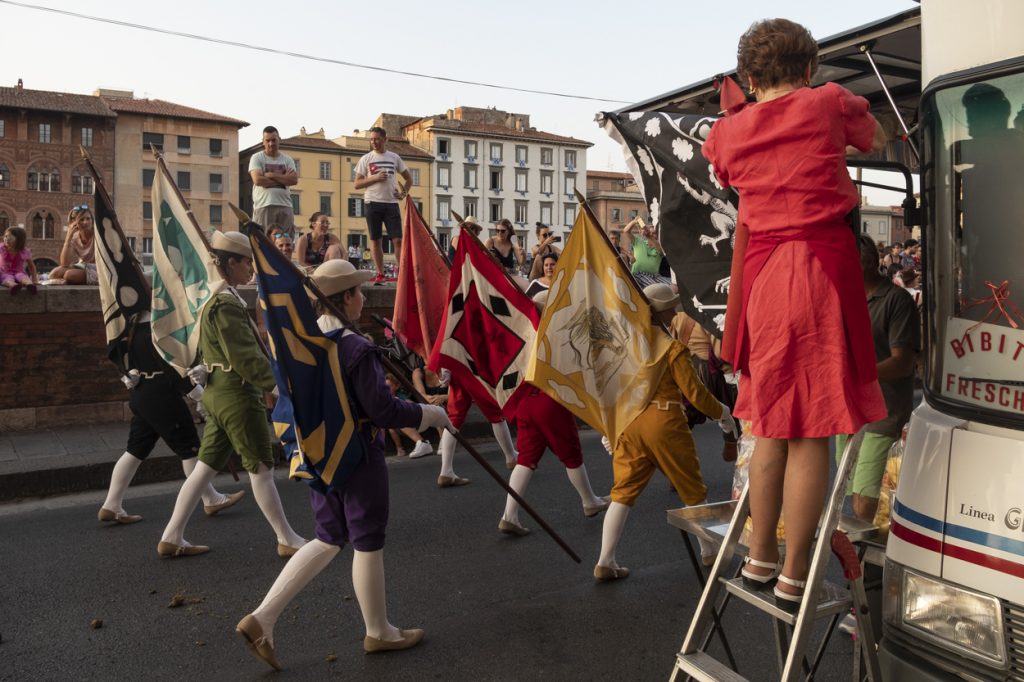
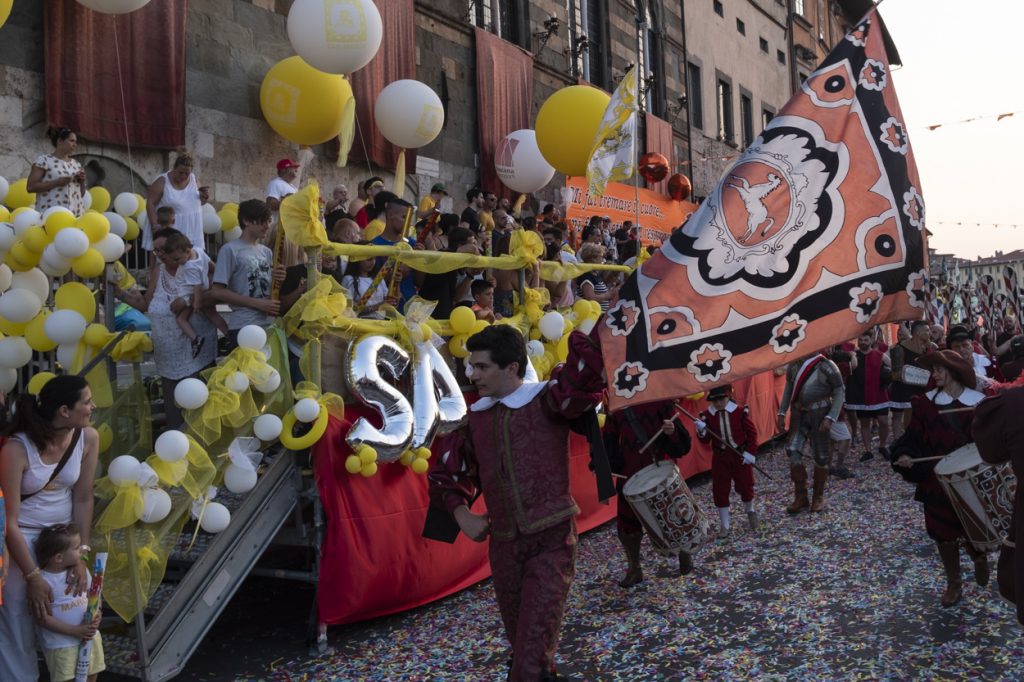
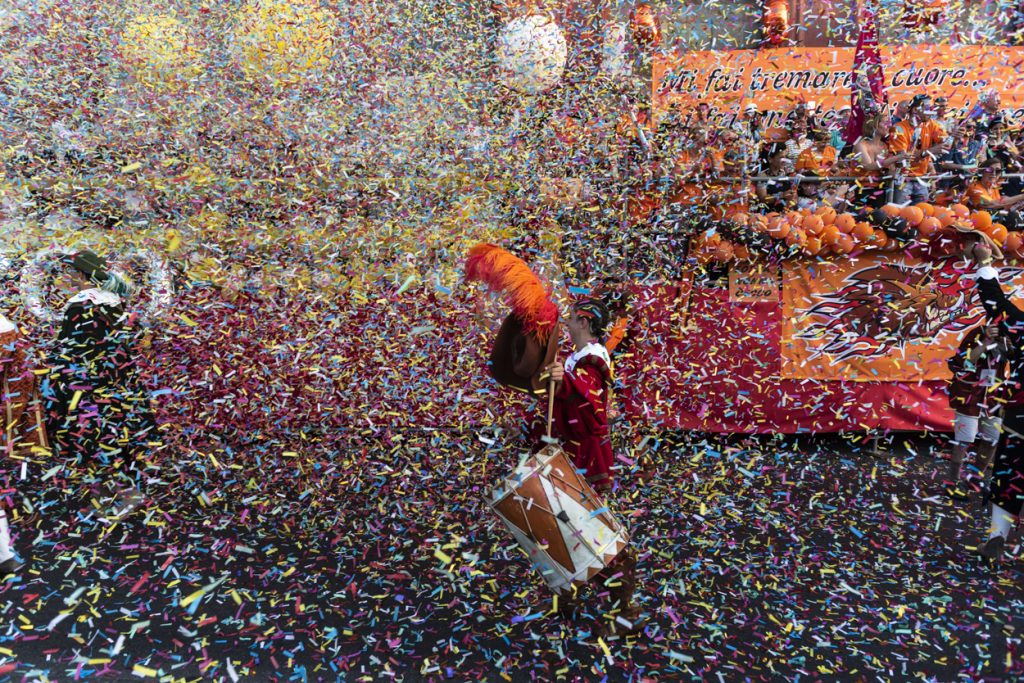
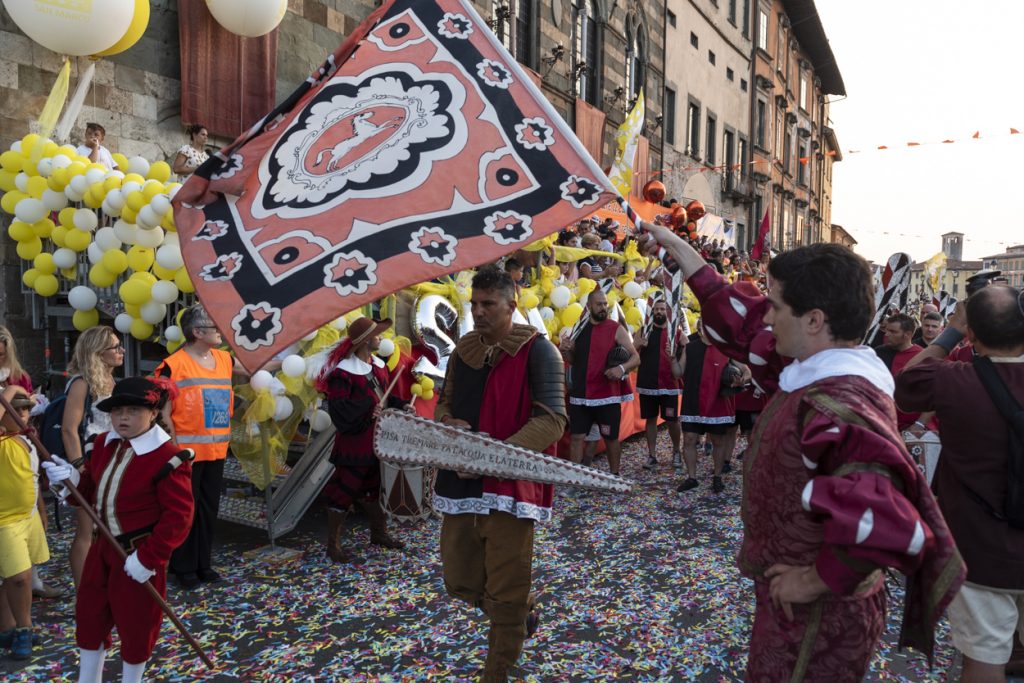
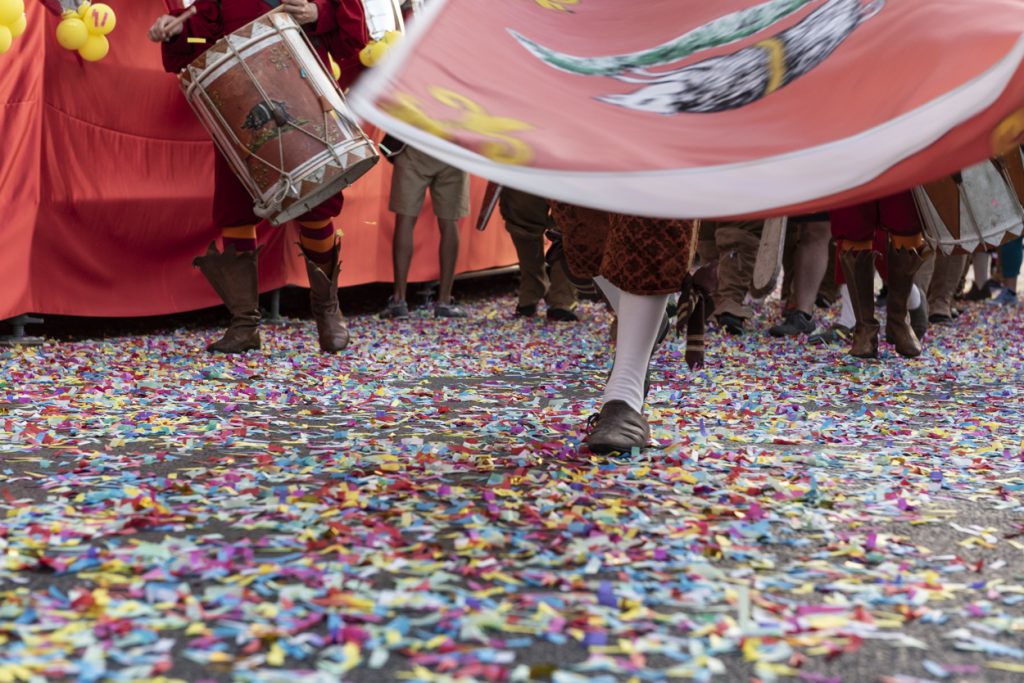
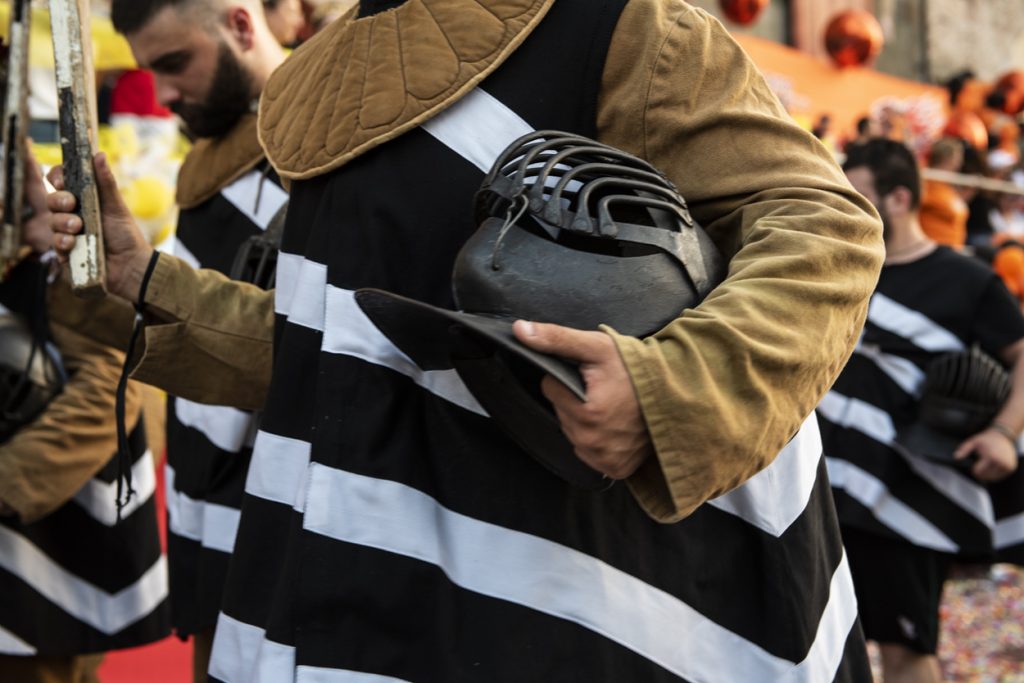
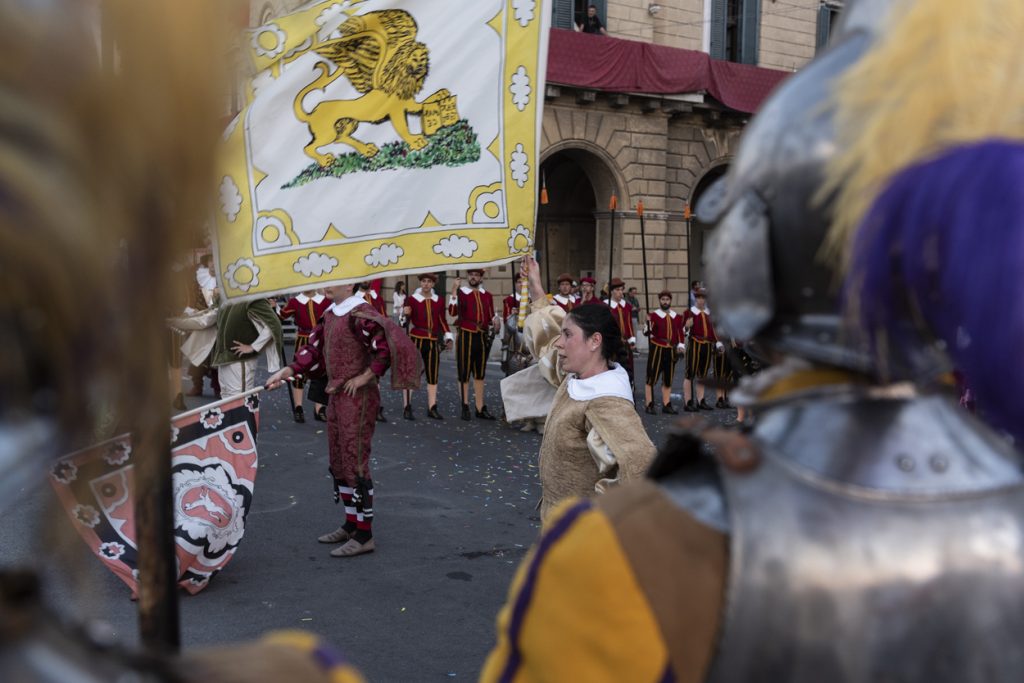
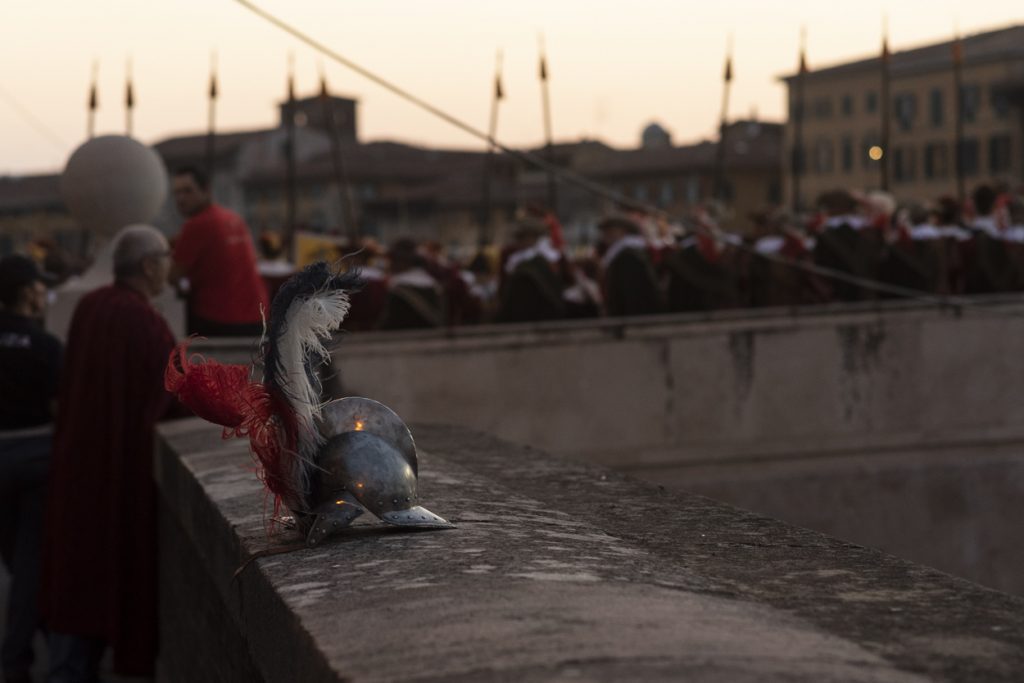
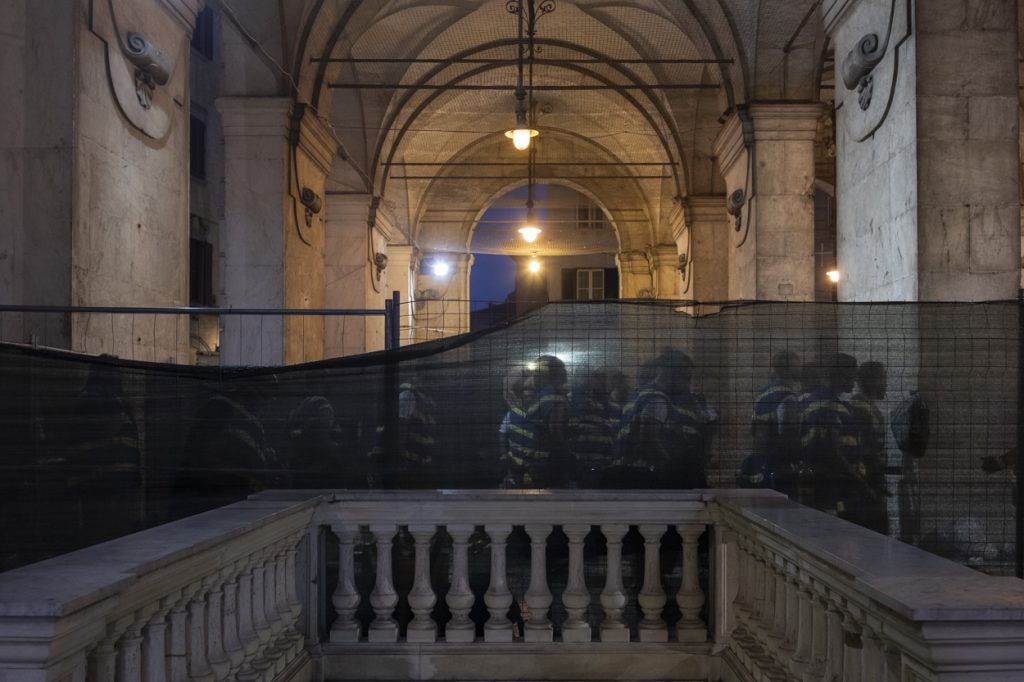
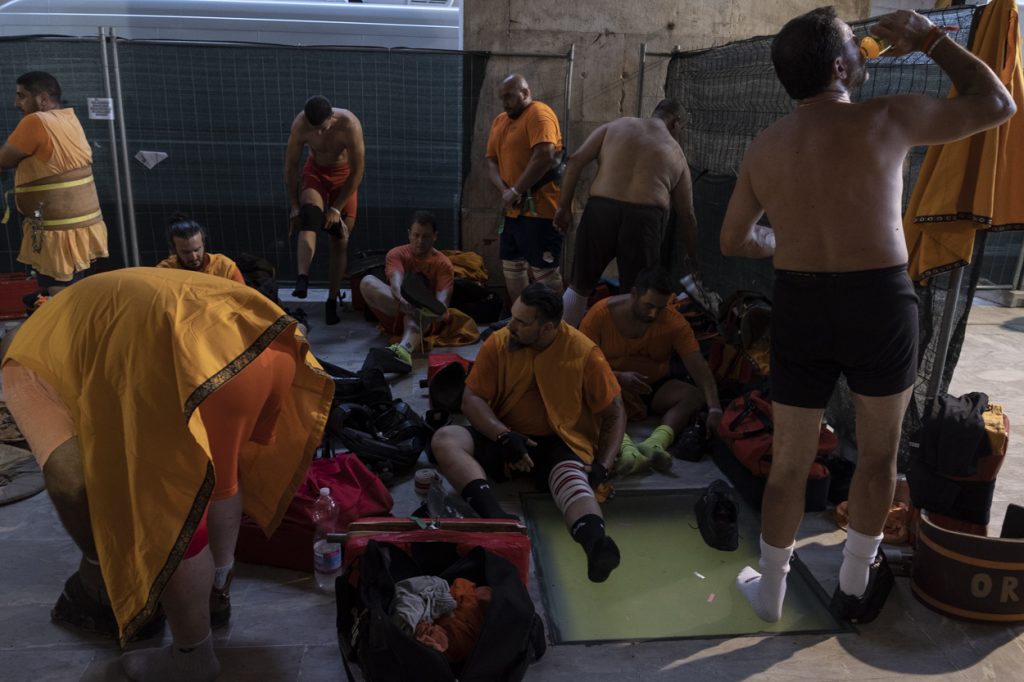
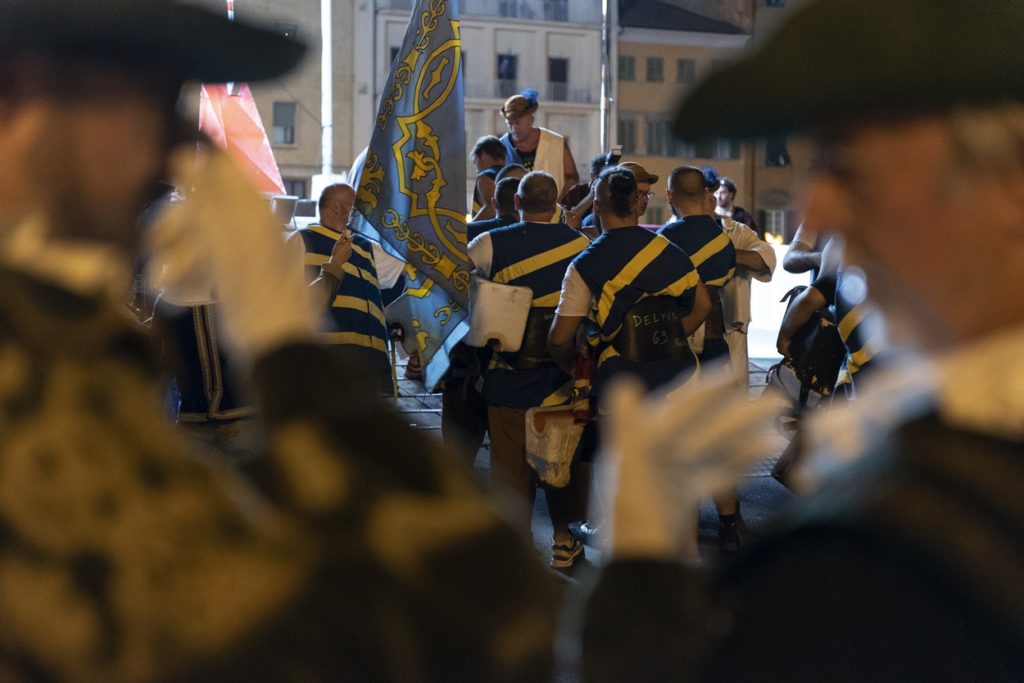
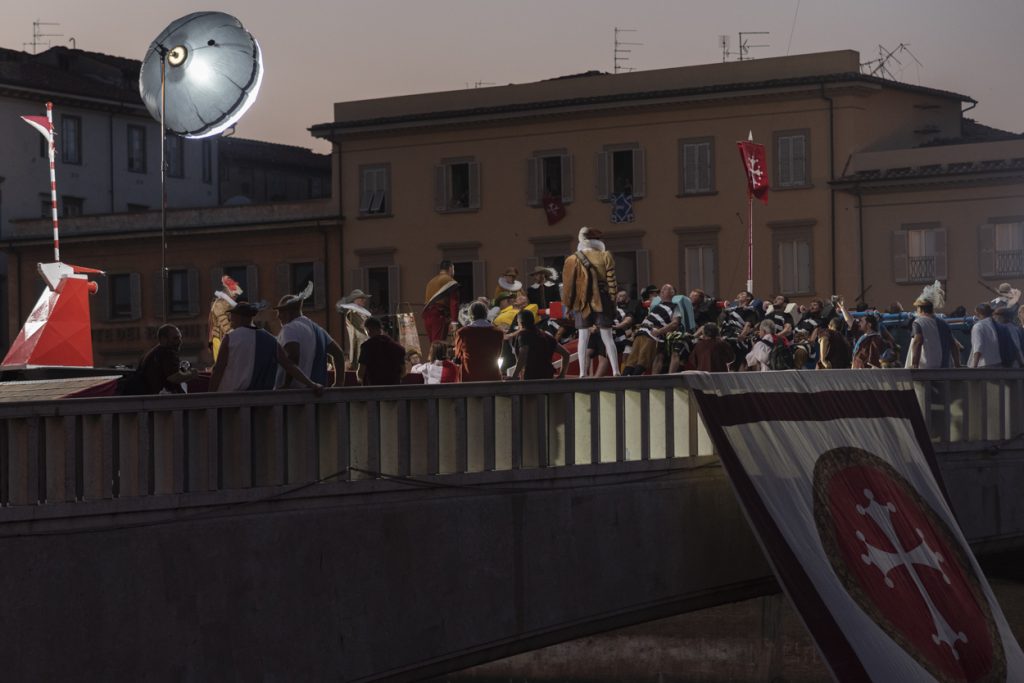
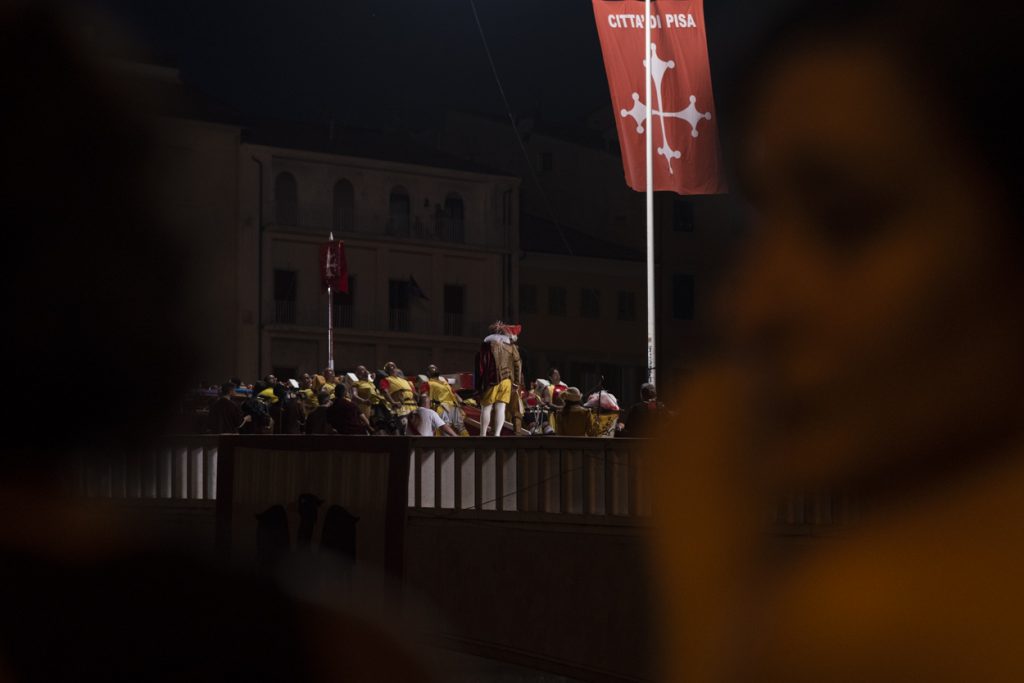
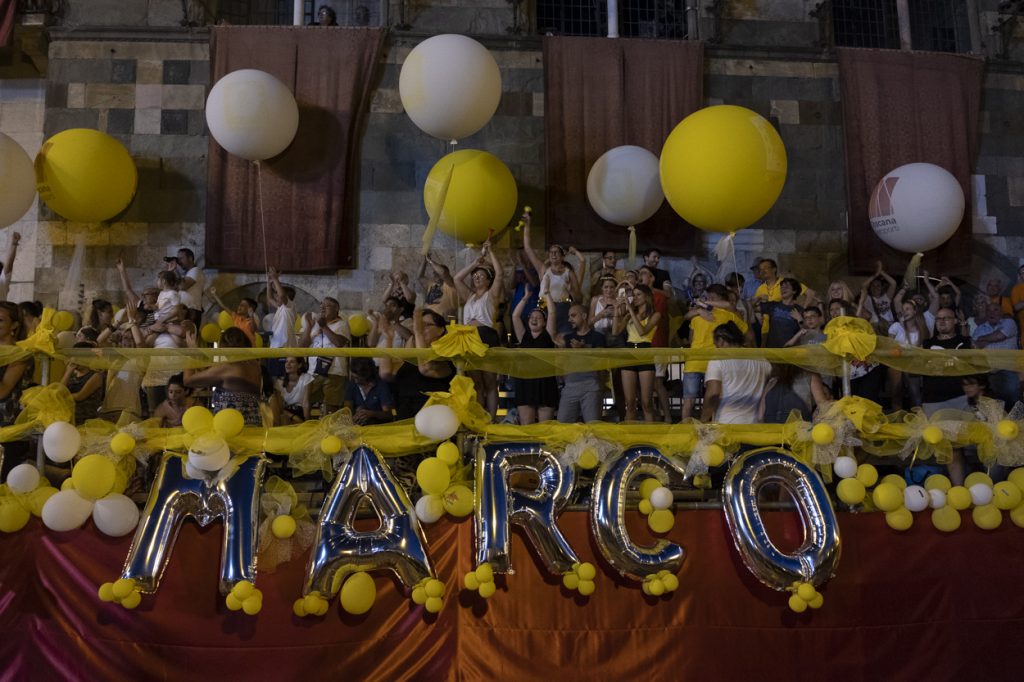
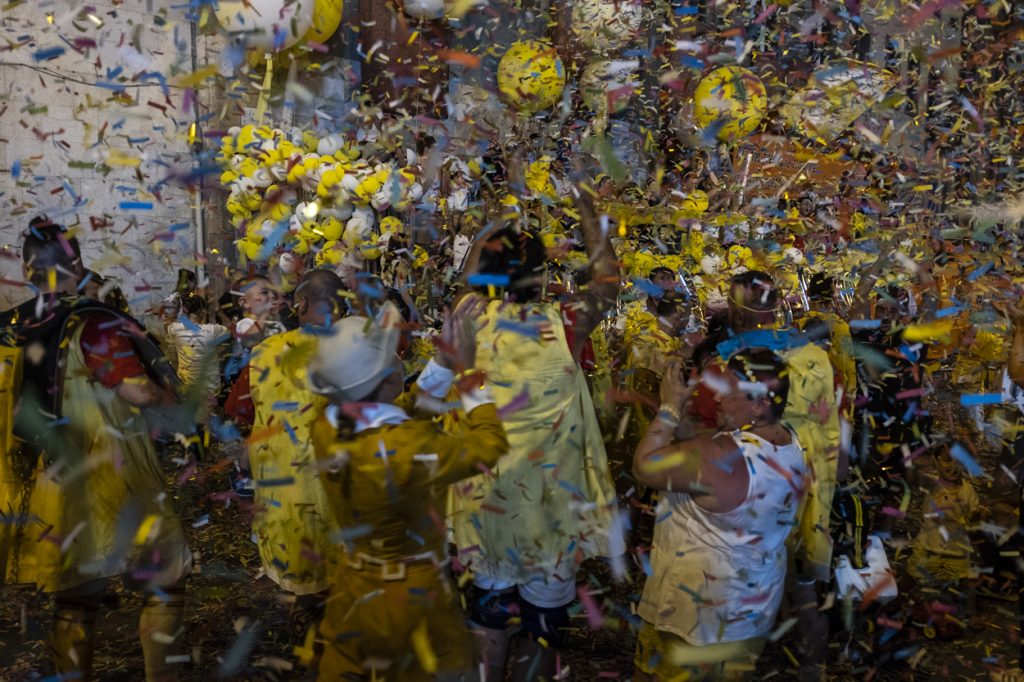
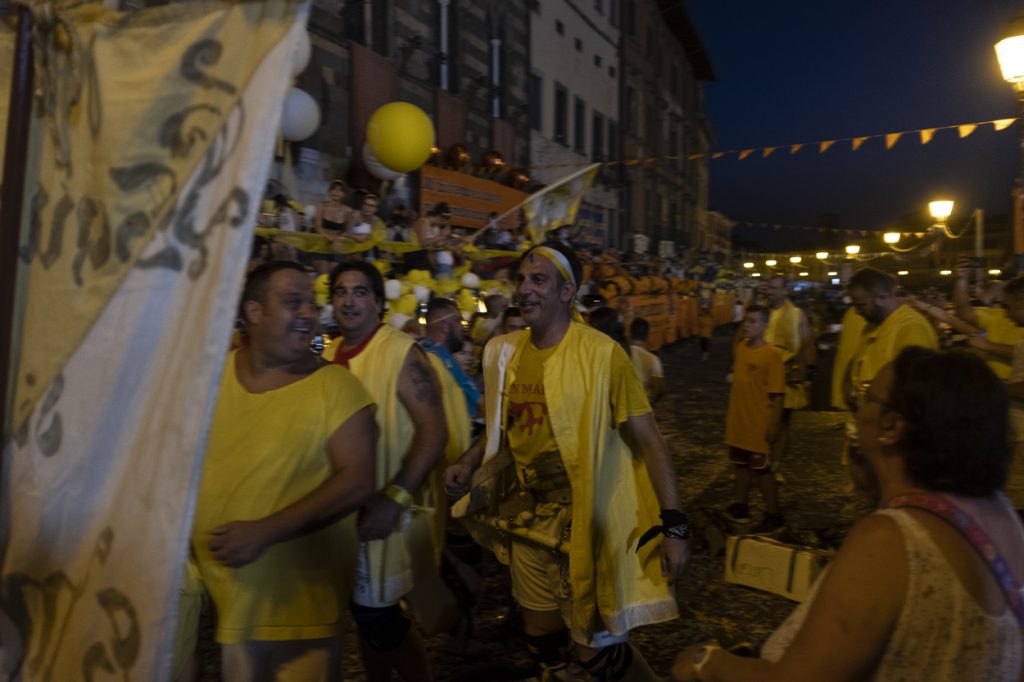
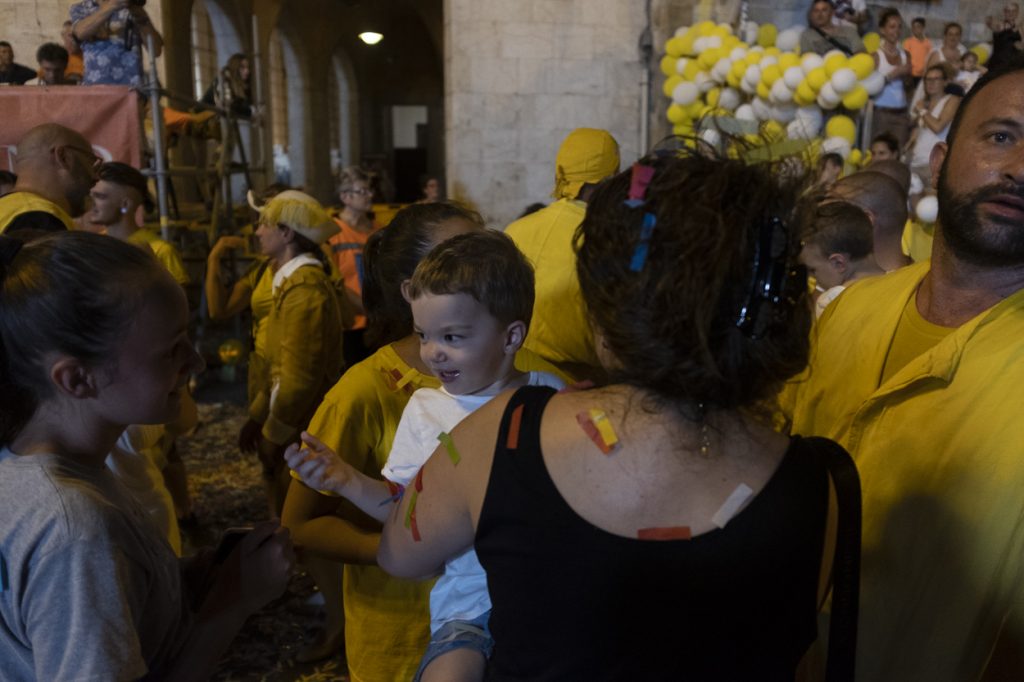
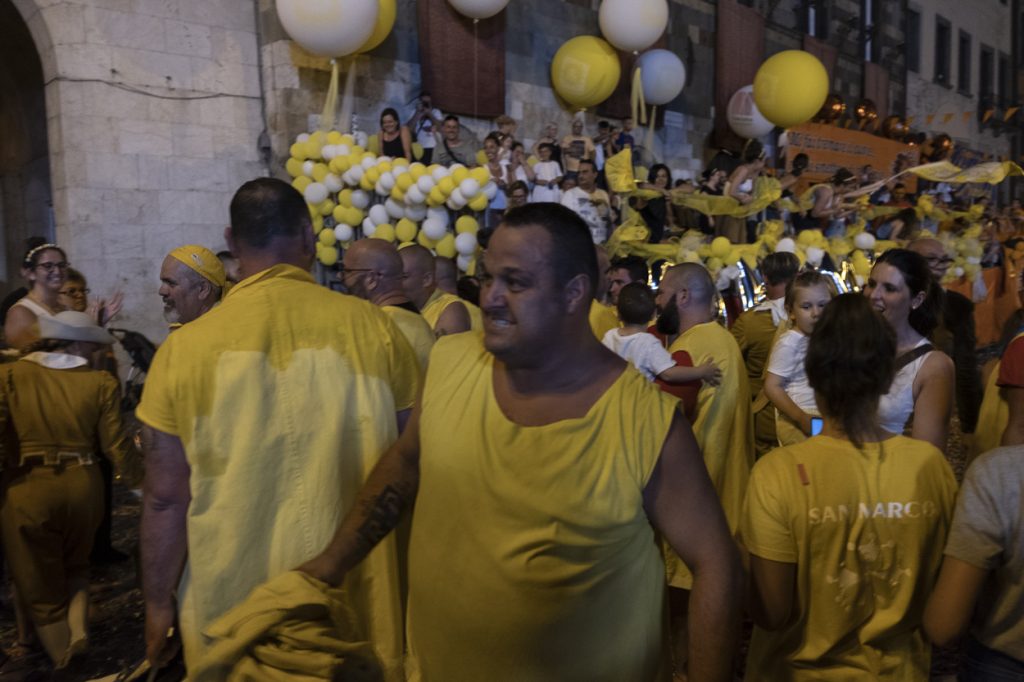
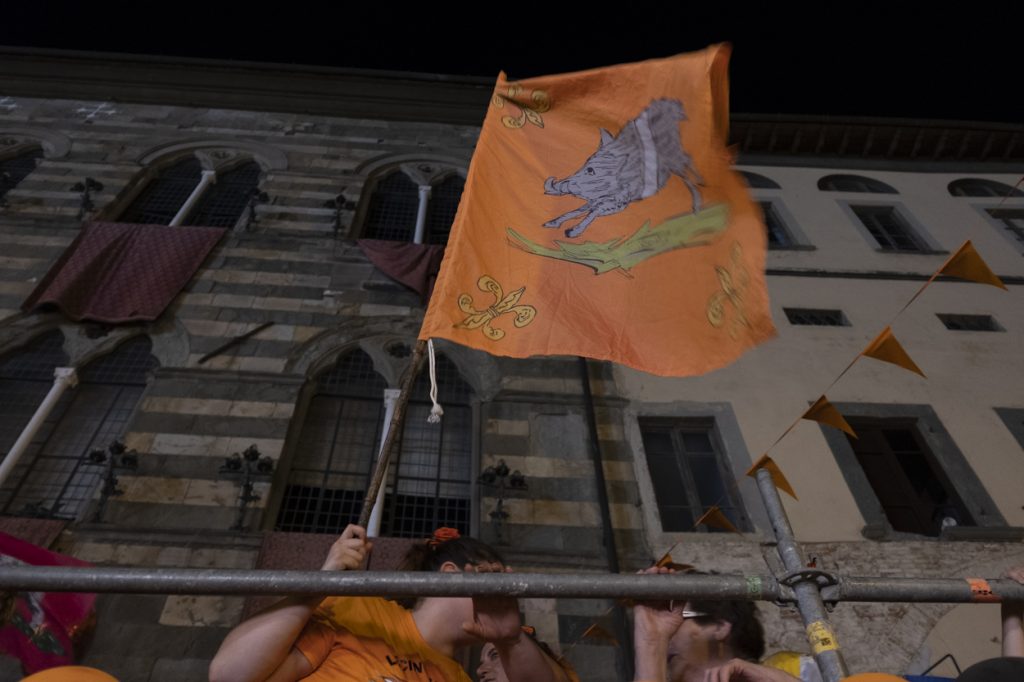
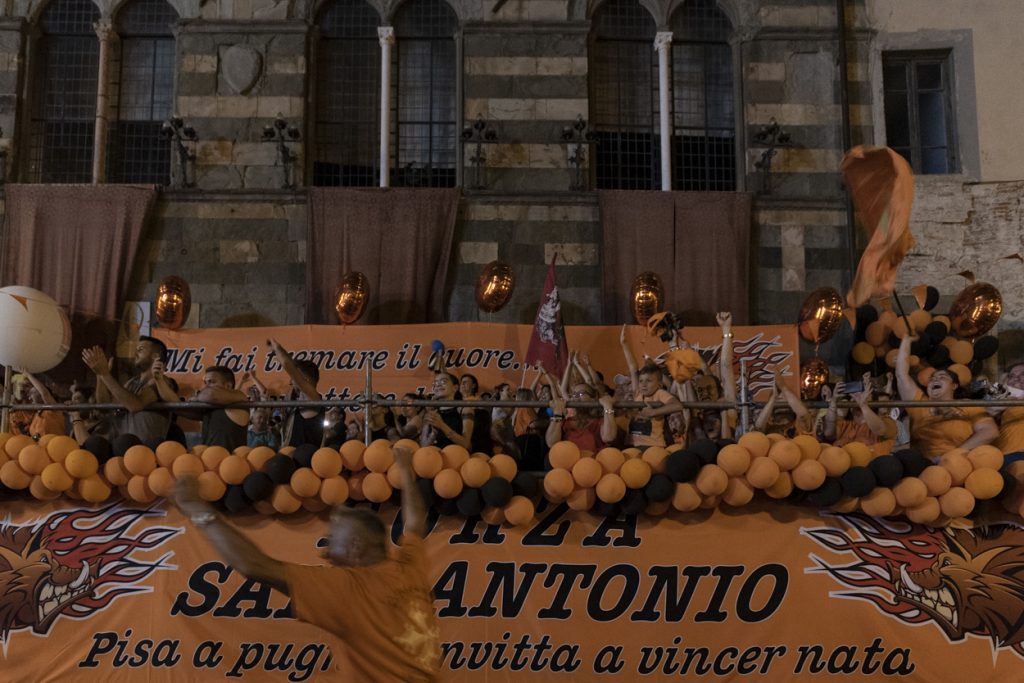
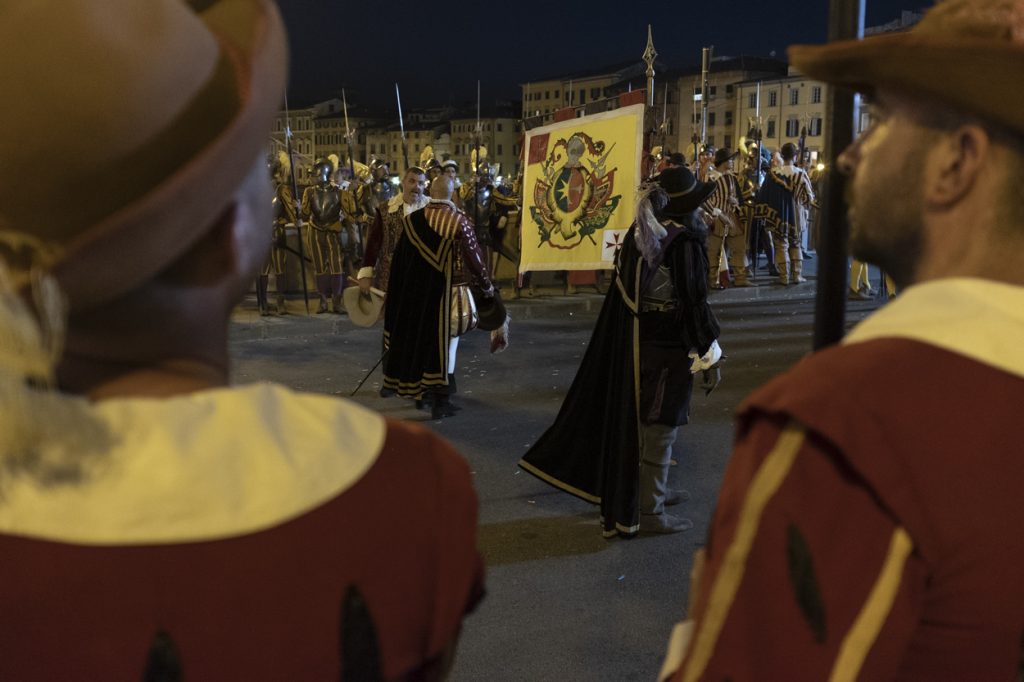
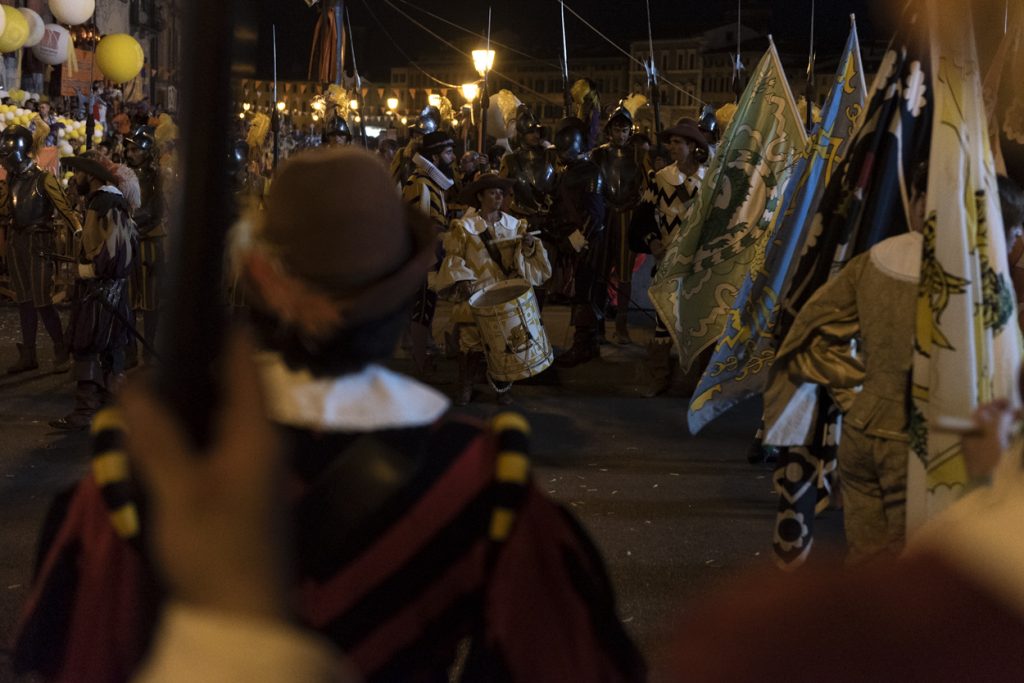
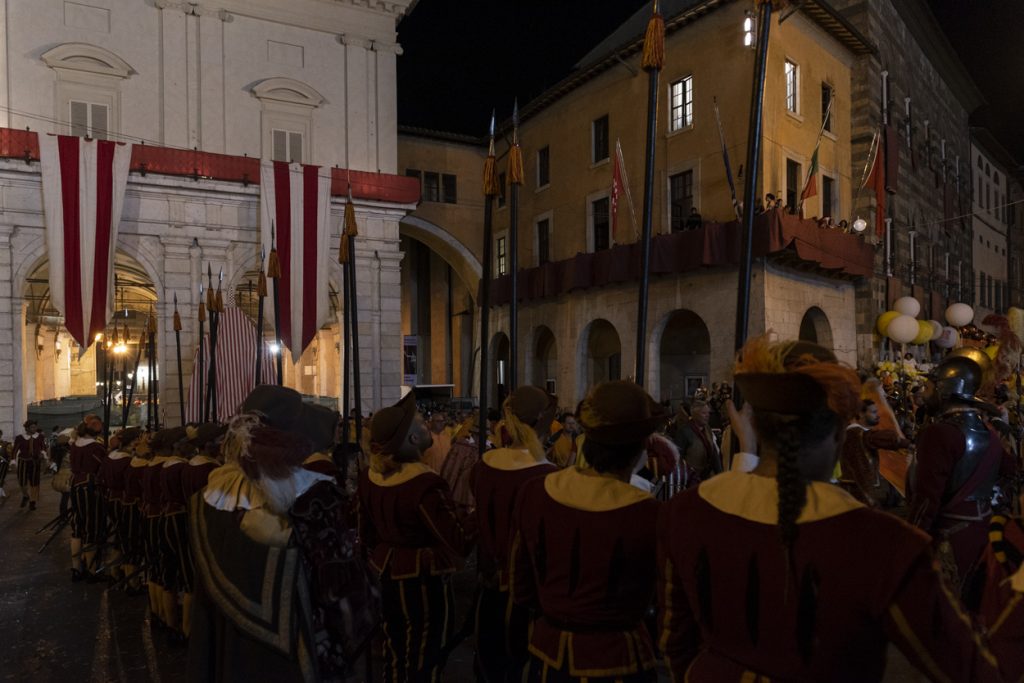
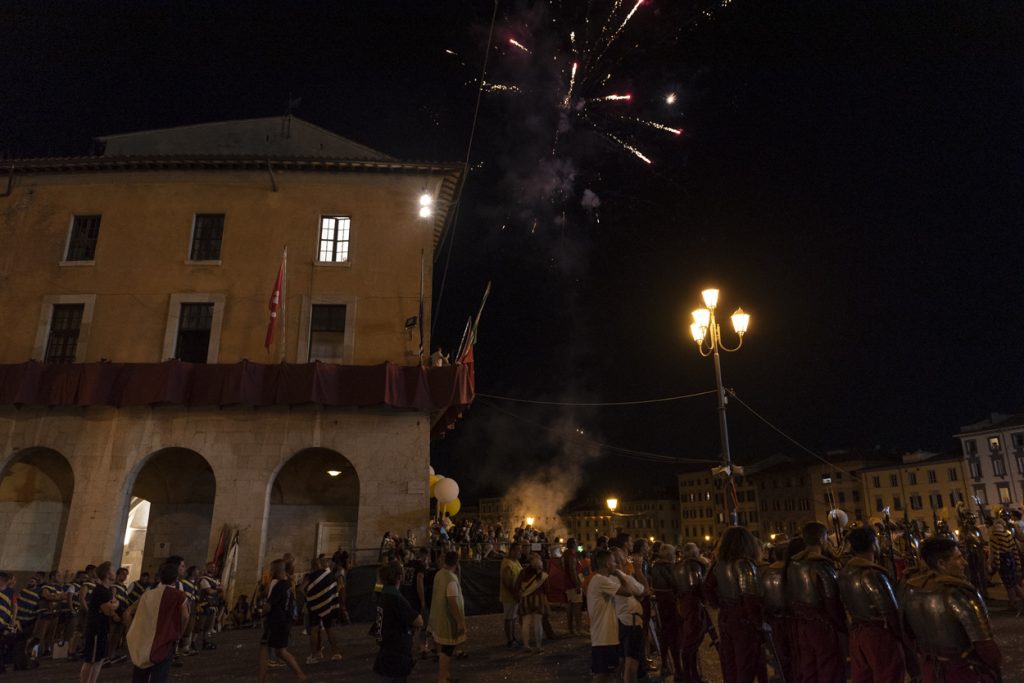
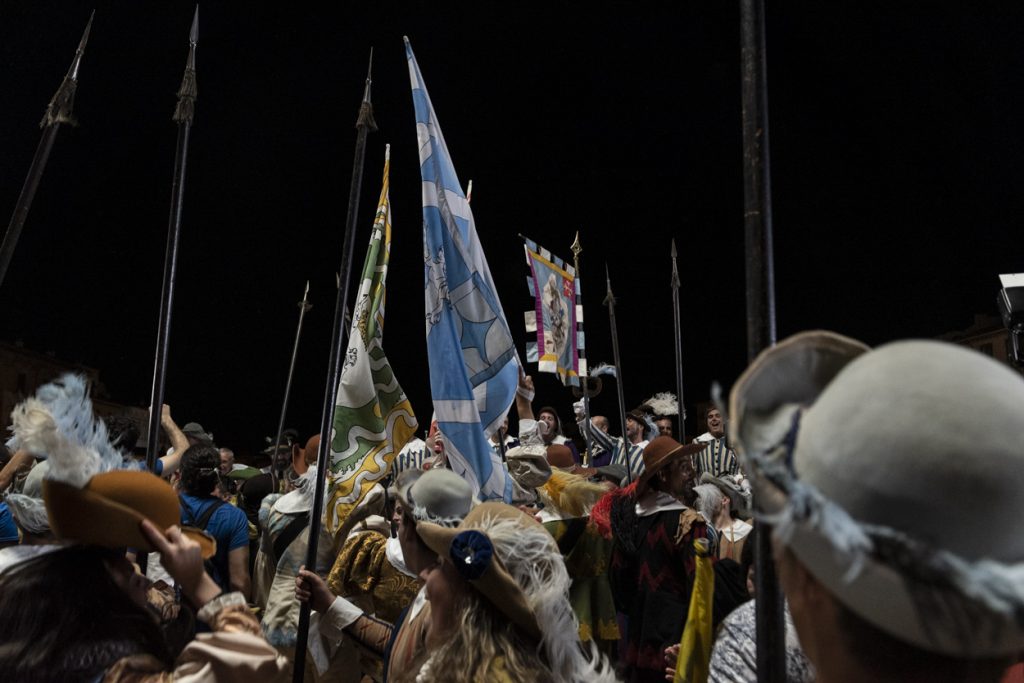
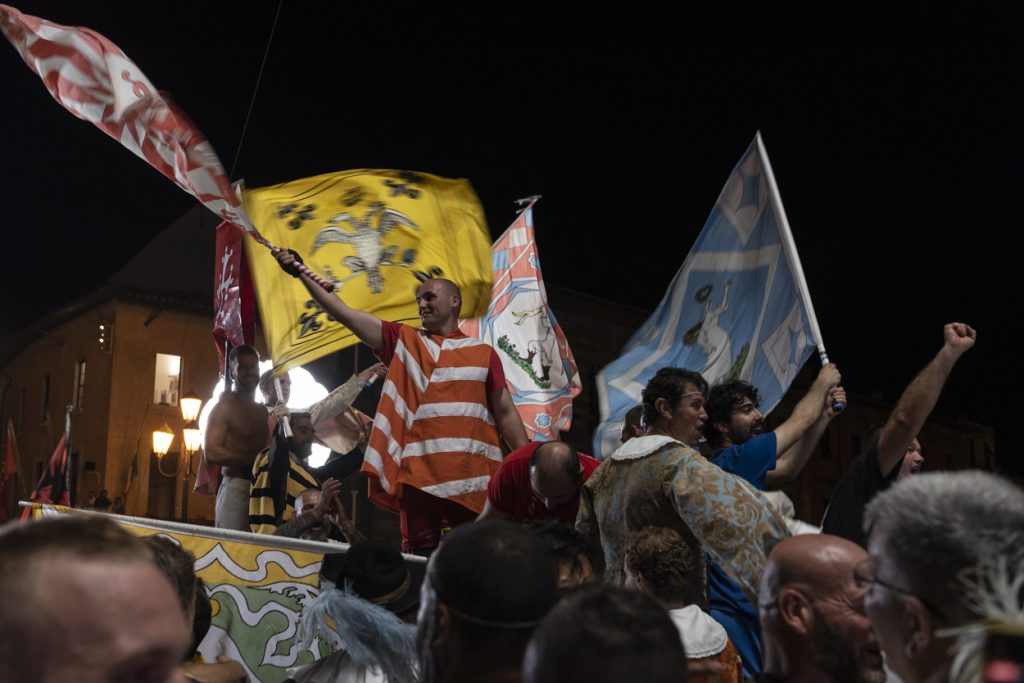
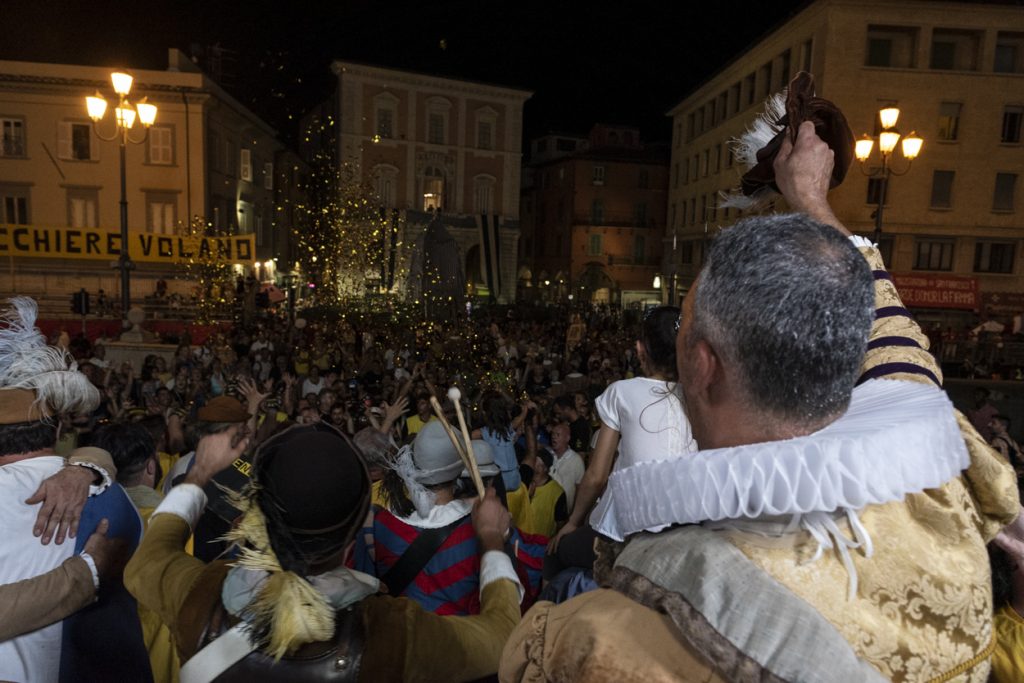
Resources:
Amici del Gioco del Ponte – link in English:
http://www.giocodelpontedipisa.it/pisa-battle-on-the-bridge.php
Thanks to the Comune di Pisa for the support I have received to produce this work.
Also posted in Documentary, Editorial, Event, Italy, People, Pisa, Traditions
Tagged Amici del Gioco del Ponte, Arno, Battle on the Bridge, Borgo Stretto, Bridge, corteo, documentary photography, editorial, Gioco Del Ponte, Giugno Pisano, Lungarno, Maritime Republics, Mazzascudo, Medieval, Mezzogiorno, motto, parade, people, Pisa, Ponte di Mezzo, Traditions, Tramontana, Travel photography, Tuscany
|
Saint George’s Festival, Lalibela
Our visit to Lalibela happened to coincide with the celebration of Saint George at the Bete Giyorgis, one of the eleven rock-hewn monolithic churches, and pilgrimage site for the member of the Ethiopian Orthodox Church.
Bete Giyorgis is to me far the most spectacular of the Lalibela churches because carved out of the ground and shaped from the inside out as unbroken piece of stone. It is also one of the few churches not being spoiled by the UNESCO uninteresting installation being built like umbrellas over the roof of other churches to protect them from the environmental elements. Bete Giyorgis is isolated from the other groups and beautifully sits surrounded by the rural and pastoral landscape.
The construction of this church is ascribed to King Lalibela (late 12th or early 13th AD), who wanted to recreate the reign of Jerusalem, and it is today one of the holiest places in Ethiopia.
Witnessing the Saint George religious festival almost feels like traveling to a biblical atmosphere. At the early hours of the morning, believers are already standing on the rocks surrounding the church, immersed in their prayers and reading the Holy Bible. Many have already made it throughout the narrow passage leading down to the Church courtyard. As the sun rises, rays of light make their way to enlighten natural caves where pilgrims are playing drums and chanting.
The monolithic block gradually comes alive as people keep gathering together to celebrate the Holy Mass. The chants contrast with the silent of the rock. The beautiful white traditional dresses, carrying diverse cross motives, juxtapose with the colour of the volcanic tuff the rocks are made off.
Later in the morning, as we emerge from the courtyard, the entire site is crowded with believers. A few hours later people will gradually leave to go to schools or workplaces.
The Saint George festival is only a small flavour of the many religious events happening in Lalibela. Our guide, Haile, very knowledgeable about Lalibela and surrounding areas, made it possible for us to ‘seamlessly’ blend into the celebration.
Few days later, back to London, we feel much closer to the Ethiopian community gathering for the Sunday morning mess at the nearby church, where we are being welcomed very warmly.
The experience in Lalibela has created a deep and emotional connection with Ethiopia.
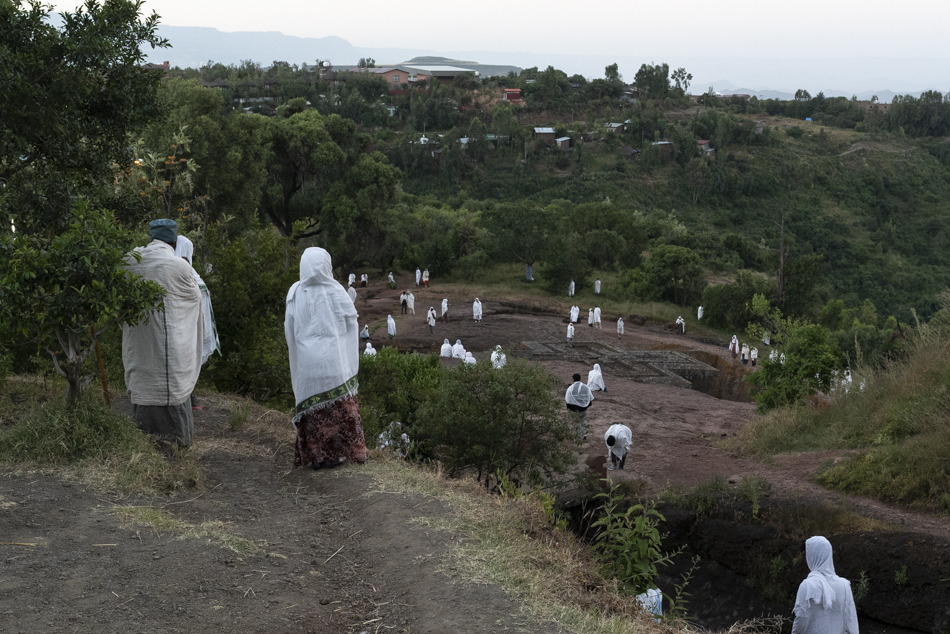
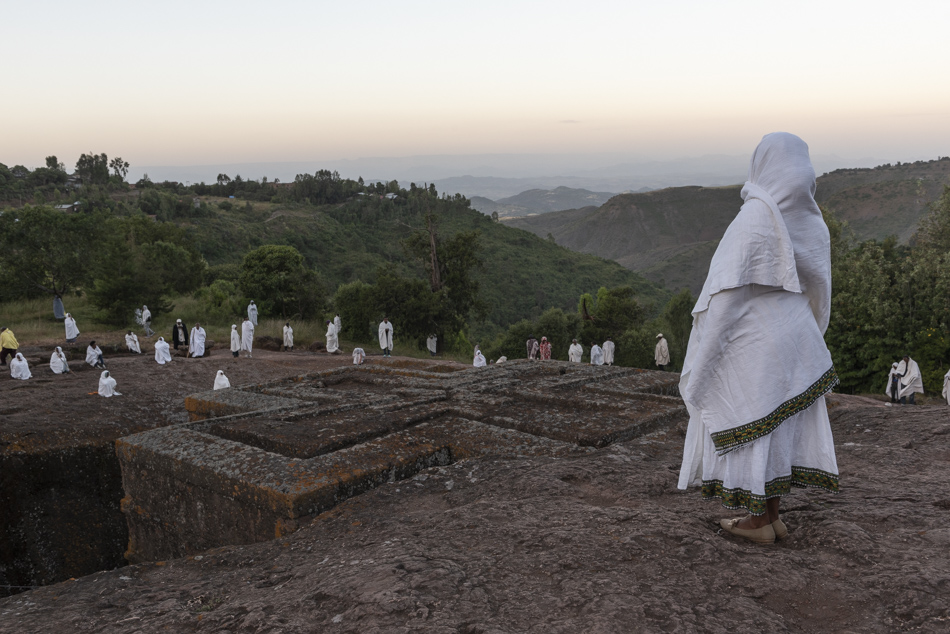
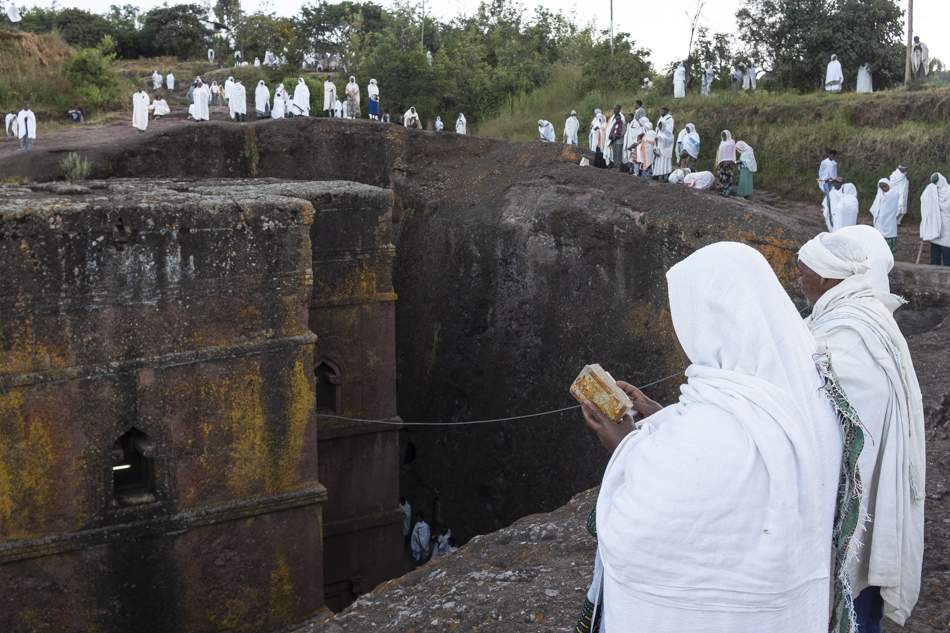
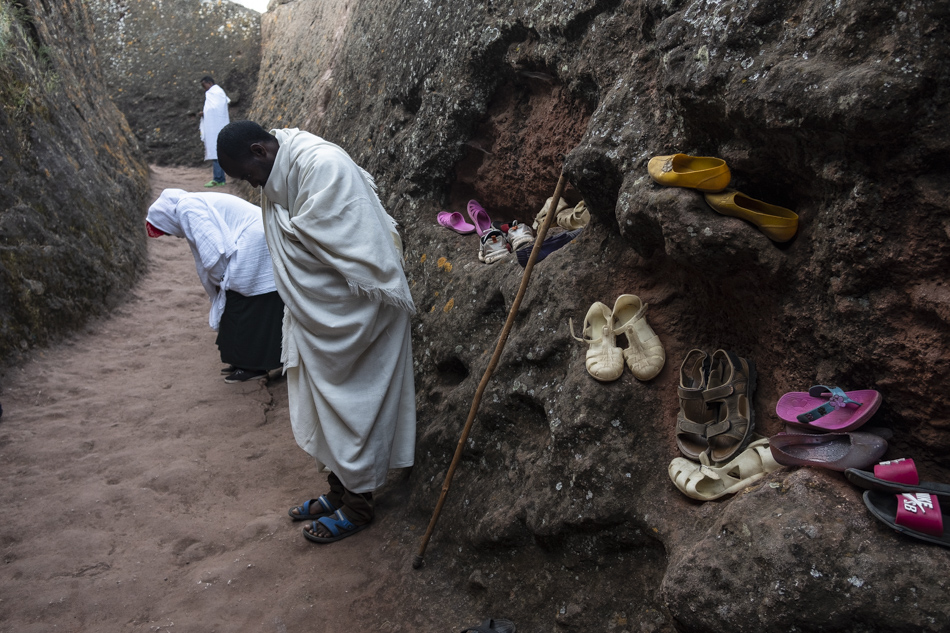
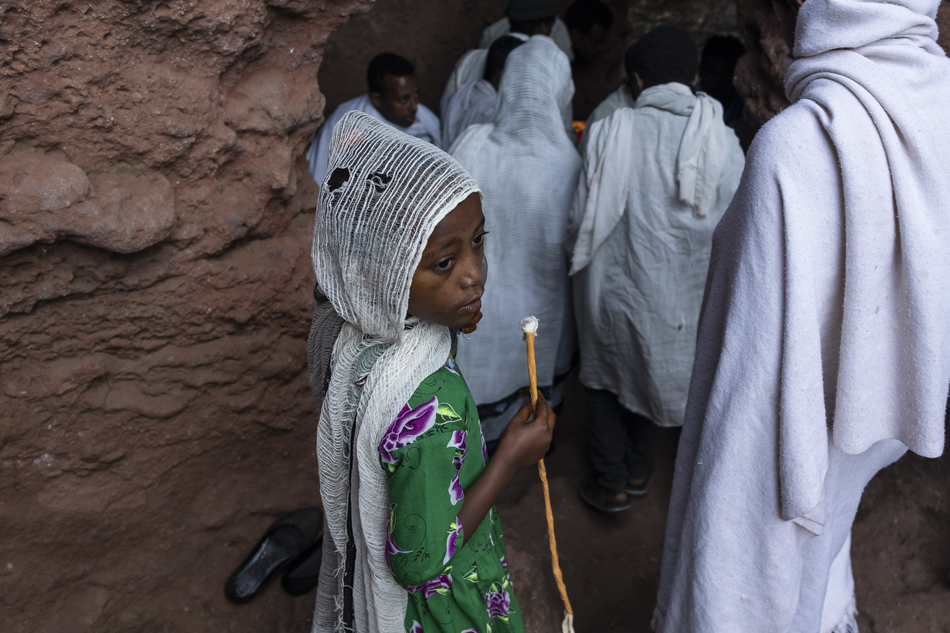
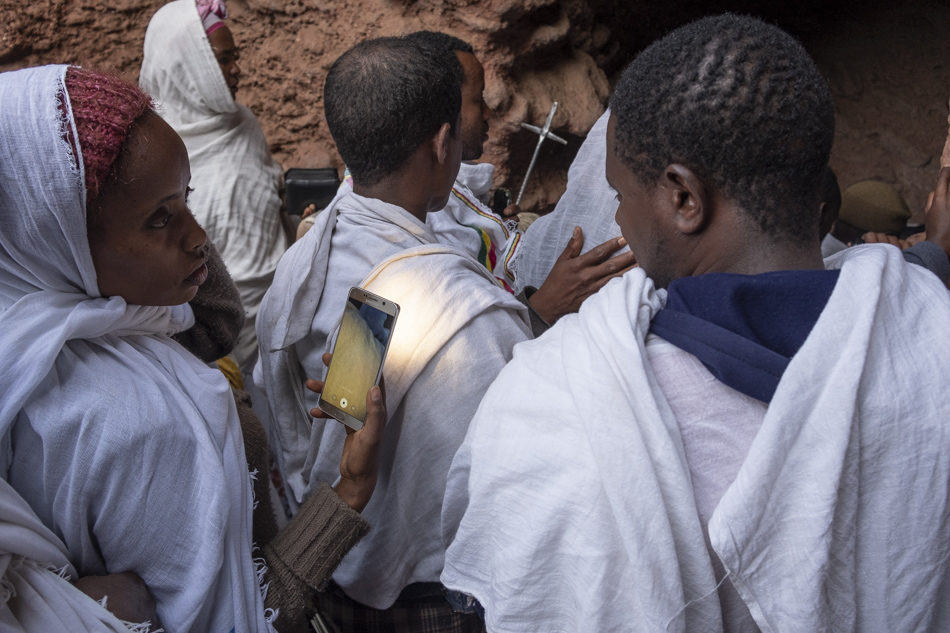
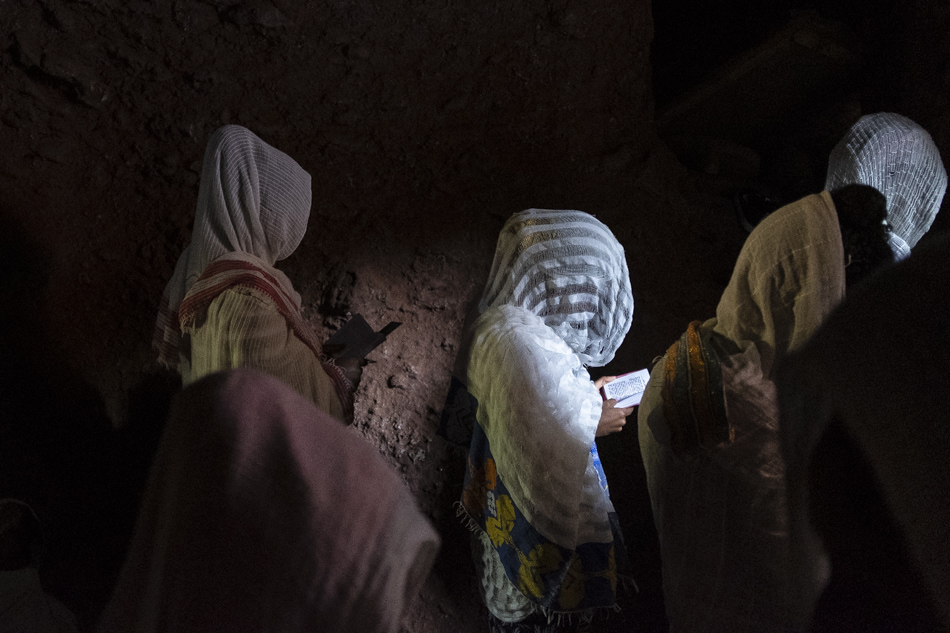
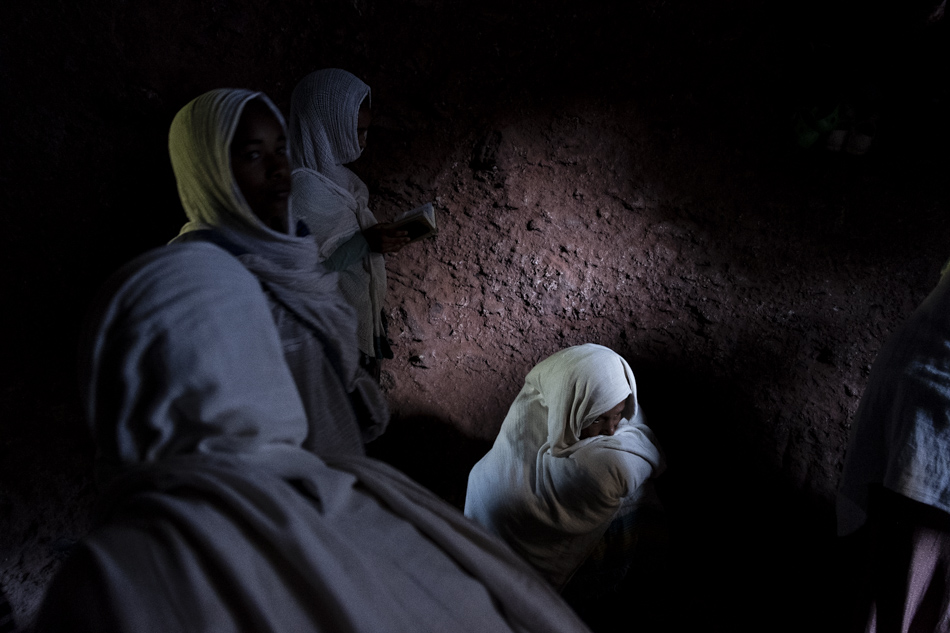
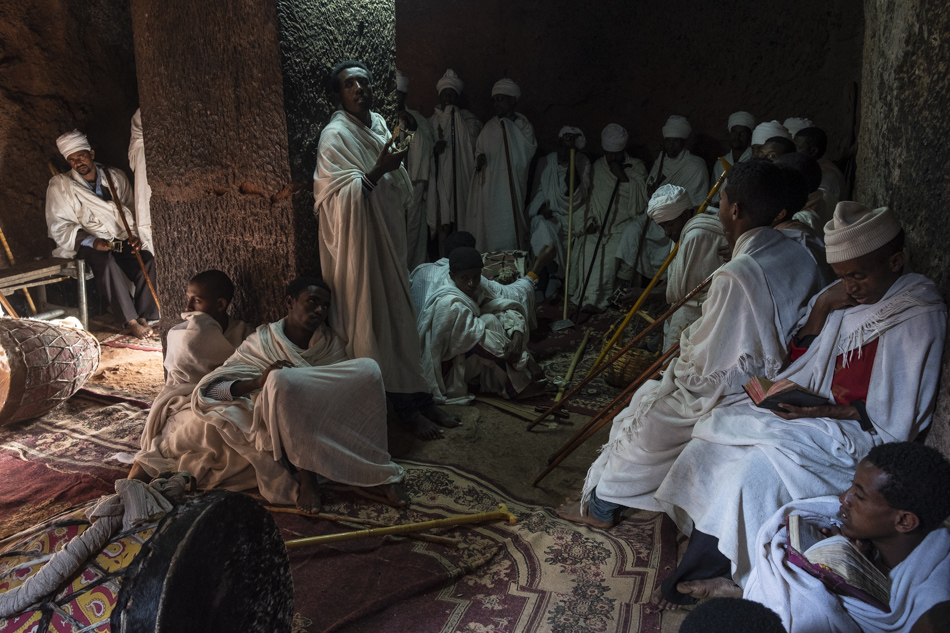
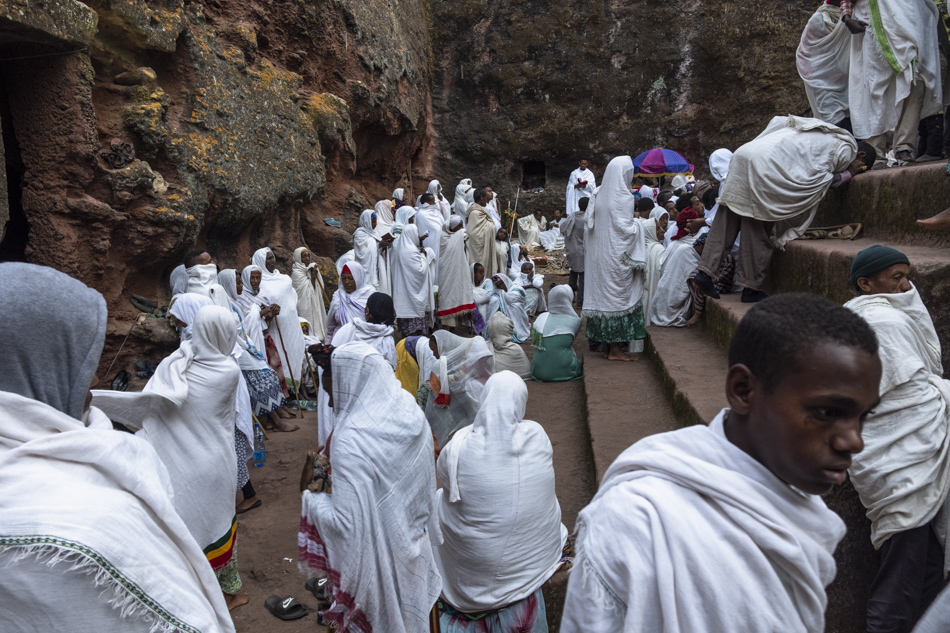
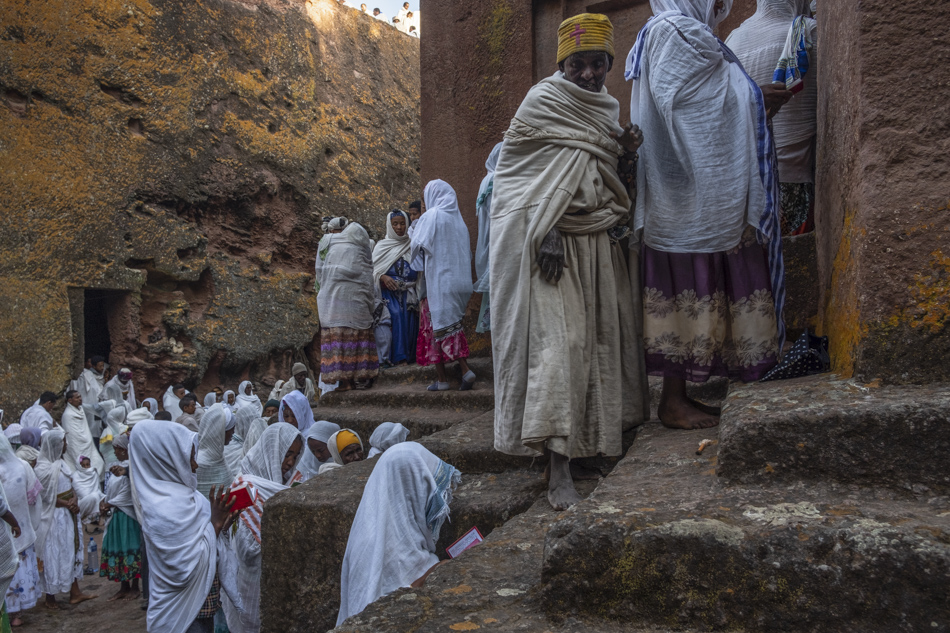
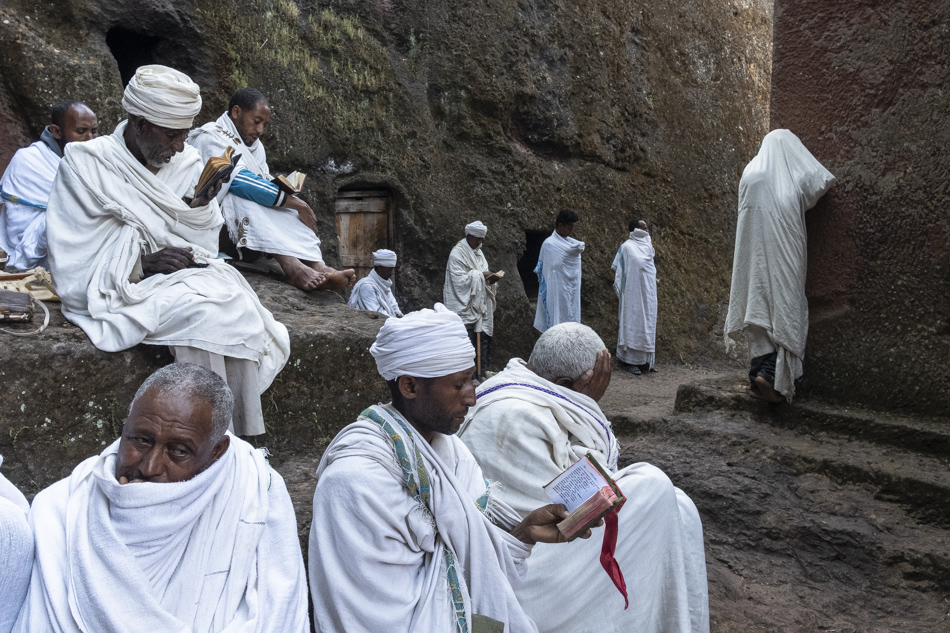
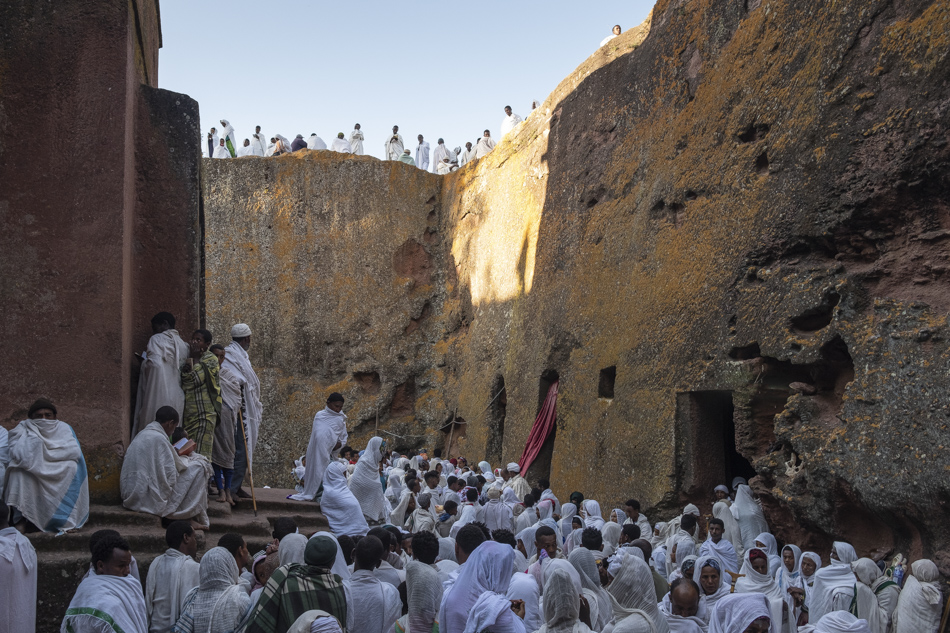
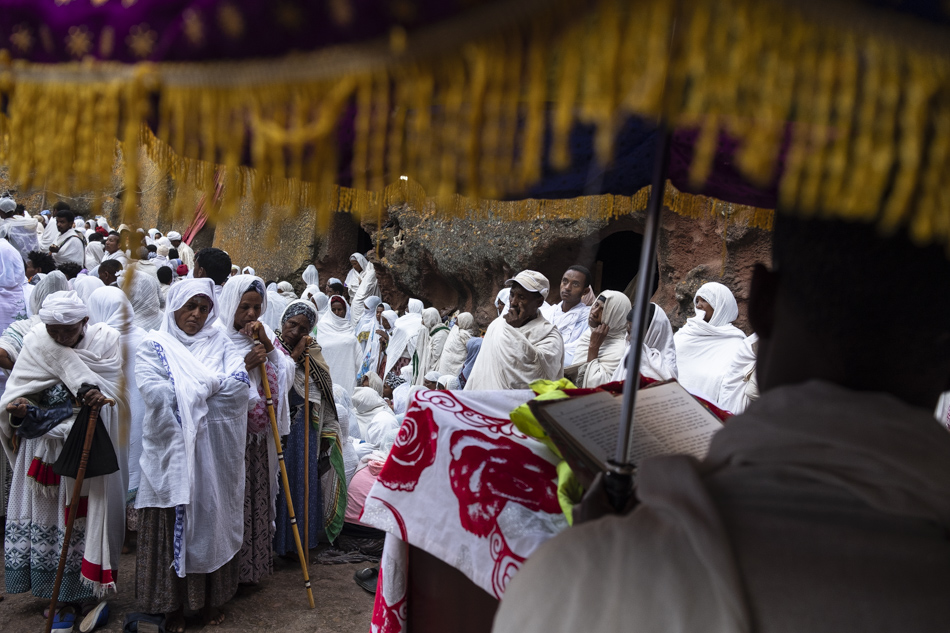
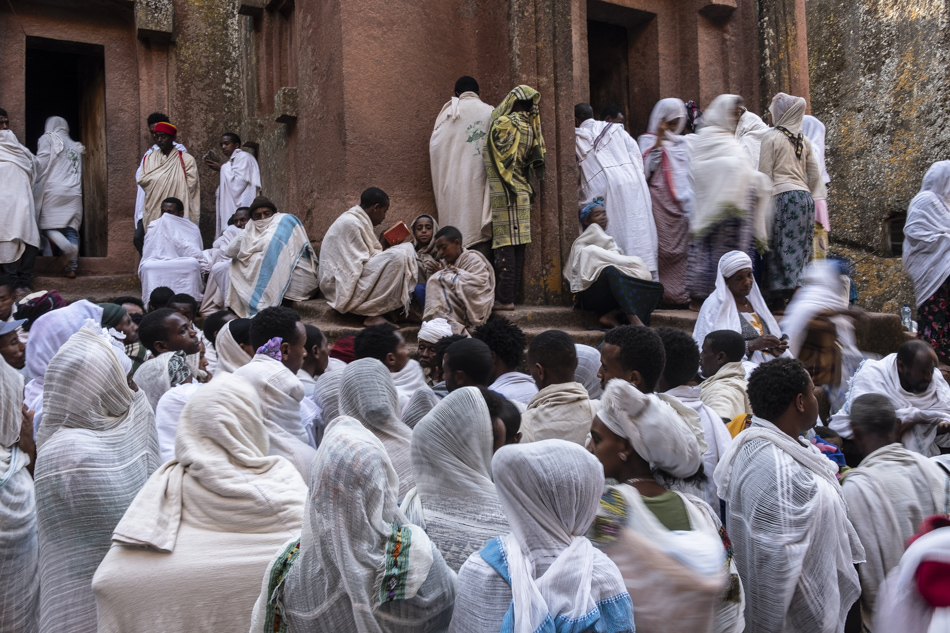
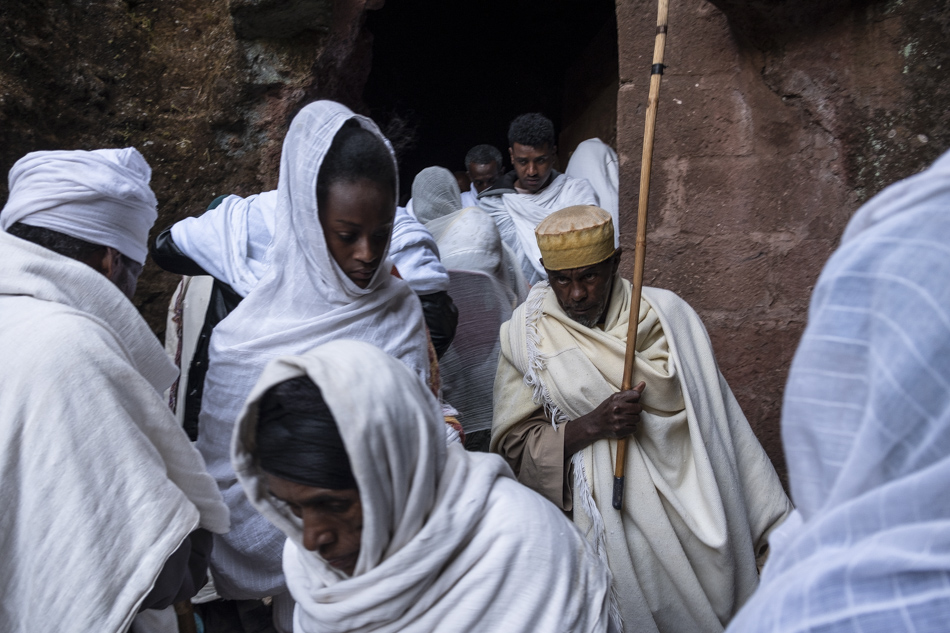
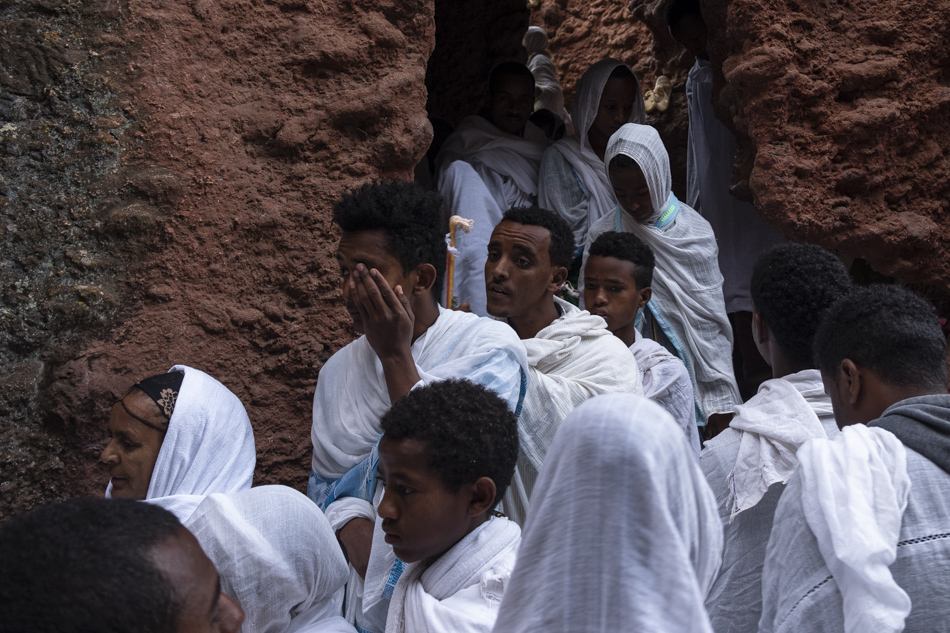
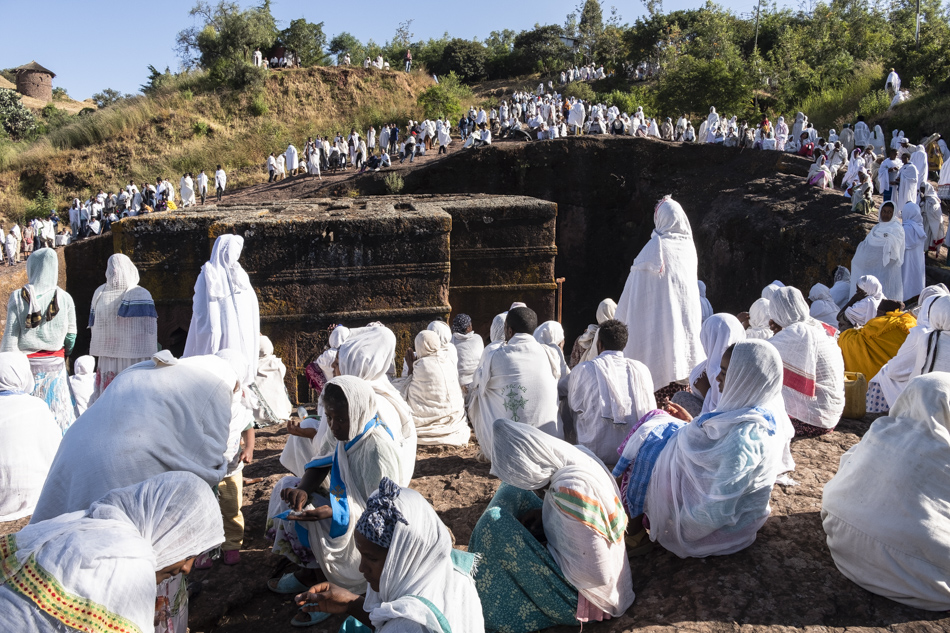
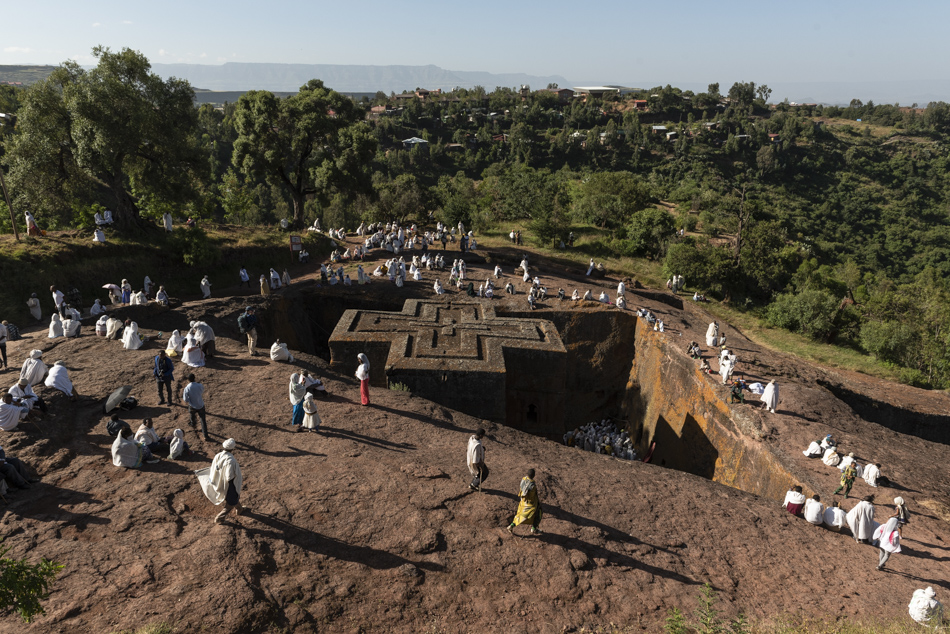
Thanks to our tour guide in Lalibela, Hailemariam Wubet (link to facebook page)
Also posted in Africa, Documentary, Editorial, Festival, People, Religion
Tagged Africa, Bete Giyorgis, celebration, Christianity, Church, Documentary, Ethiopian Orthodox Church, Festival, Lalibela, pilgrimage site, pilgrims, religion, rock-hewn, Saint George Festival, St George, Traditions, Travel photography, worship
|
The Addis Merkato, Ethiopia
Last week in Ethiopia we had the opportunity to visit the Addis Merkato, considered to be the largest open market in Africa.
Initially overwhelmed by the hectic scene, chaos, noise, myriads of business trading all sort of goods, we have adventured into the side streets which lead to various sections of the market.
Despite the large size, it is always possible to exit the market from different sides and join one of the main roads surrounding the area. From there it is easy to walk back to the starting point or look for transport.
Our guide, Joseph, a tourism student, is very knowledgeable about Addis and the Merkato, and helps us communicating with local. Gradually, the market starts to make sense.
We walked throughout stalls selling exotic spices and strong coffee beans. Primarily female and kids are working there and call us “faranji” as we pass by. To them, every foreigner is from China.
We learn about the Enset, “false banana” paste, a multipurpose crop feeding more people per square miles than any other cereal.
Perhaps the most interesting section is the “recycling” area where things get fixed and eventually traded back in the market. The sound from hundreds of workers chiselling hard material, joining metals part, fixing pots, is like a restless jazz orchestra. In the Merkato, everything gets recycled.
People welcome us with curiosity. Some smile and do not mind our presence; others let us understand, in a polite way, that photographs are unwanted. Kids are excited at meeting foreigners and like the engagement. Some wants to take photos with us.
At the end of our visit, just before sunset, leaving the market means wanting to go back soon to understand more.
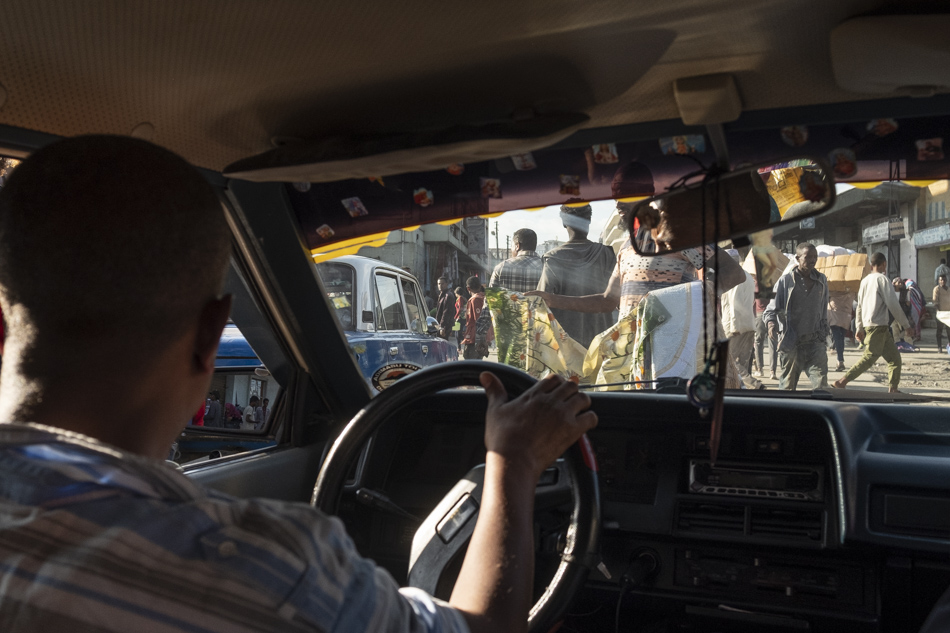
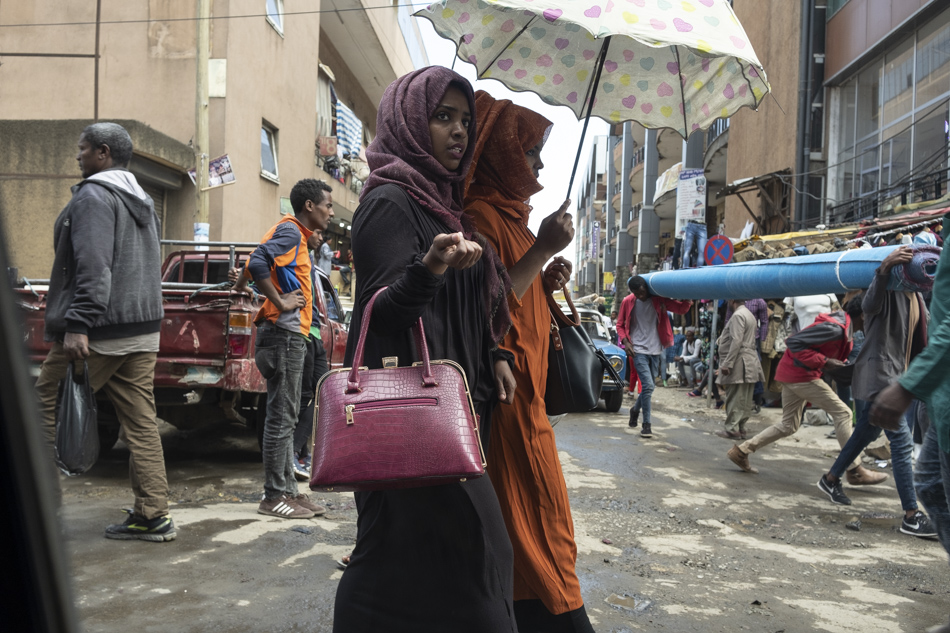
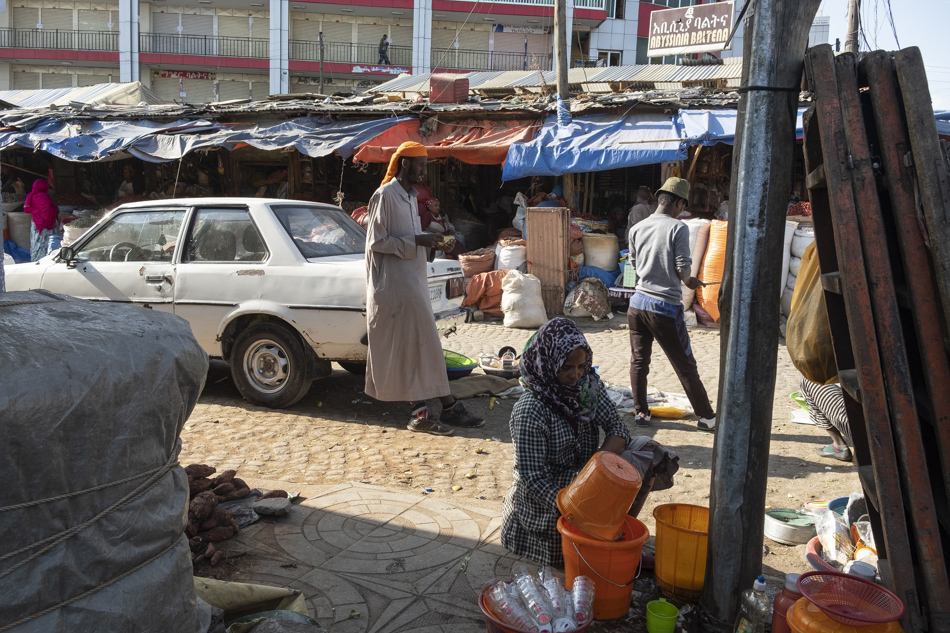
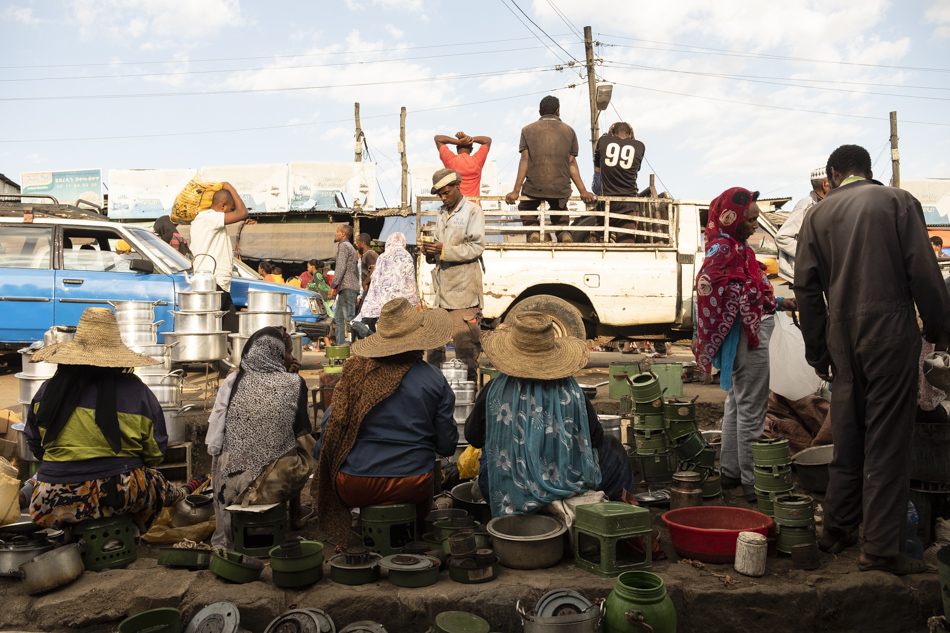
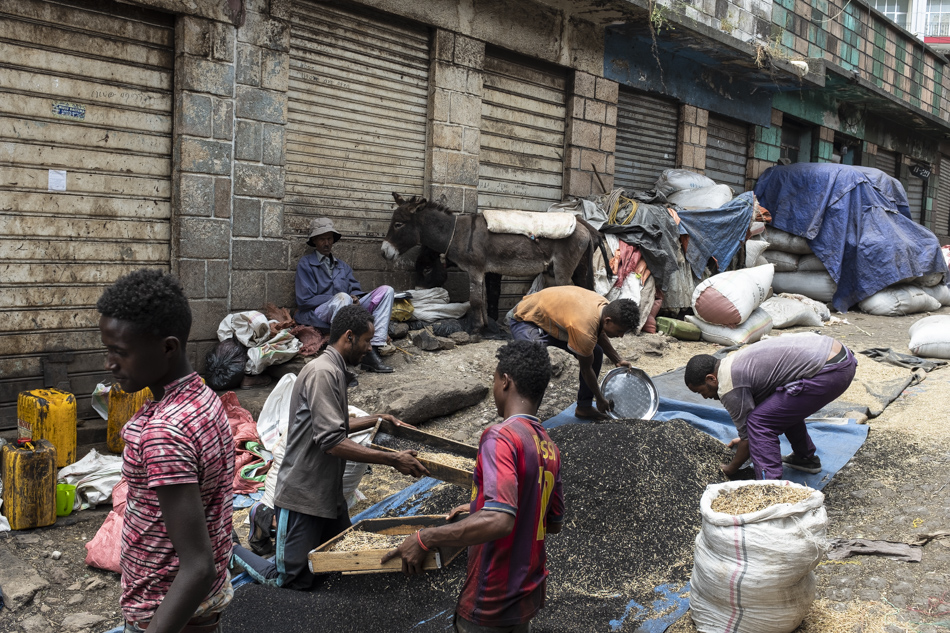
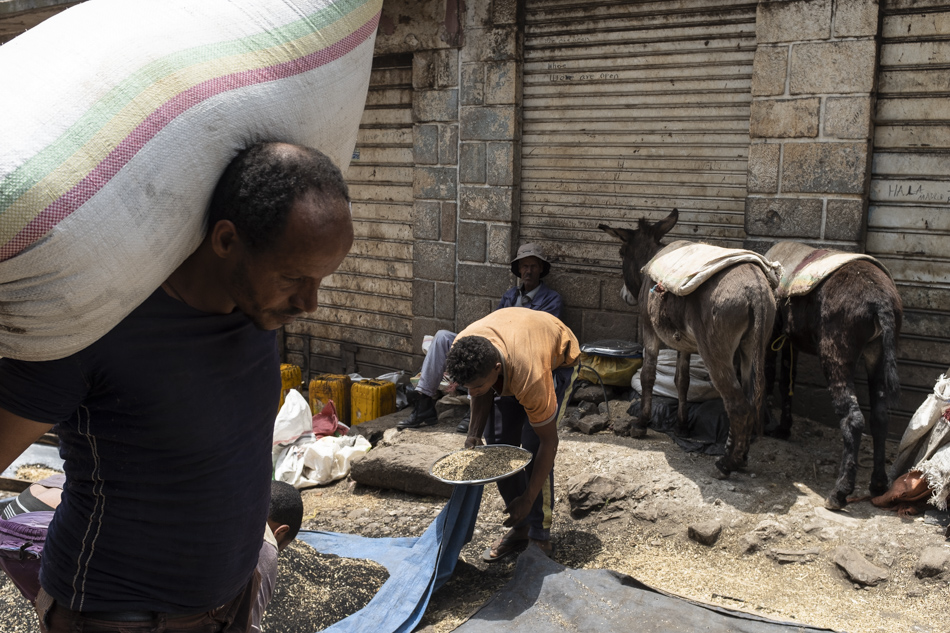
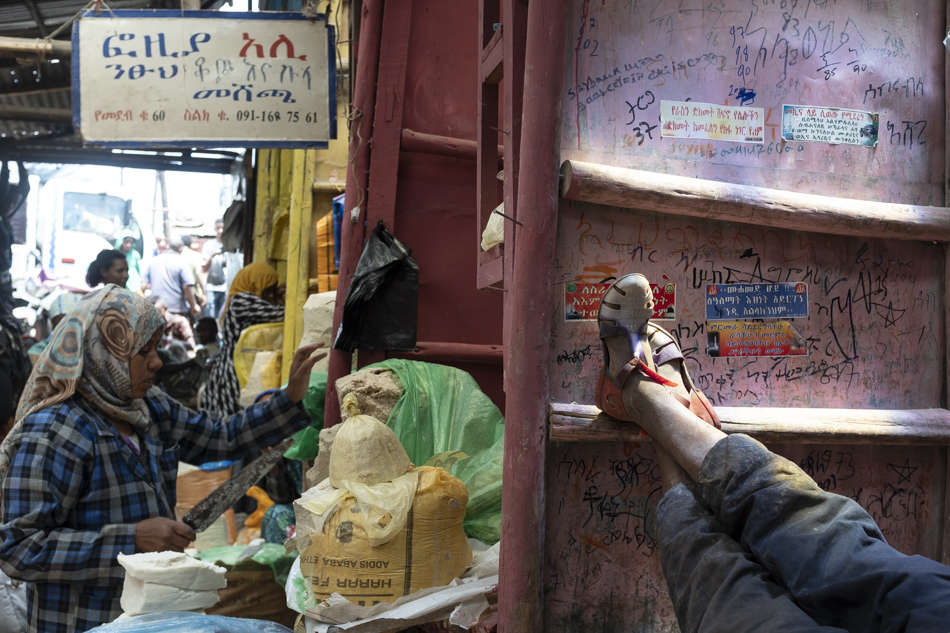
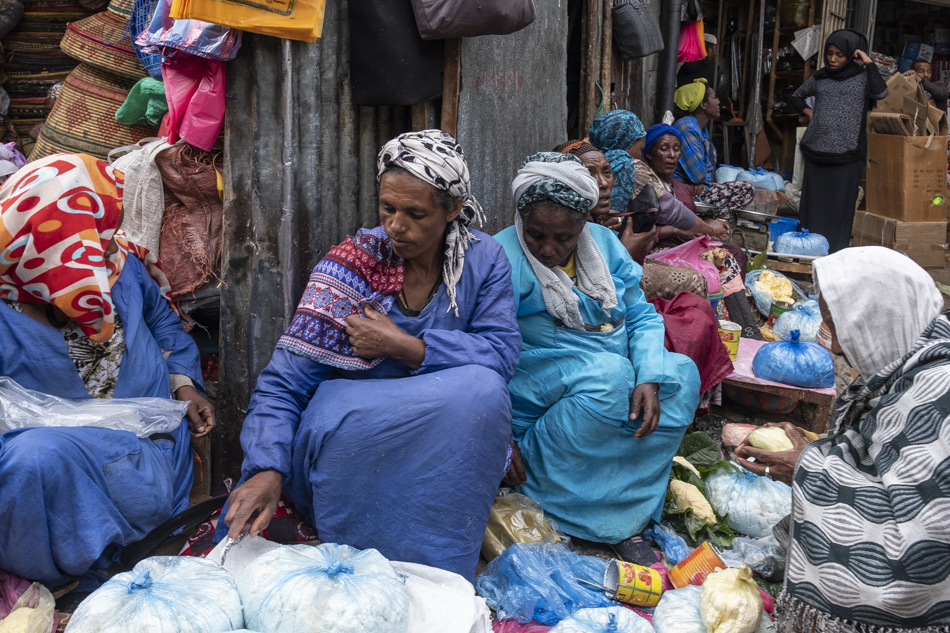
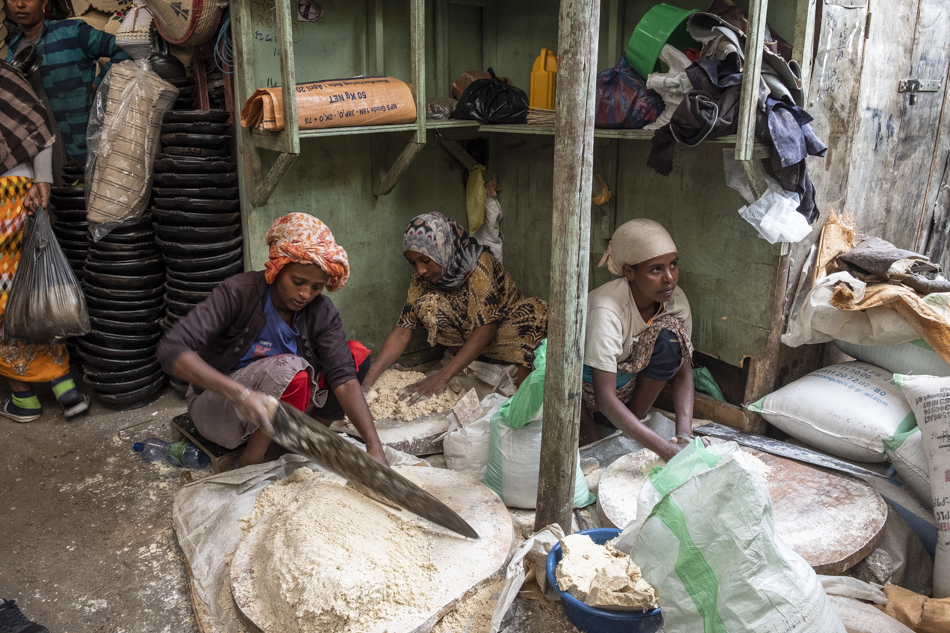
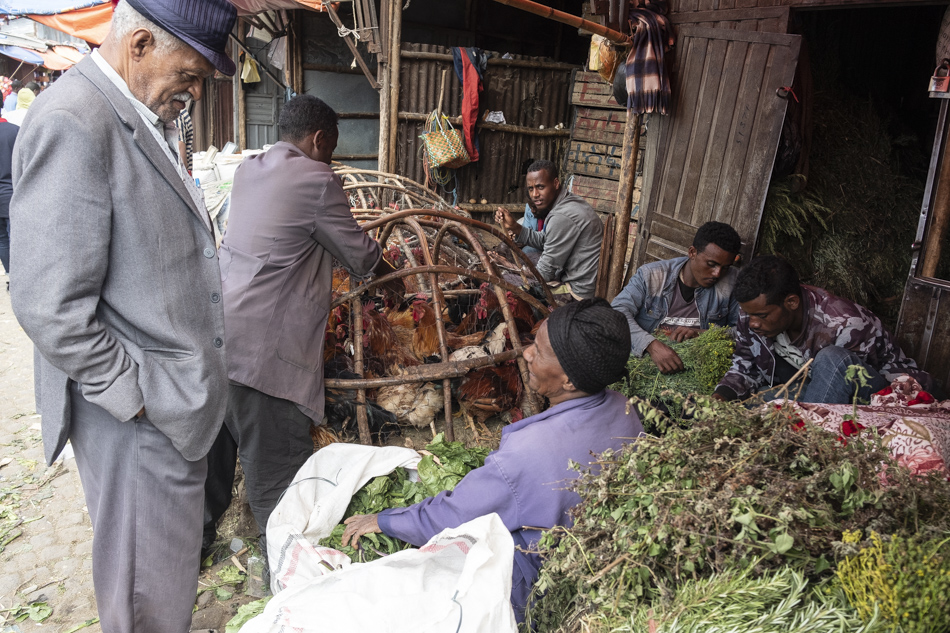
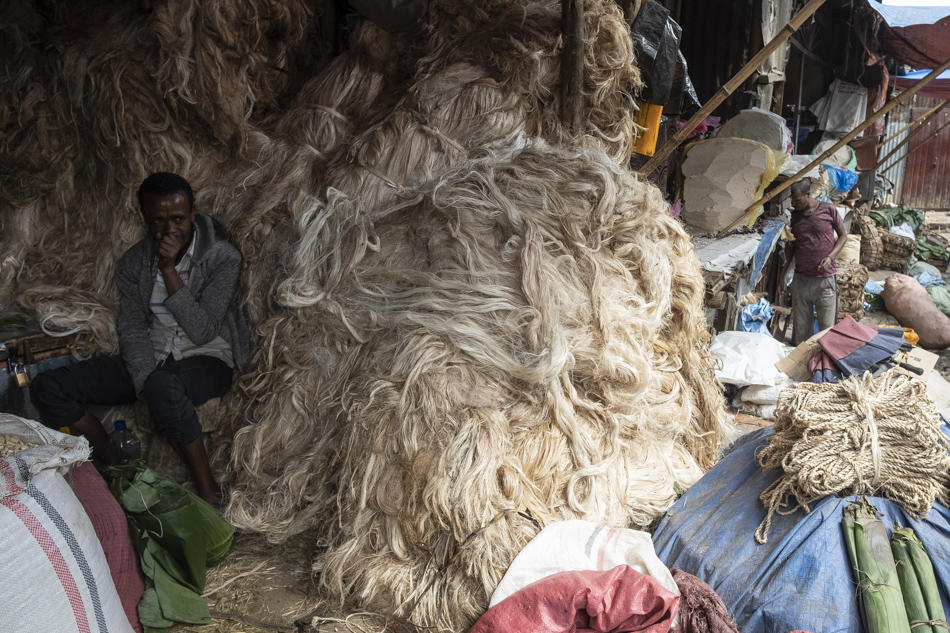
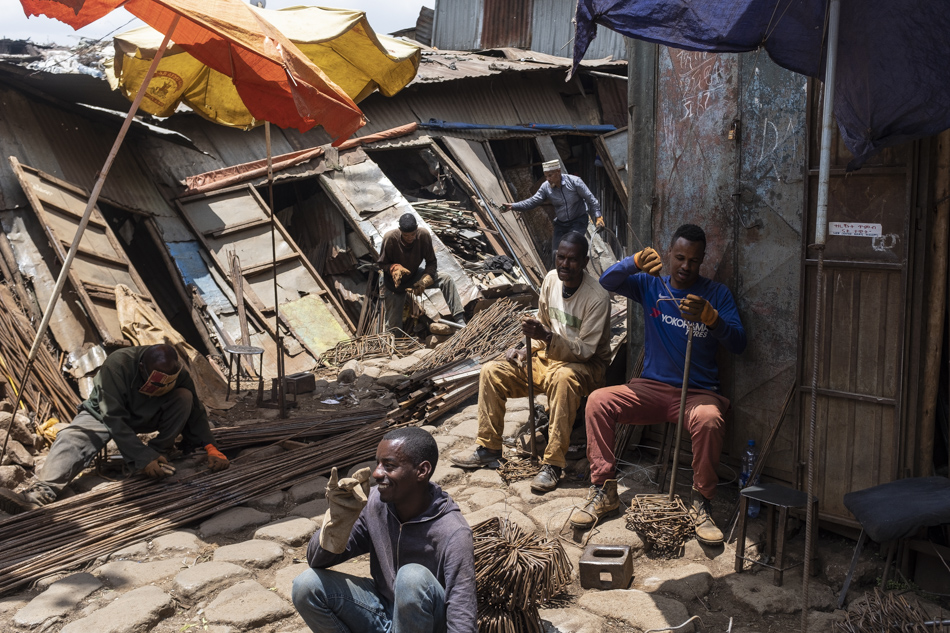
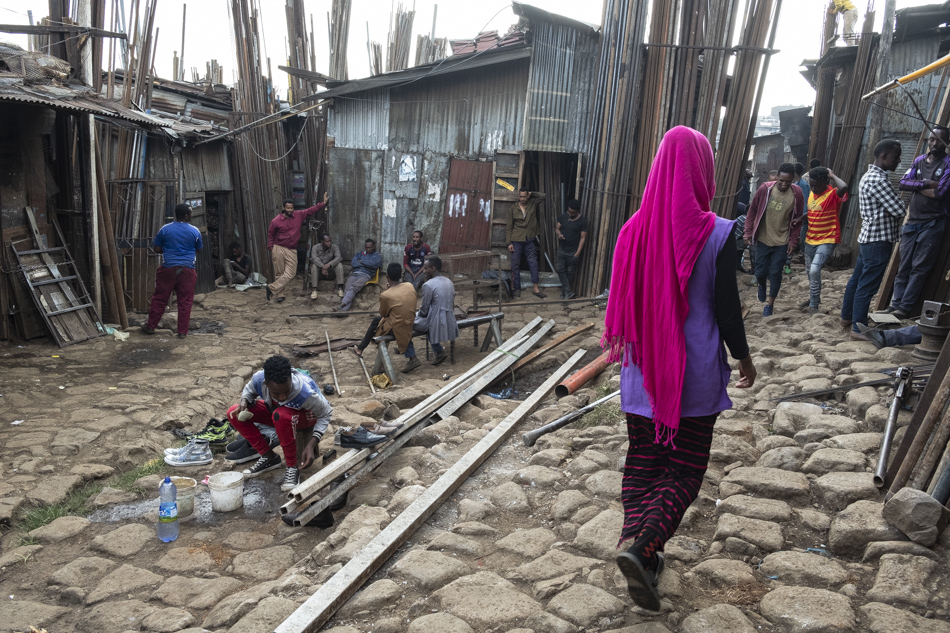
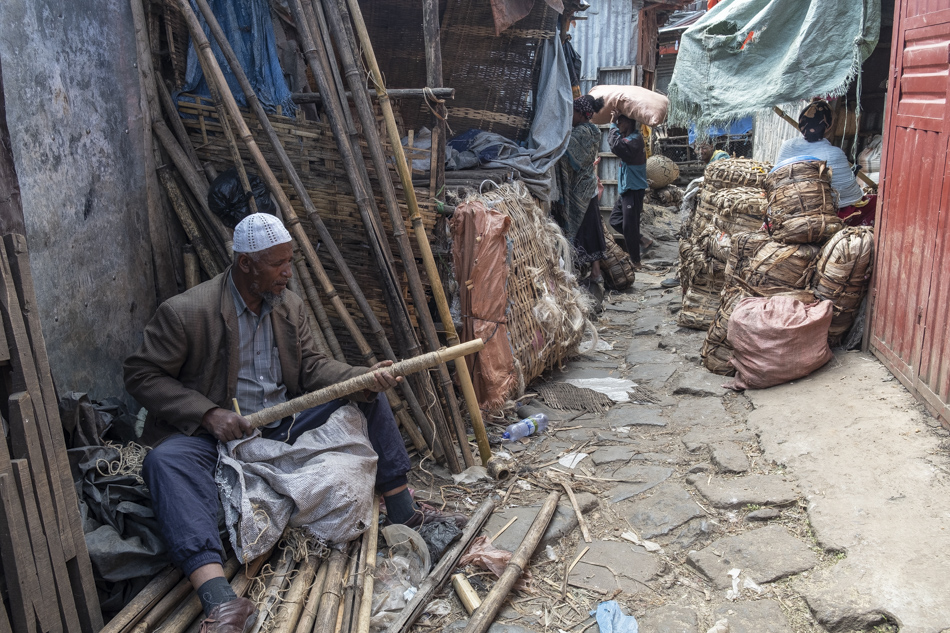
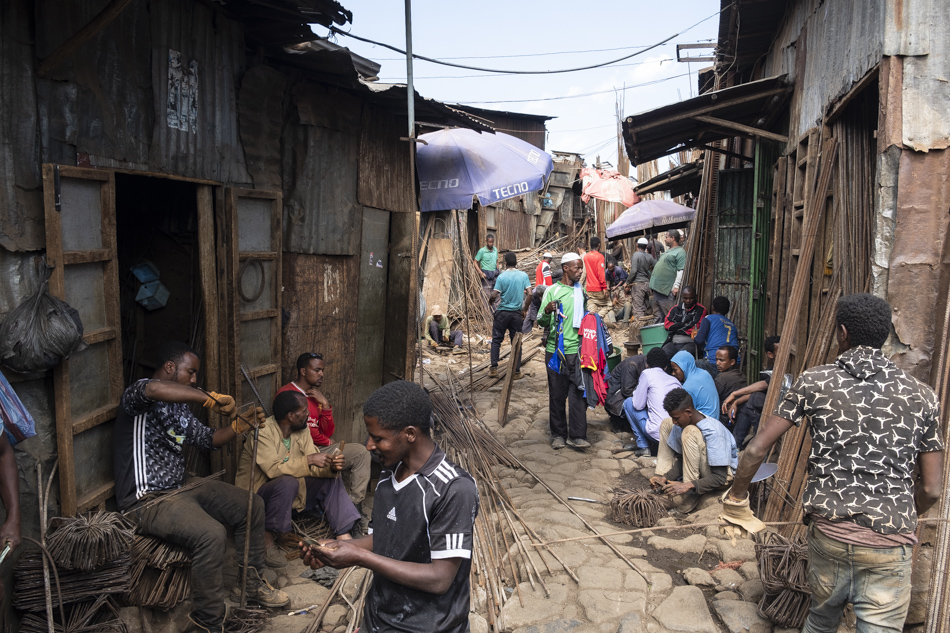
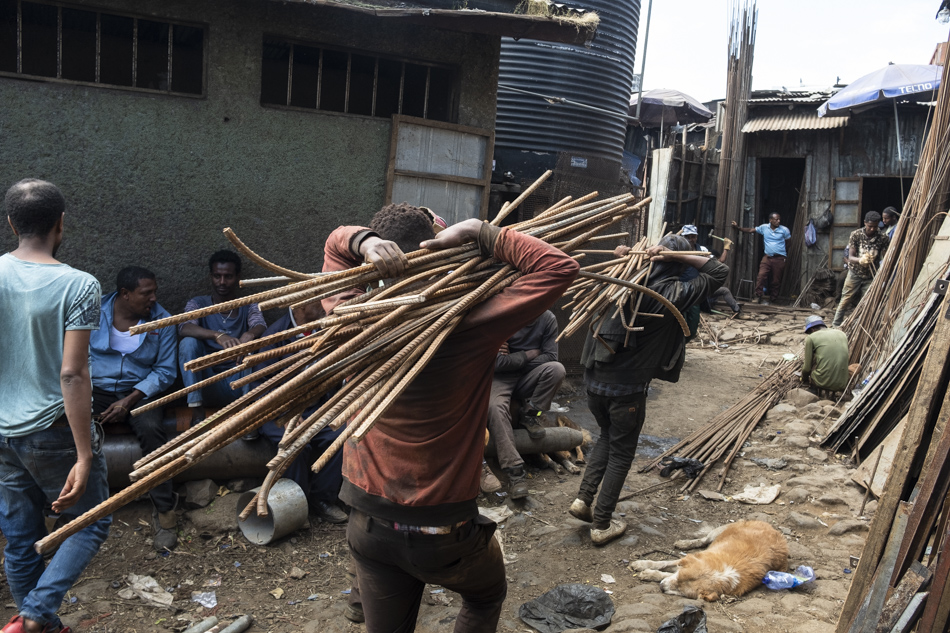
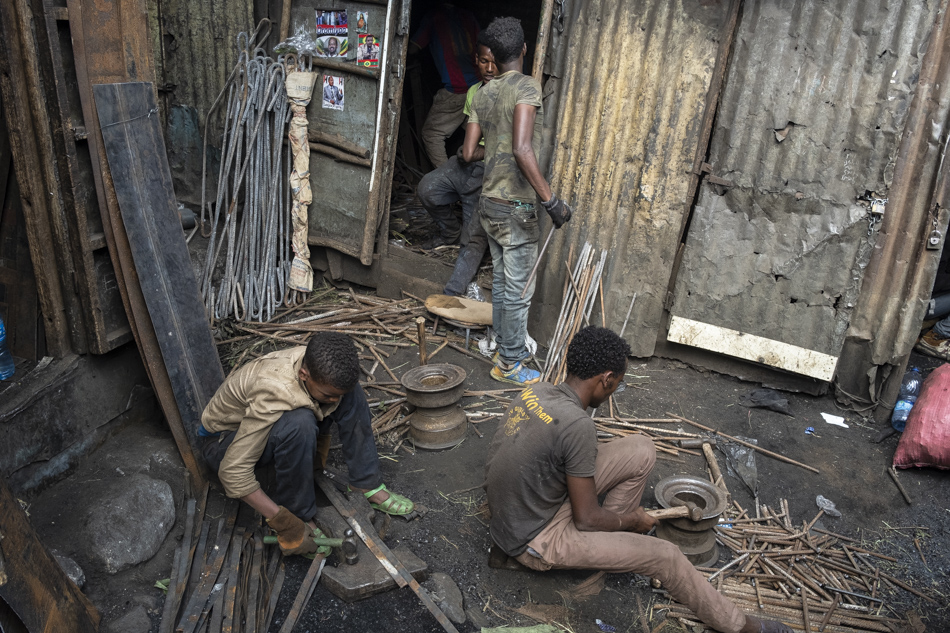
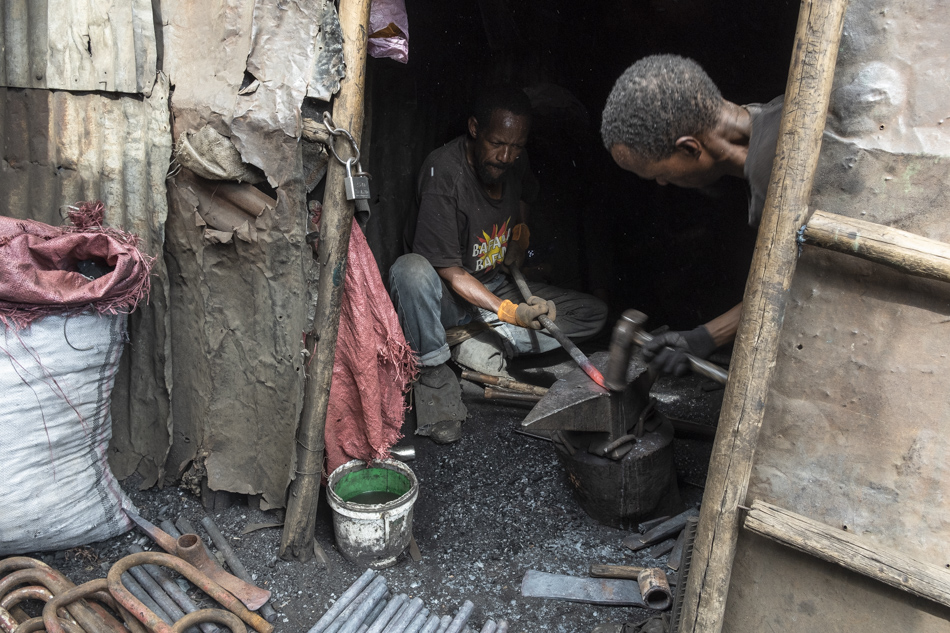
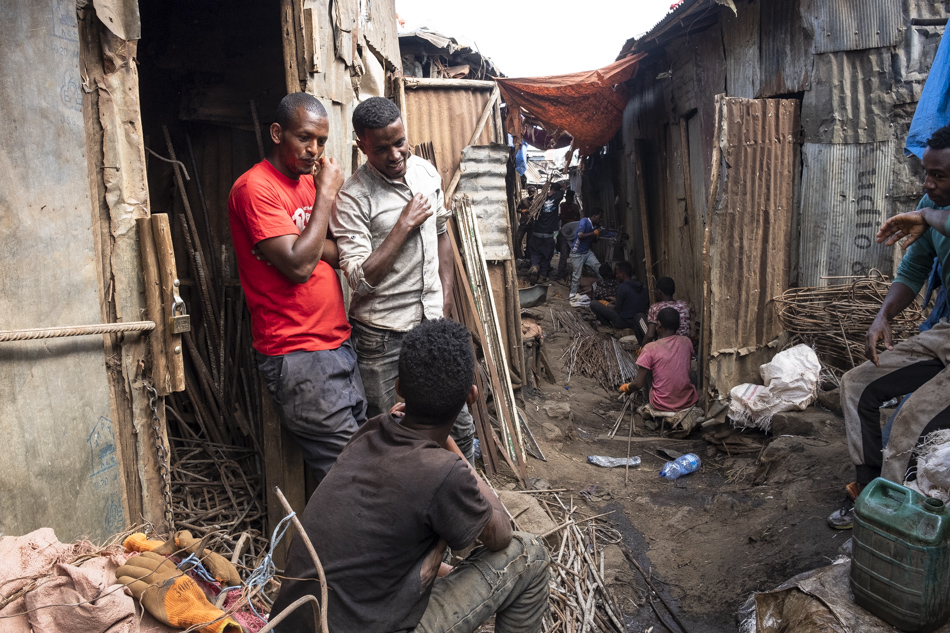
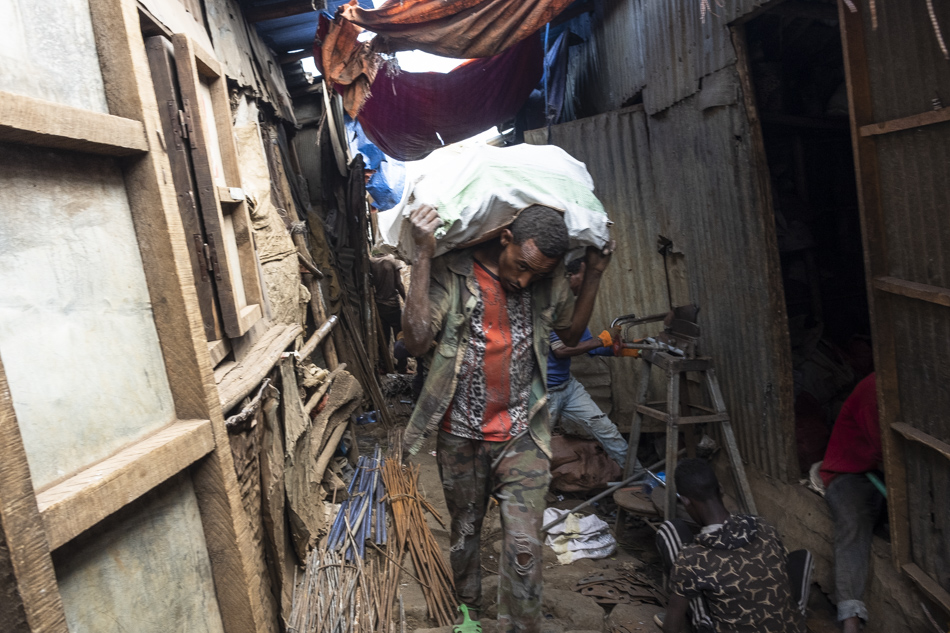
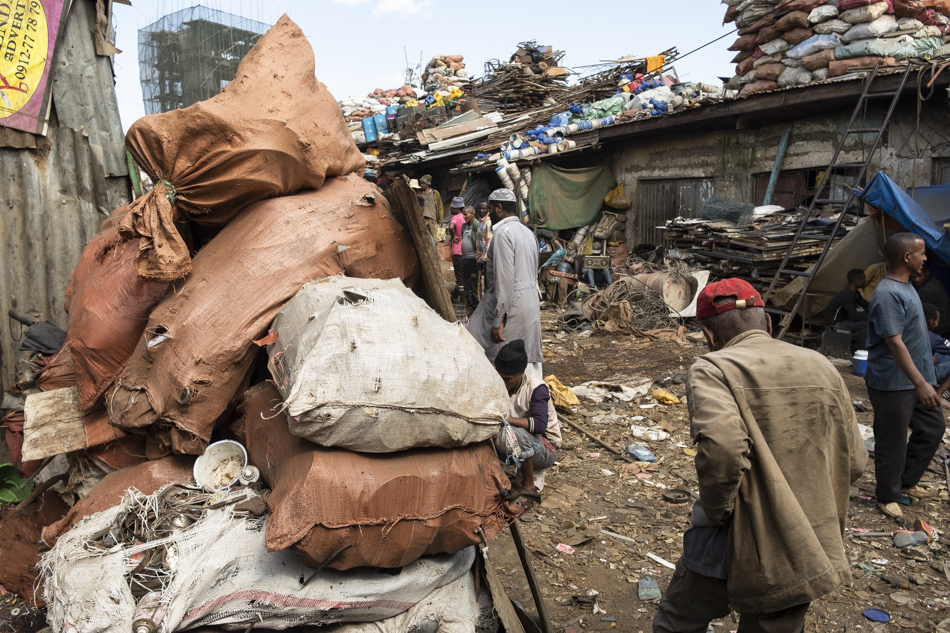
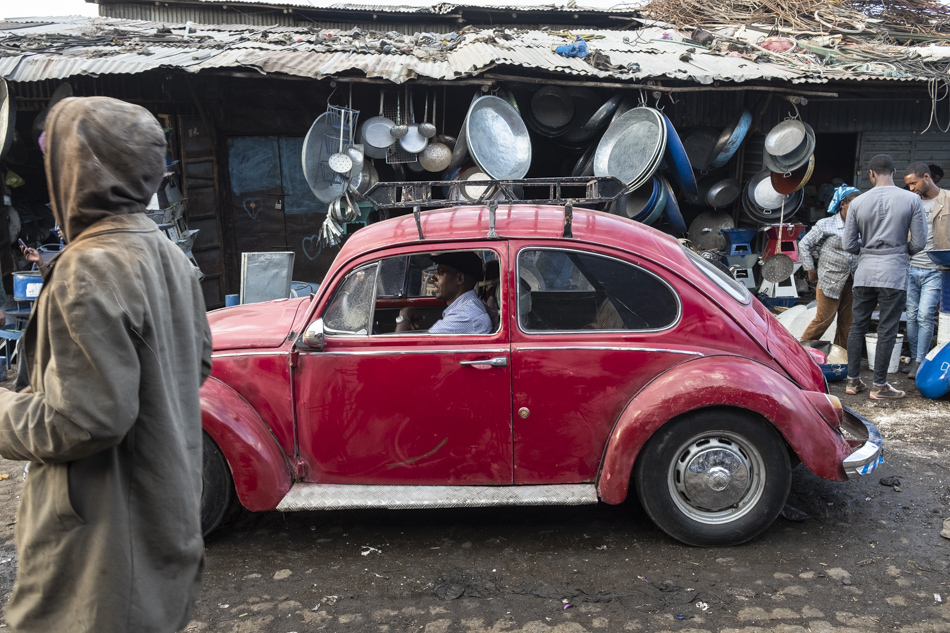
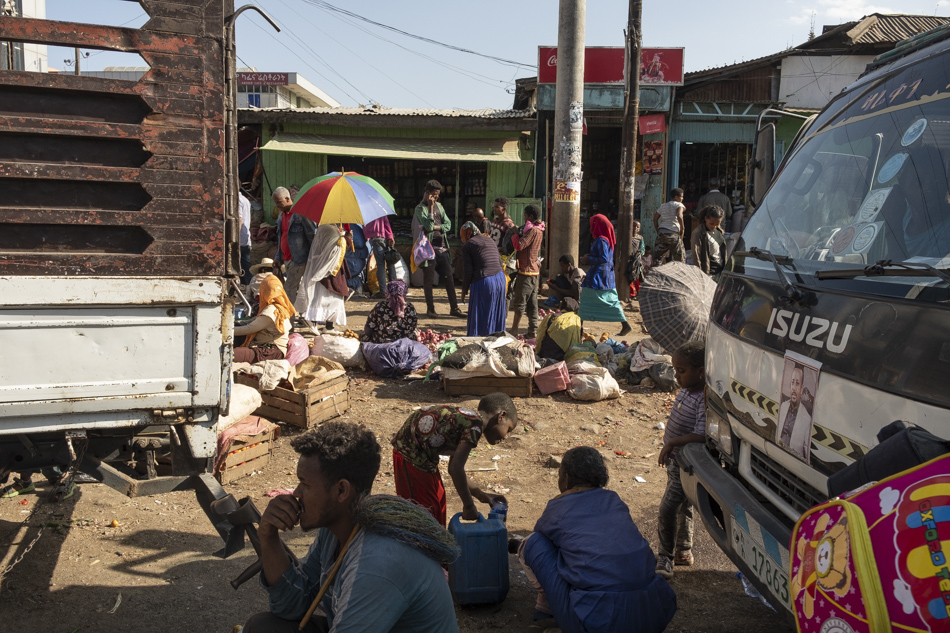
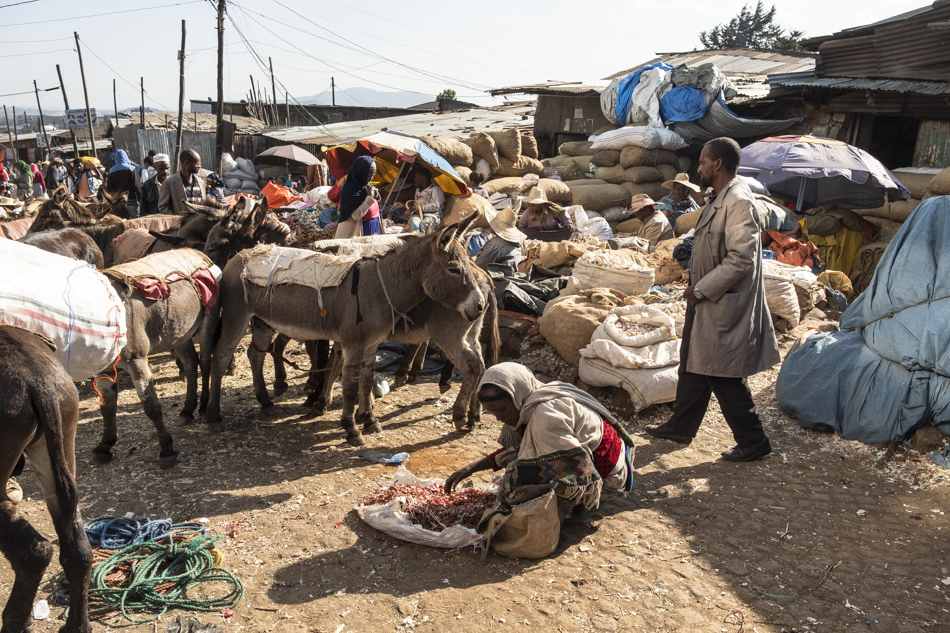
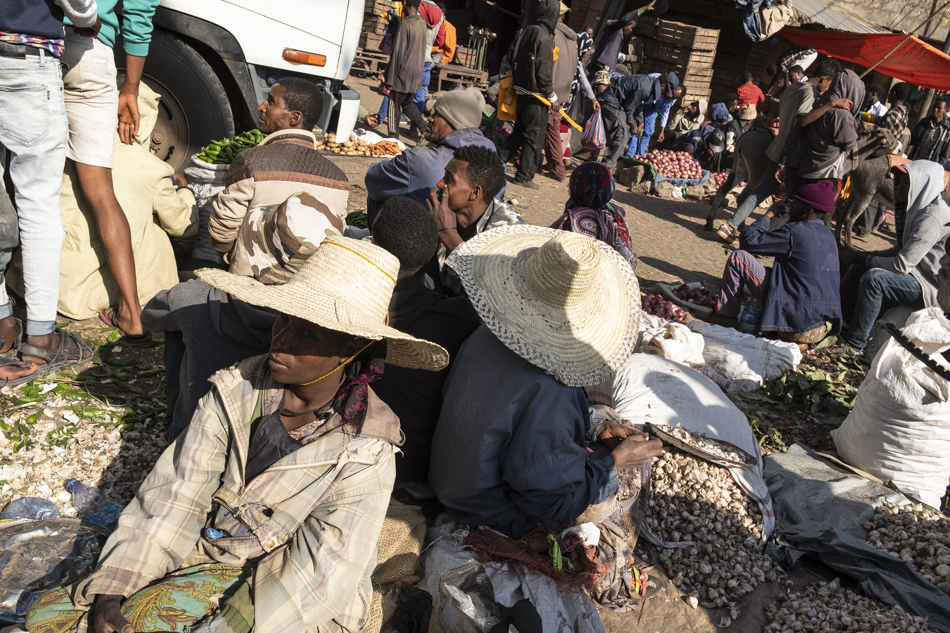
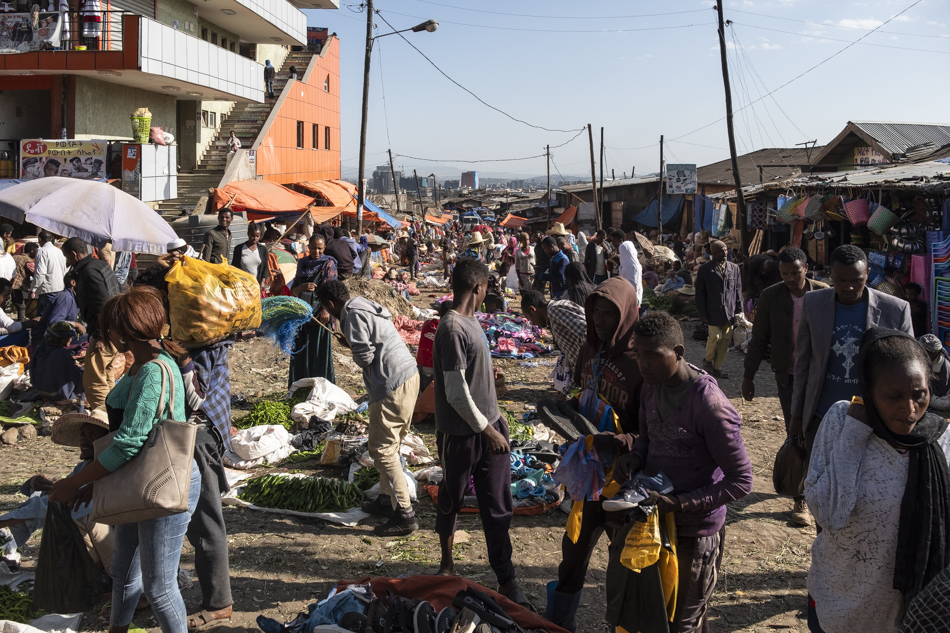
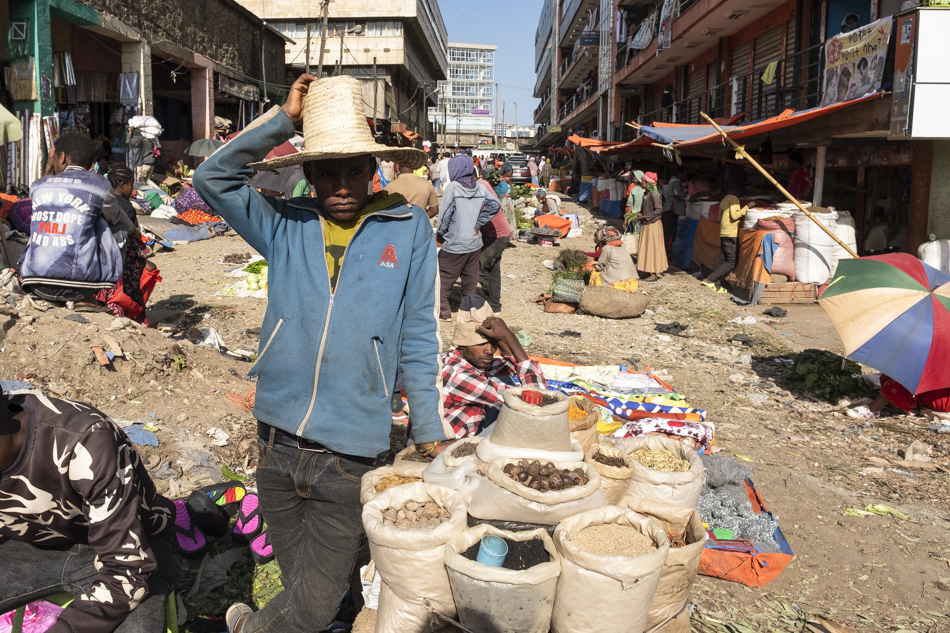
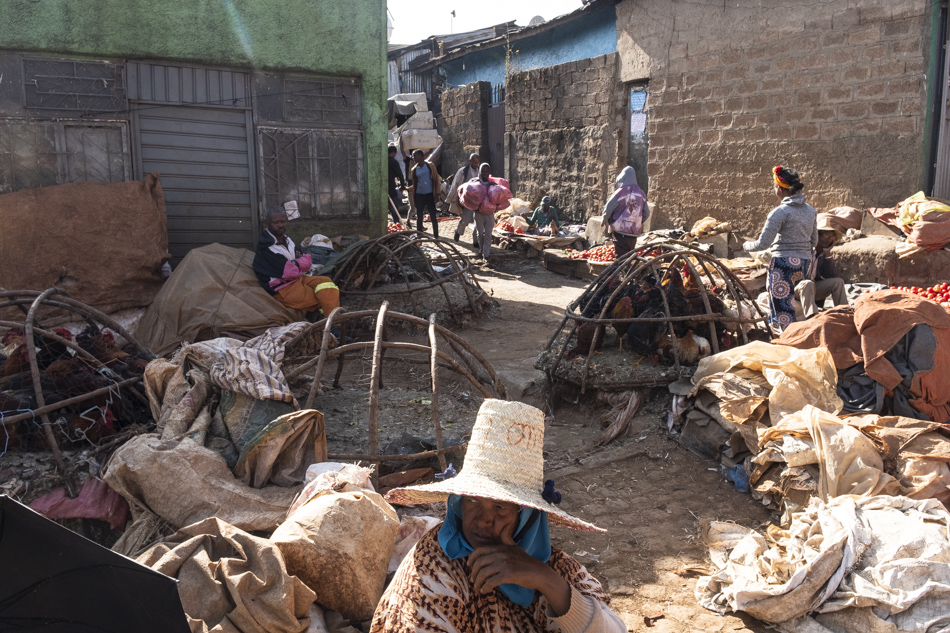
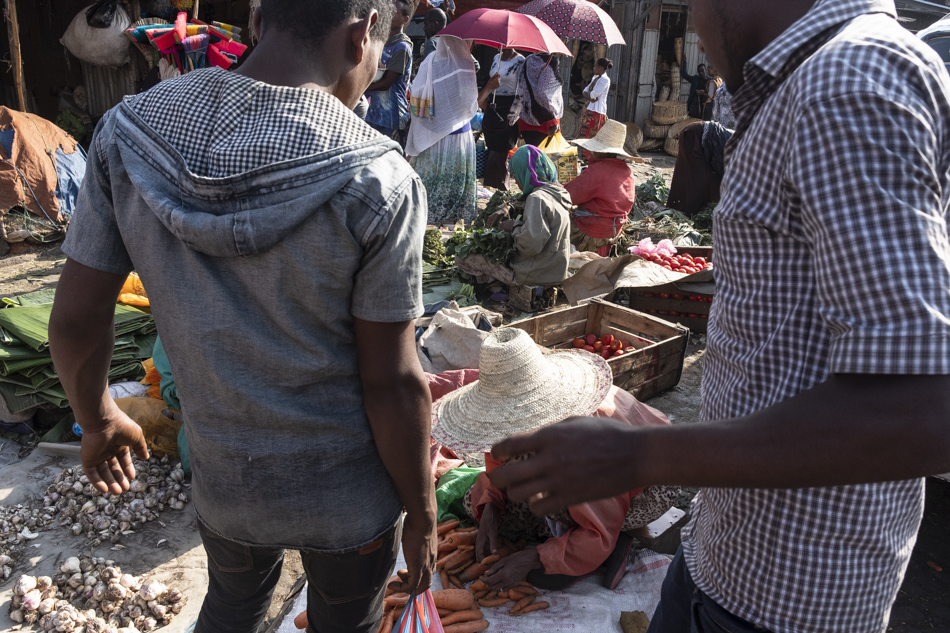
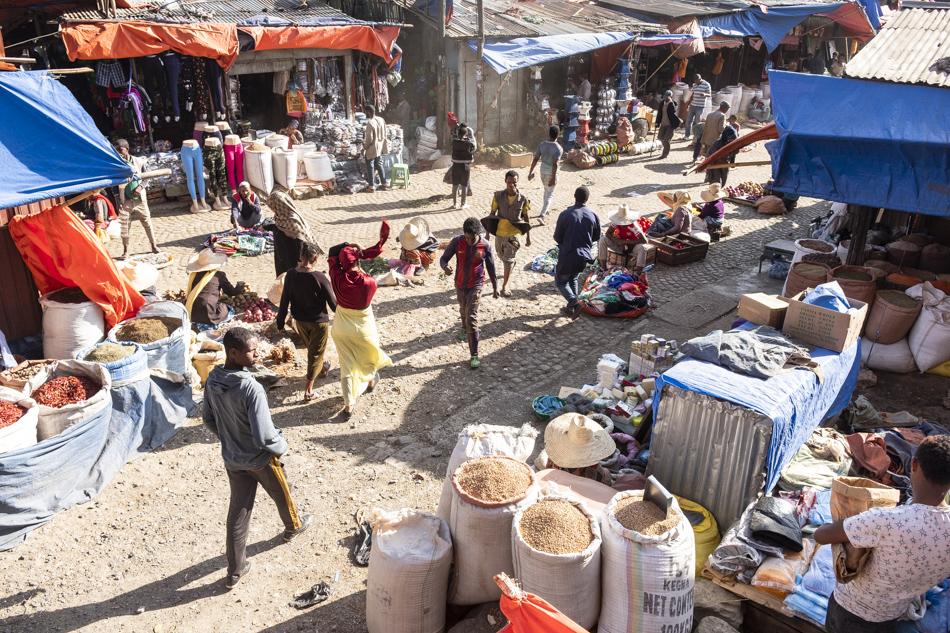
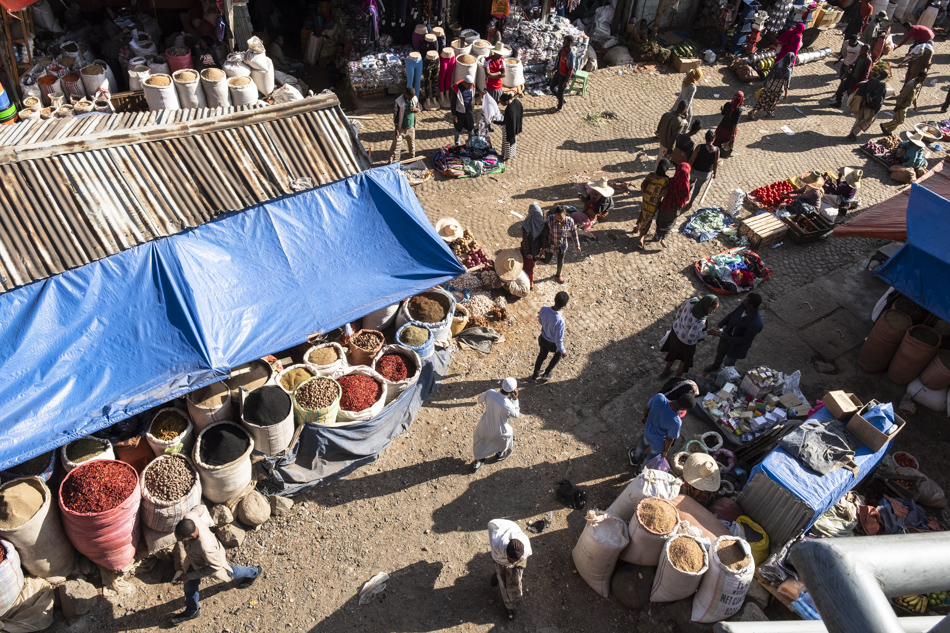
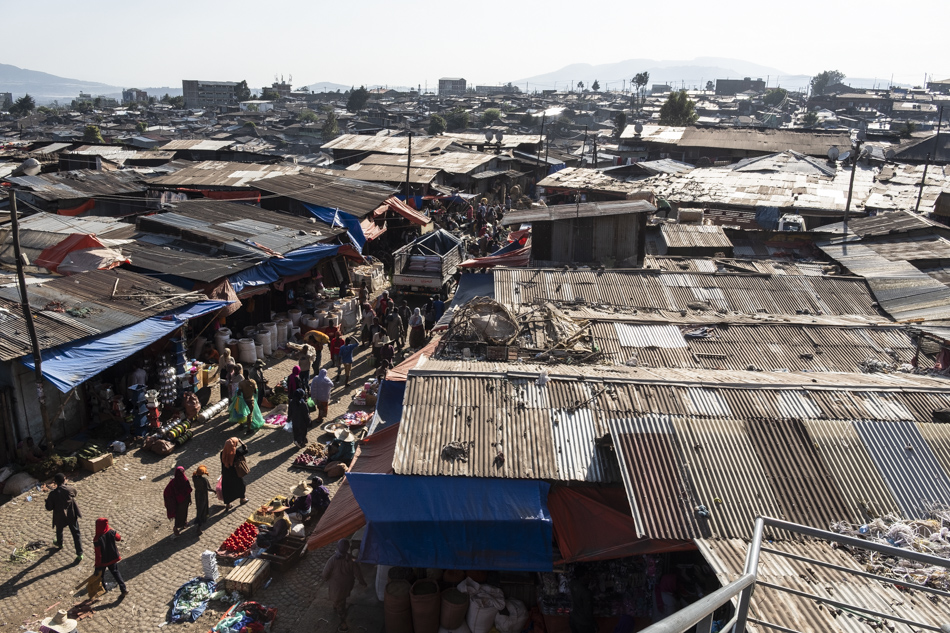
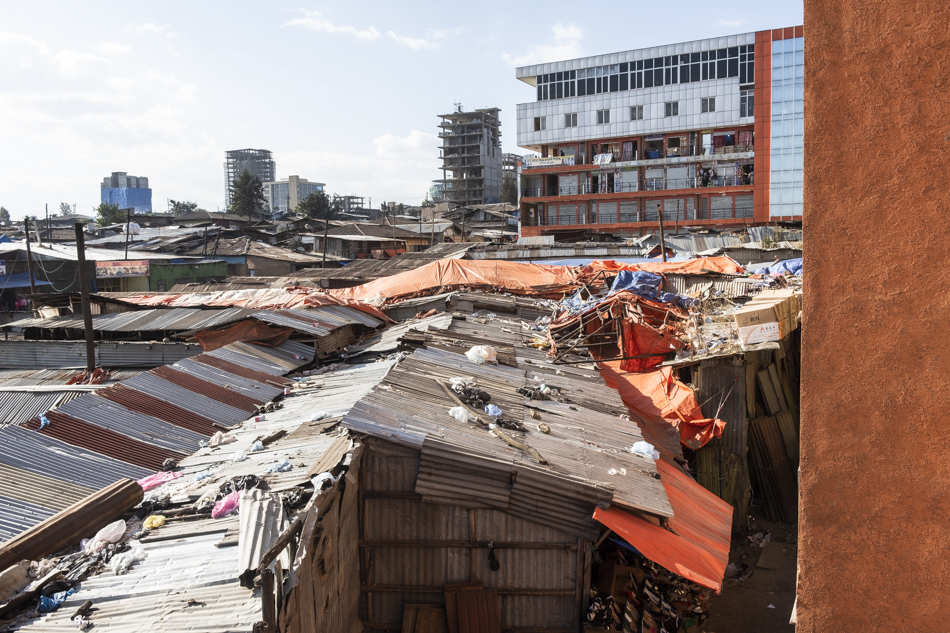
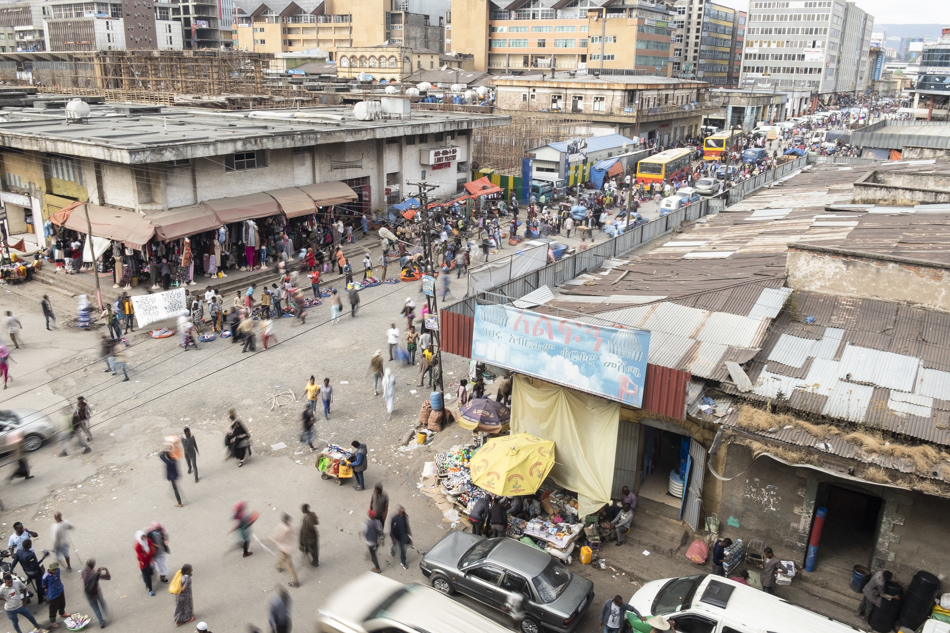
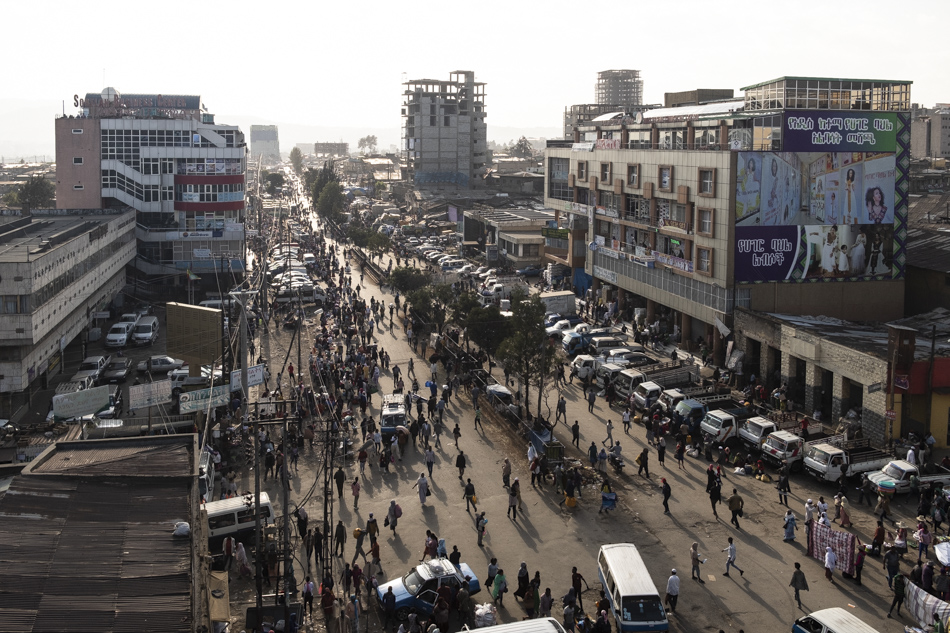
Also posted in Africa, Documentary, Editorial, Market, People, People at work
Tagged Addis Ababa, Africa, award, business, chaos, colorful, Crowd, Documentary, enviromental, Ethiopia, hectic, International Photography Awards, IPA, market, Merkato, open market, people, people at work, recycling, street market, tourism, trading, travel guide, Travel photography, workers
|
“Rialto no se toca”.The Rialto Market in Venice
Opened at the beginning of the 11th century, the Rialto Market has always been at the commercial heart of Venice, and has been supplying fresh fish and vegetables to the town for all this time. Located nearby the Rialto Bridge, it is unsurprisingly crowded with tourists.
Despite the popularity, the Market remains a genuine place where Venetians gather to buy quality food and socialize.
The authenticity of the Market is palpable from the early hours of the morning when the fresh food is delivered by boat, by the noise of the traders, by the sound of their voices in the strong Venetian dialect, by local elders pushing their trolleys, by the seagulls that piles up around fish leftovers after the market closes and the blinds are lifted up.
In this respect, the market could be considered a microcosm where Venice still finds its voice, and refuses to become a mere tourist attraction.
“Rialto no se toca” (Don’t touch the Rialto Market) roars the Lion, symbol of Venice, as written on the Market banner, was placed there by fishmongers in 2011 when the local municipality proposed moving the wholesale fish market further from the city.
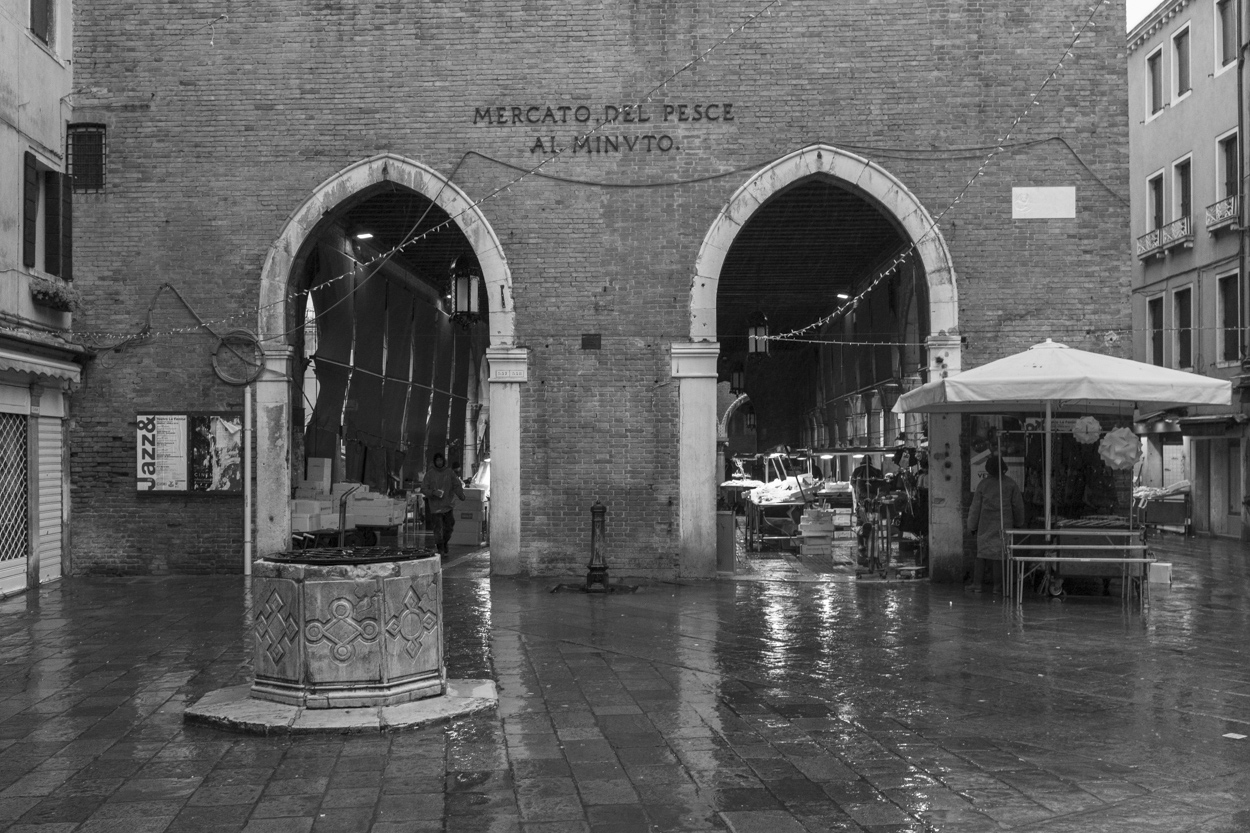
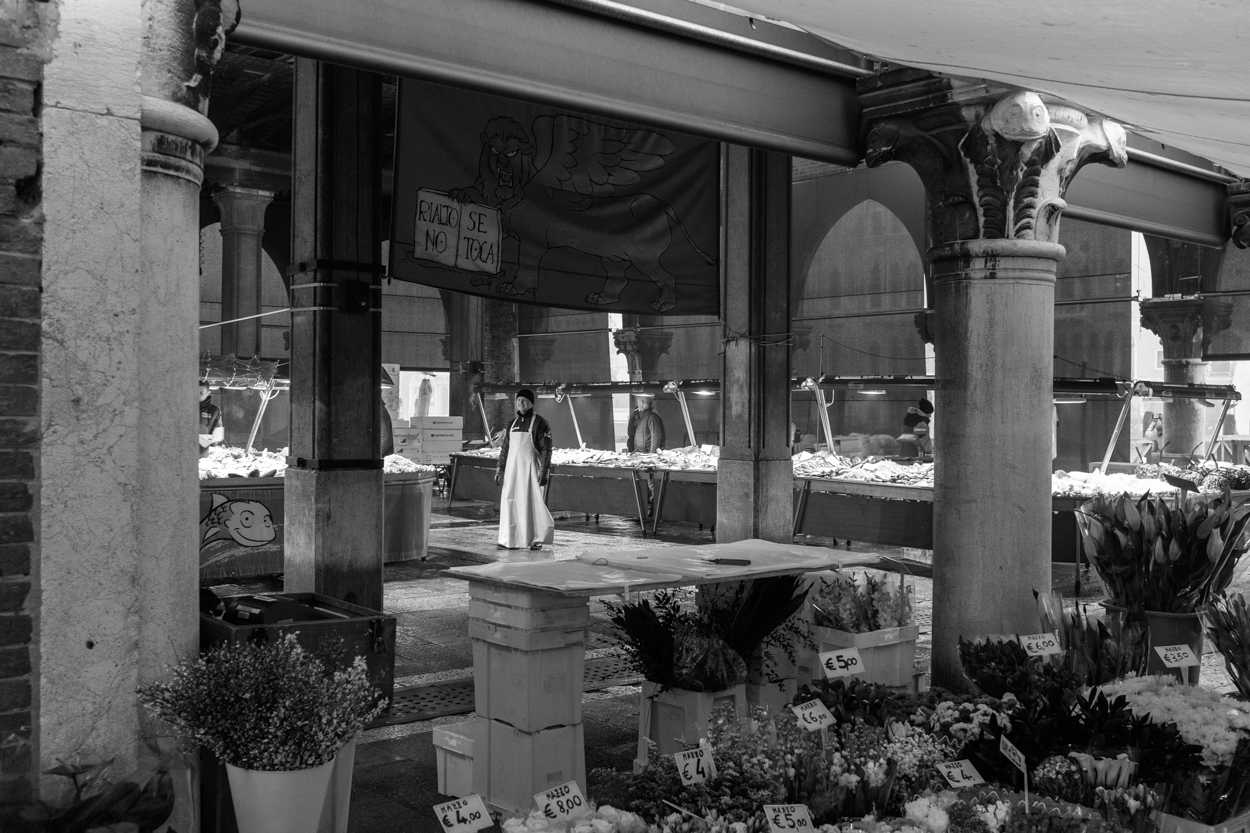
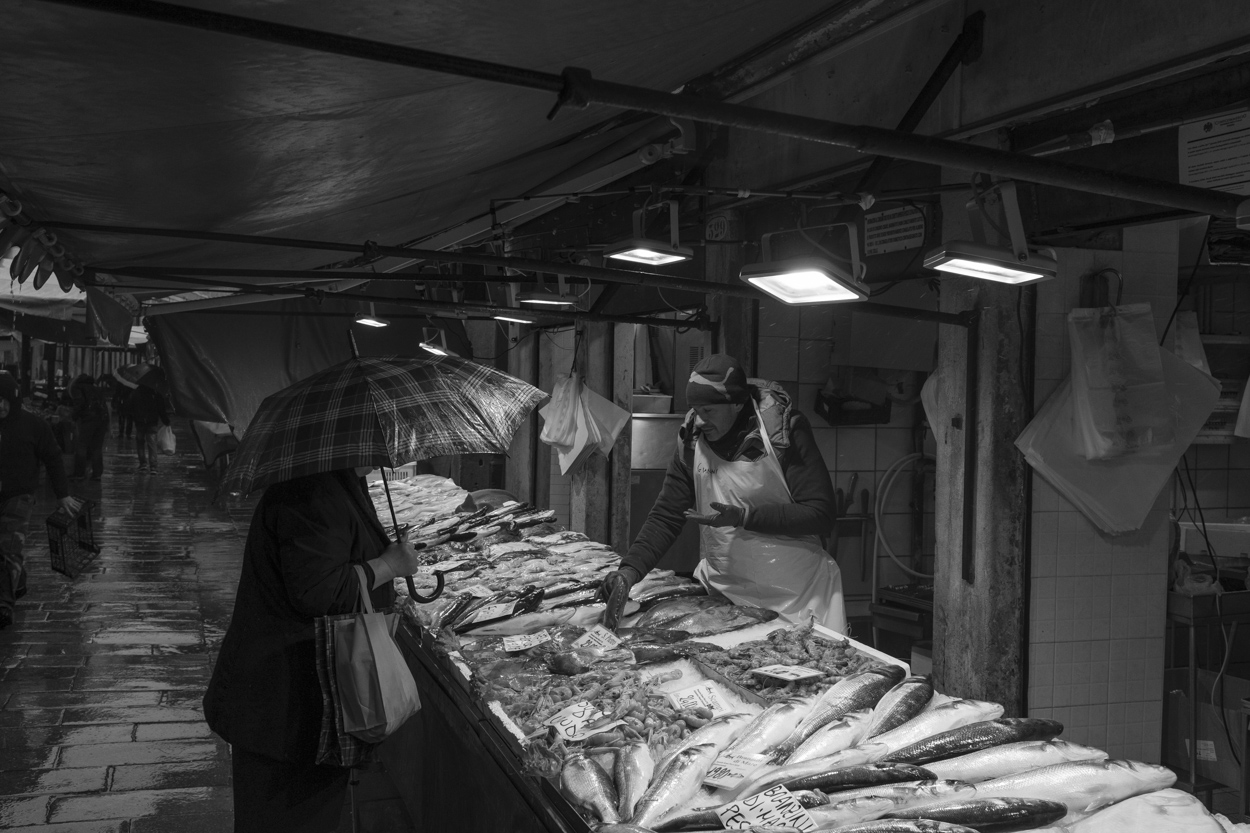
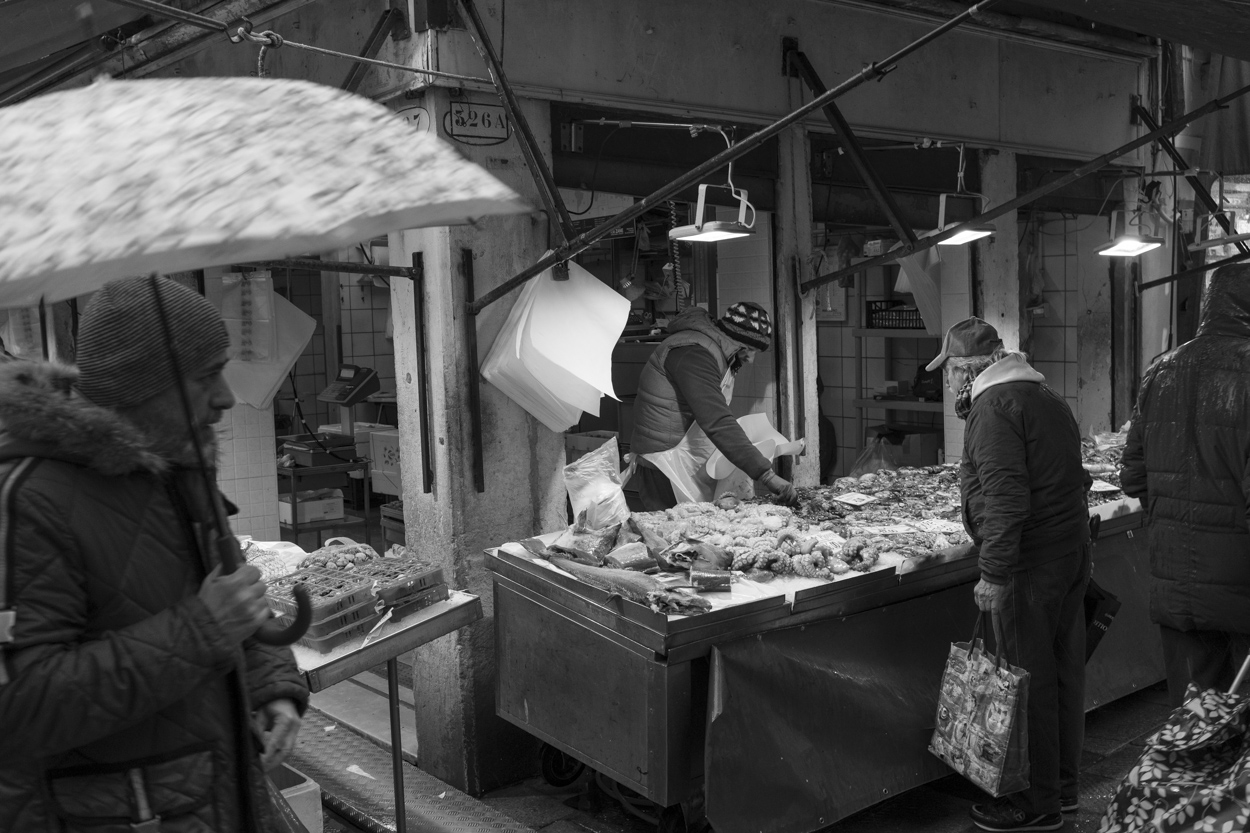
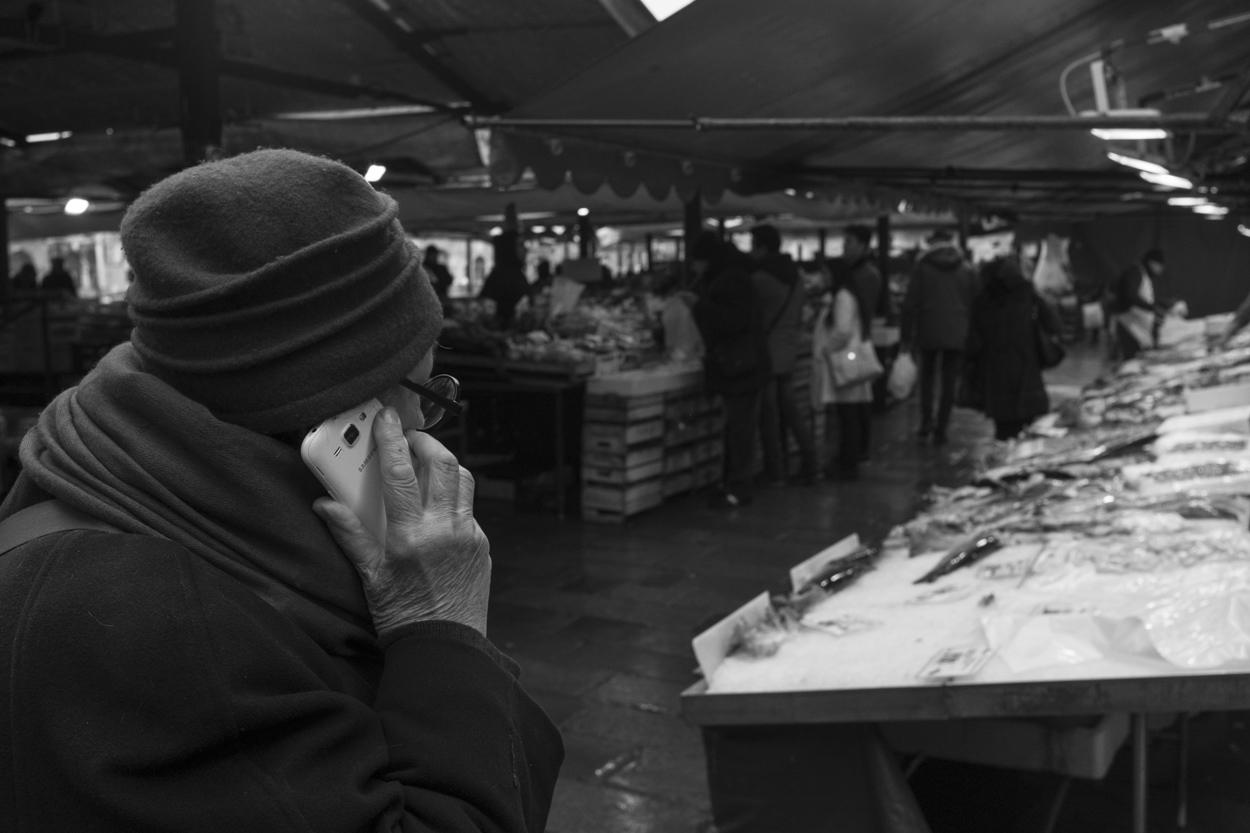
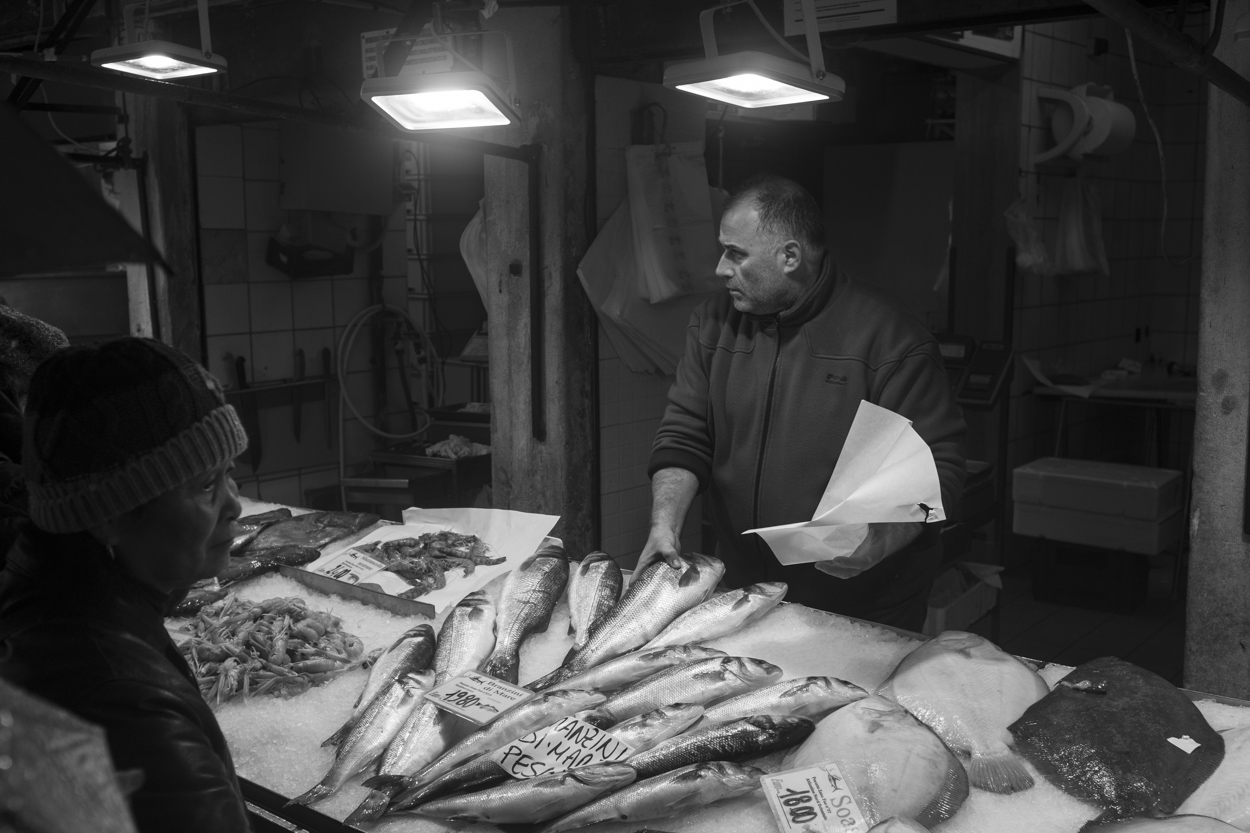
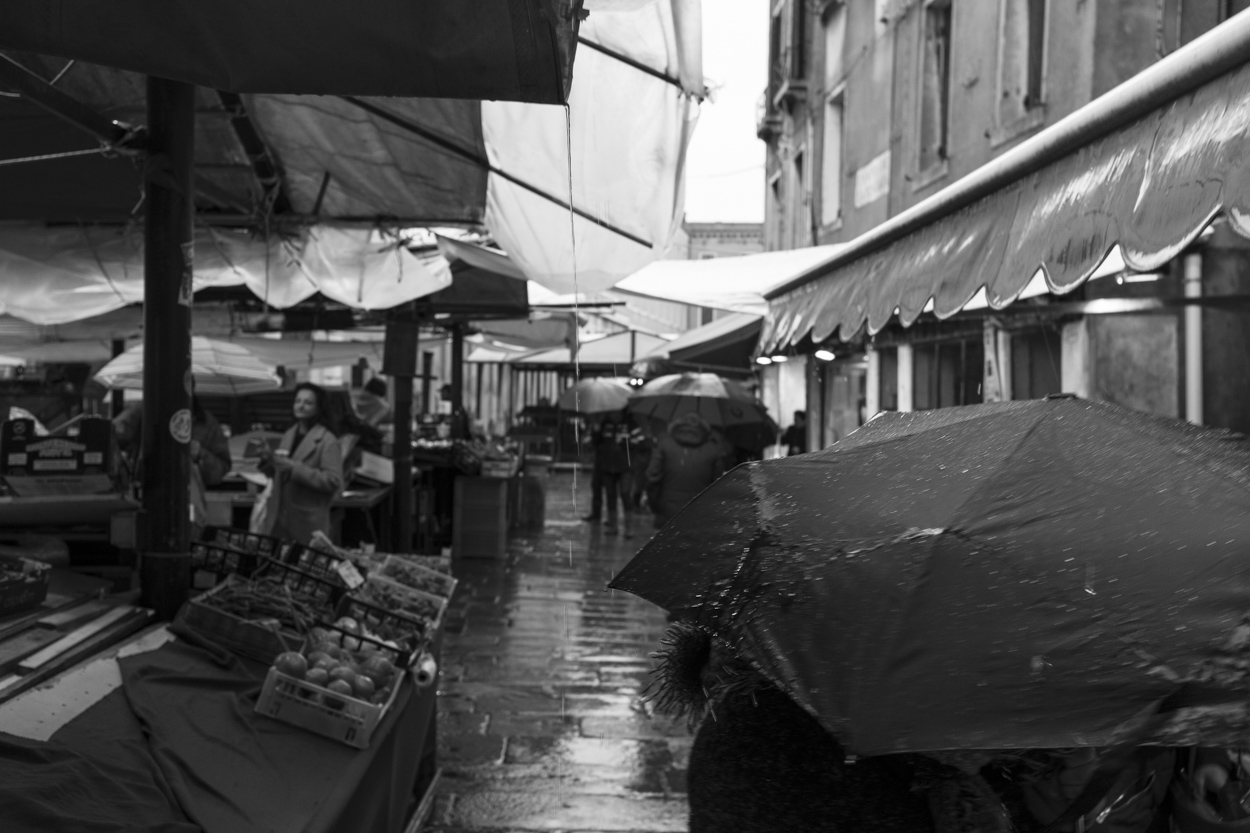
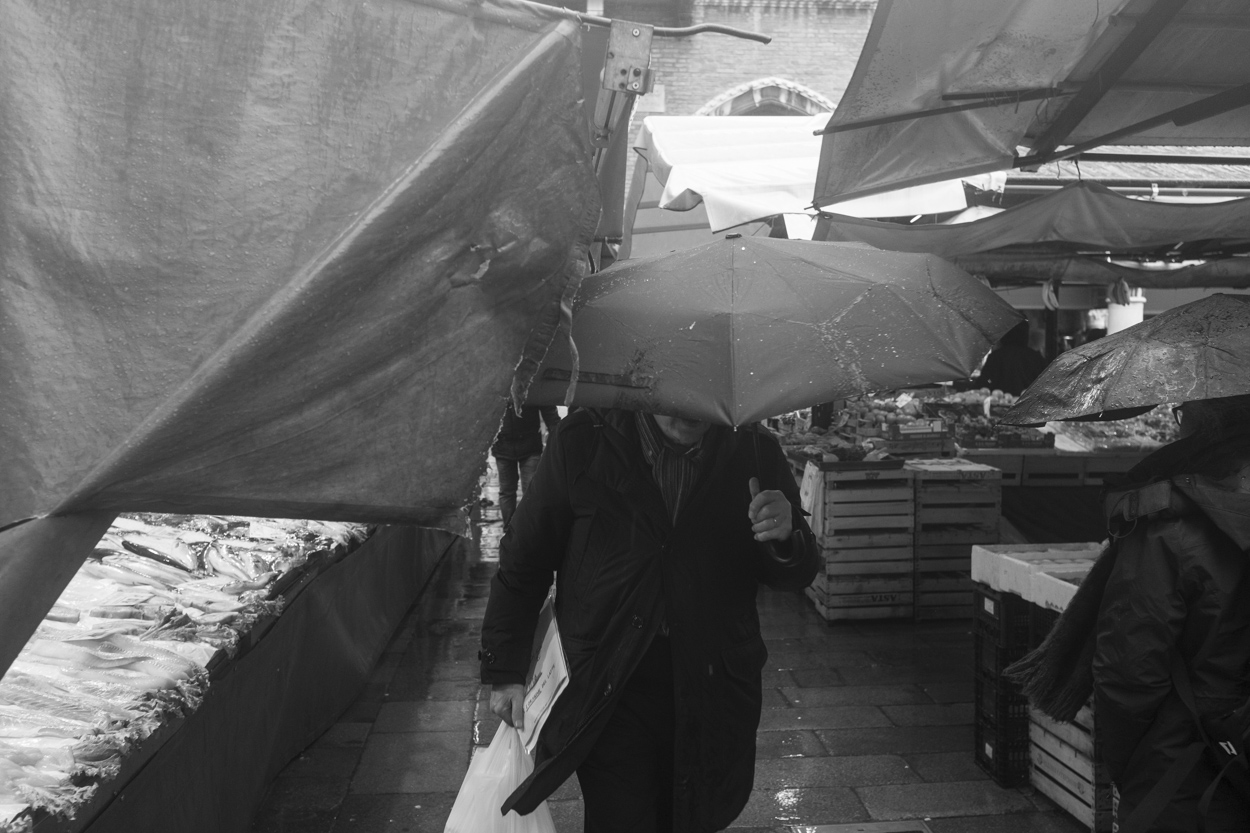
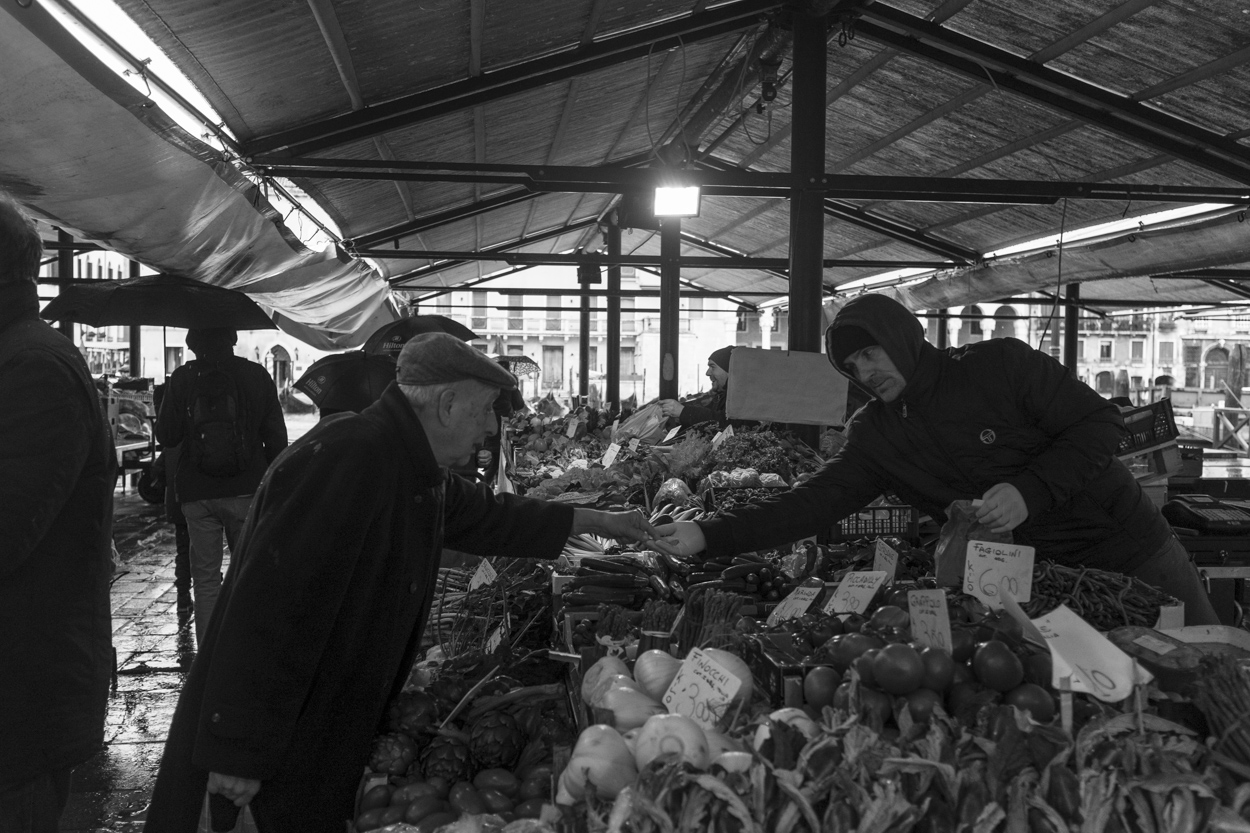
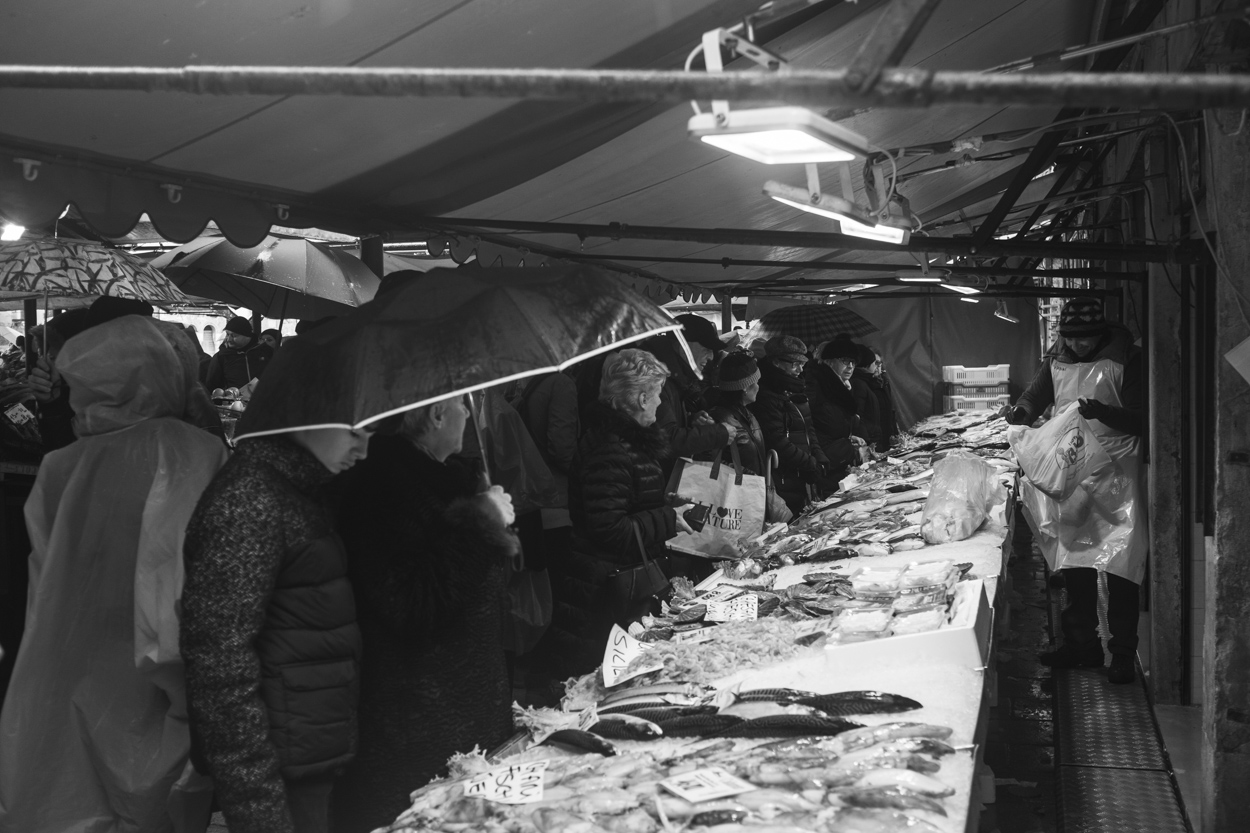
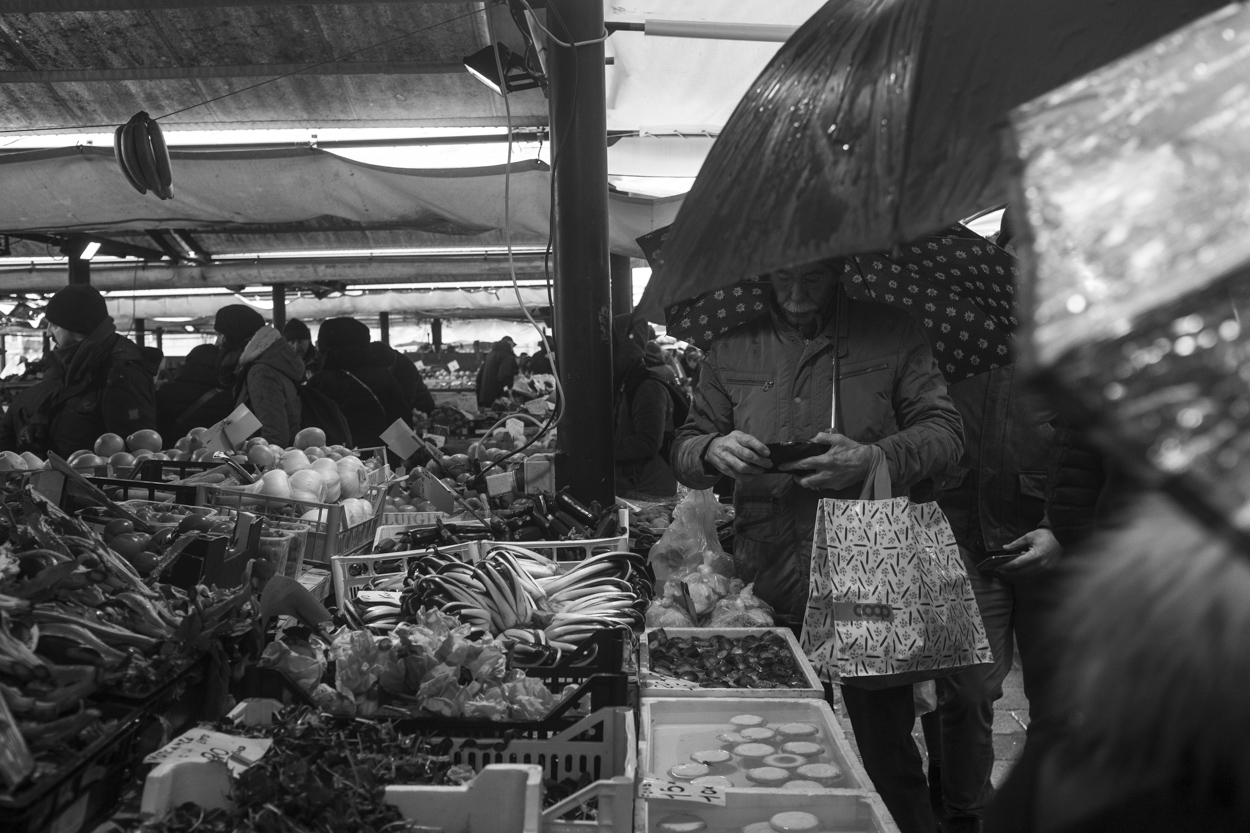
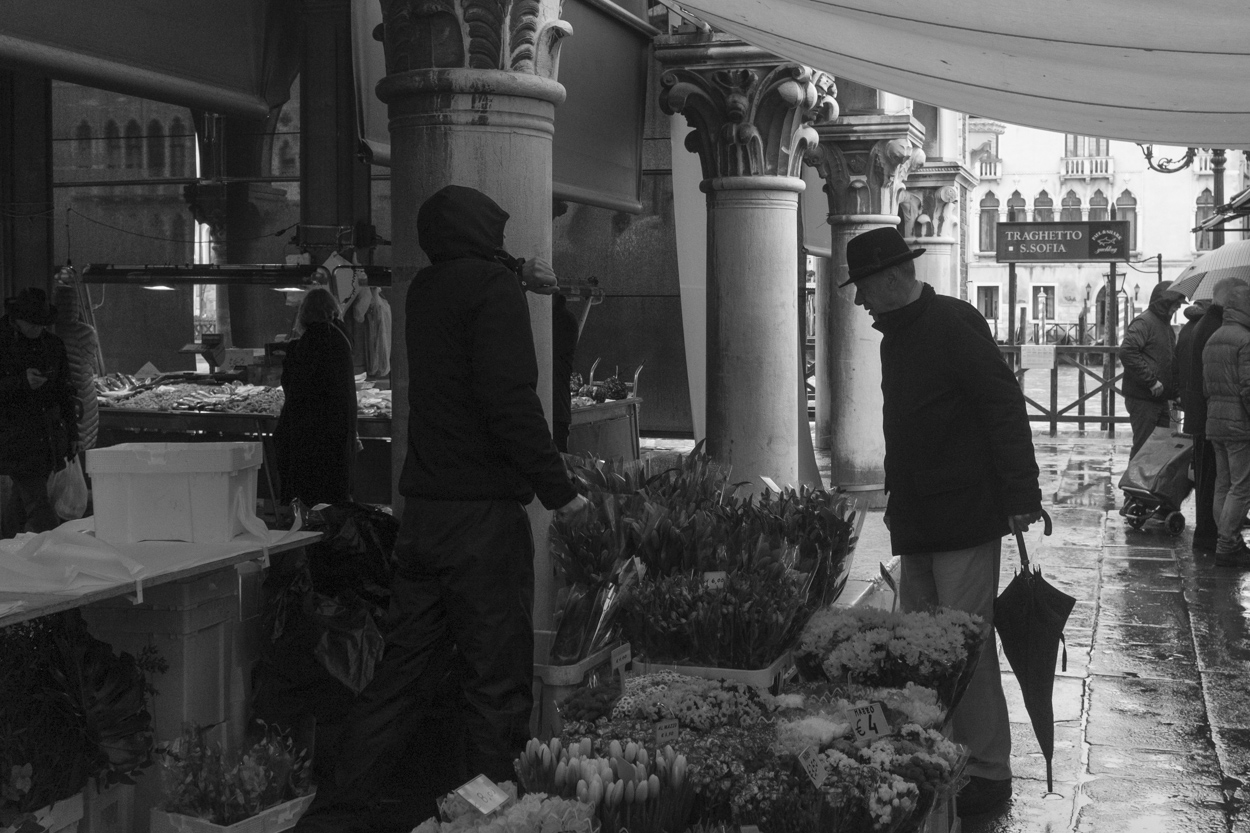
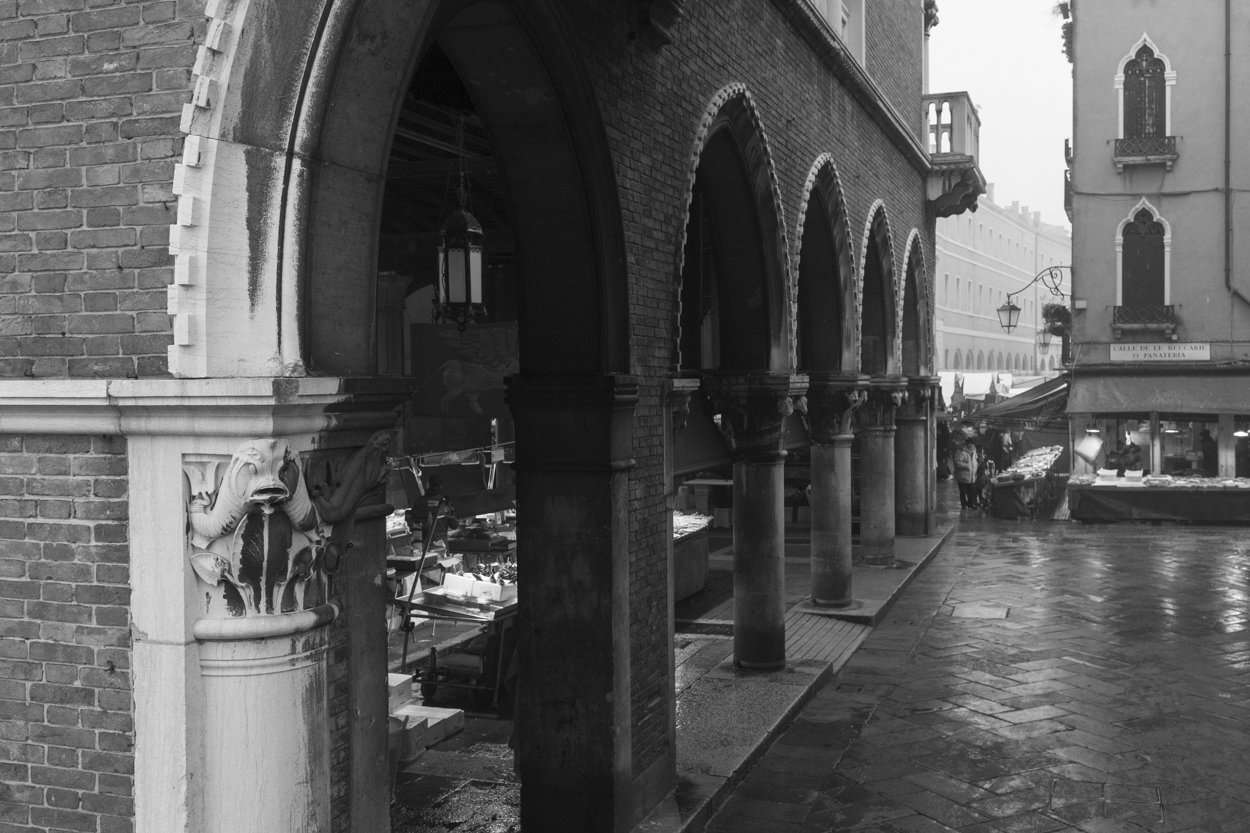
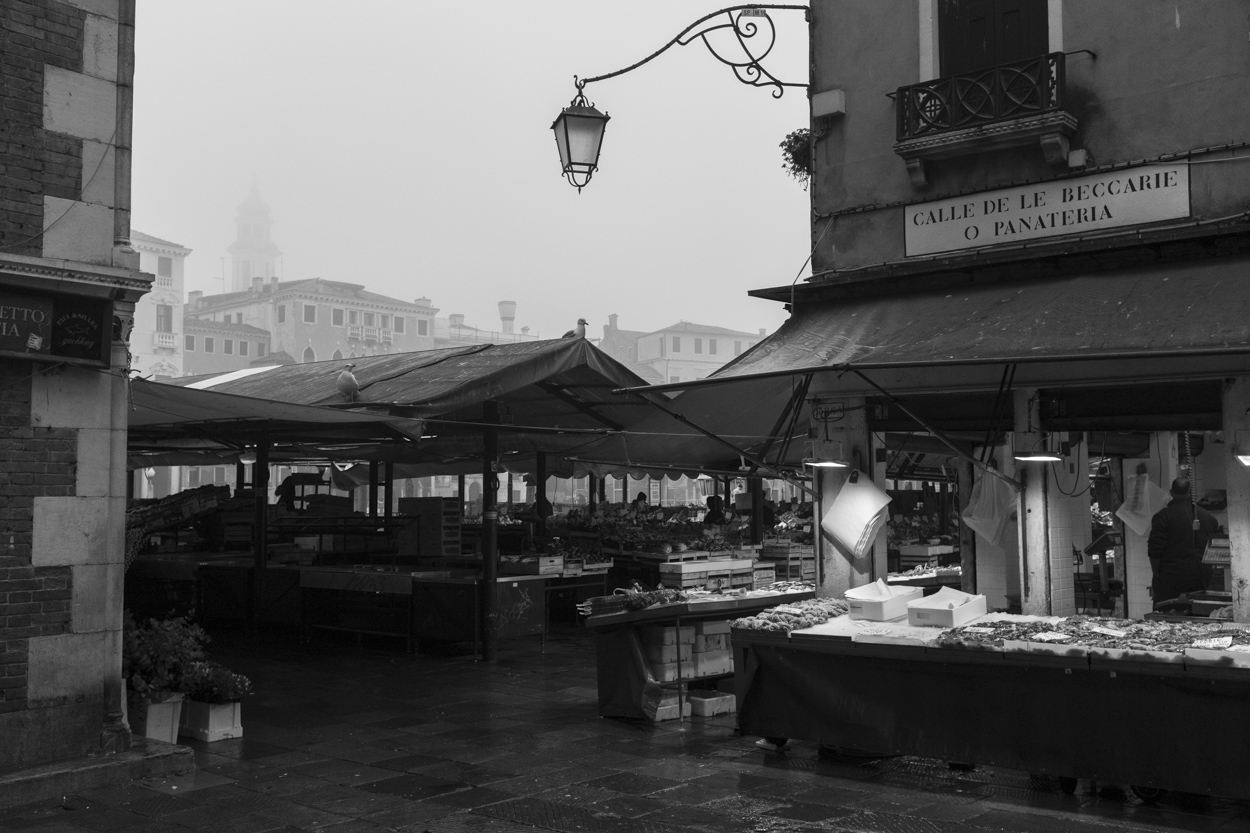
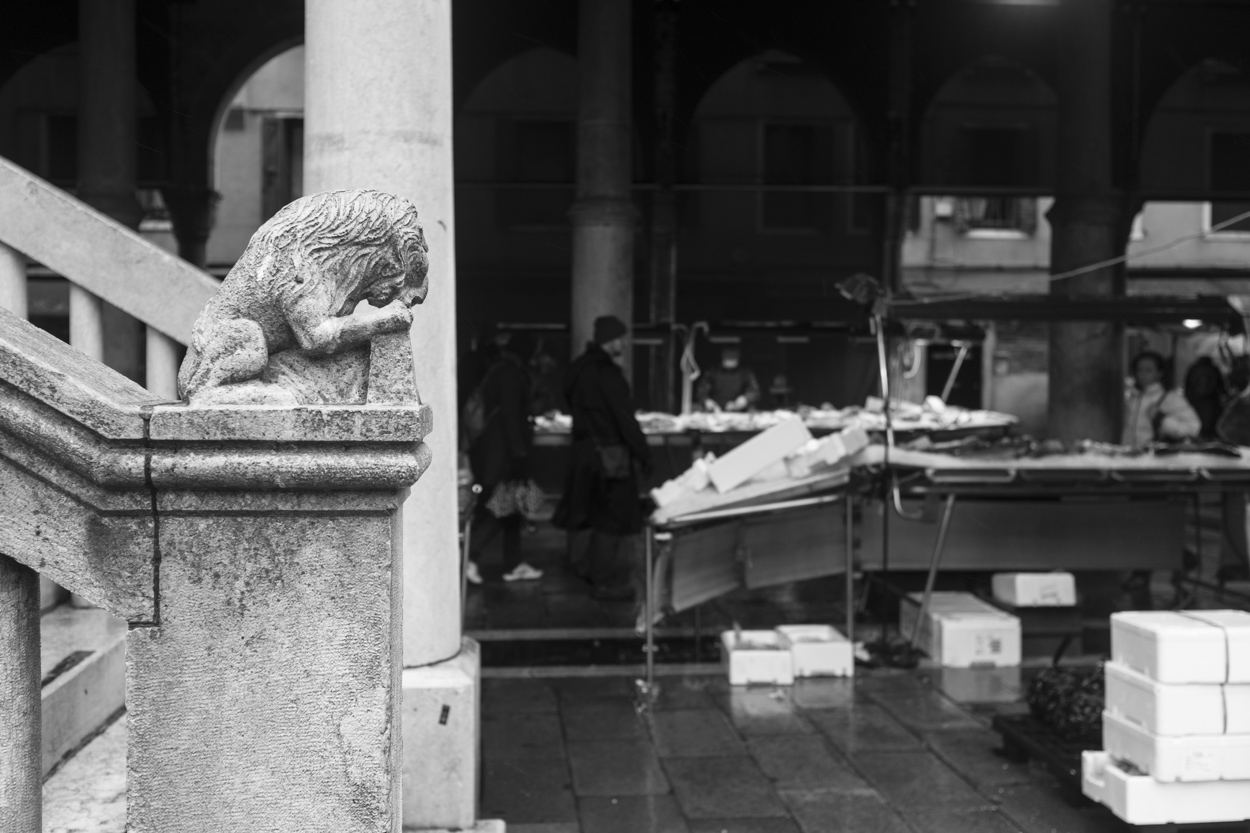
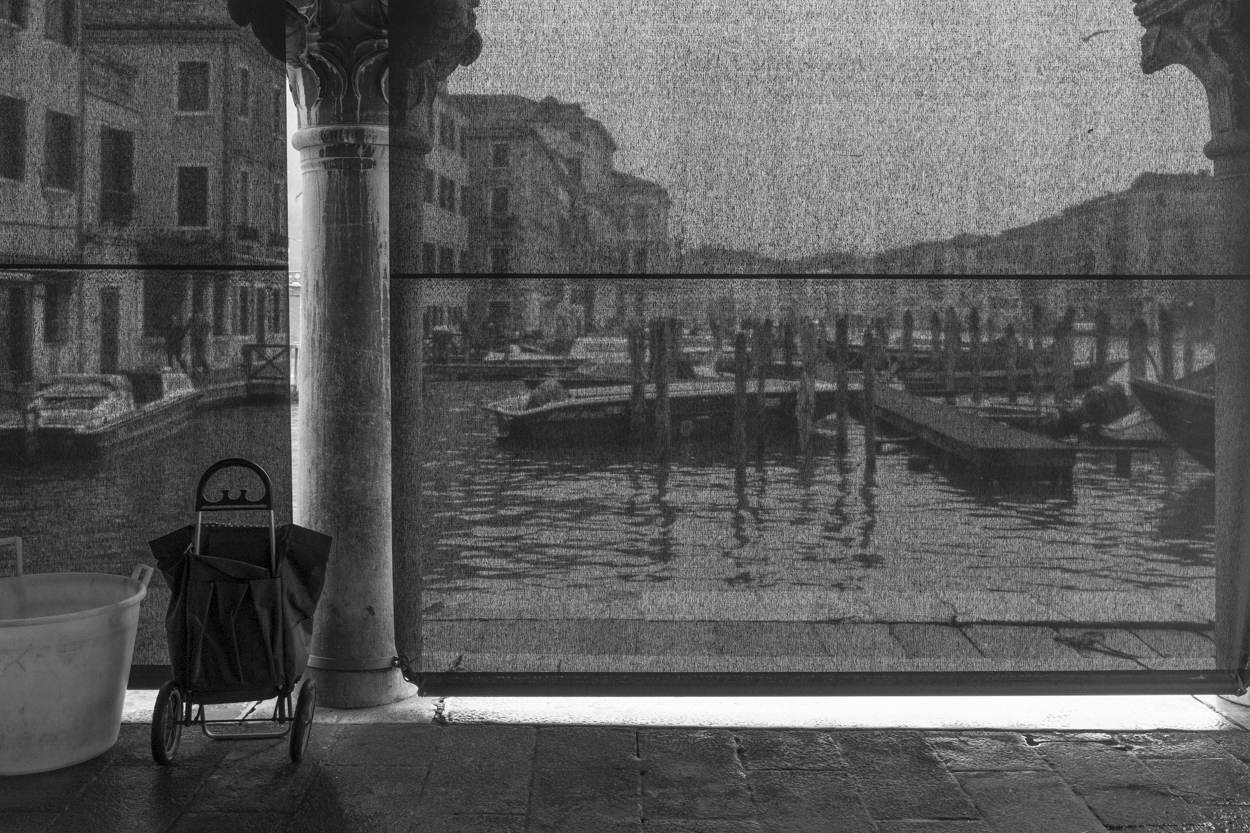
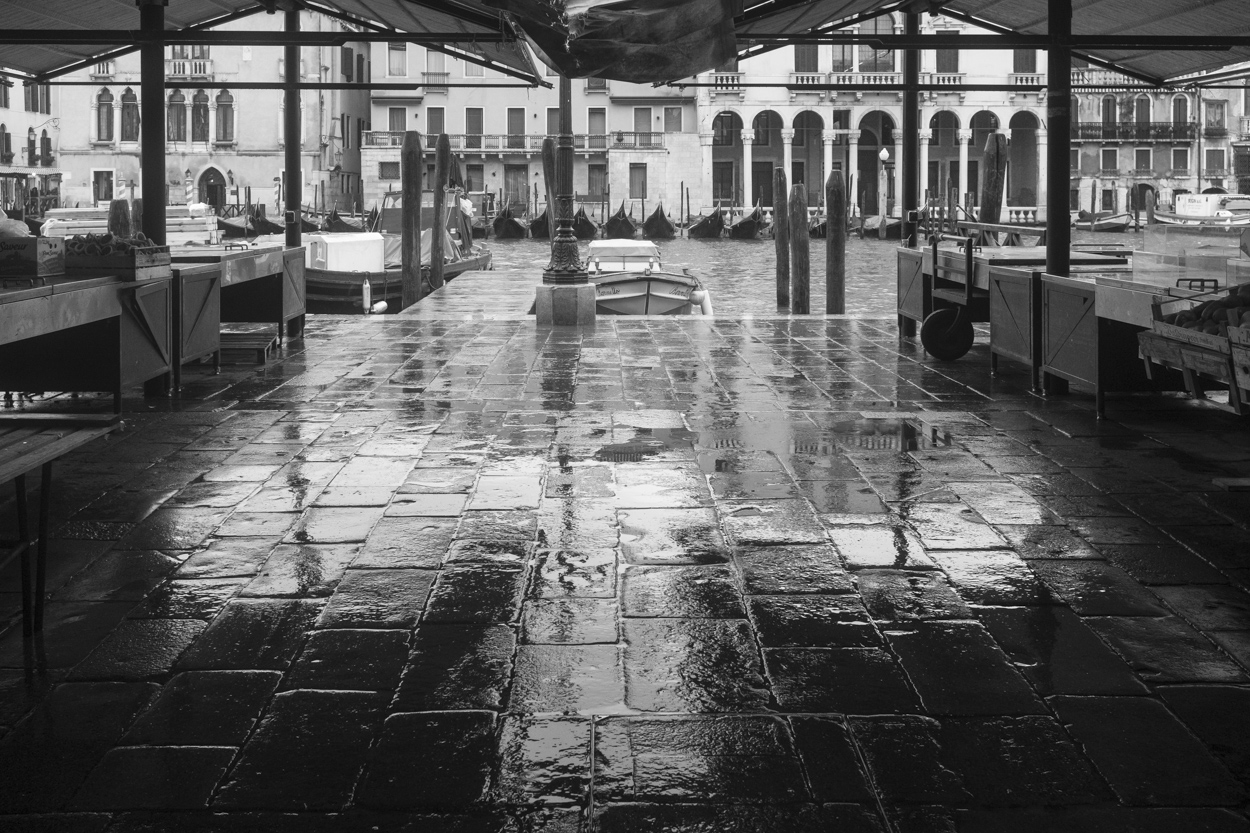
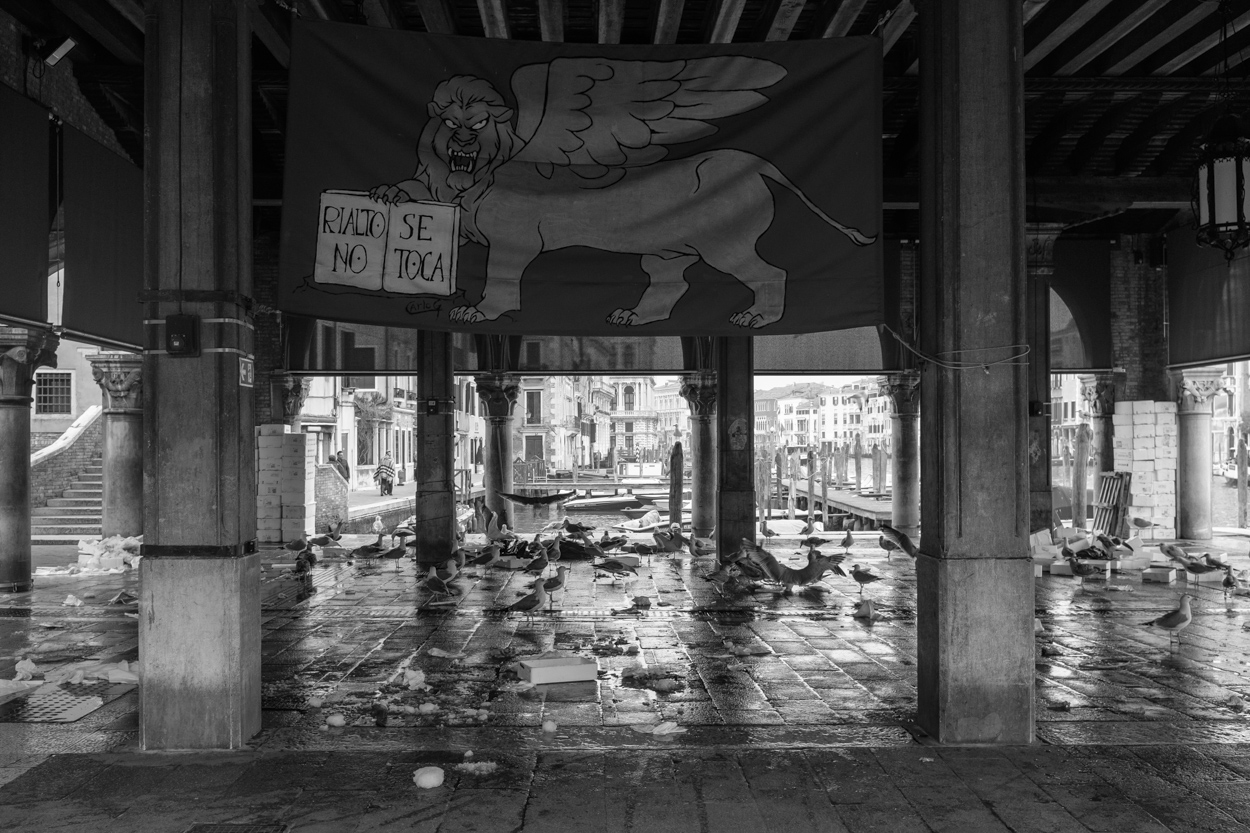
Also posted in Documentary, Editorial, Italy, Market, Venice
Tagged candid, Documentary, fish market, fishmongers, Italia, Italy, market, Mercato, Mercato di Rialto, people, Rialto Market, Rialto no se toca, social, streetphotography, Travel photography, unposed, vegetable market, Venezia, Venice, Venice Lion
|
A trip to Istanbul – 2017
After a two years gap, we were back in Istanbul again for a week.
As always the town is warm and welcoming to visitors, and there is a lot to see beyond the traditional touristy locations.
These are few photos randomly taken during the trip, exploring the areas of Eminön, Balat and Fener.
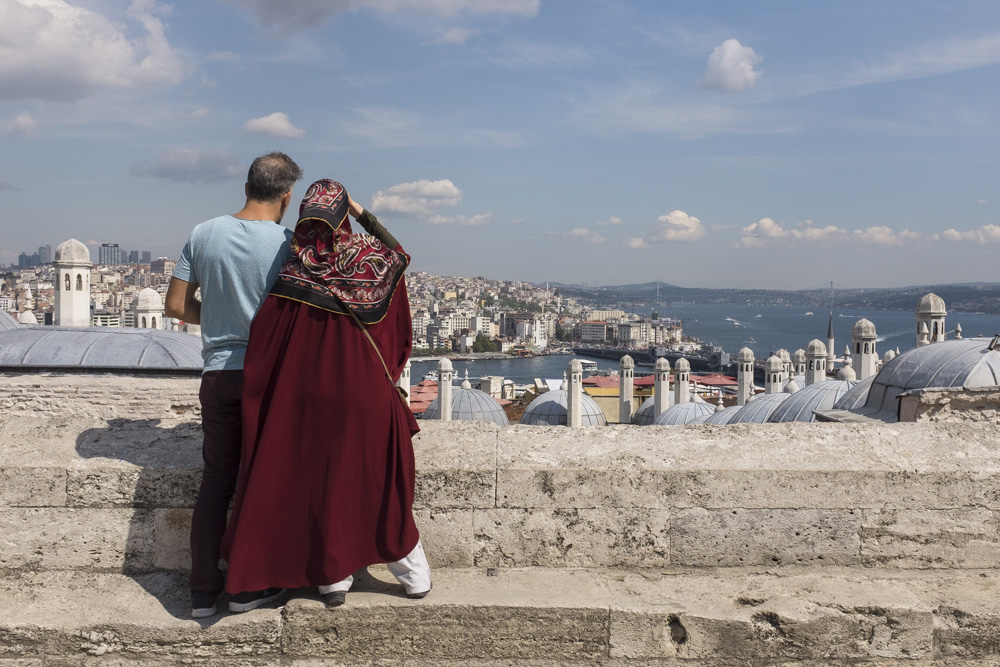
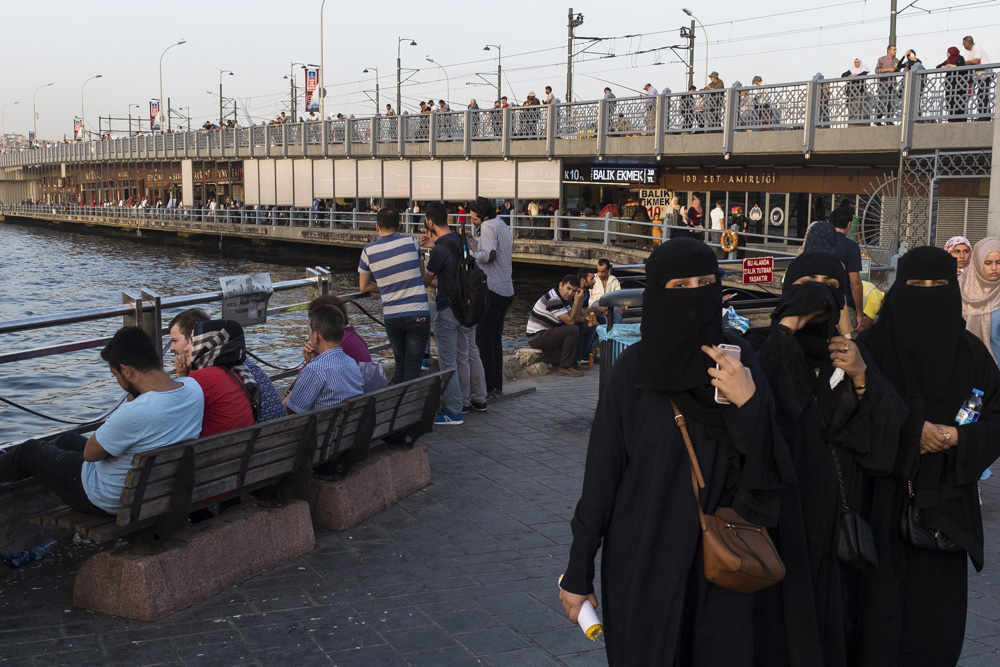
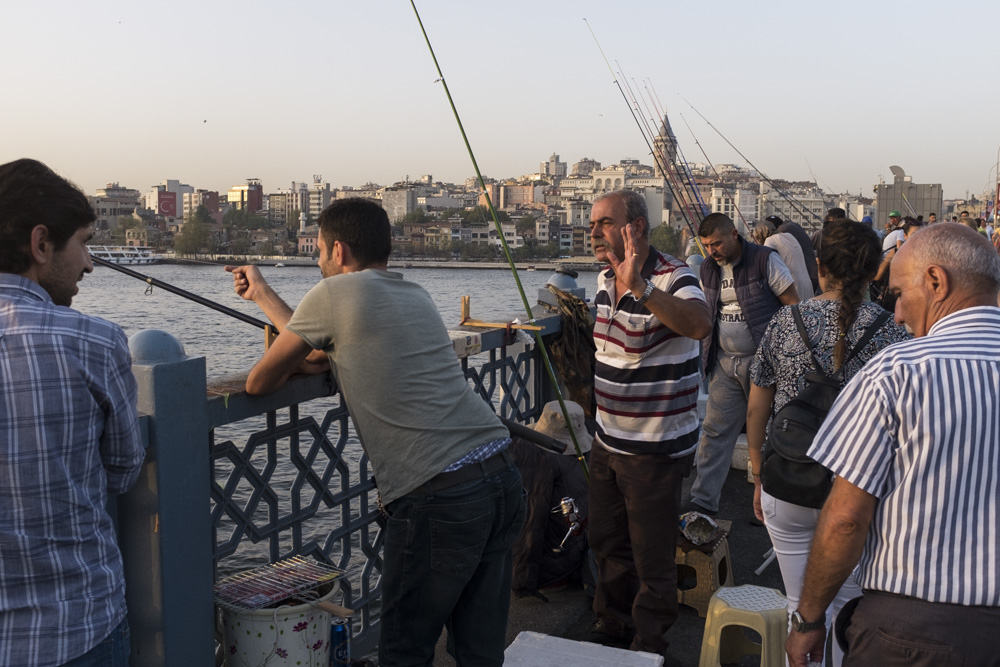
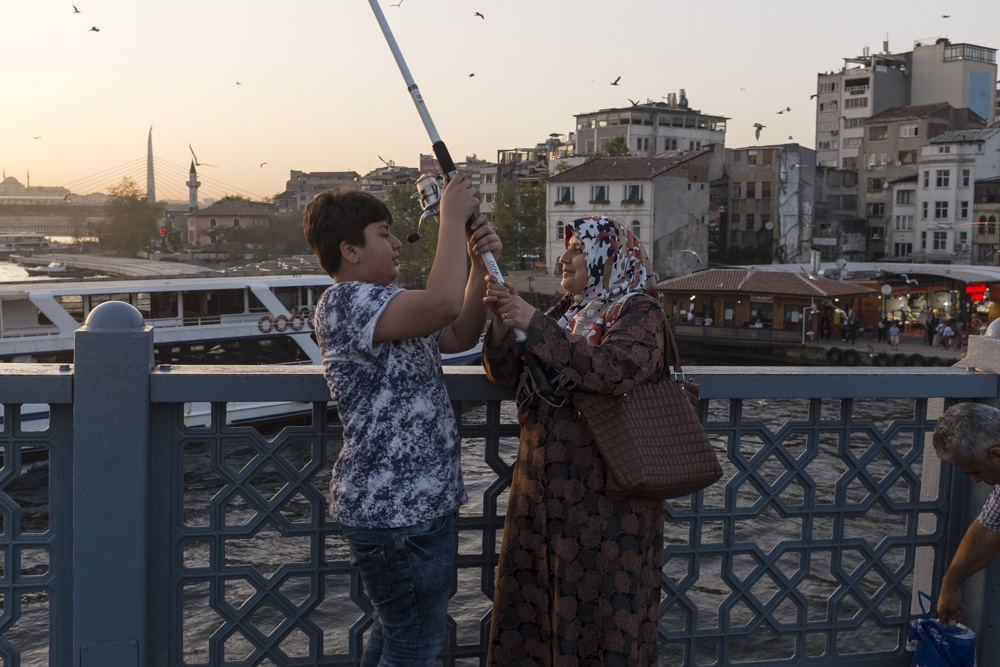
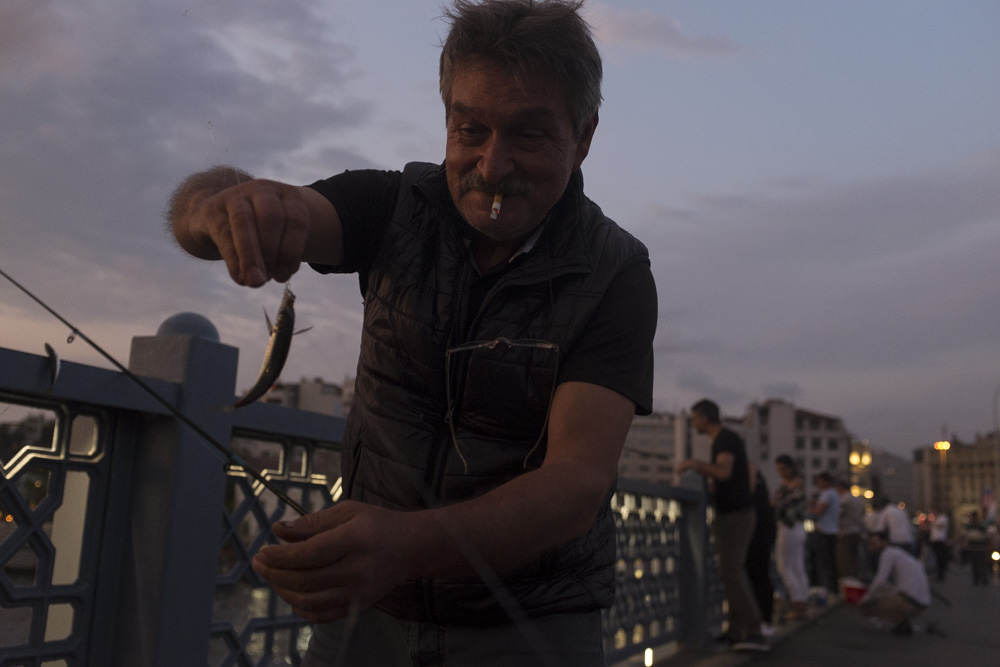
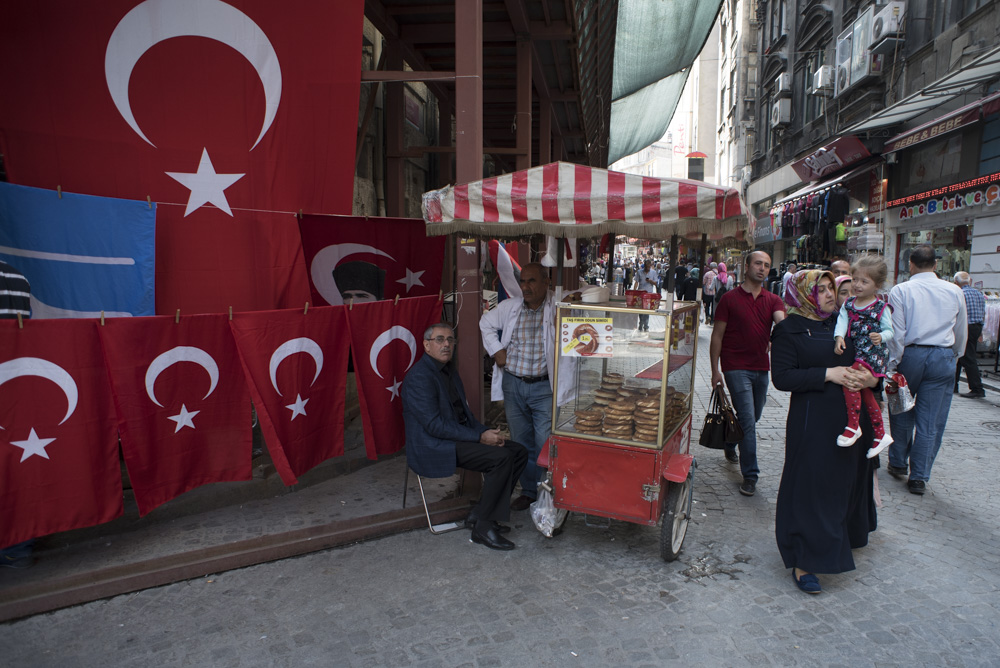
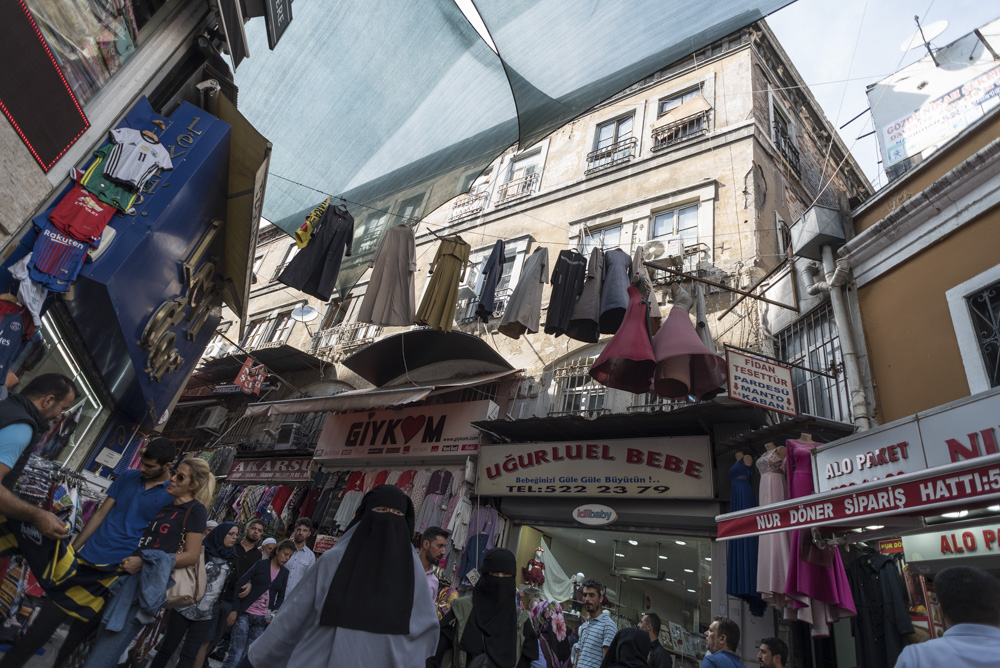
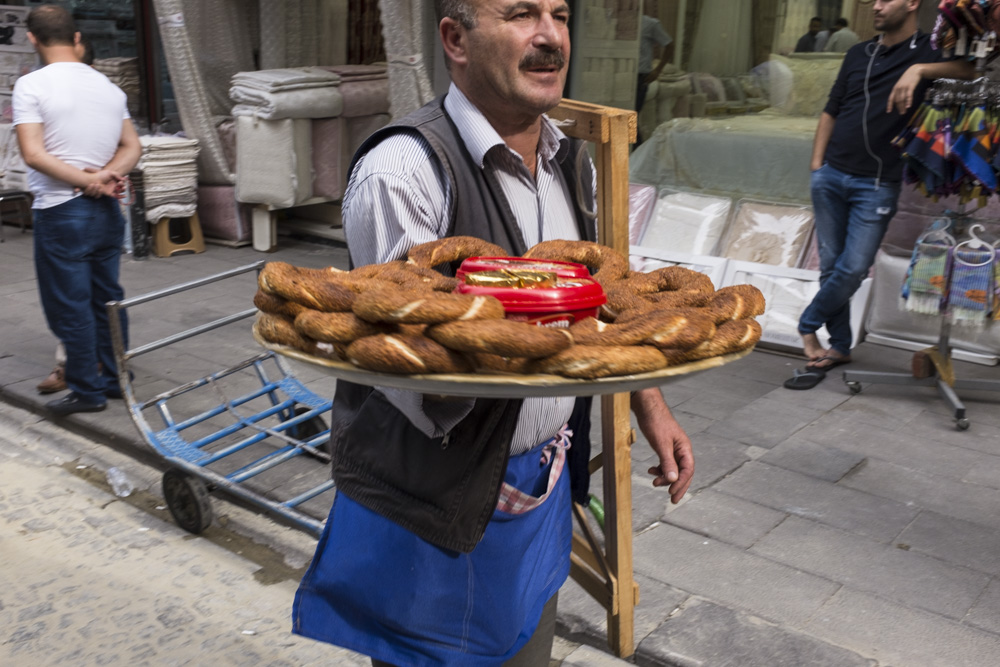
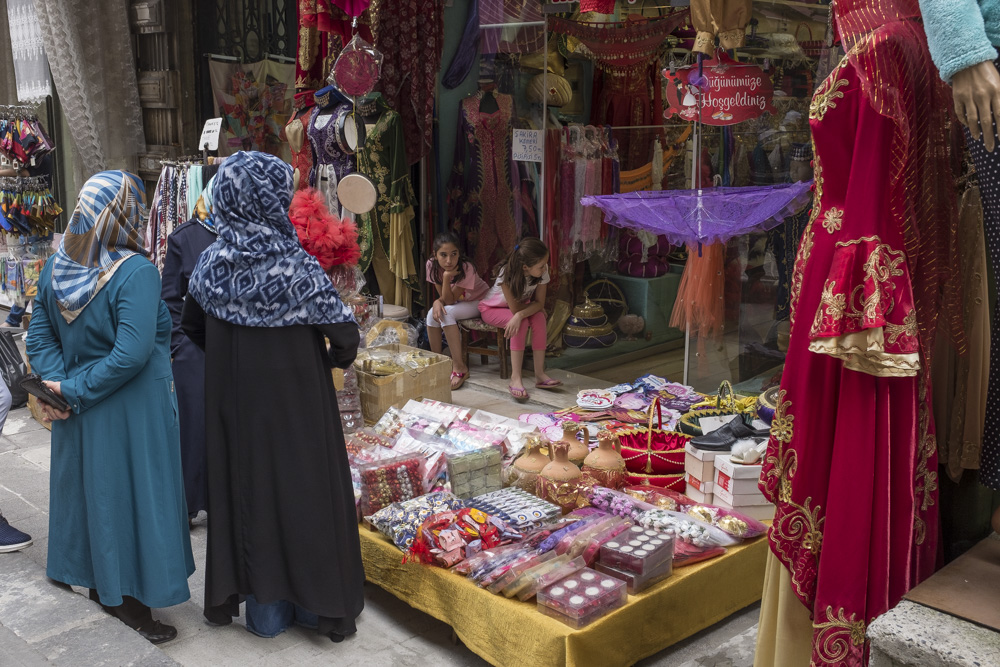
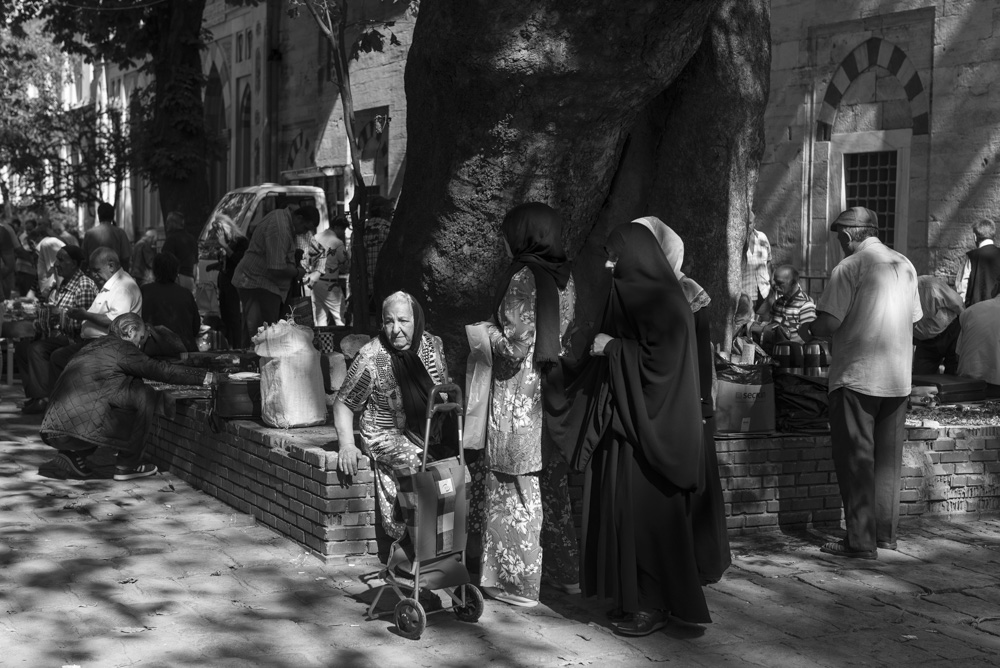
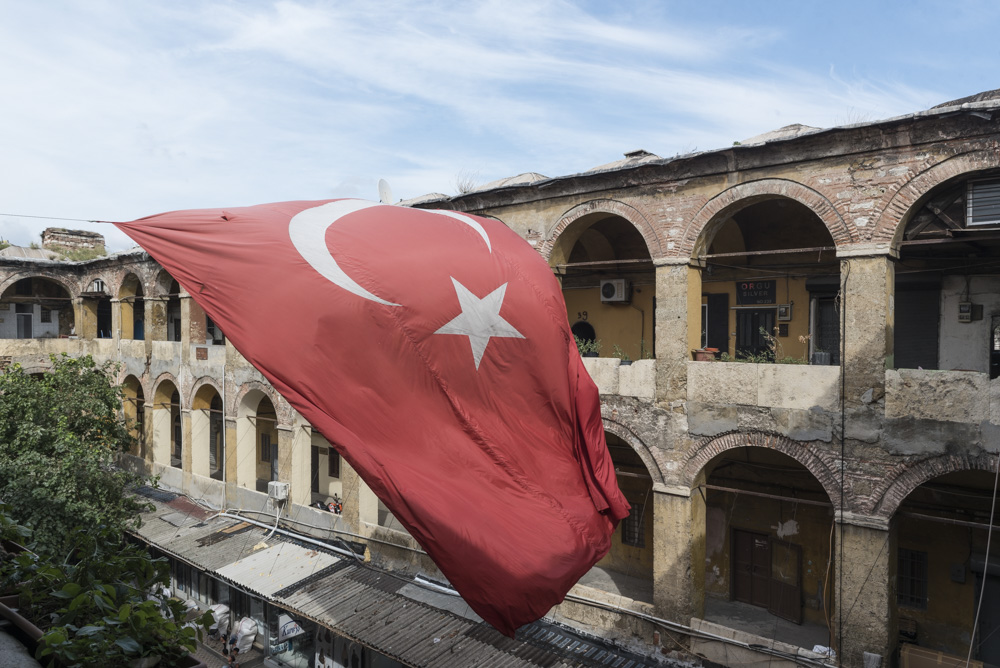
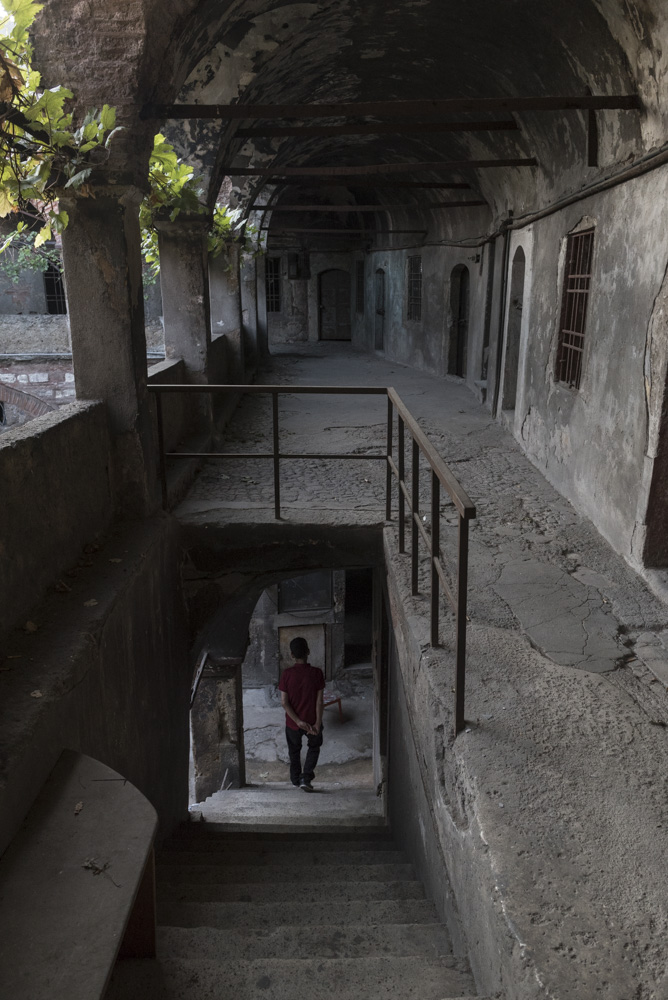
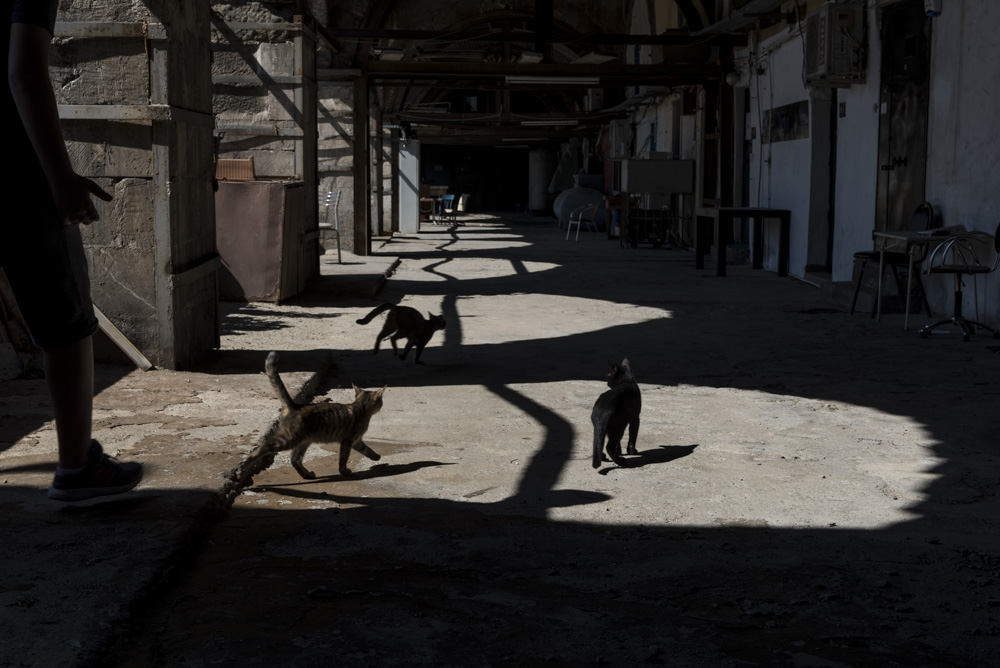
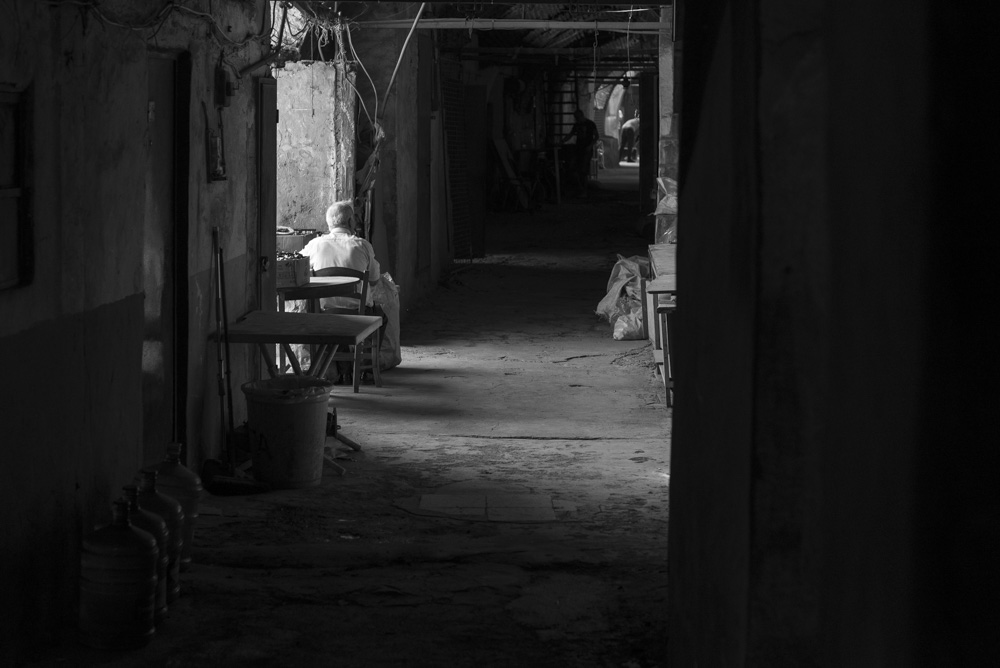
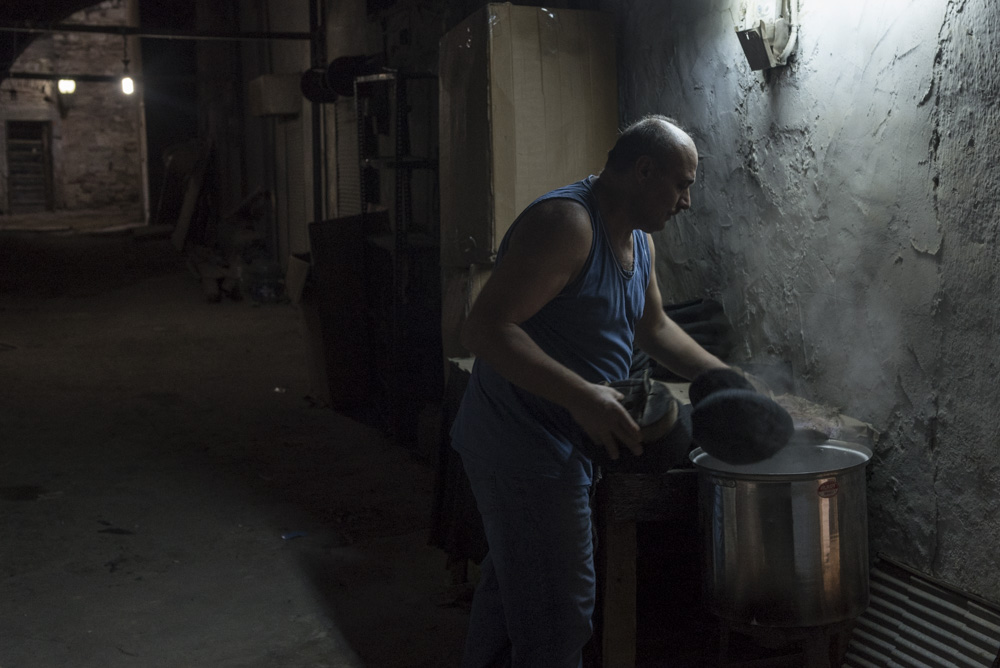
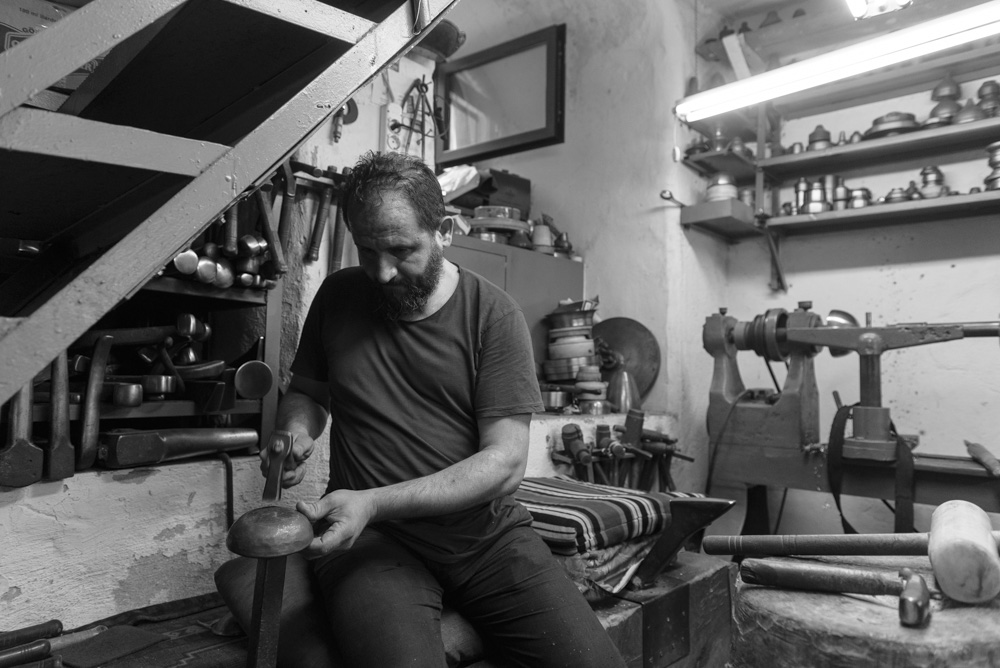
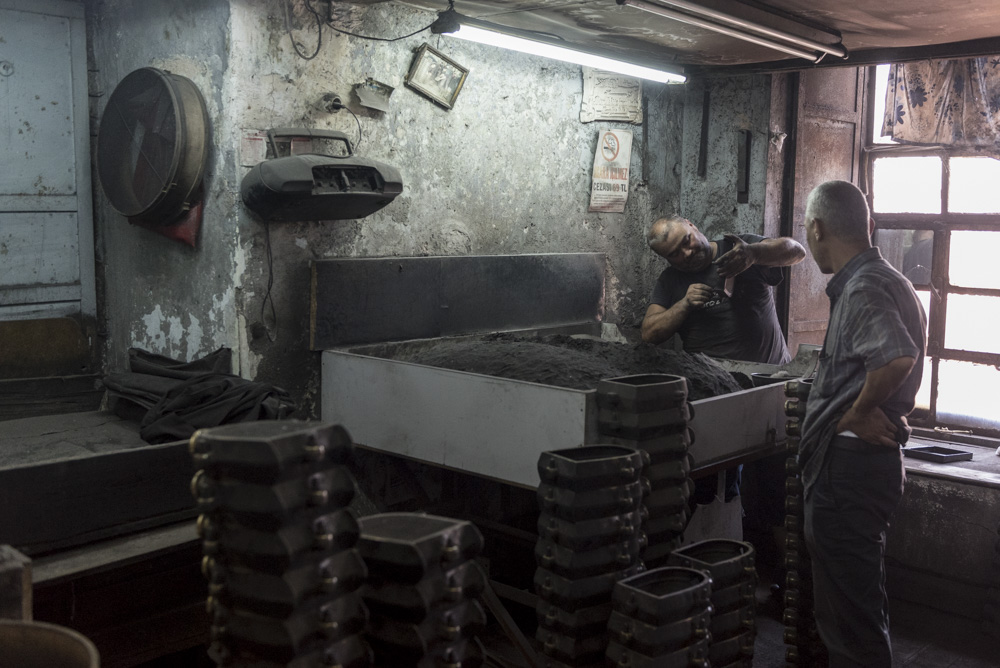
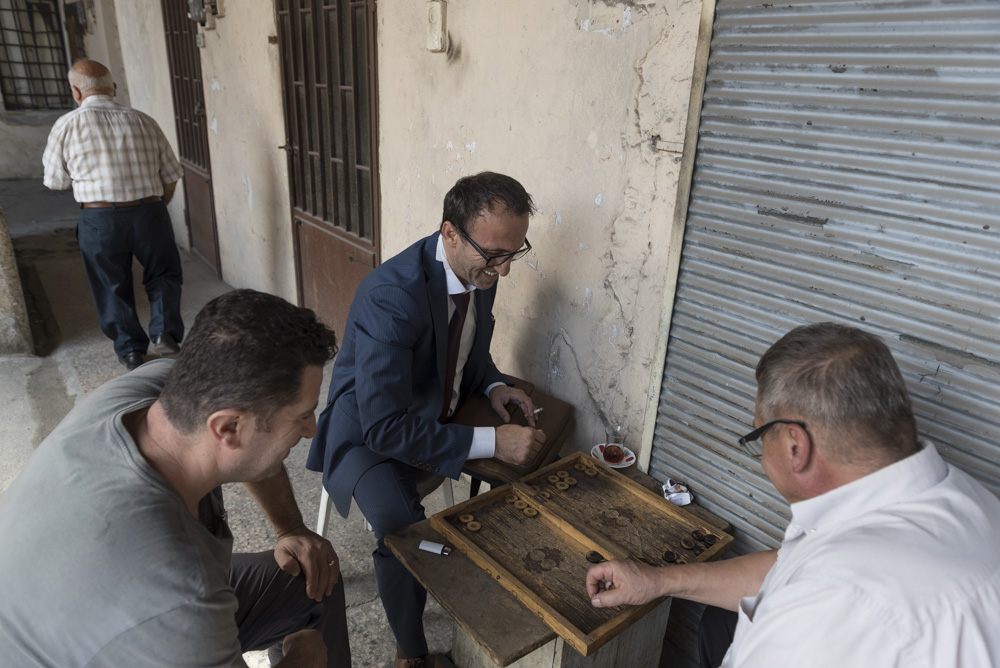
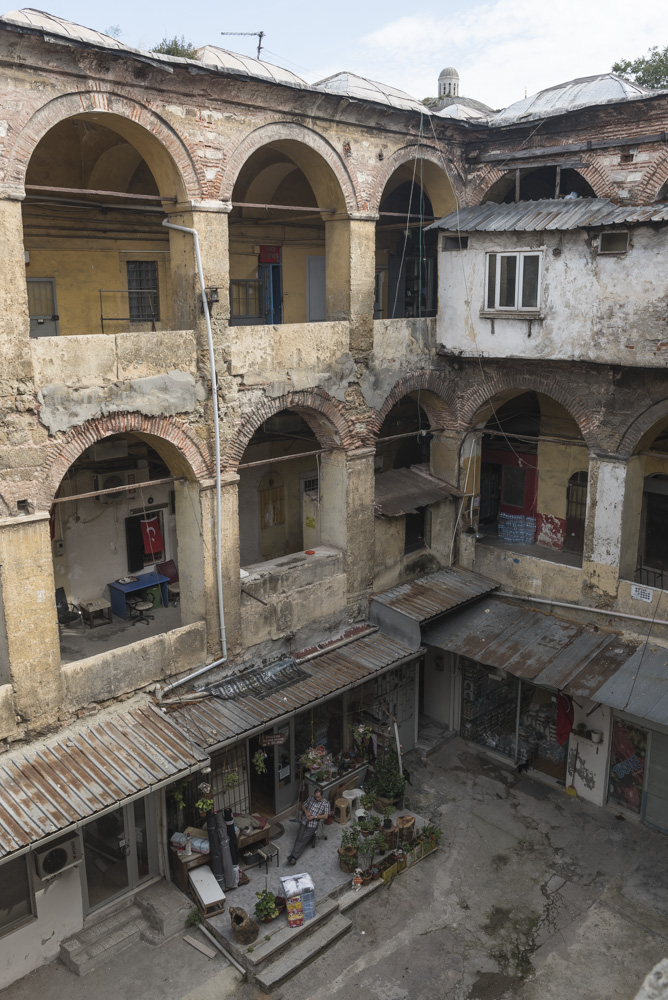
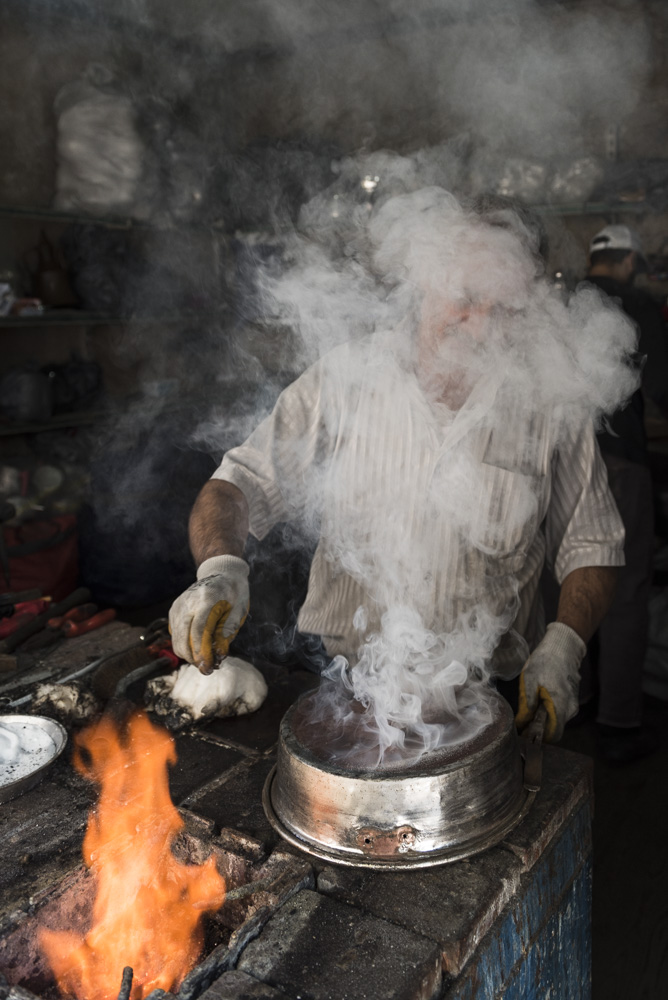
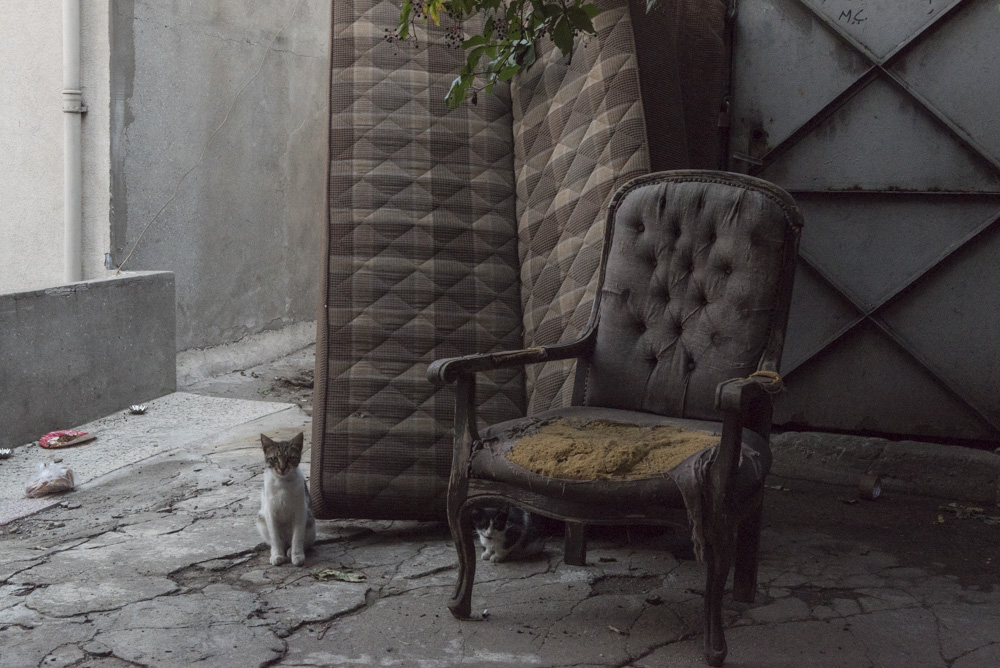
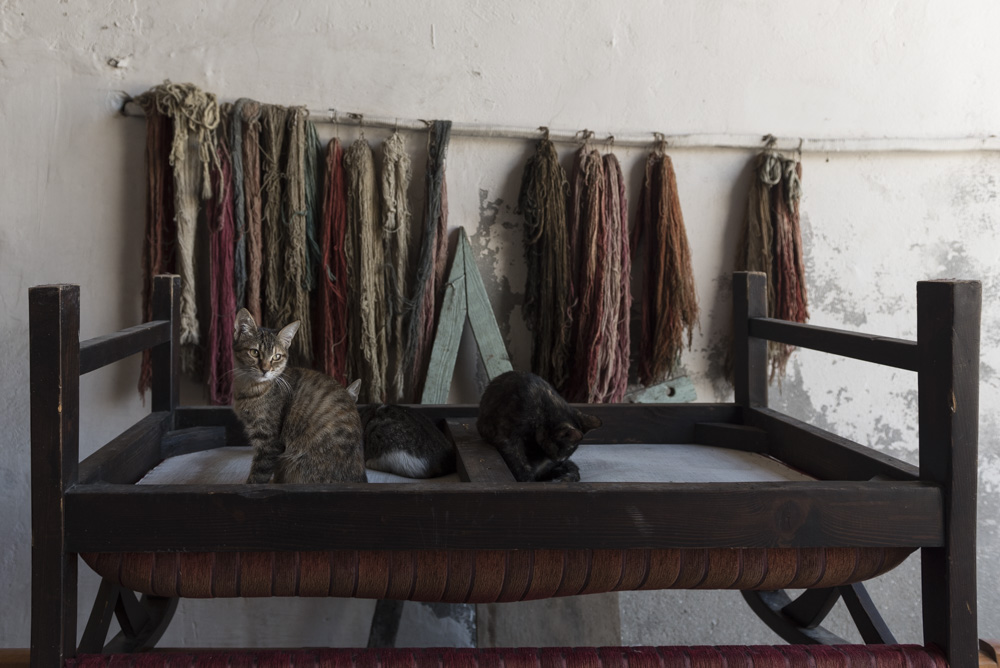
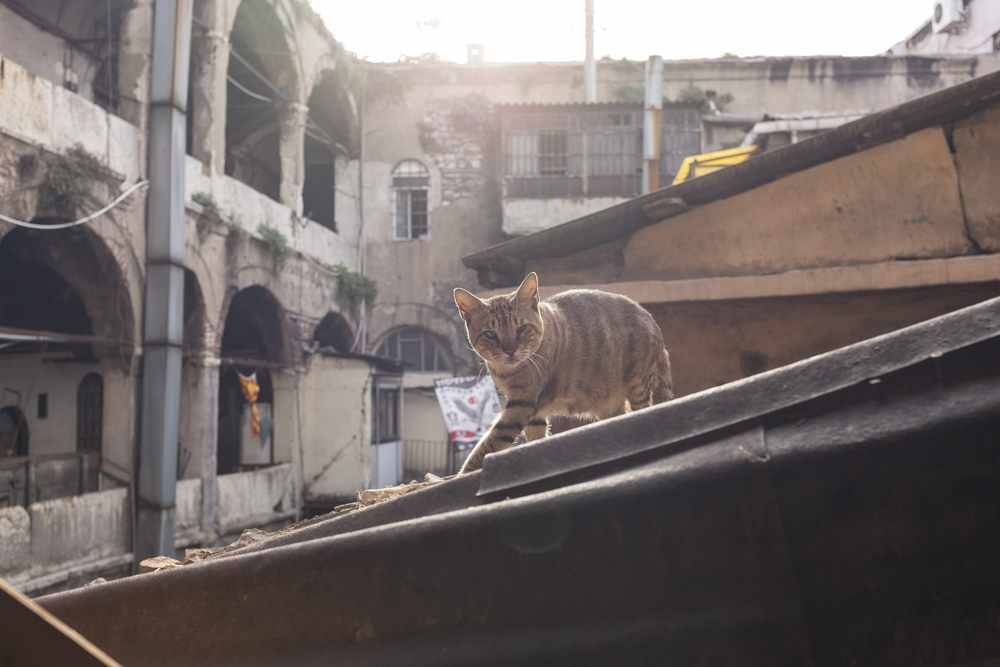
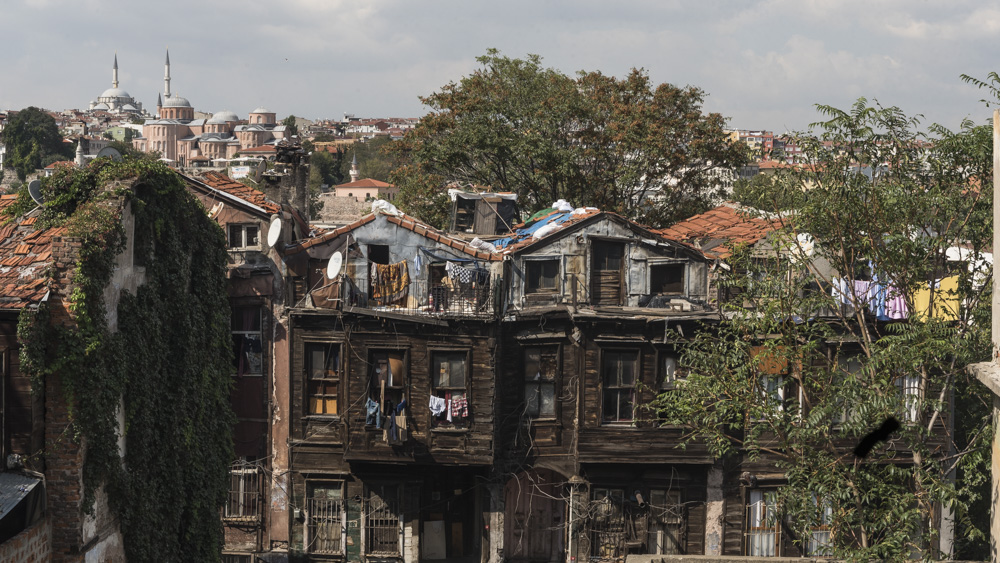
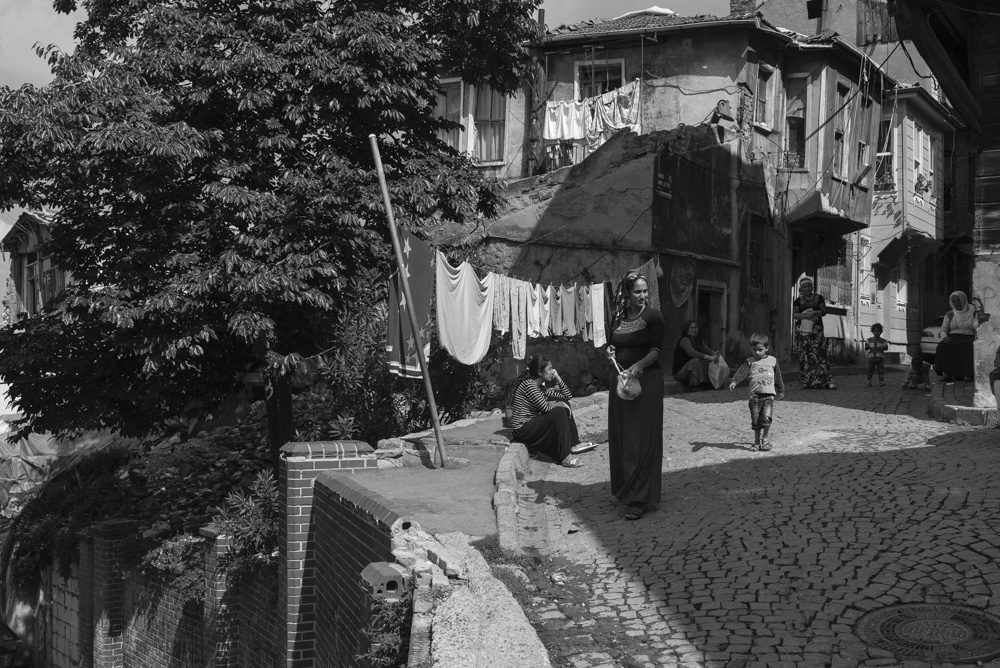
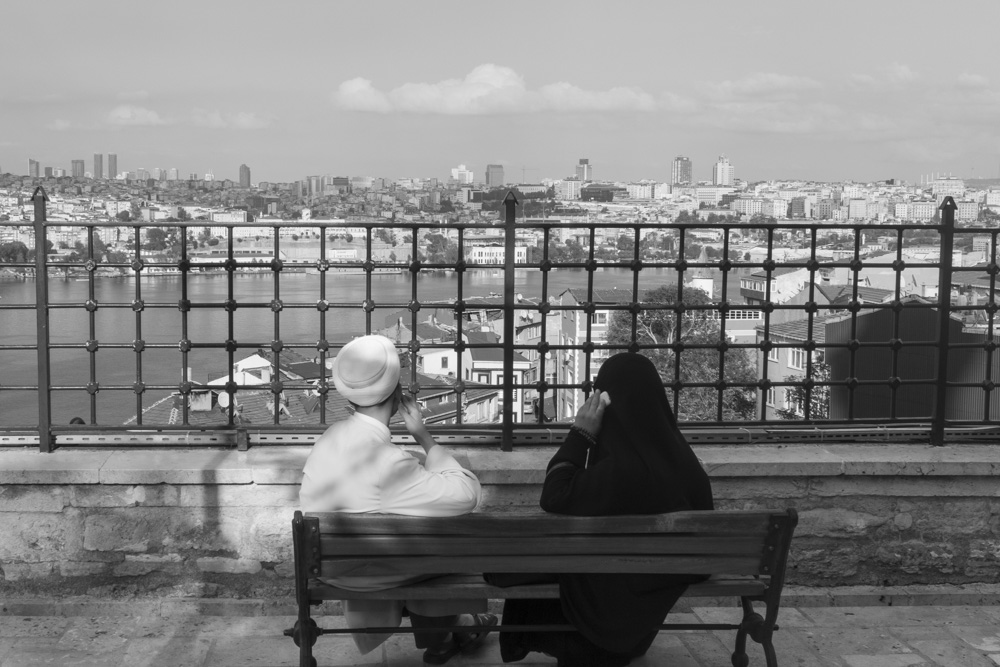
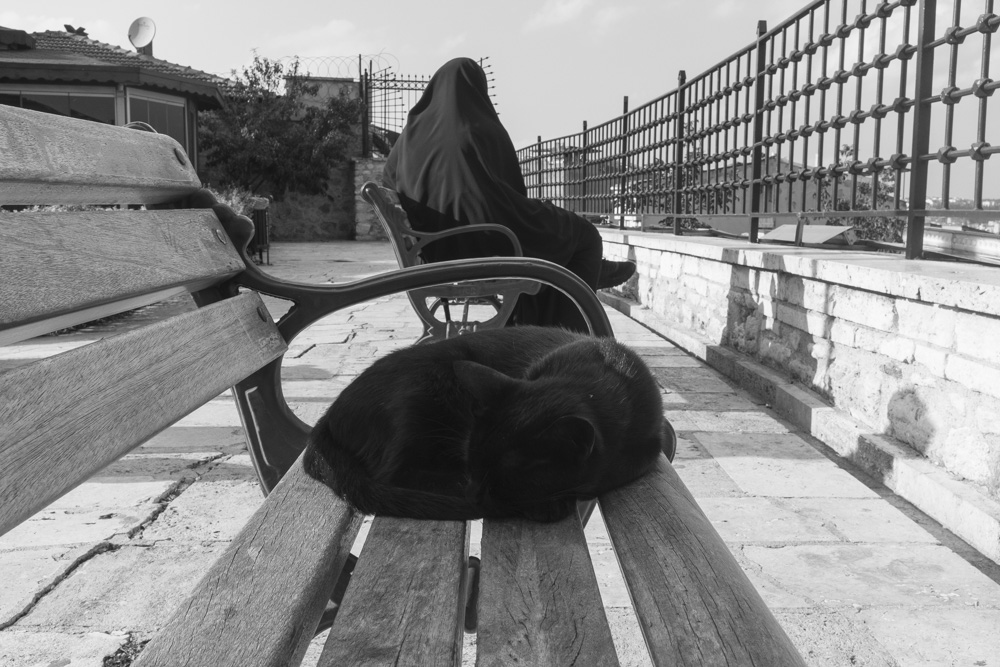
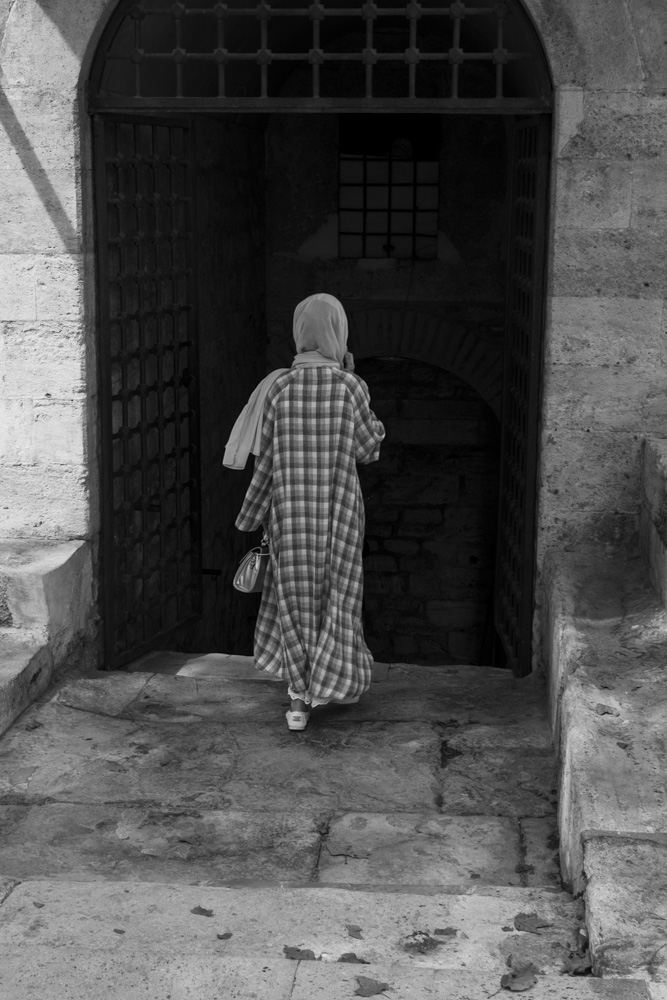
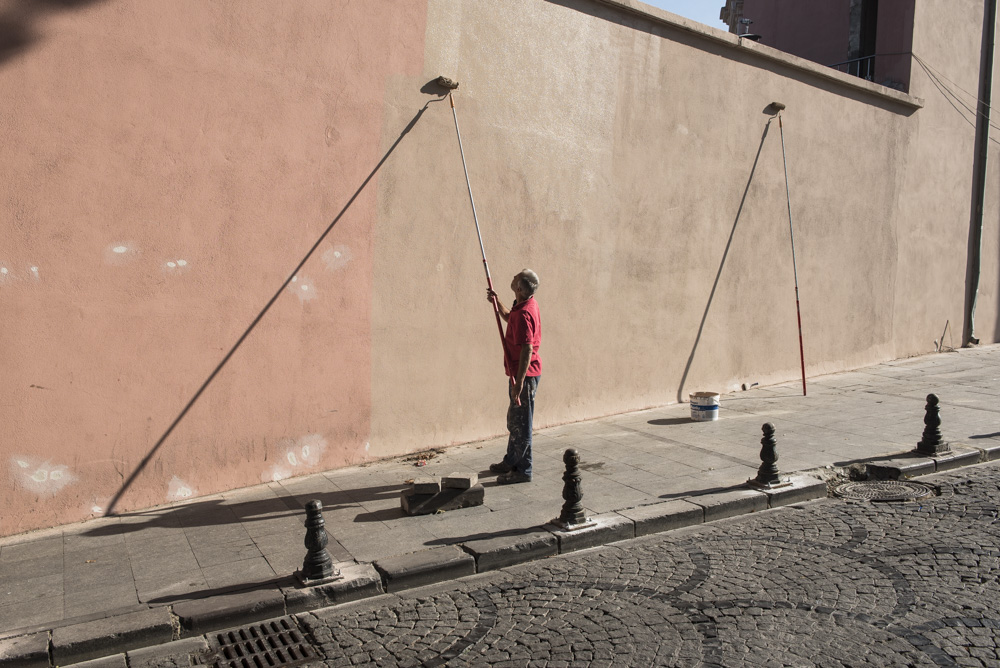
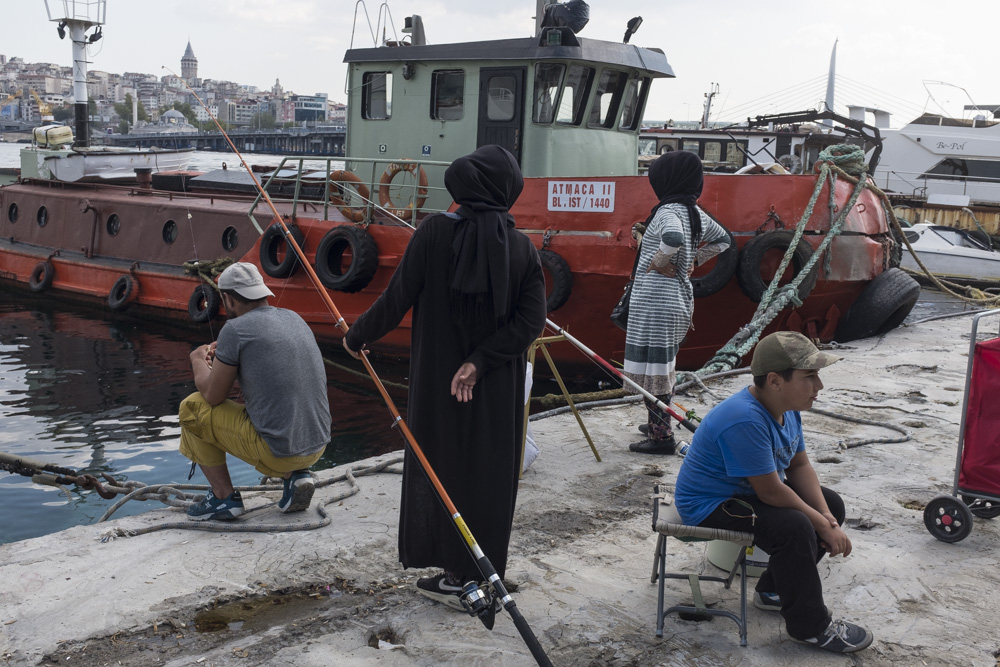
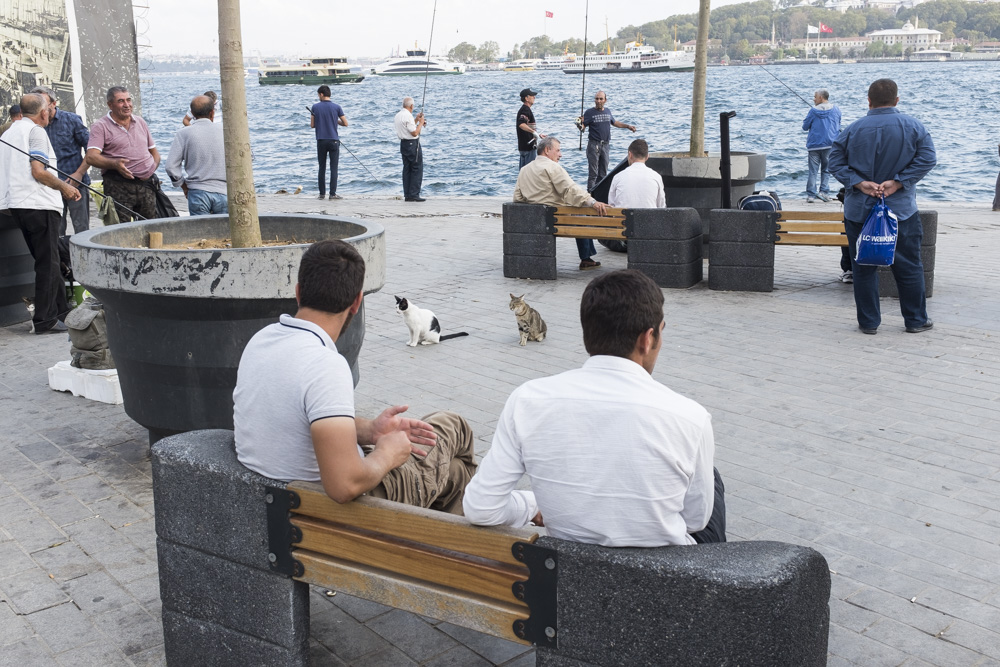
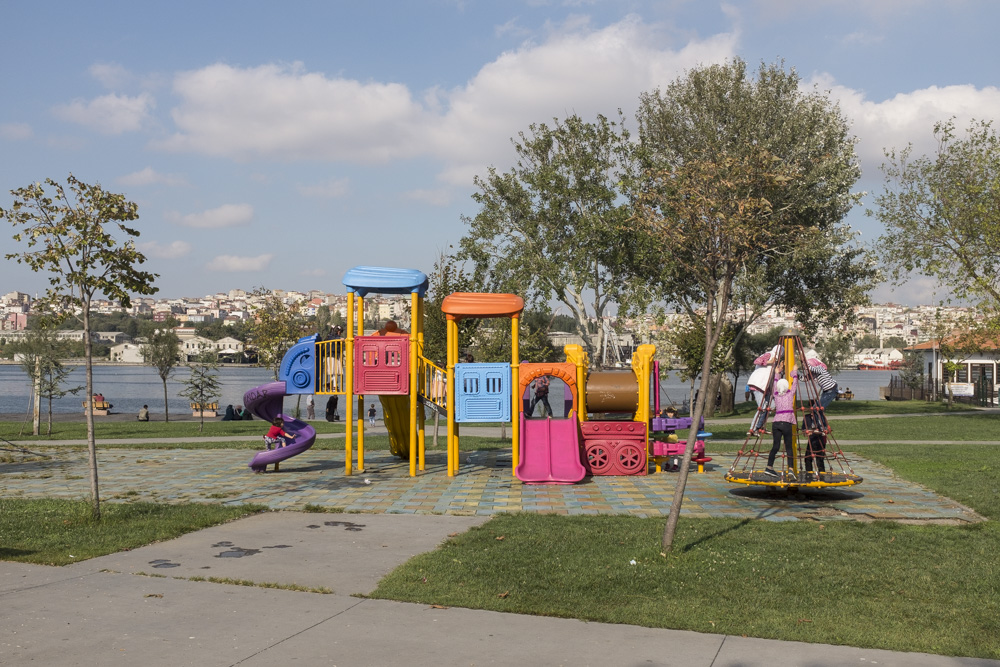
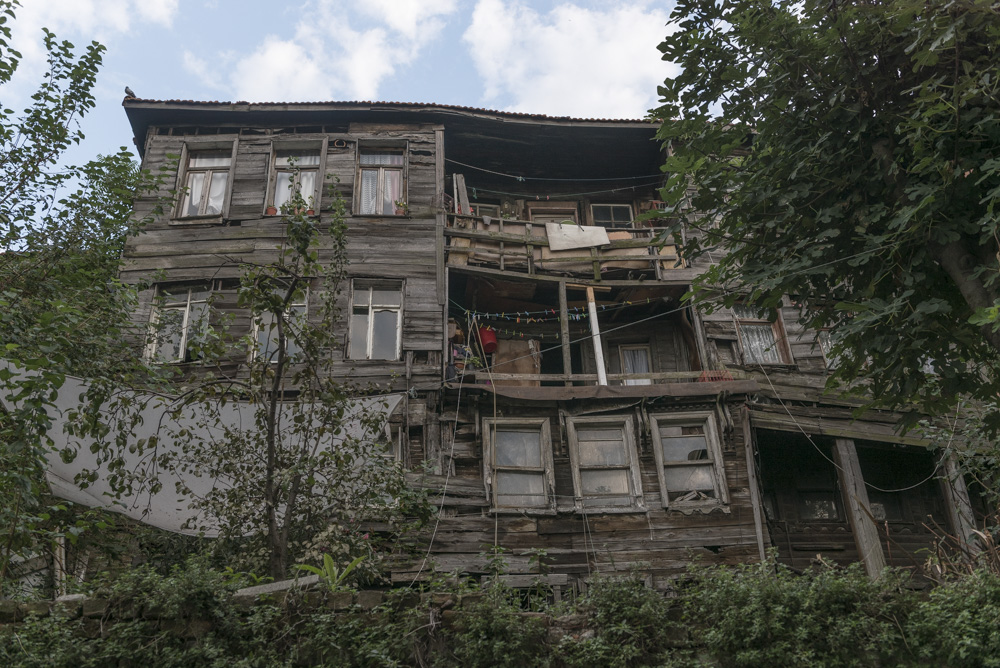
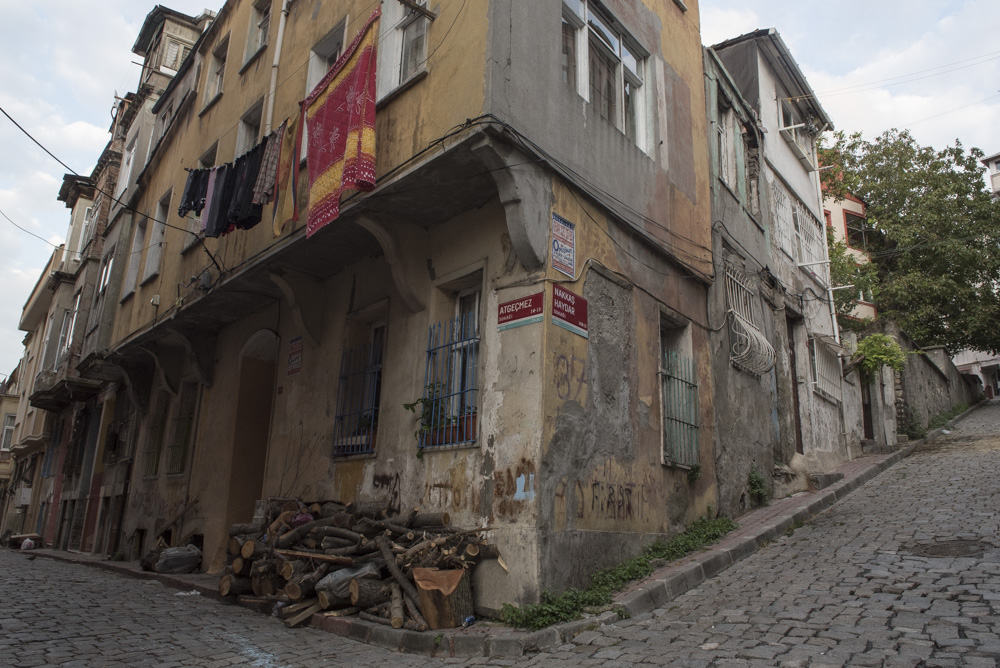
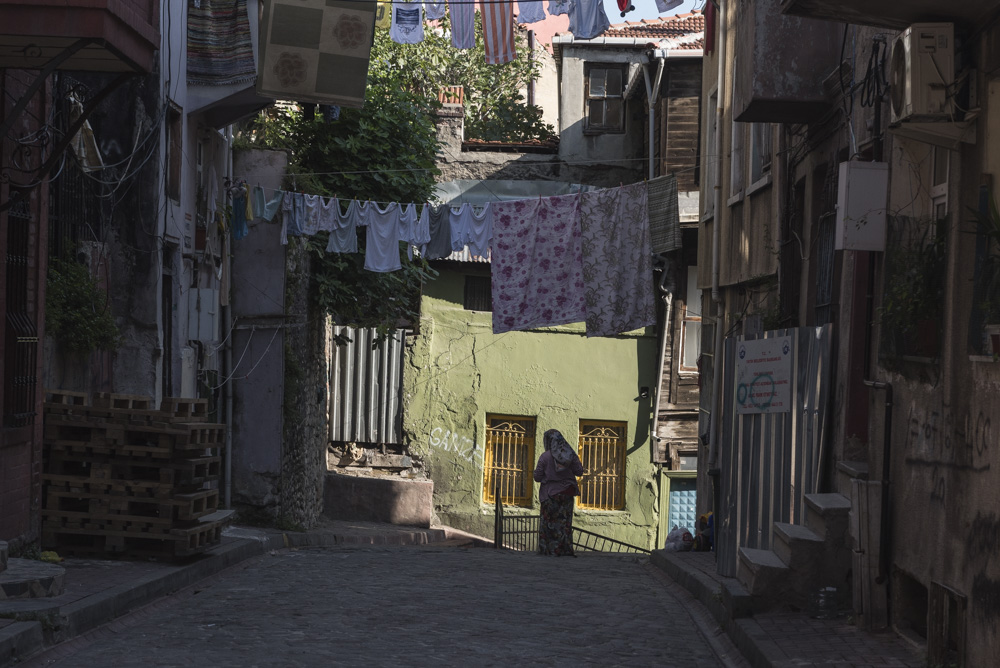
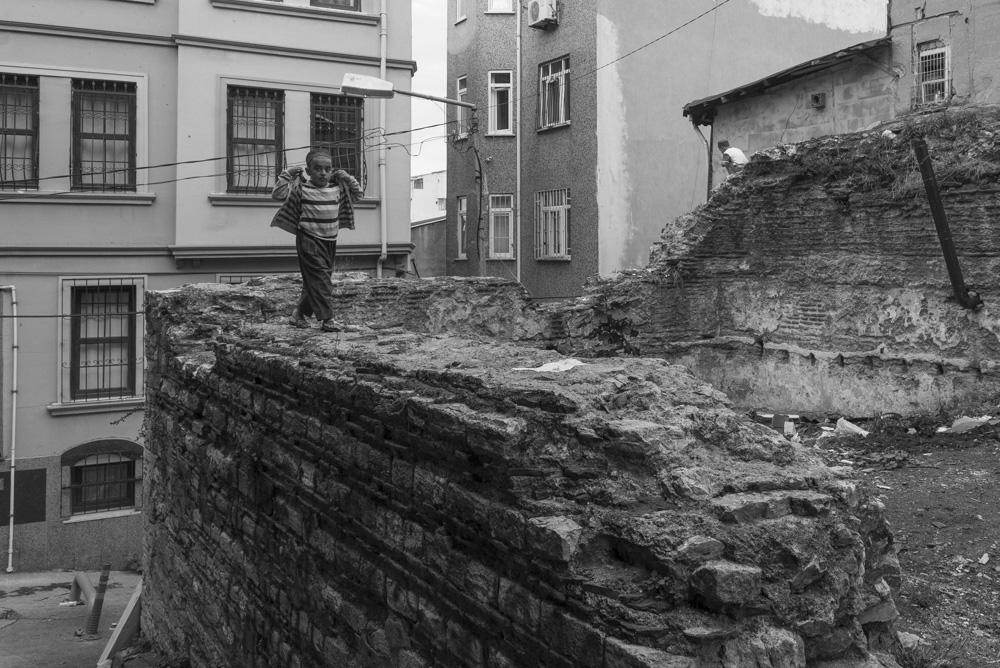
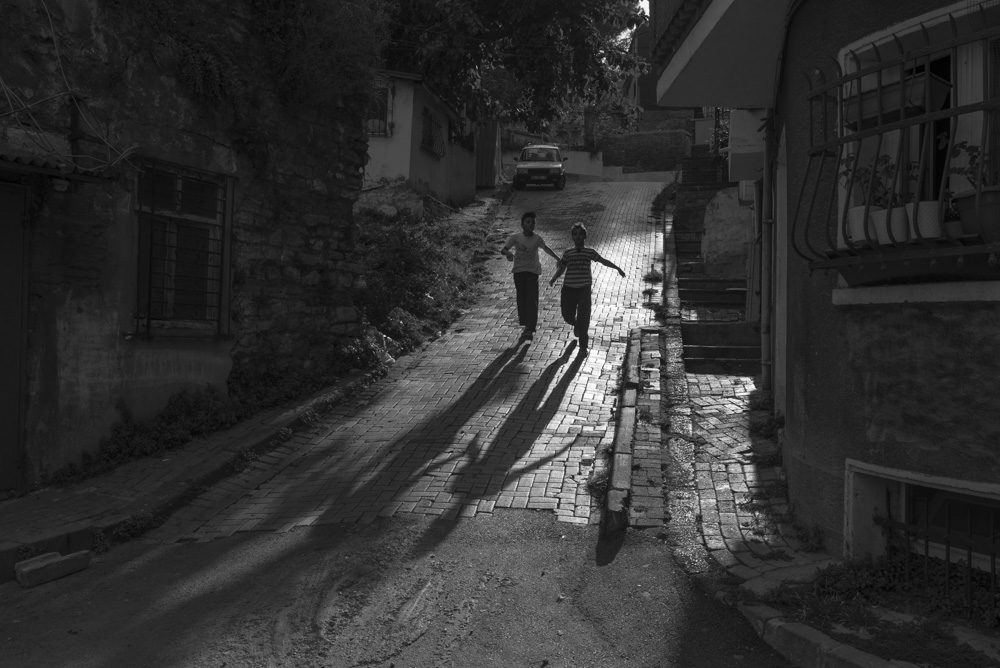
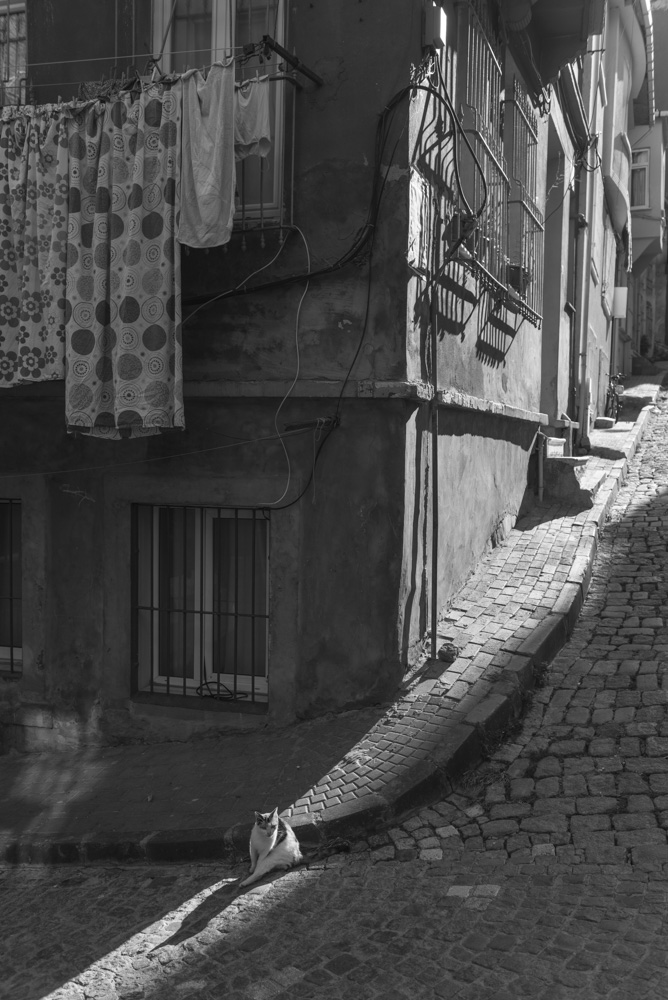
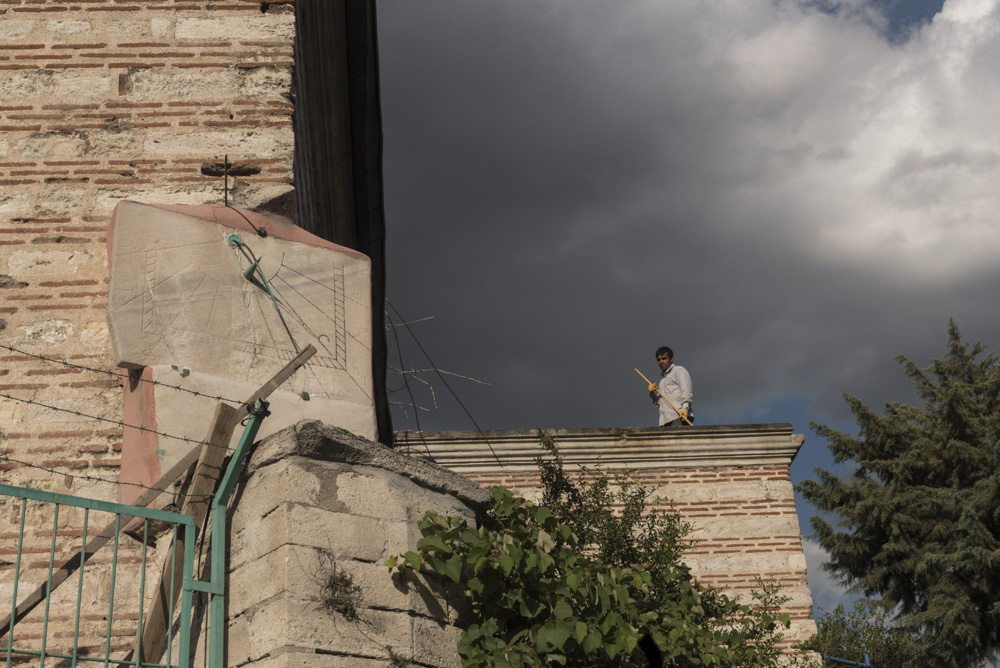
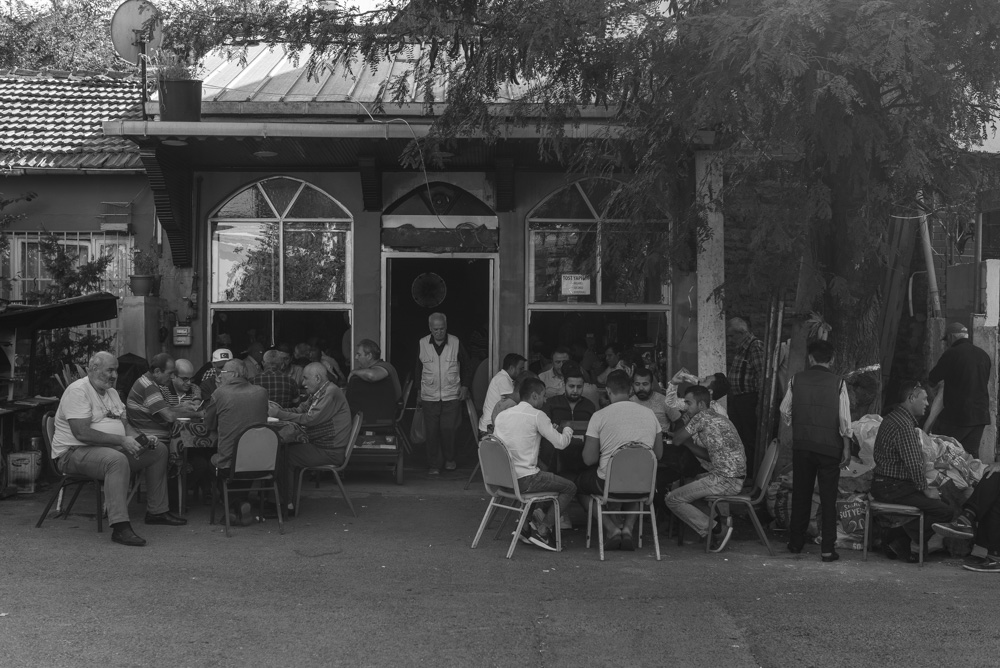
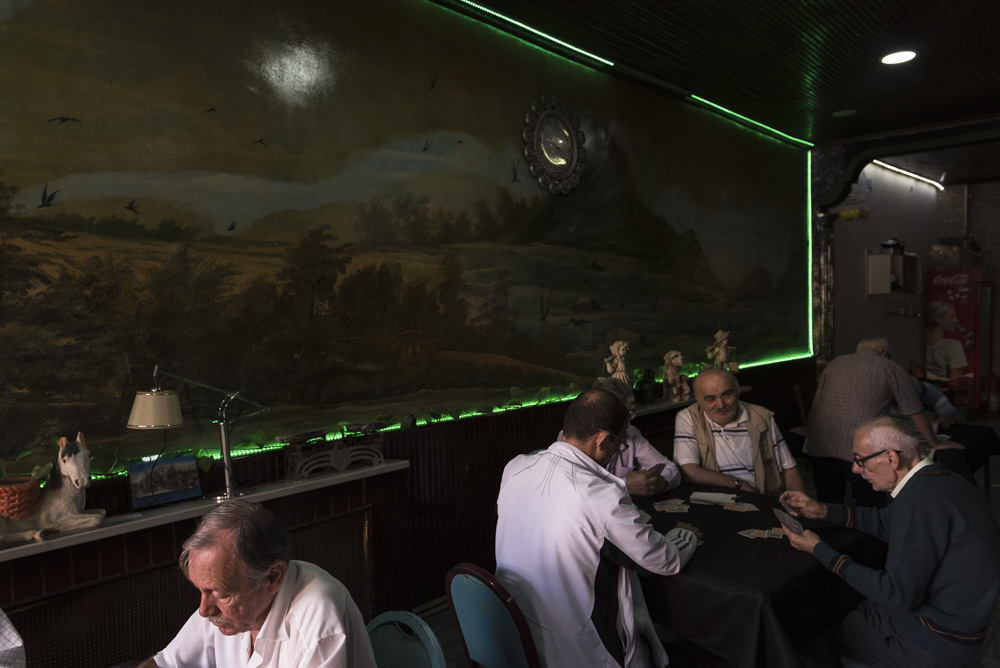
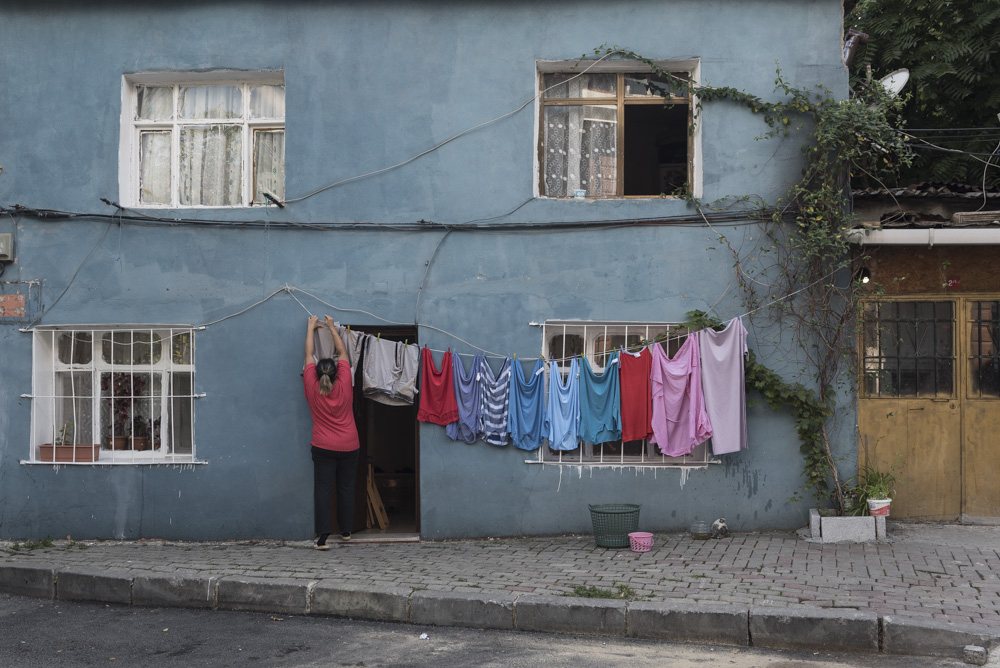
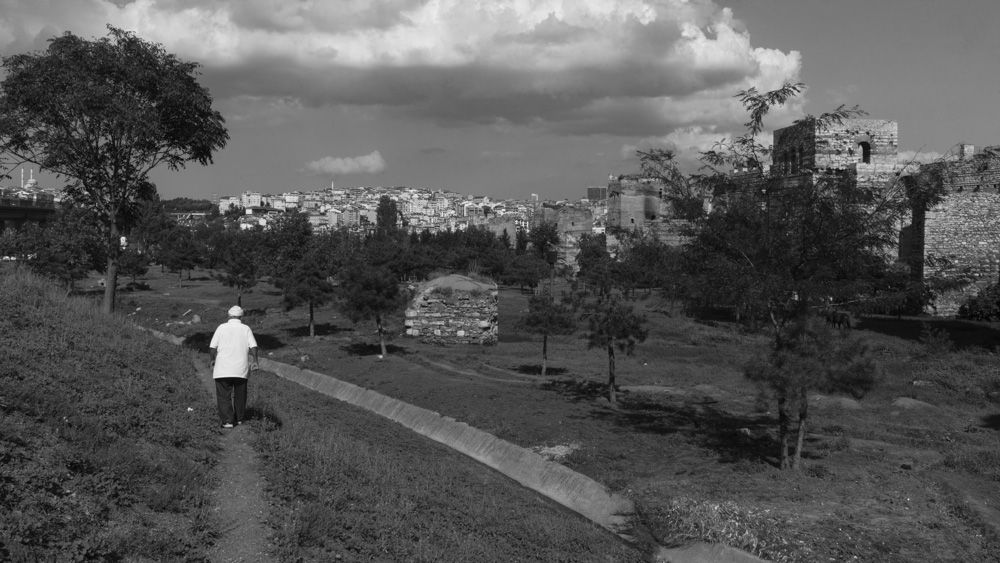
Thanks to artist and photographer Timurtaş Onan for taking me around and showing little hidden gems.
His website www.timurtasonan.com/en/ and his art gallery in Istanbul at www.istanbul-fotografgalerisi.com/sanatci/
Also posted in Editorial, Istanbul, People at work, Portrait
Tagged Istanbul, Istanbul Han, people, people at work, photography, Portrait, Portrait photography, street photography, travel, Travel photography, Turkey
|
Bole Pirocanac, a pottery maker in Belgrade, Serbia
Bosko Petrovic, called Bole – Piroćanac, was born in 1940, and has been working since the age of twelve. As many pottery masters in Serbia, he comes from Pirot, eastern Serbia.
A specific aspect of the Pirot’s school of pottery making is that the potter is positioned next to the wheel (on the right hand side), whilst in other schools across the world potters turn the wheel that sits between their legs.
Bole tells us that he finished the school for the crafts at 16, and took him 4 additional years of apprenticeship to become a master or ‘Majstor’.
In 1956, the business he was working for had to close following the introduction of very large taxes. As many other skilful pottery masters from Pirot, he continued to get contracts across former Yugoslavia and used to work from spring to autumn. In 1966 he opened his first own business in the outskirts of Belgrade, and he was advised to sell at the Kalenic market.
I asked Bole how he could still make pottery at his age. Forty years ago Bole began a daily program of one hour exercise before going to work, following a doctor’s advice. Bole is, indeed, full of energy and strength, and he still works about four hours in the workshop every day.
Bole’s son, Dejan, has taken the workshop over in 1985, and invested in development and research of material and ways of firing the pots.
Bole and Dejan welcomed us at their workshop. After taking the photos we were offered Turkish coffee in beautiful and well-kept house garden. I asked Dejan, father of two daughters, if he has any apprentices keen to learn the art. He reckons that, as it takes about ten years to become a master, it is more convenient for young generation to continue studying at university.
The family business sells at the Kalenic market, in Belgrade.
Their website at http://www.grncar.rs/
Also posted in Documentary, Editorial, People at work, Portrait, Serbia
Tagged Belgrade, Craft, editorial, family tradition, grncar, Kalenic, Majstor, market, people, people at work, photography, Pirot, Portrait, Portrait photography, Portraits, pot, Pottery, Serbia, tradition, Travel photography, work
|
©2024 Francesco Marchetti, All Rights Reserved
